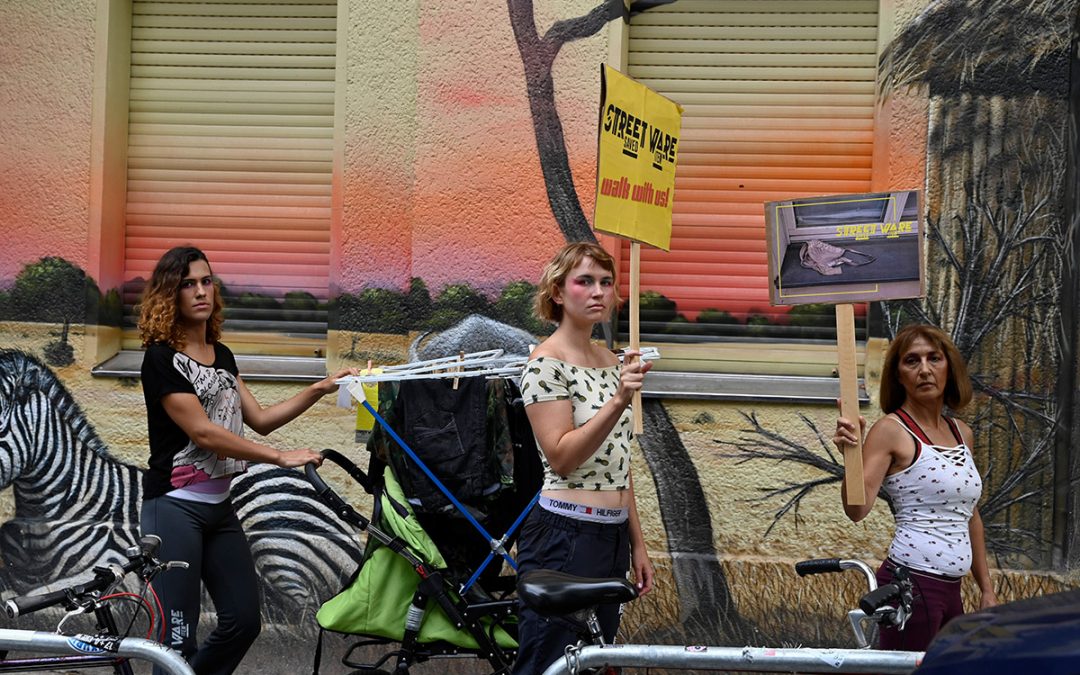
CATWALK TO A SOCIAL ECONOMIC UTOPIA
CATWALK TO A SOCIAL ECONOMIC UTOPIA
Laia, Pauli und Nazanin Shamloo©Anja_Grabert | 12.9.2021
IT DOES NOT MATTER IF A DRESS IS USED OR IF IT IS A NEW DRESS FROM SOME TRENDY BRAND, WHAT MATTERS IS THE SOUL THAT WEARS IT.
Lorenzo
Walk with us!
Wir machten die Flugbahn zum Catwalk und demonstrierten Mode vom Asphalt an hybriden Wäscheständern auf der Aufmarschfläche R11 des Tempelhofer Feldes!
Es demonstrierten für Fashion-Standards einer gerechteren Zukunft und als Beitrag zur Debatte um Körperbild und Ästhetik:
Alice Fassina | Aliyah Iffli | Annelie | Boris Steinberg | Céline Iffli-Naumann | Deborah Klassen | Freeda | Flora Carmim | Geneviève | Kdindie | Laia |LaMoel | Laura-Marie Gruch | Manuela Coelho | Marlene Sommer | NavaNaimaPan | Nazanin Shamloo | Nomadin der Lüfte |Pauli | Philairone | Purvi Dhrangaderiya | Sara Tivane | Sarah Nevada Grether | Sophie Stolle | Zohara |
Training: Leo Naomi Baur | José Caba | barbara caveng
Styling : STREETWARE saved item featuring Mo Lateef
Make Up & Haare: Narong Boonme | Nazanin Emami | Olga Ionica Zavisic | Reena Kumari | Sandrine Louise |
Fotos Anja Grabert & Paolo Gallo
Im Kontext der Berlin Fashion Week forderte Berlins politischstes Mode-Label die Fast Fashion heraus, transformierte weggeworfene Textilien in prêt-à-porter und inszenierte soziale Plastik. Um mit Saved Items zur Bildung nachhaltiger Standards, fairer Produktionsketten und dekolonialisierter Lebensstilmuster beizutragen, veranstaltete STREETWARE den demonstrativen Catwalk der sozial-ökonomischen Utopie. Die präsentierten Fashion-Highlights stammten unmittelbar vom Asphalt der Straßen Berlins und dienten als provokanter Ausgangspunkt, um über Nachhaltigkeit, Produktionsweisen und soziale Praktik ins Gespräch zu kommen.
ICH LEGE AB
ich lege ab
die alten werte
ich streife ab
was mich schmückte
ich denke neu
denn dass, was mich entzückte
passt nicht mehr
liegt nicht mehr
angenehm
auf meiner haut
ich entdecke
mit geschlossenen augen
den wandel
den neubeginn
alles ist vorhanden
alles ist da
liegt auf den straßen
vor unseren füßen
es ist längst
nichts mehr so
wie es mal war
alles was uns getragen
alles was wir einst trugen
muss sich neu finden
sich neu ergründen
sehen und spüren
fühlen und hören
ein neues wissen
und….nichts mehr vermissen
die neuen kleider
werden die alten
nicht ersetzen
sie werden uns vielmehr
verletzen
wenn es so weitergeht
schutzlos und nackt
wie wir sind
im neubeginn
werden die alten kleider
mir zeigen
wer ich nun sein kann
ja, wer ich wirklich bin
/ borissteinberg @2021
Neben Nachhaltigkeit, Produktionsweisen und sozialer Praktik wurde das Diktat der Schönheitsideale frei interpretiert und Ästhetiken zur Debatte gestellt. Die Kollektion von STRRETWARE wurde auf dem Tempelhofer Feld präsentiert von Models, die durch ihre einzigartige Ausstrahlung Normbegriffe sprengten und demonstrierten, was Schönheit wirklich bedeutet
Marlene Sommer hat sich den BMI vorgenommen:
Overweight – over WHAT weight?
Overnight, half the American population became “overweight”, just bc someone changed the BMI borders … wtf?
In today’s society, the so-called “body-mass-index” is like a status symbol, sth that defines your class, the amount of appreciation you receive. We don’t compare the price of our house or car, the job of our partner… we compare ourselves.
When everything else feels out of control, there’s sth we can do – that’s what we think. But we can’t fight our biology. Even if we all ate and moved the same, we’d still all look different. The BMI was introduced in the 1830s by a mathematician, not a biologist so there ain’t much science behind it⚠️.
There’s a beauty standard, so many ppl try to archive by going against their biological needs. Is that really what we want: The same boring looks, so that no one can differentiate us? What once made us humane and separated us from robots is what we all strive for. Others claim, they just wanted to be “normal”; fit in. Right… who defines that? That’s society. And who is society? Us – you and me🙌🏻. Why are we creating a norm, only certain ppl can “archive”? You can’t fight your biology.
Why not establish our true authentic self as the new normal? Flaws and stretch marks, rolls, and muscles. Let’s celebrate what our bodies DO for us instead of hating “all your curves and edges, all [our] perfect imperfections” as John Legend says in his song “All of me”.
Why don’t we appreciate the fact that we all look different? Ain’t it amazing that we’re one species but still all so unique✨?
Be yourself, everyone else already exists❤️.
The BMI was once supposed to be a guideline, sth to express ppl’s health easily. We’re smarter today: Health ain’t only about your weight, it’s physical sanity, mental health and so much more. Health ain’t a visual diagnosis. A normal weight is the one your body feels most comfortable at; your setpoint is individual, not a matter of BMI numbers!
Our body is our home🏡; our motor. We cannot cut the energy and expect electricity to still run. You can’t live a full life on an empty stomach. We need to start seeing our body as an instrument, not an ornament… it enables us to walk, laugh, write, talk, visit places. Don’t miss out on 95% of life only to weight 5% less
Do you wanna walk with us too?
ein poetische Fragestellung und eine Hommage an die abgestreiften Textilien von NavaNaimaPan
Ich komme Nachhause. Öffne die Tür zu einem Zimmer, das seines war, heute meines ist. In der Mitte steht ein Bett, ungemacht, so als hätte er letzte Nacht noch darin geträumt. Behutsam setzte ich mich auf die Bettkante. Es gehört mir noch nicht, Höflichkeit ist angebracht. Ich entdecke eine alte Holztruhe, öffne sie ohne Erwartung etwas darin zu finden, vielmehr mit dem Gedanken, ob und was ich hineinlegen könnte. Einrichten.
Der Geruch von ausgetragenen Turnschuhen und modrigen Klamotten steigt aus der Holzkiste, entblösst eine Jeansjacke. Ich ziehe sie hinaus, schüttele sie aus, als ob der Geruch so vom Stoff abfallen könnte, ziehe sie mir über. Sie ist zu gross.
Ich frage mich, wie die selbe Jacke über seine Schultern fällt.
Ich widme mich meinem Rucksack, packe die Kleider aus. Die gestreifte Hose mit Schlag. Heute gehört sie ihr und mir, wir teilen sie uns. Wem wohl davor?
Der Schal, der auf der Brücke im Wind hing. Wer trug ihn gegen die beissende Biese um den Hals geschlungen? Wer friert heute ohne das Tuch?
Der rote, samtige Pulli, den ich vor dem Haus, in dem ich damals wohnte, auf der Mauer fand.
Textile; Gewobenes, Gewirktes. Textile, die sich um Menschen webten, auf Menschen wirkten. Textile, die sich um Menschen weben, auf Menschen wirken.
hManche von Ihnen werden ein Zuhause. Ich denke dabei an den Fliegerhut eines verstorbenen Grossvaters. Ich trage ihn auf dem Kopf und der Hut mich durch den Winter.
Ich mag Hüte. Ein kleines Dach über dem Kopf. Ein Zuhause eben.
In neues Jeans gehüllt, trete ich auf die fremden Strassen hinaus. Menschen gehen sie auf und ab. Kleider und Leute; sie machen sich in Wechselwirkung.
Da, am Strassenrand liegt eine schmale Trainerjacke. Ich denke an eine junge Frau. Eine, die in Bangladesch zwischen dutzend anderen jungen Frauen drei weisse Streifen auf die blaue Stoffjacke aufnäht. An eine junge Frau, die nach dem Workout verschwitzt friert, sich dieselbe Jacke hier im Westen überzieht.
Ich bin als eine der Passant:innen weiter durch die Strassen geschlendert. Mich mit jedem Schritt weitergedacht, einmal ostwärts und wieder zurück.
Ich biege in eine kleinere Strasse ab, hab mich verloren, dabei fällt mein Blick auf drei aneinandergereihter Schuhpaare. Ich sehe darin Kinderfüsse, sie spielen aufgeregt durch den Trubel der Stadt.
Der Herbst bläst und färbt zwischen den Häusern, ich vergrabe mich im Blau der Jeansjacke und bilde mir ein, ihn leise spüren zu können. Ihn, der die Jacke vor mir trug. Fast ist es so, als gingen wir gemeinsam, we walk together. Do you wanna walk with us too?
Read more....
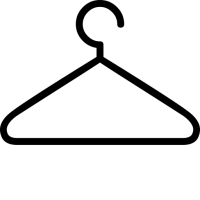
Join us and become an influencer for a better future: ecologize, decolonize and degender your style!



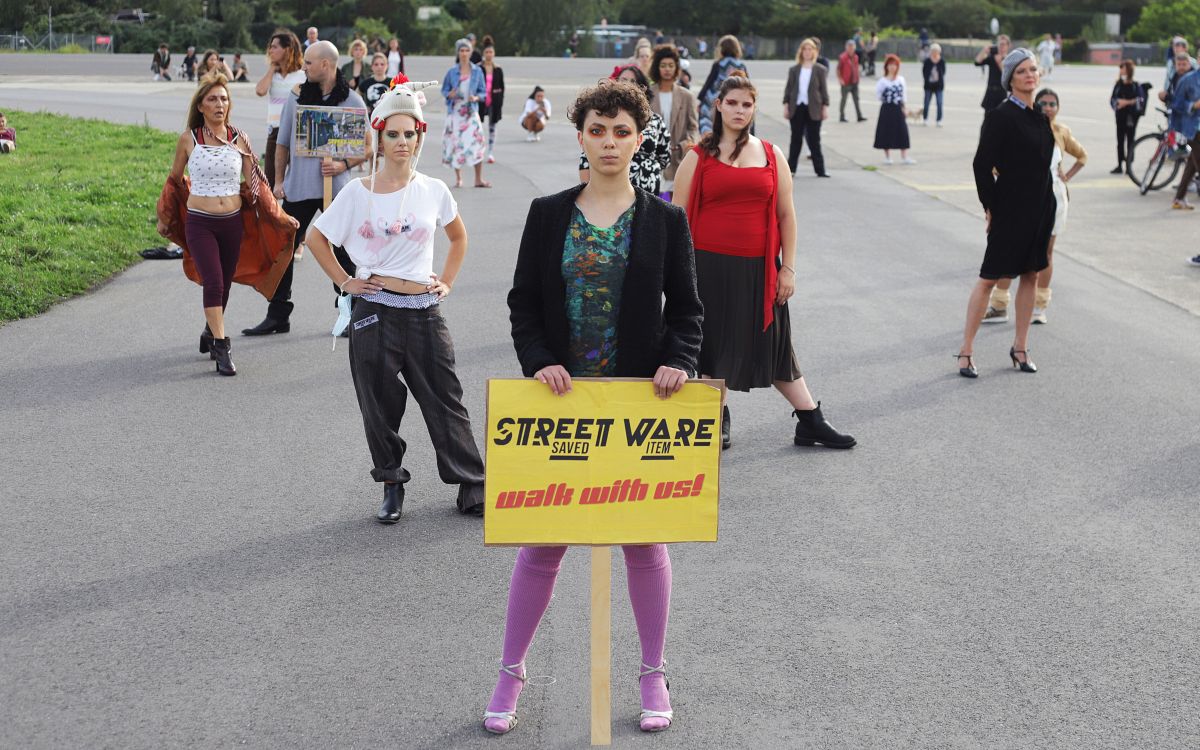

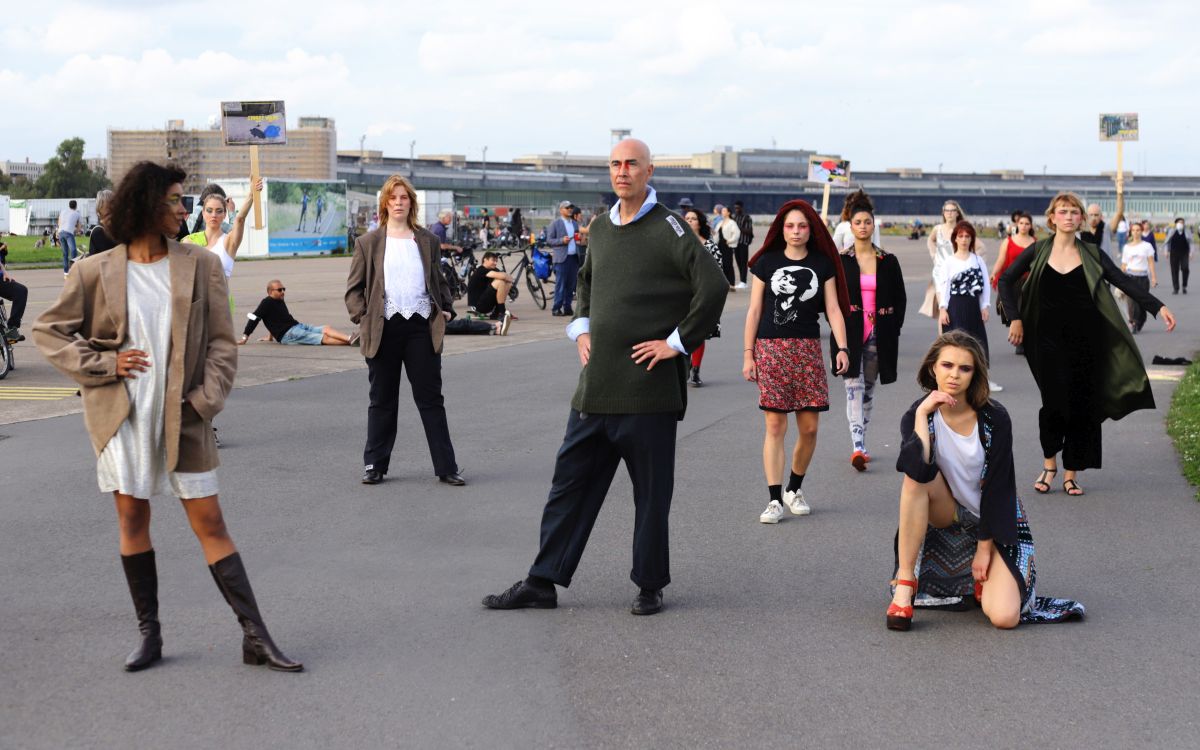

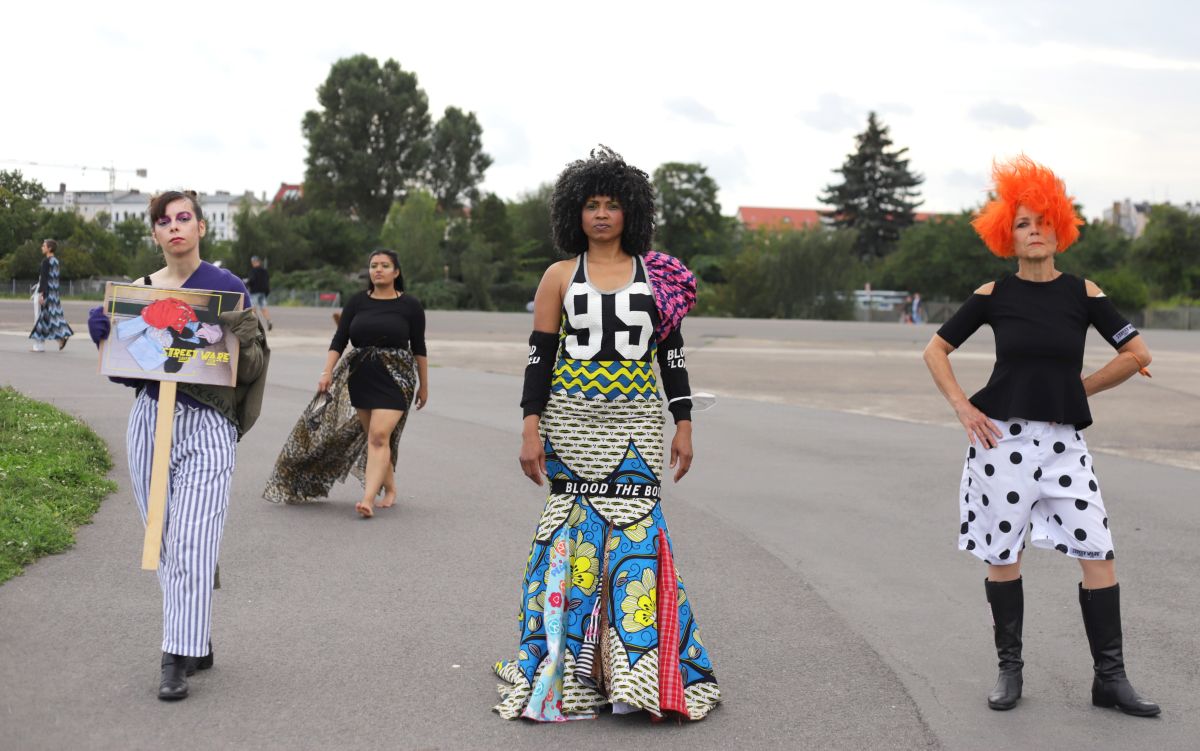
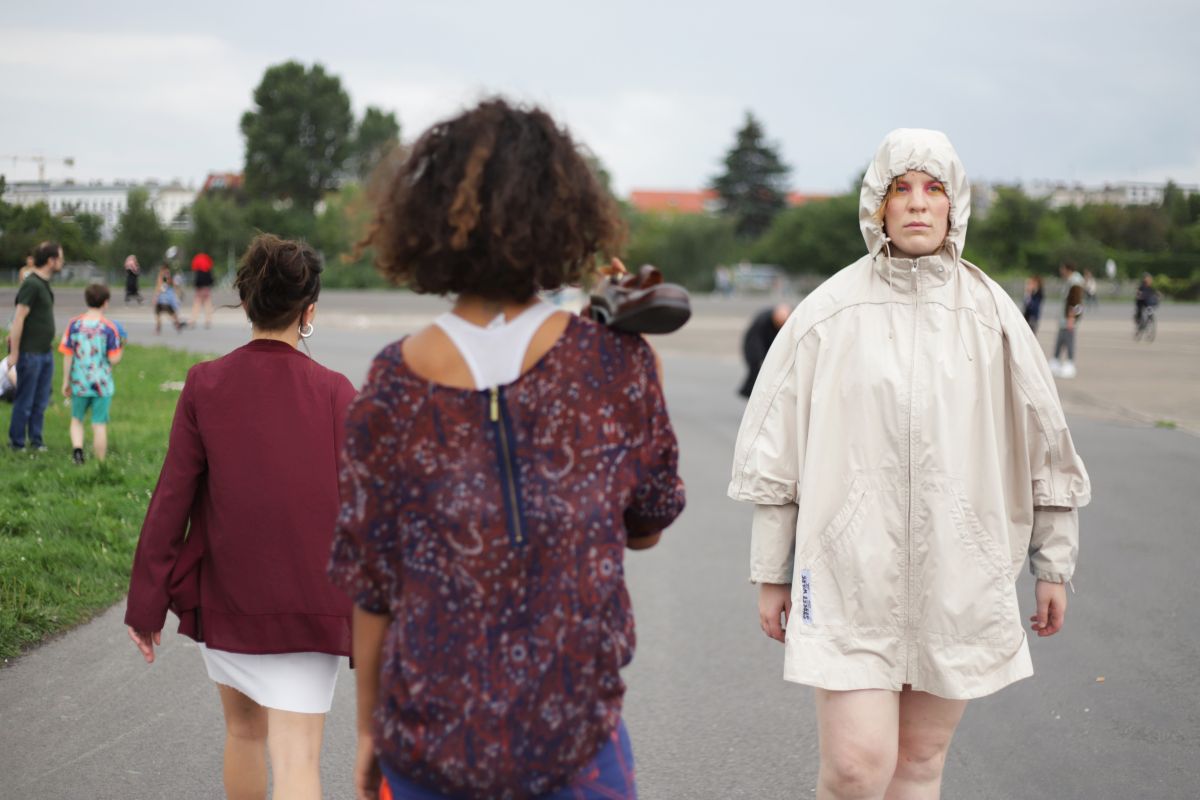
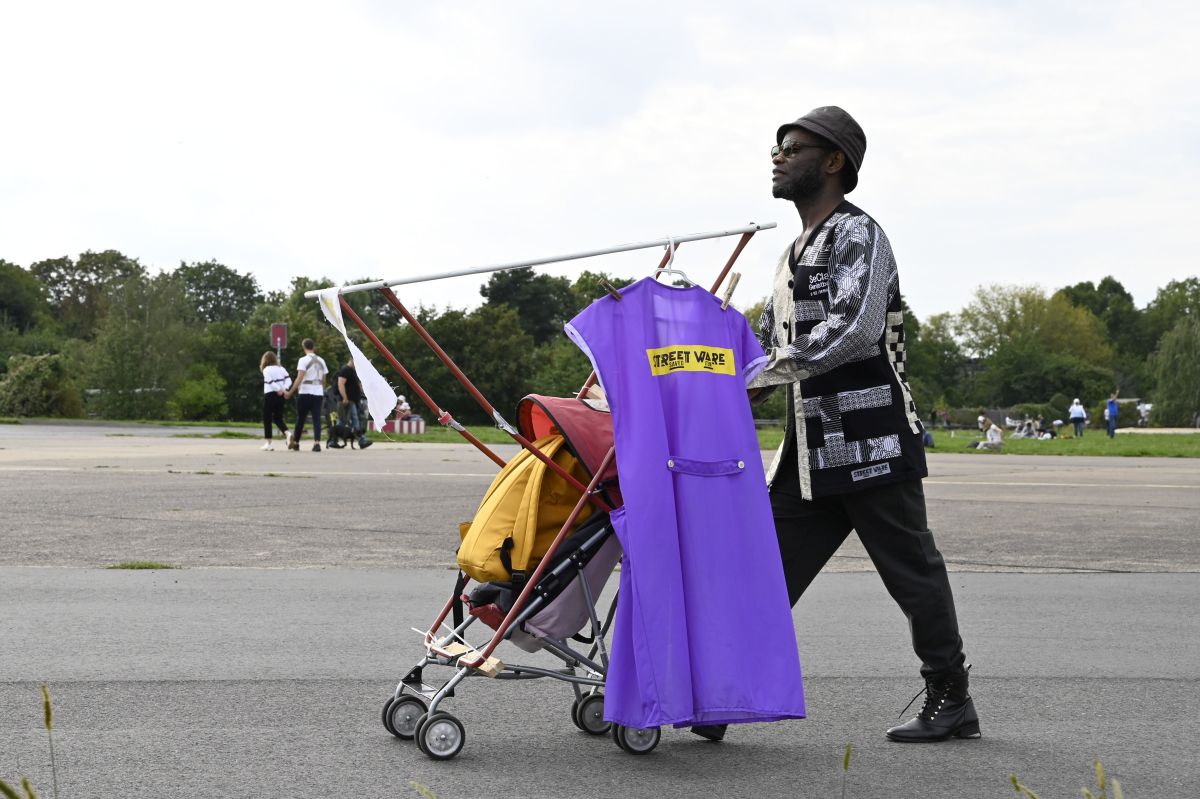
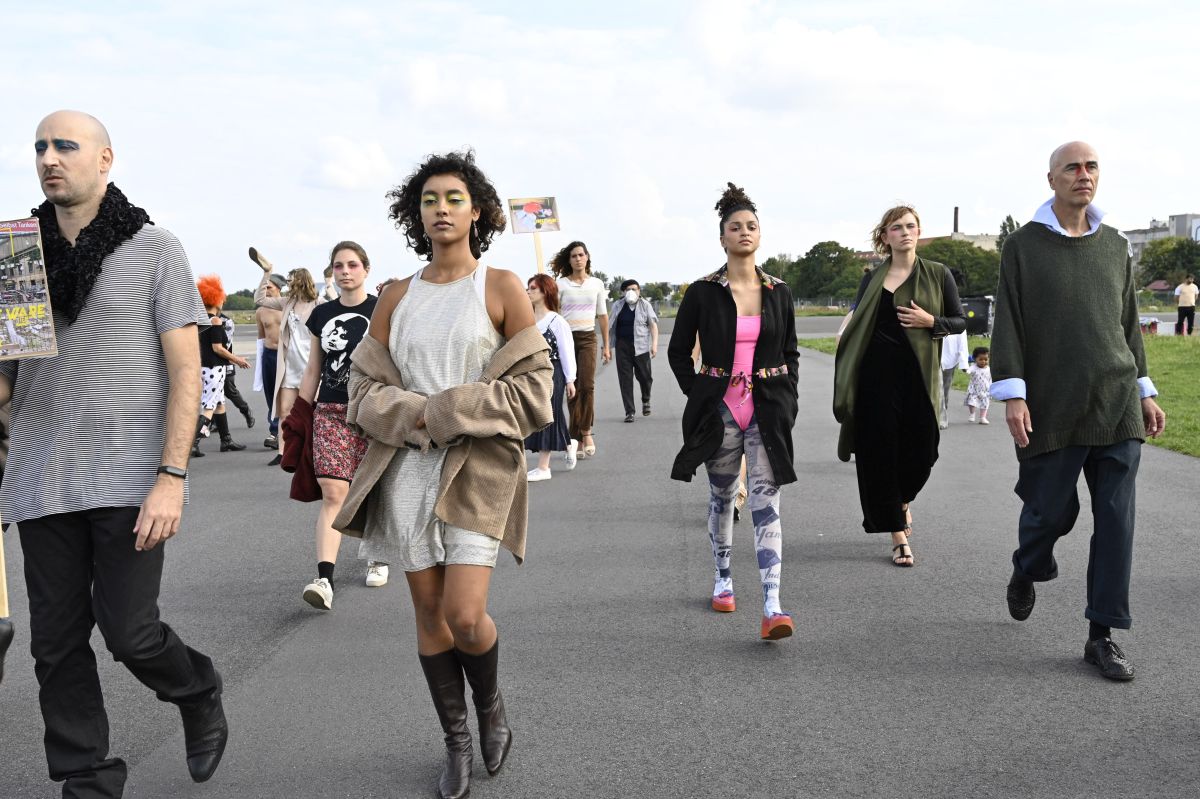
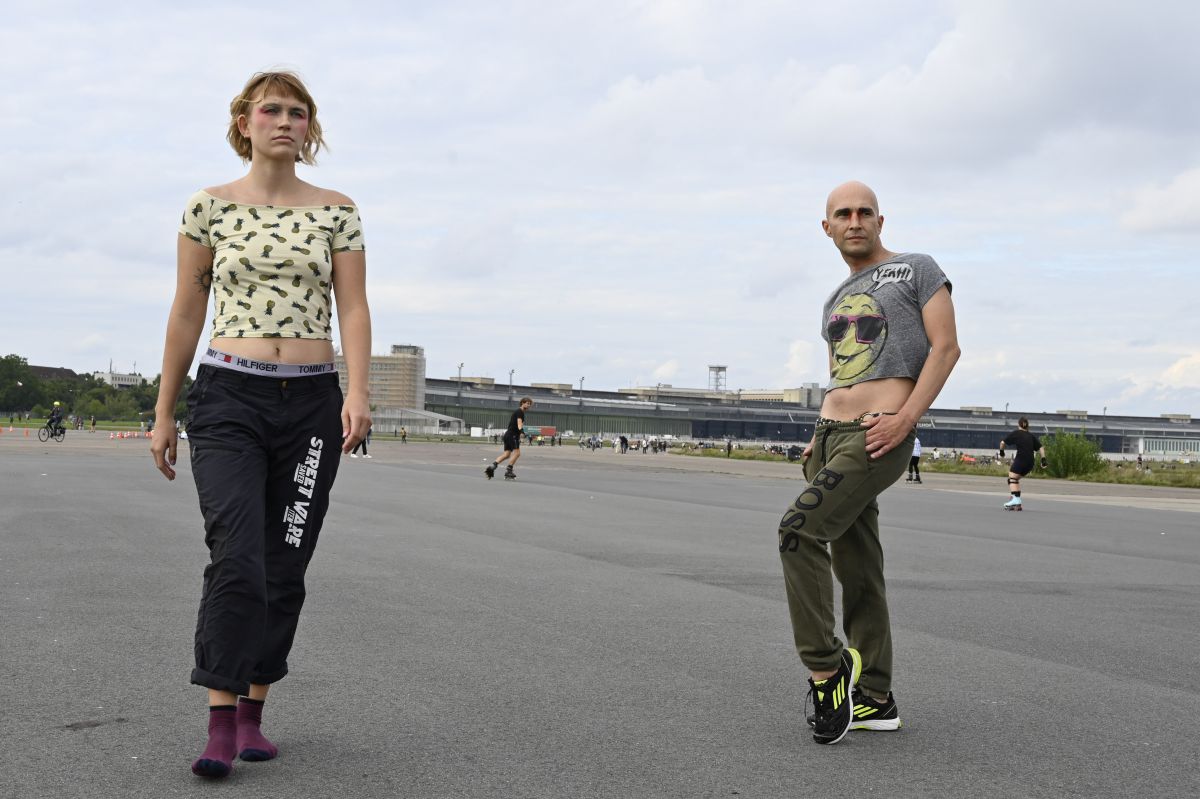
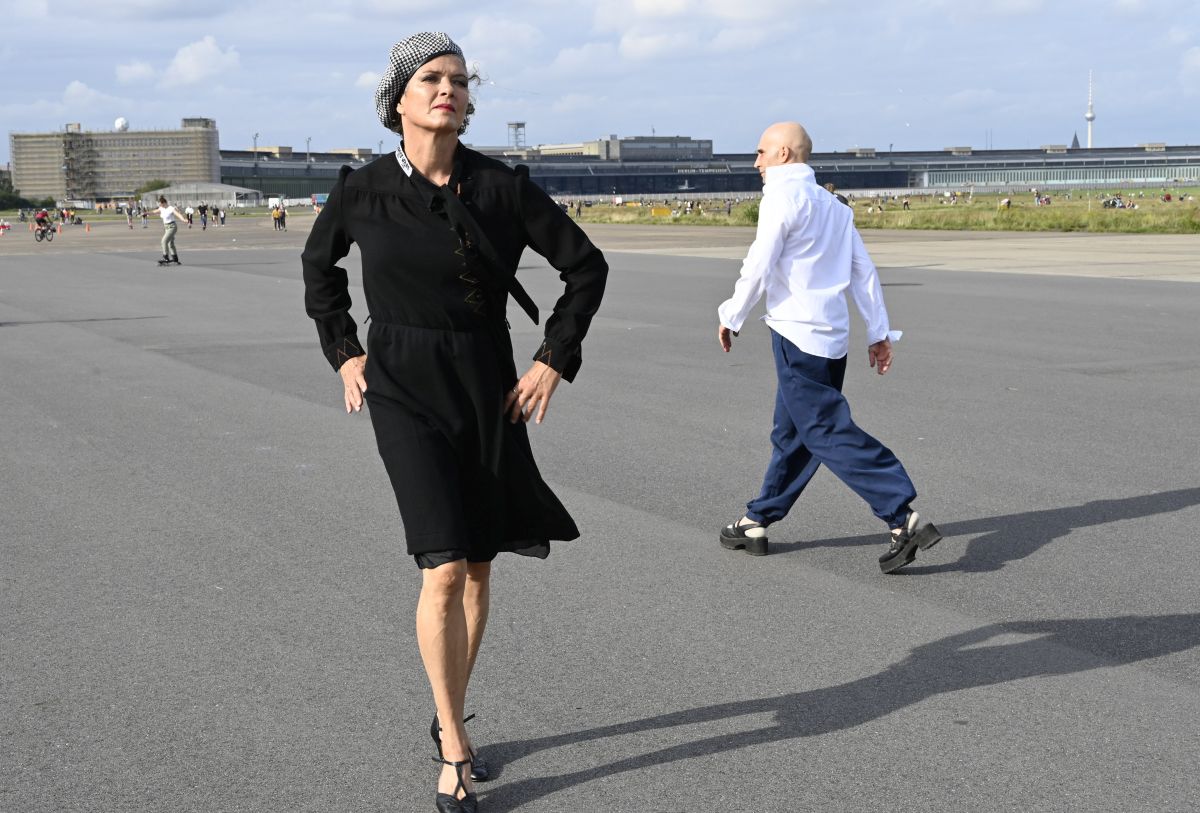
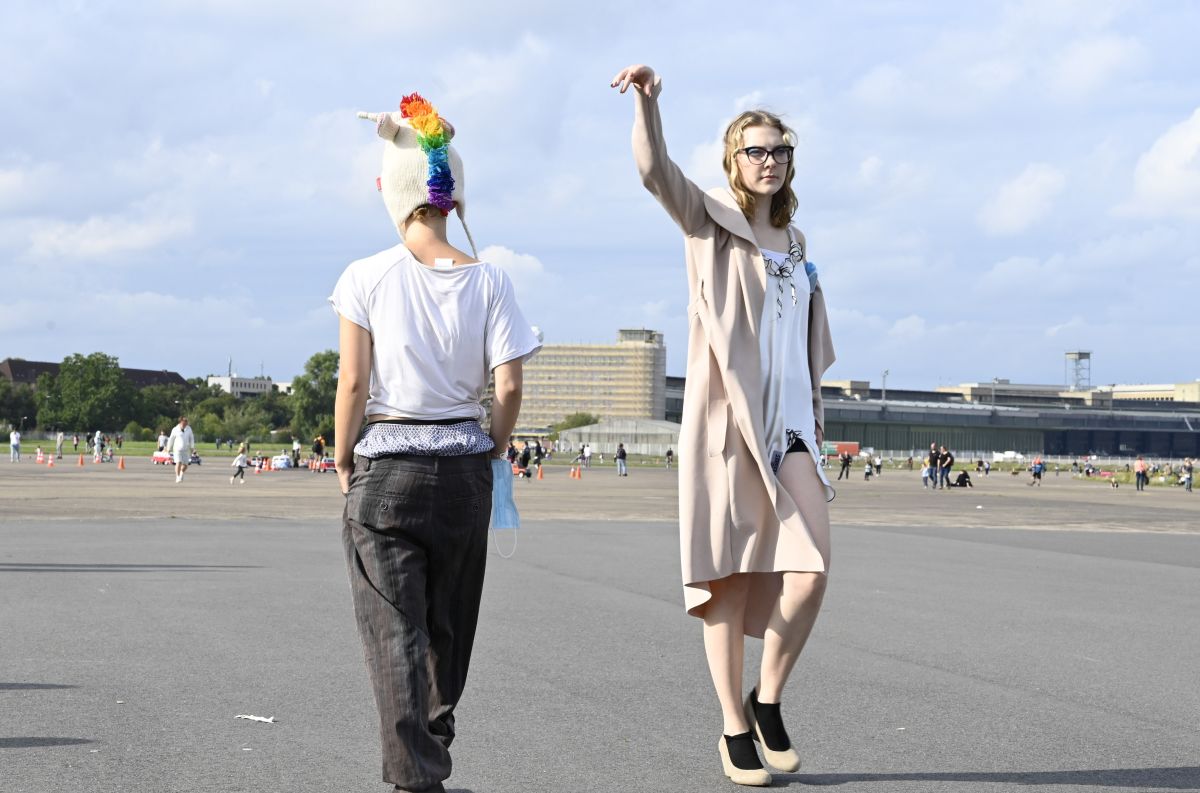
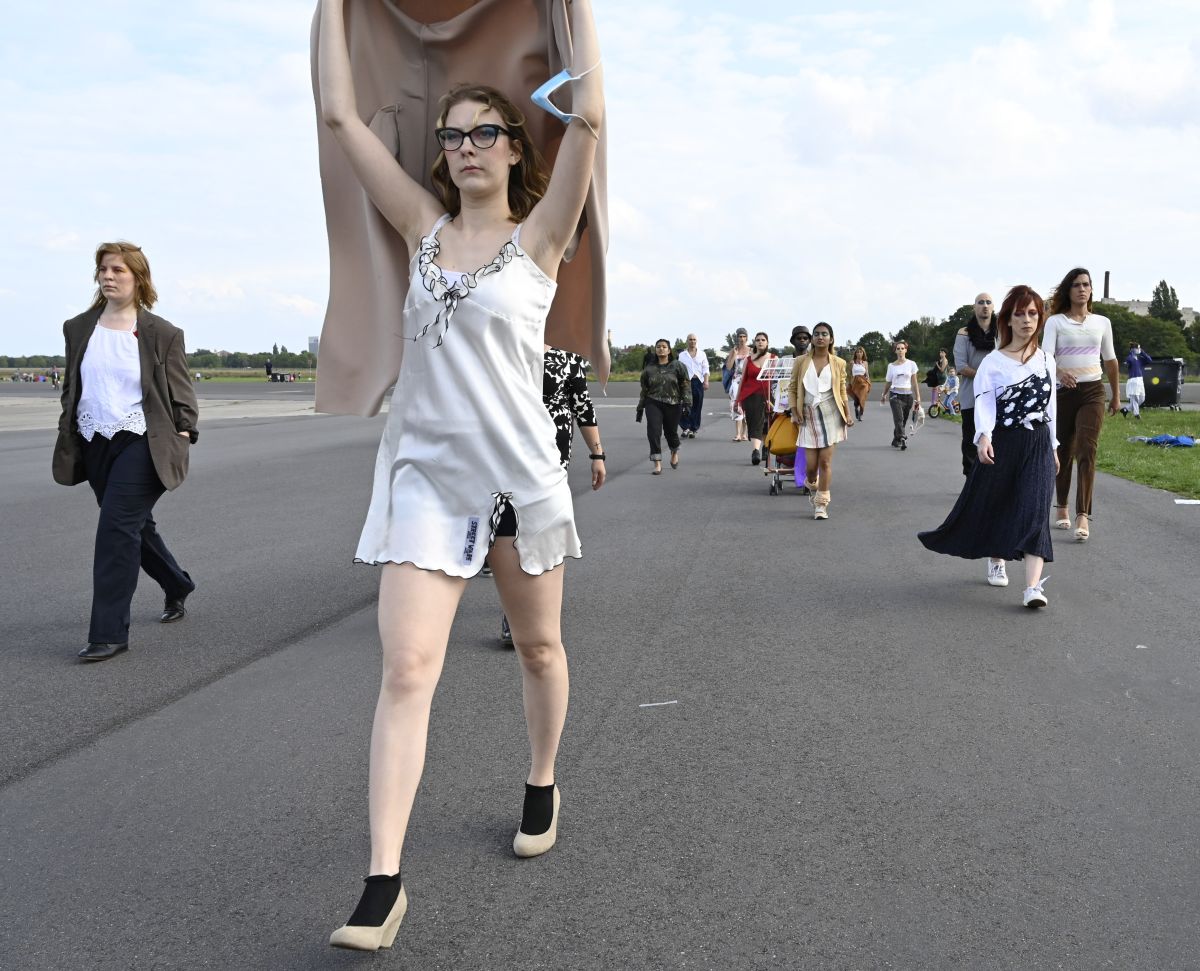
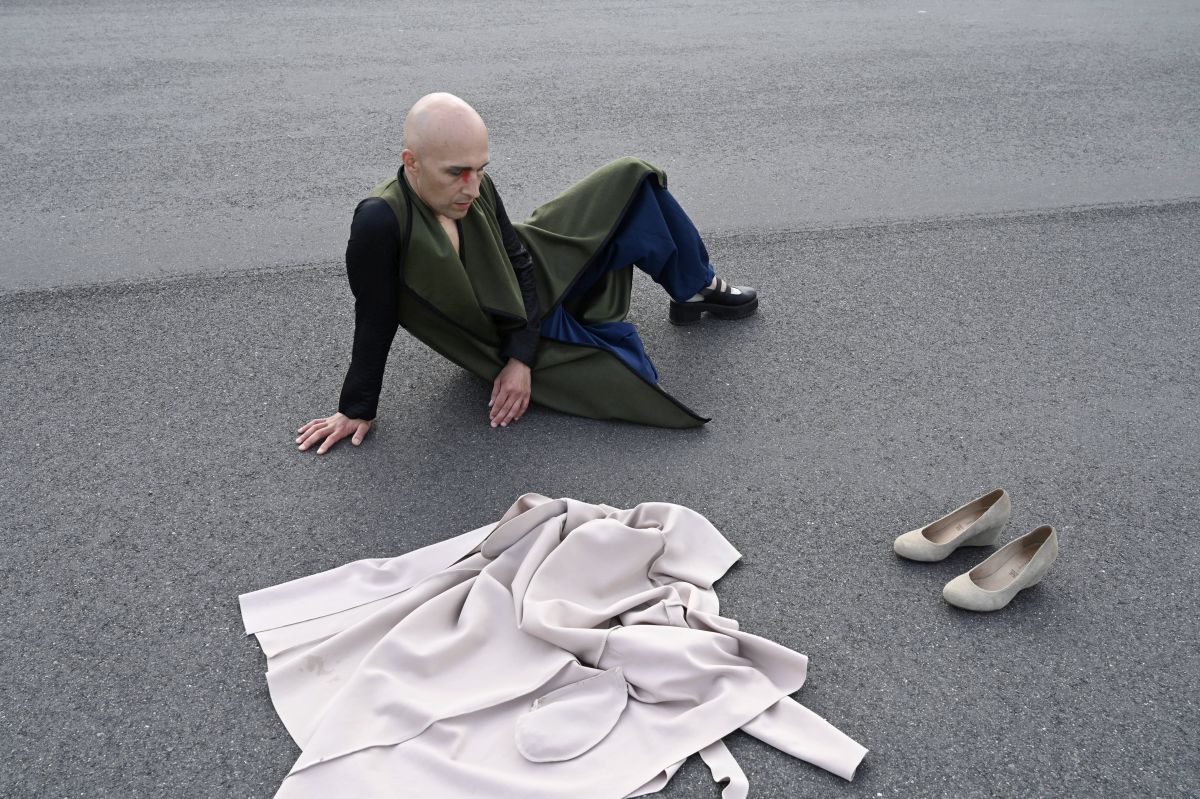
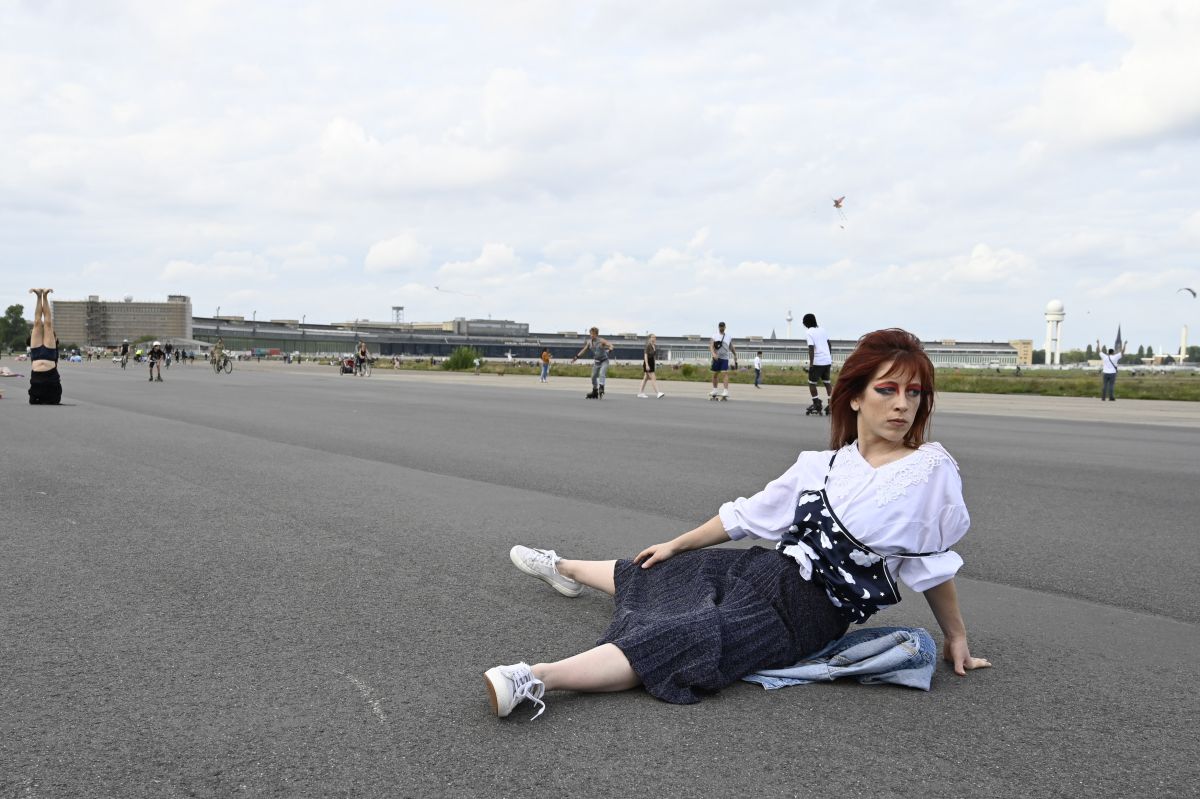
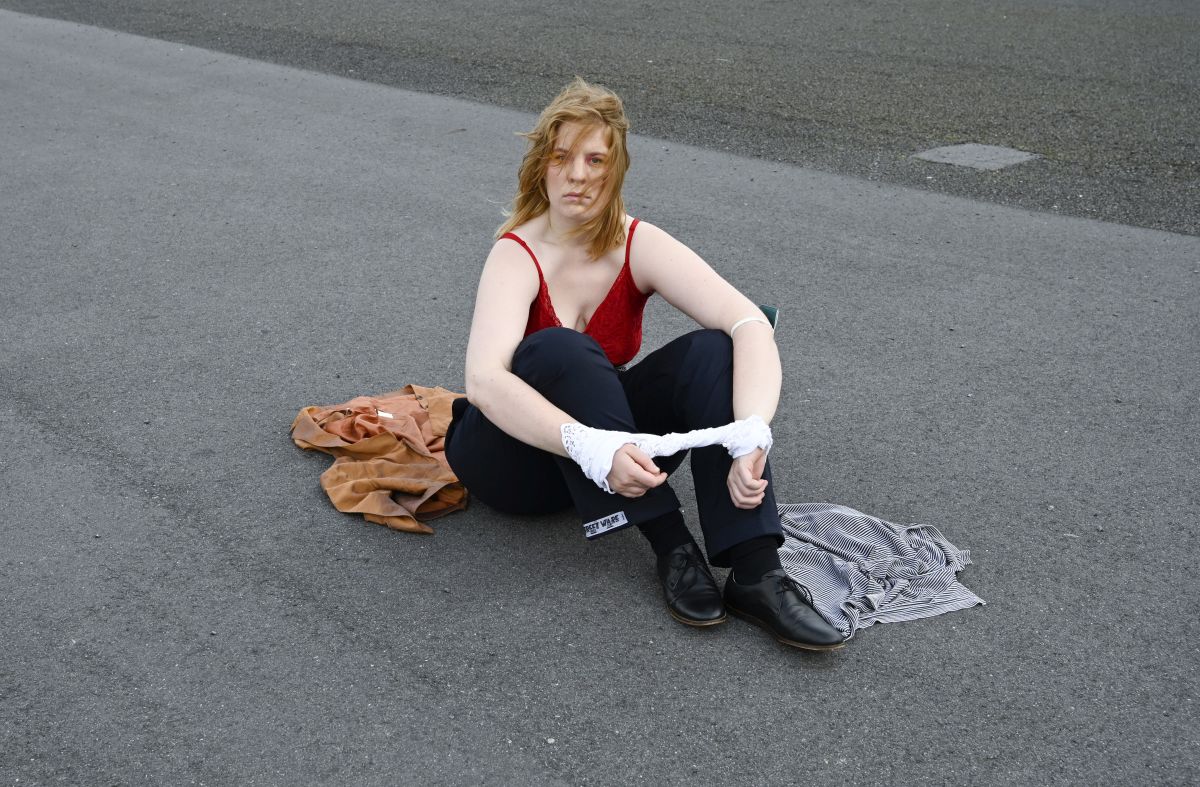
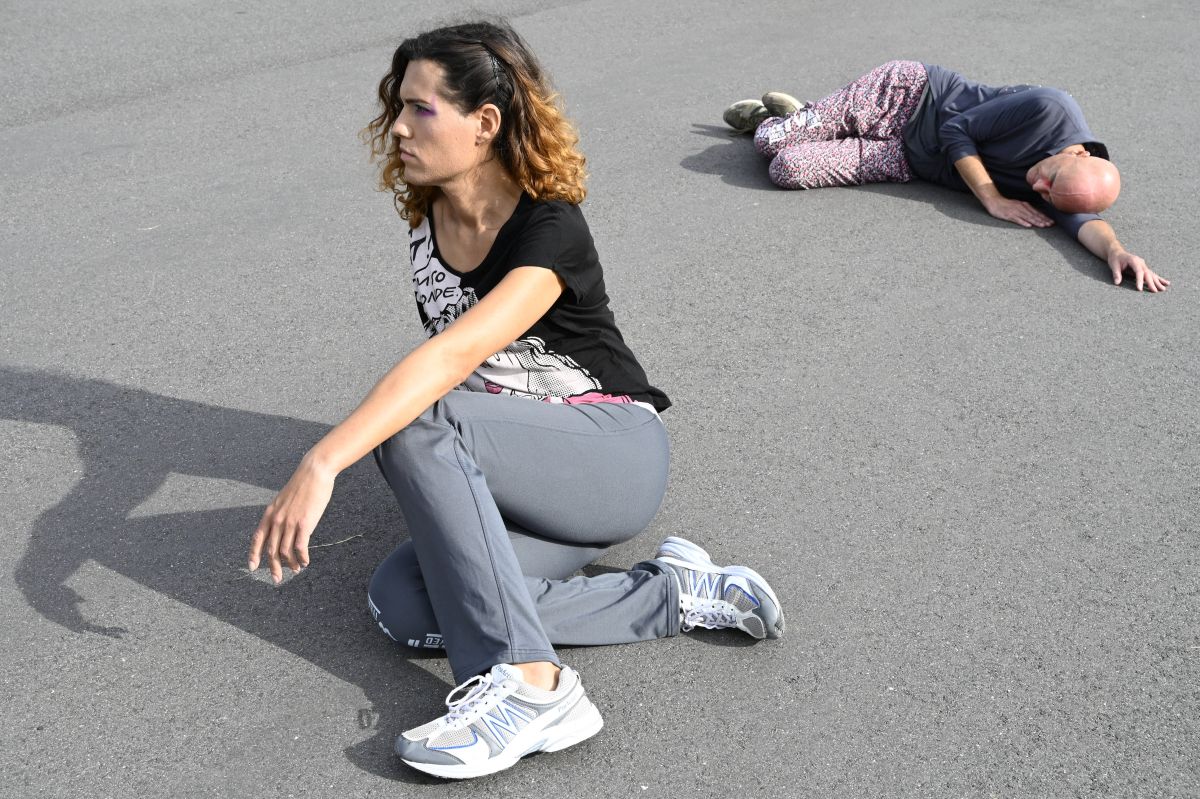

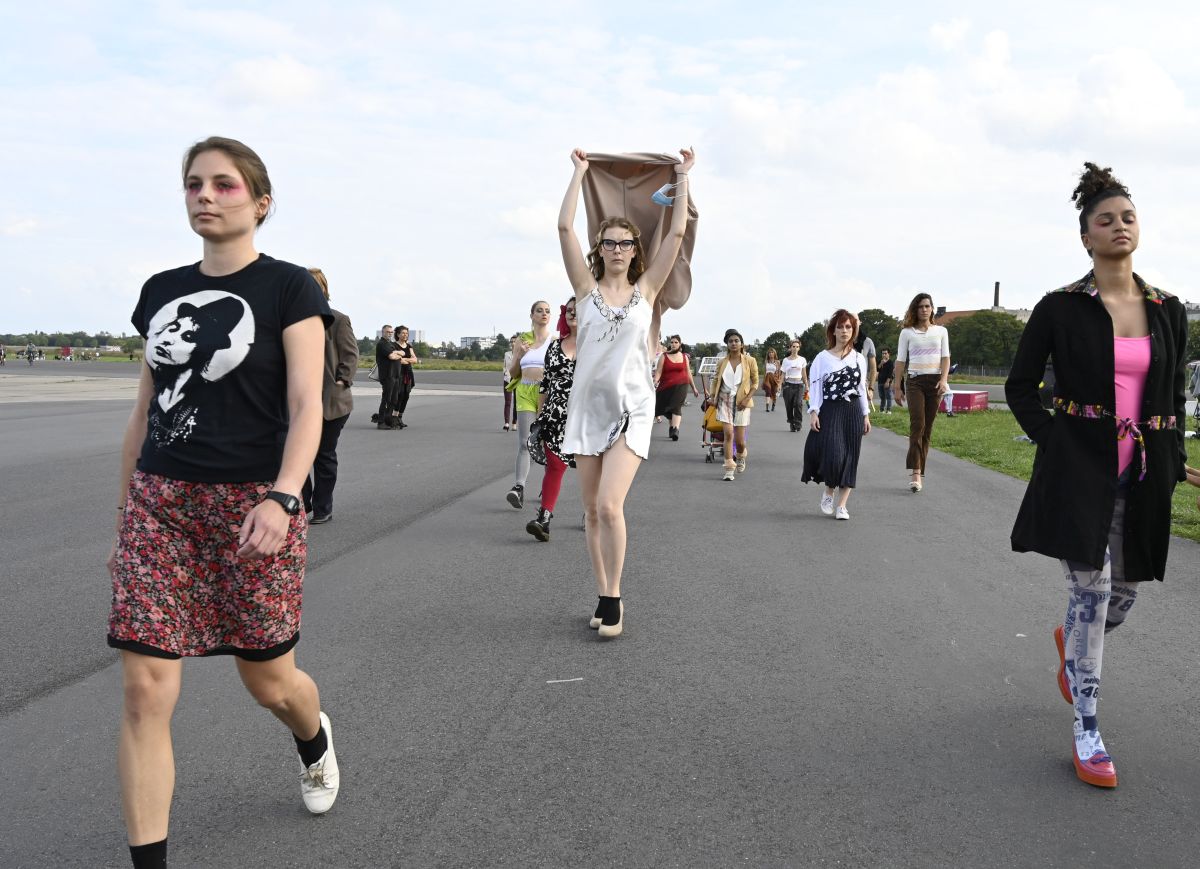
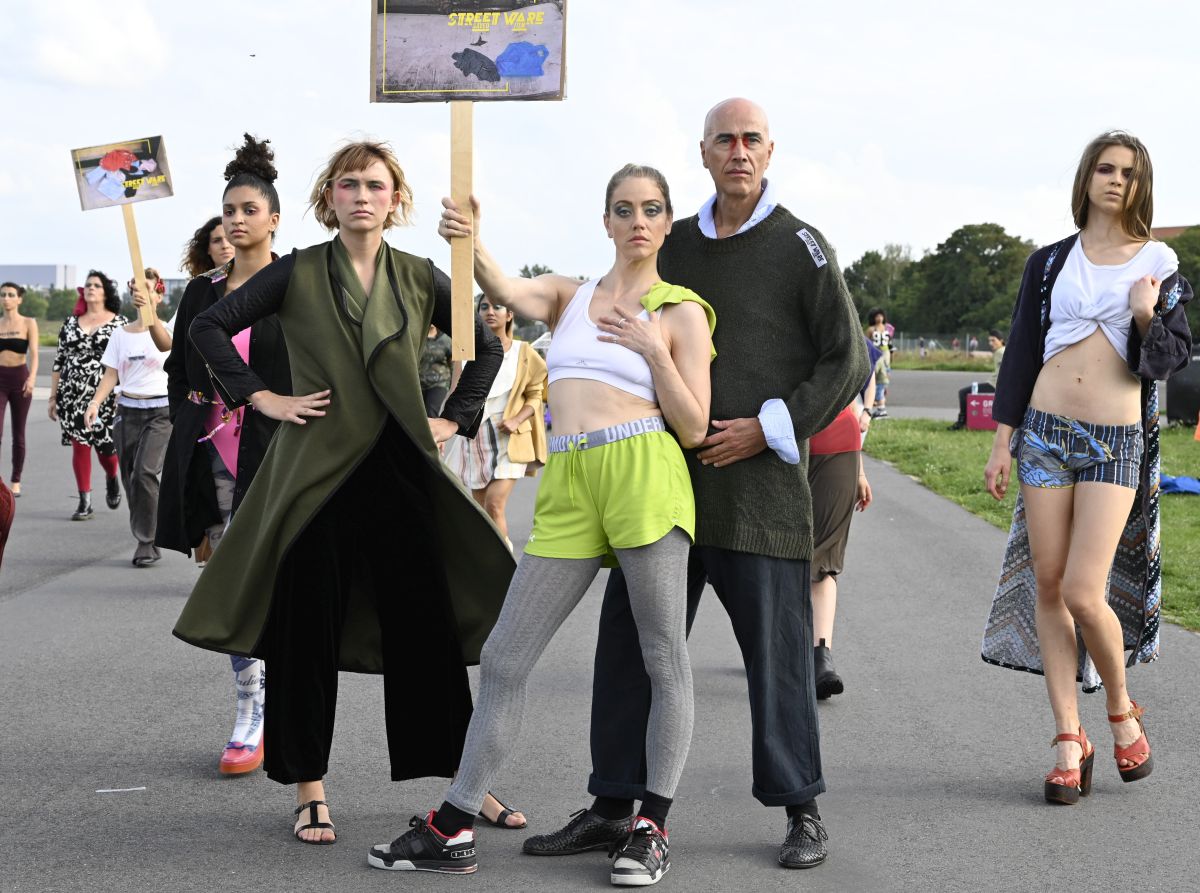
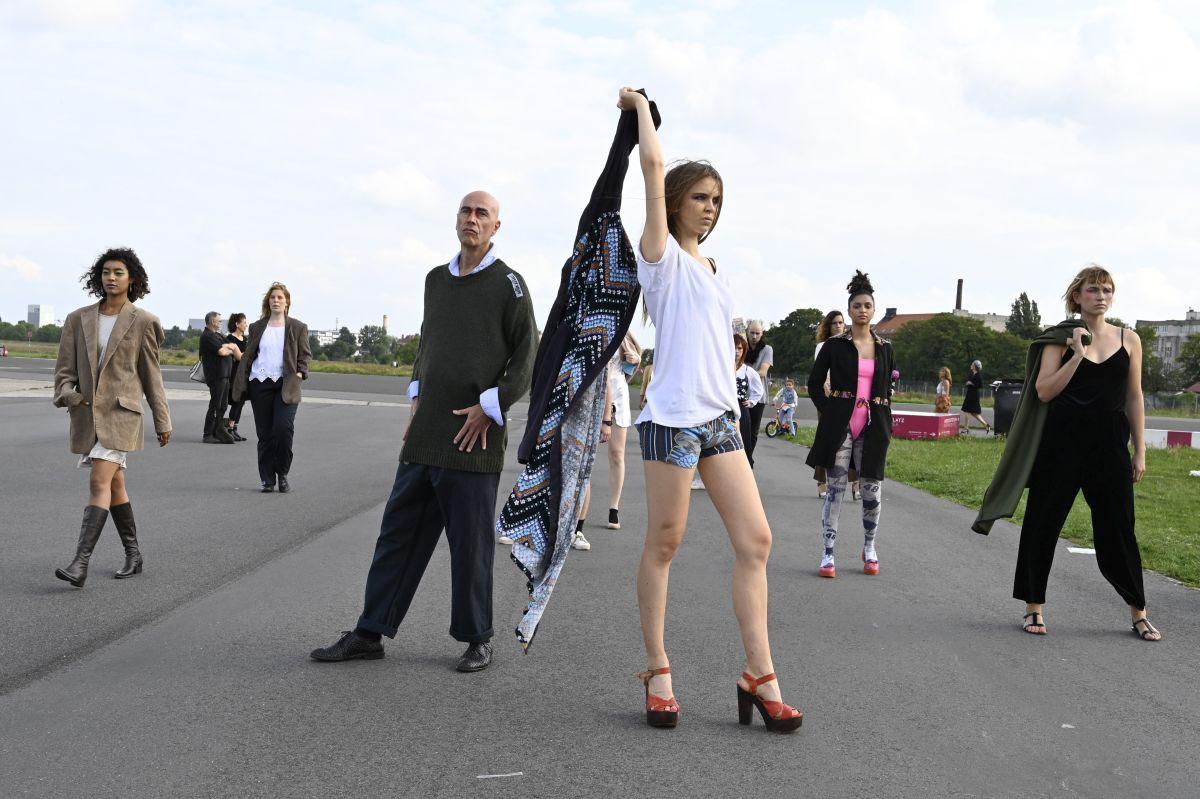
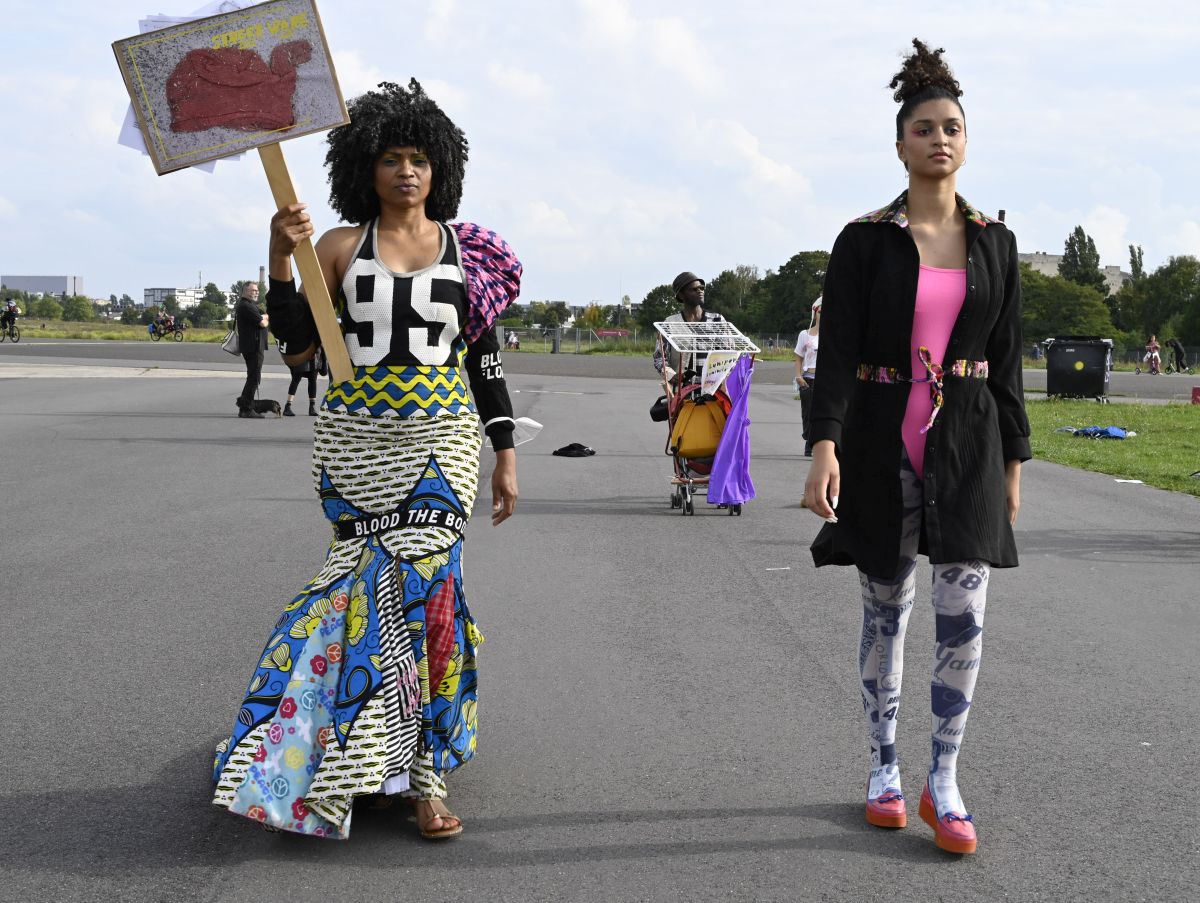
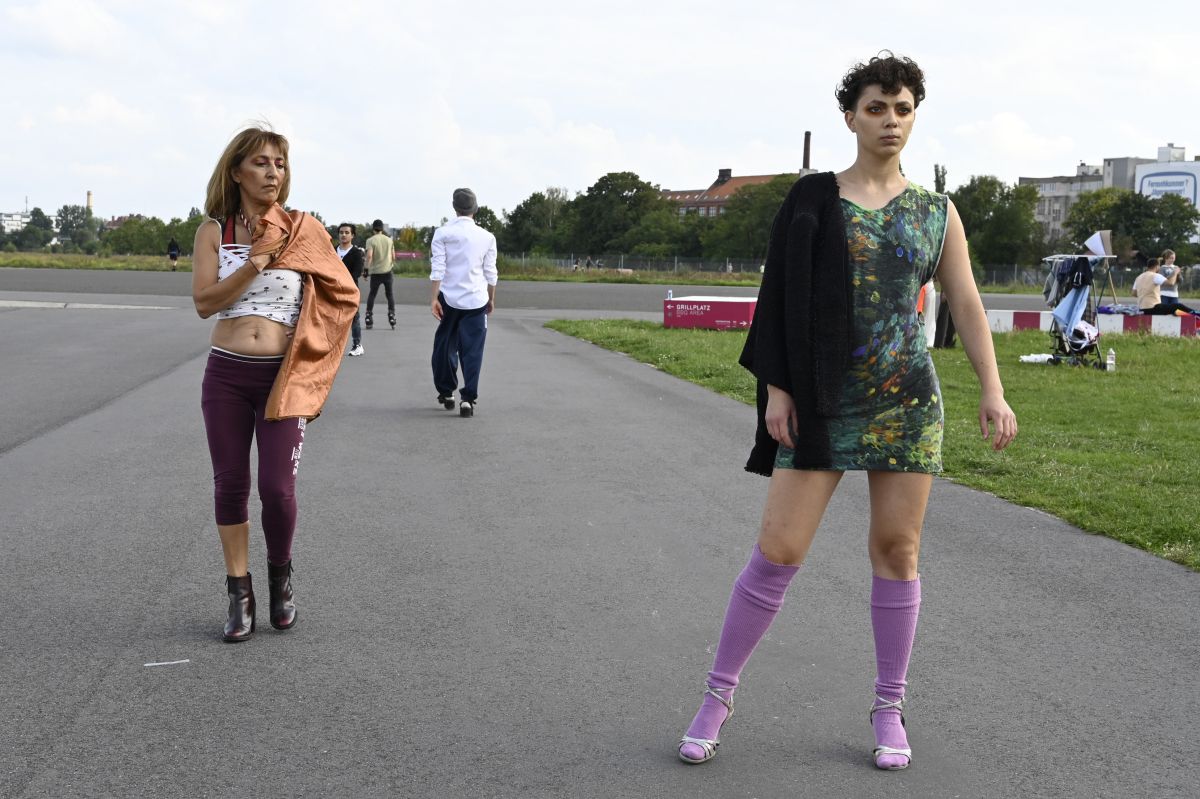
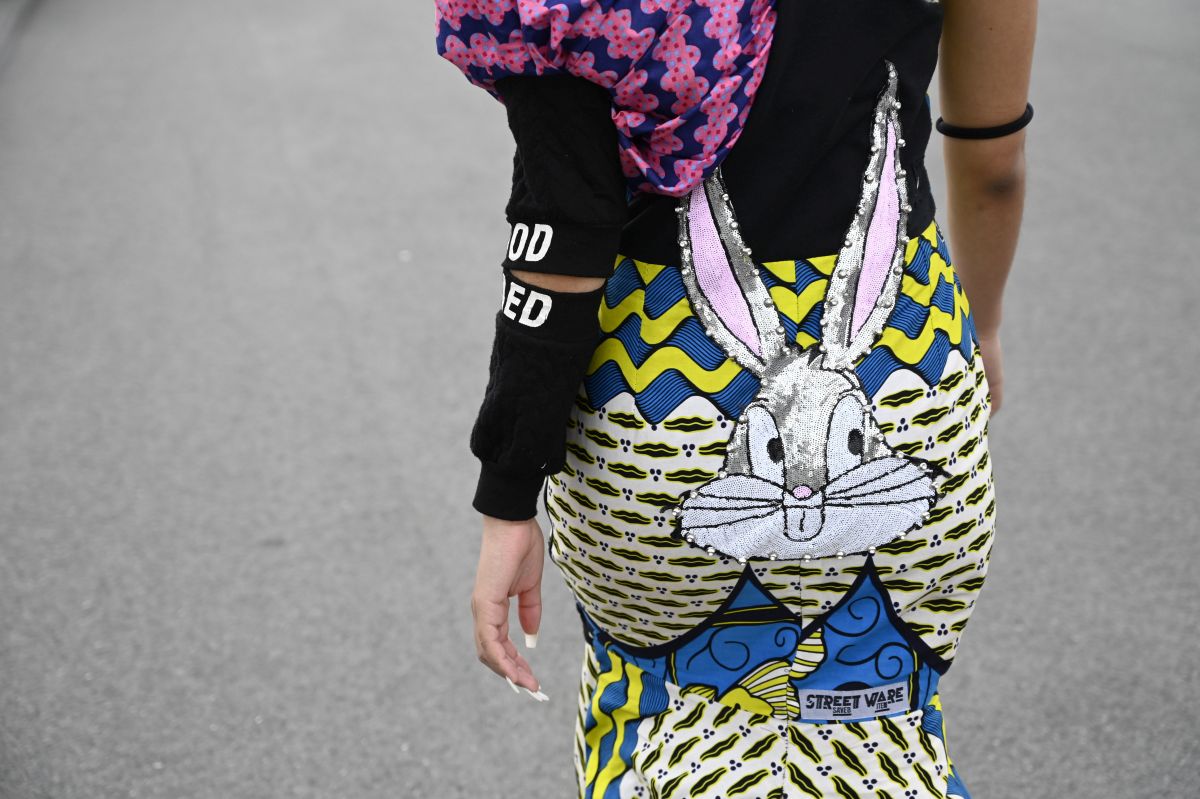
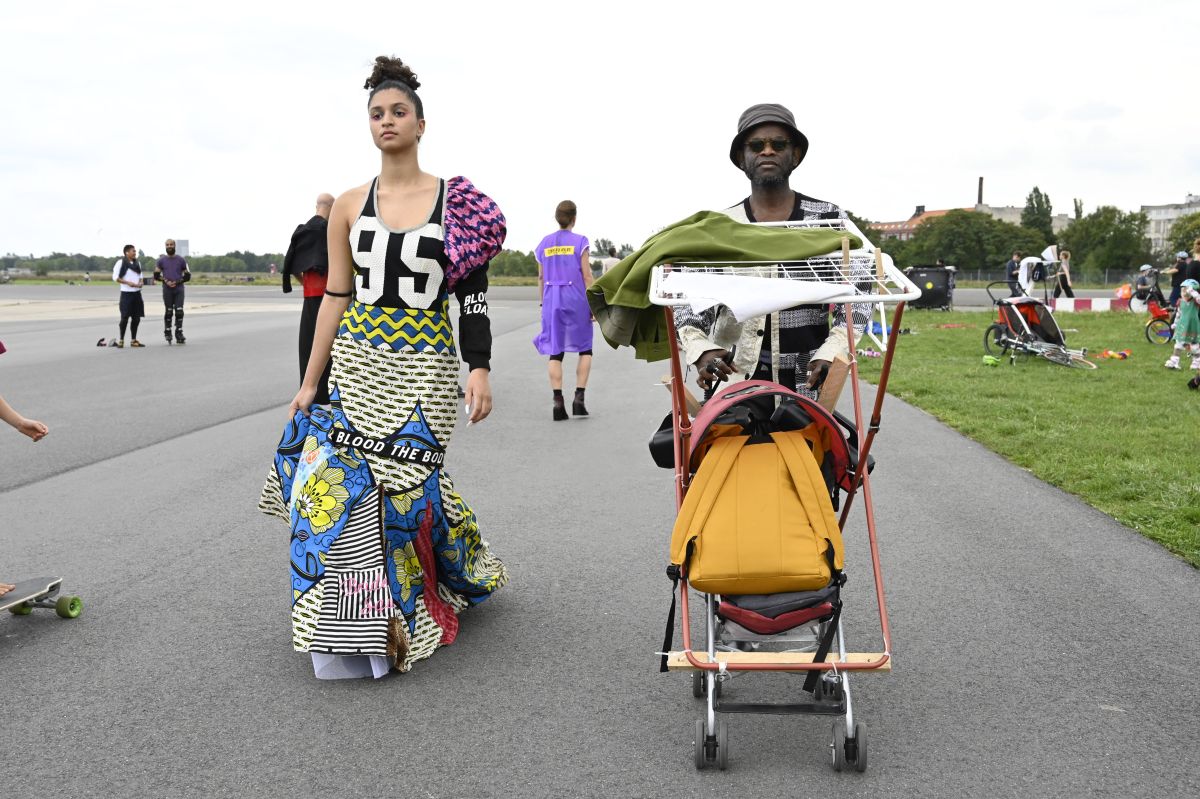
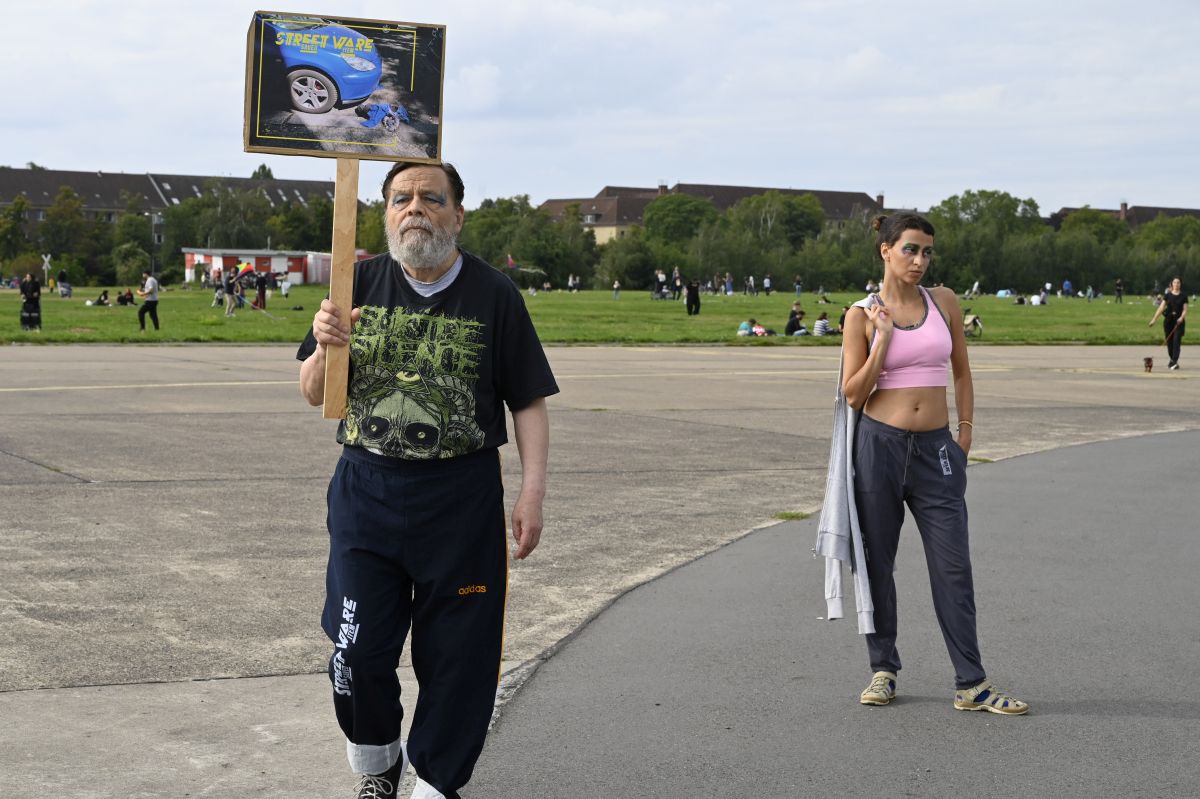
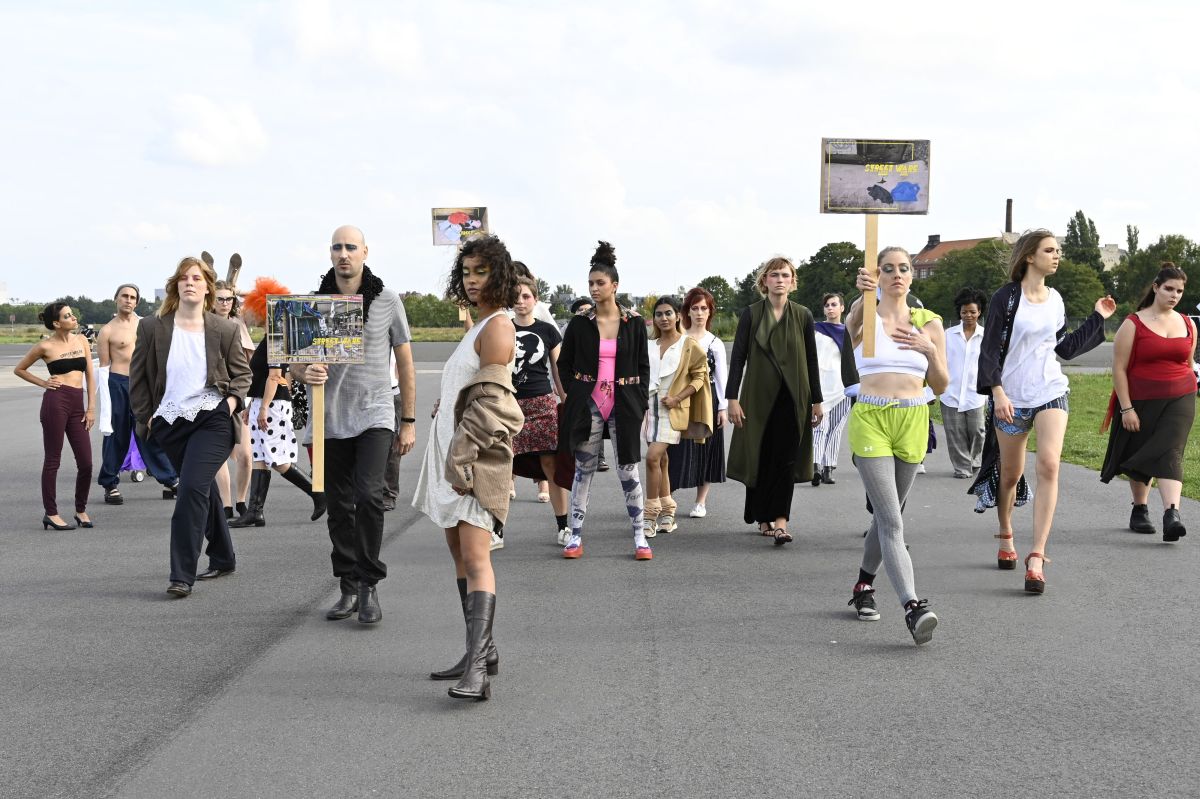
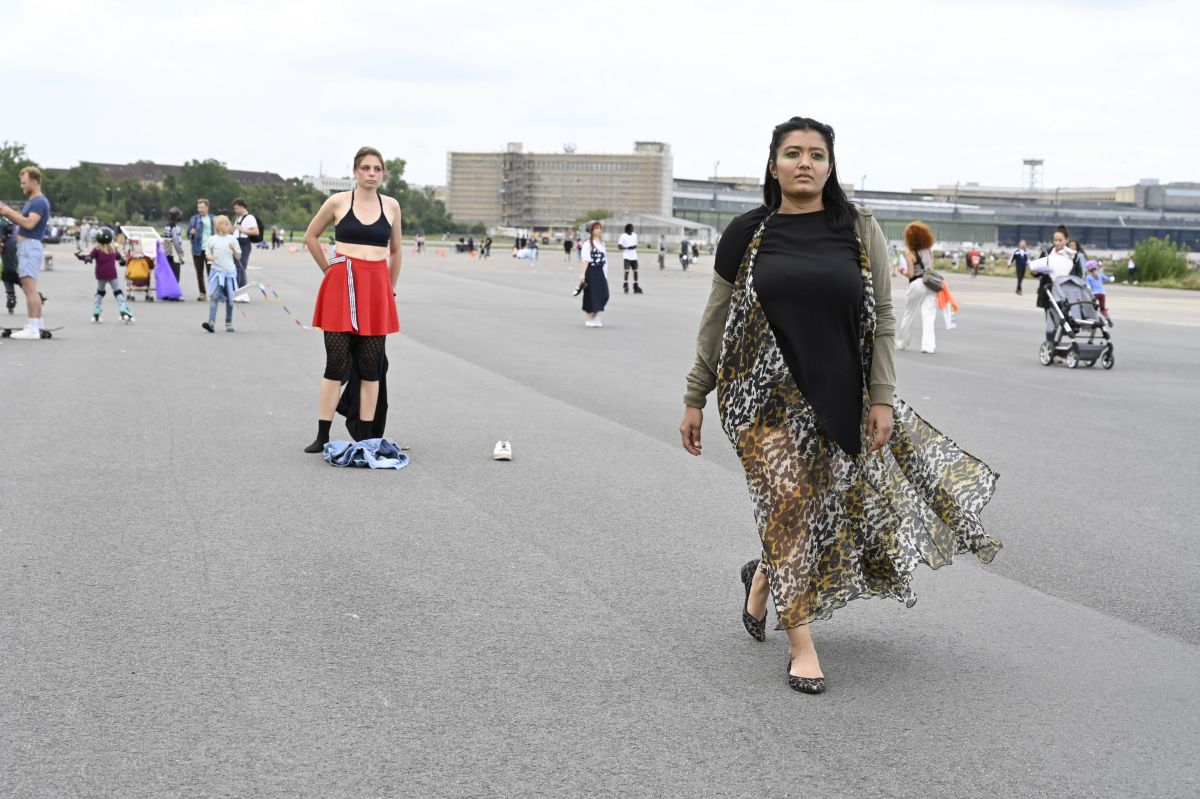
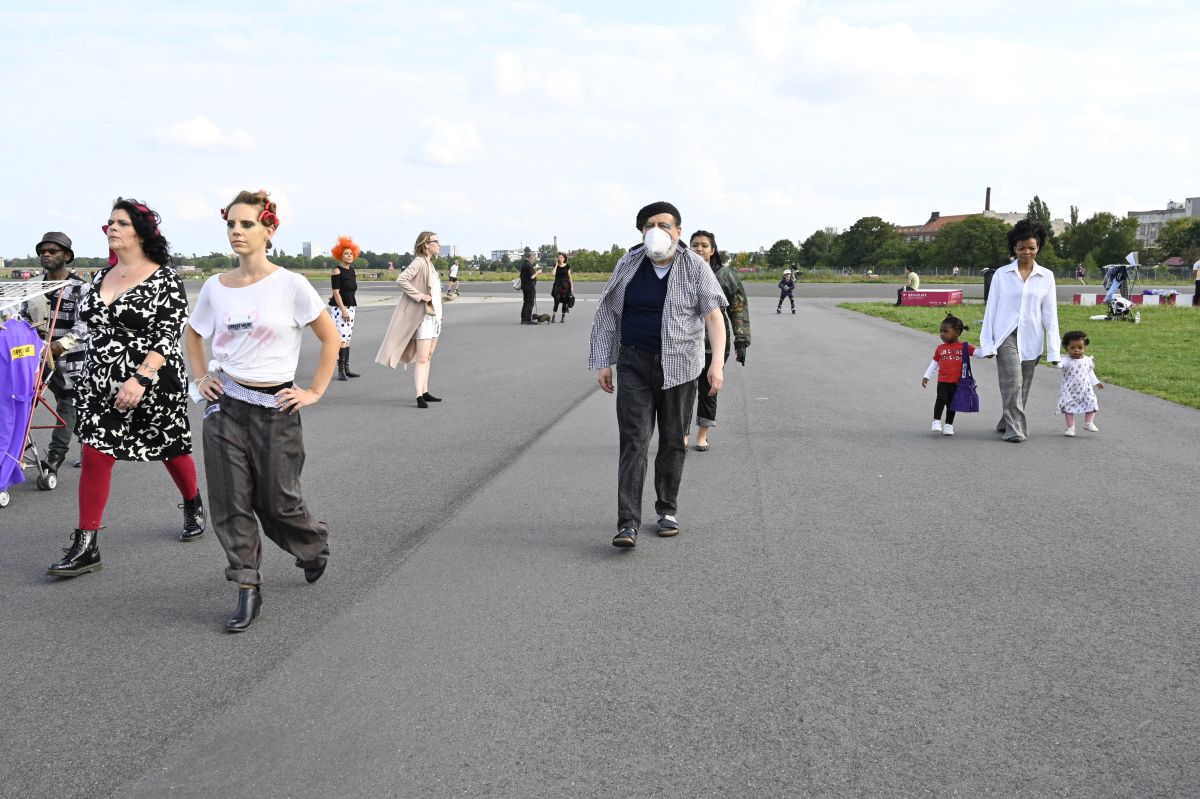

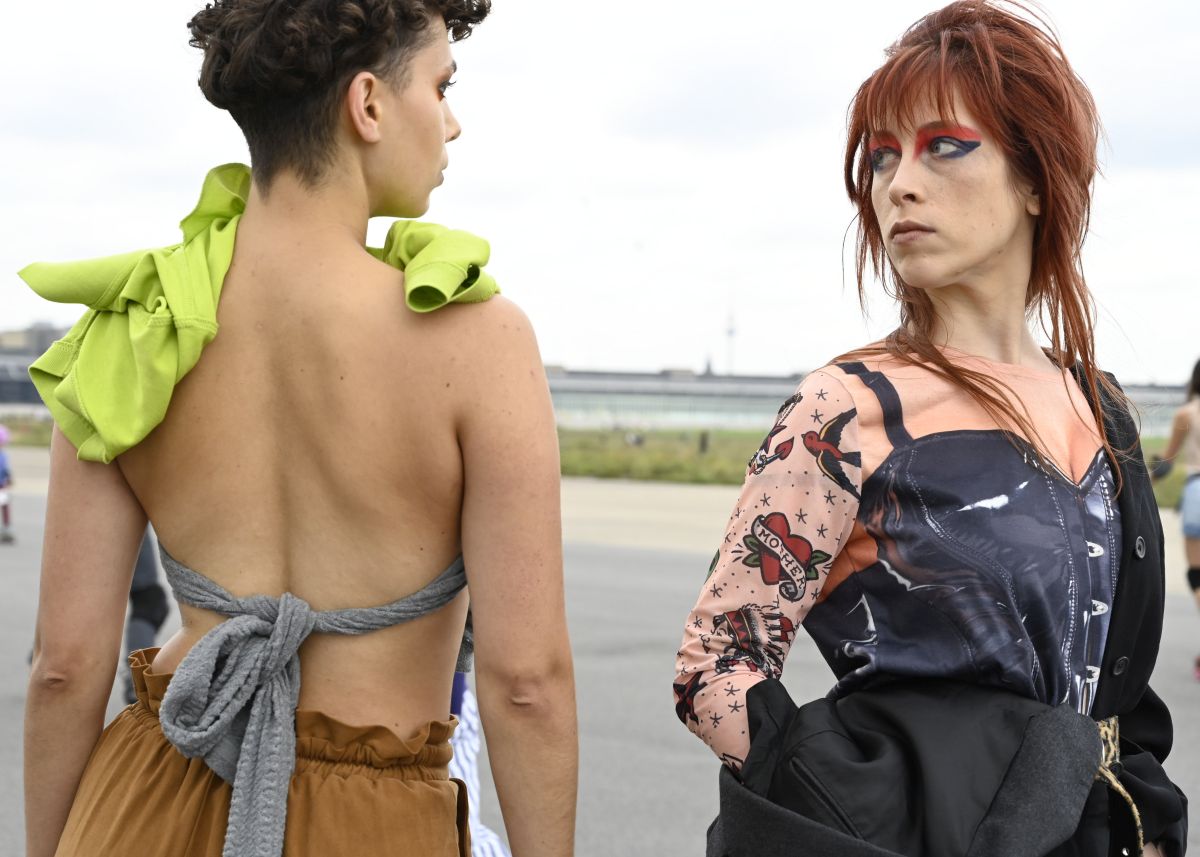
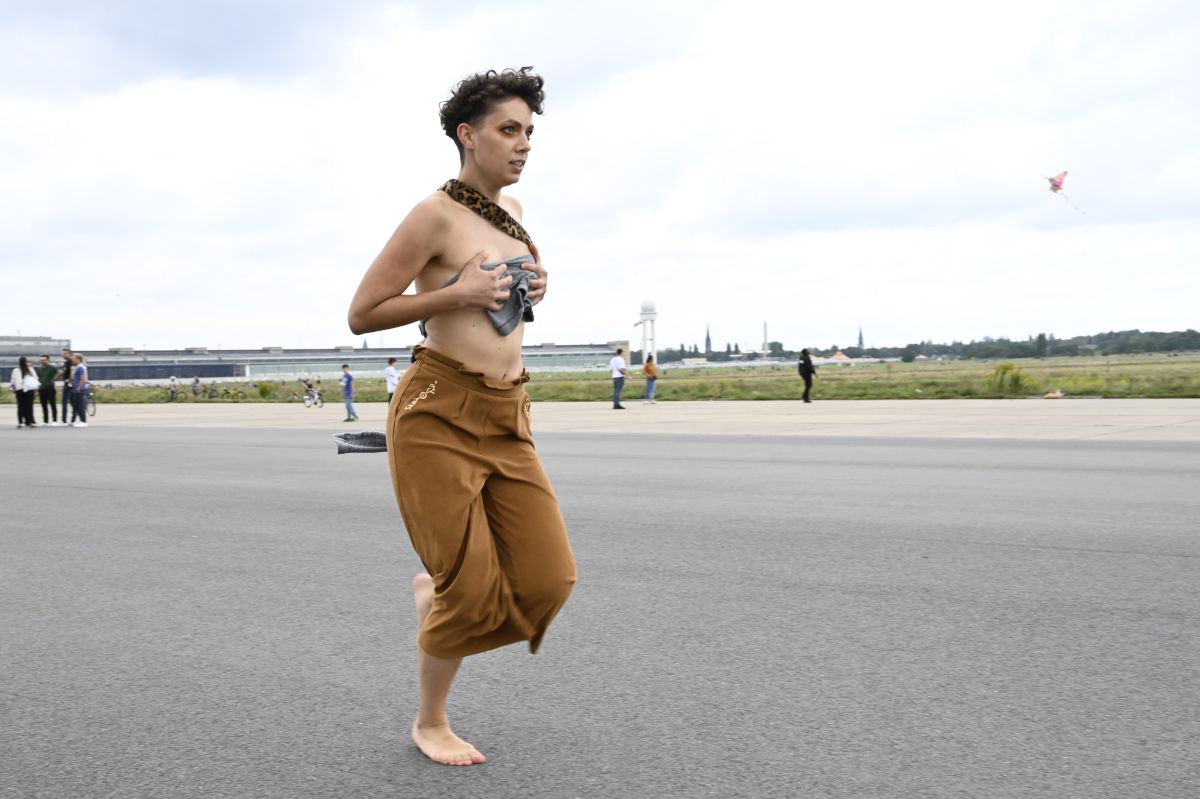
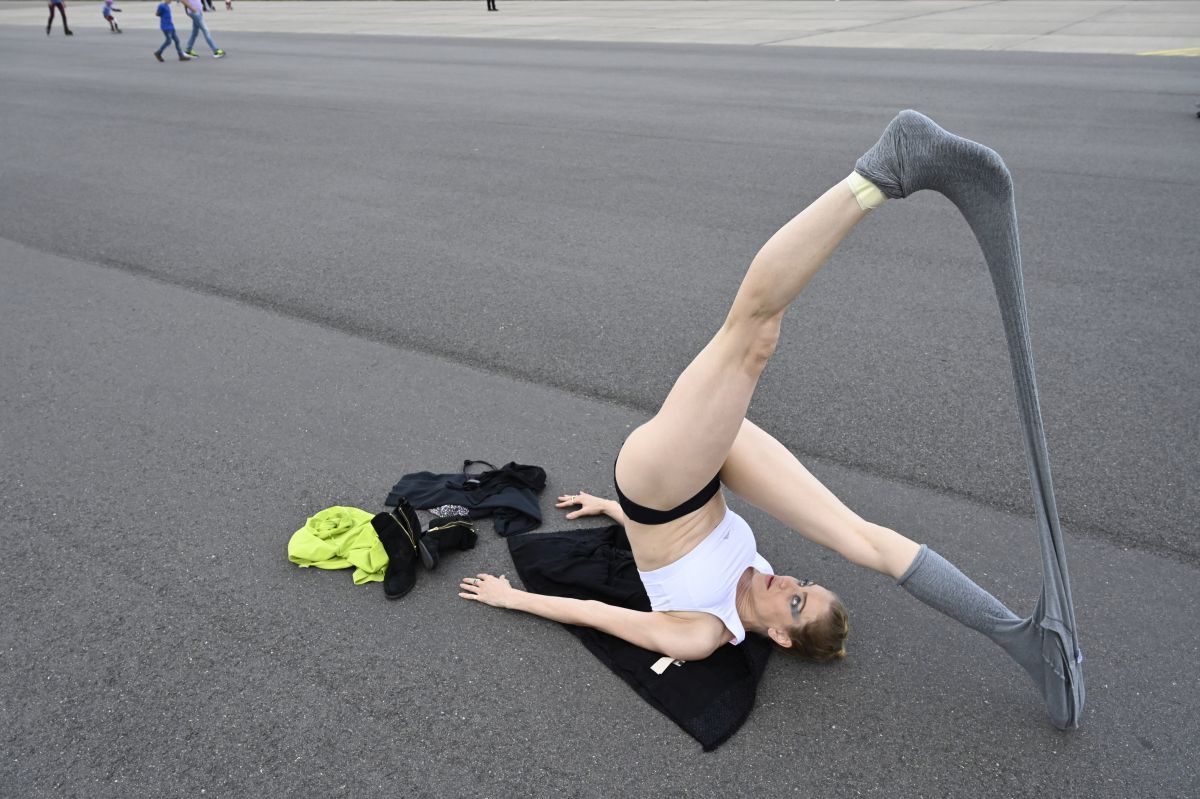
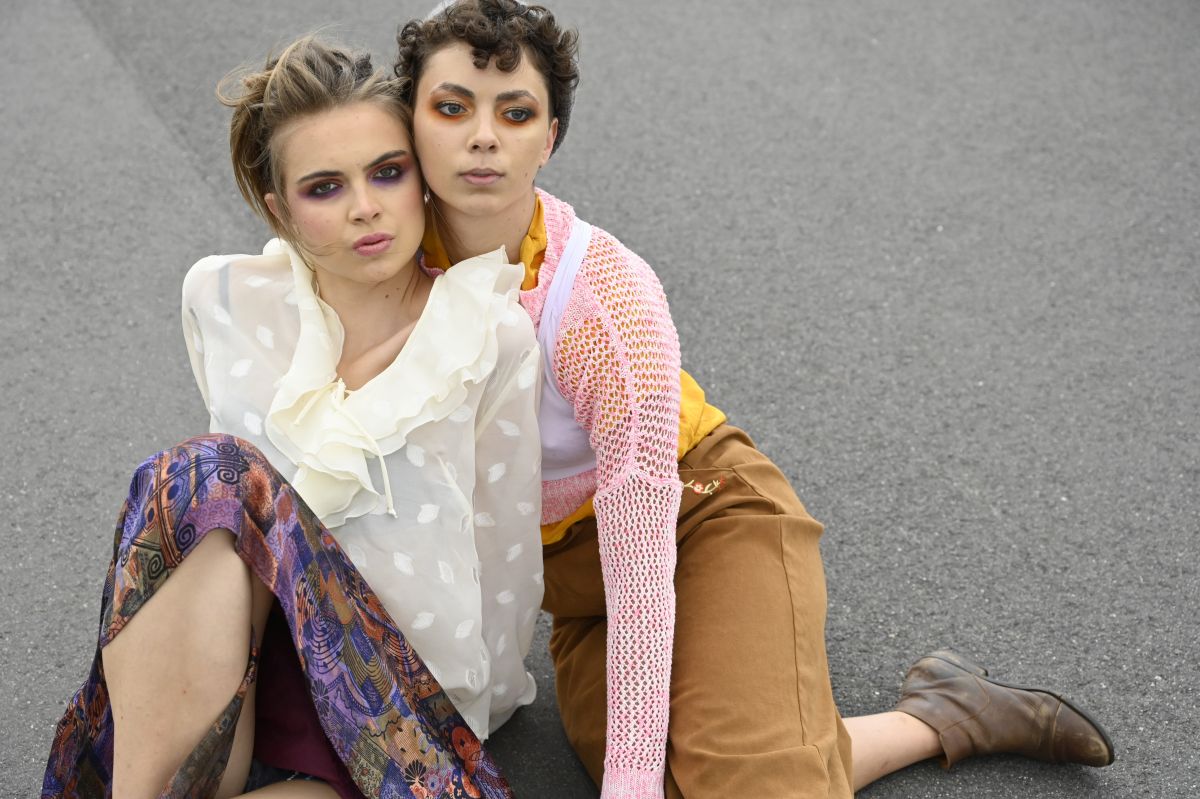
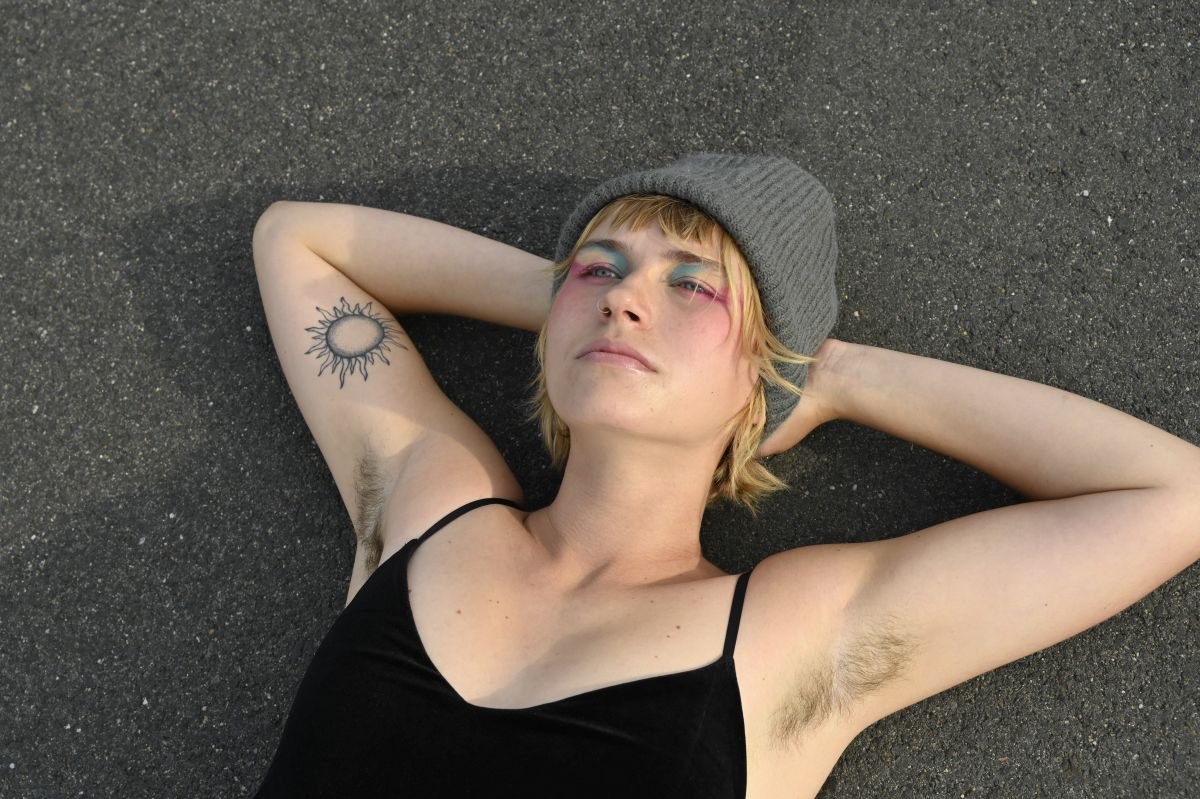
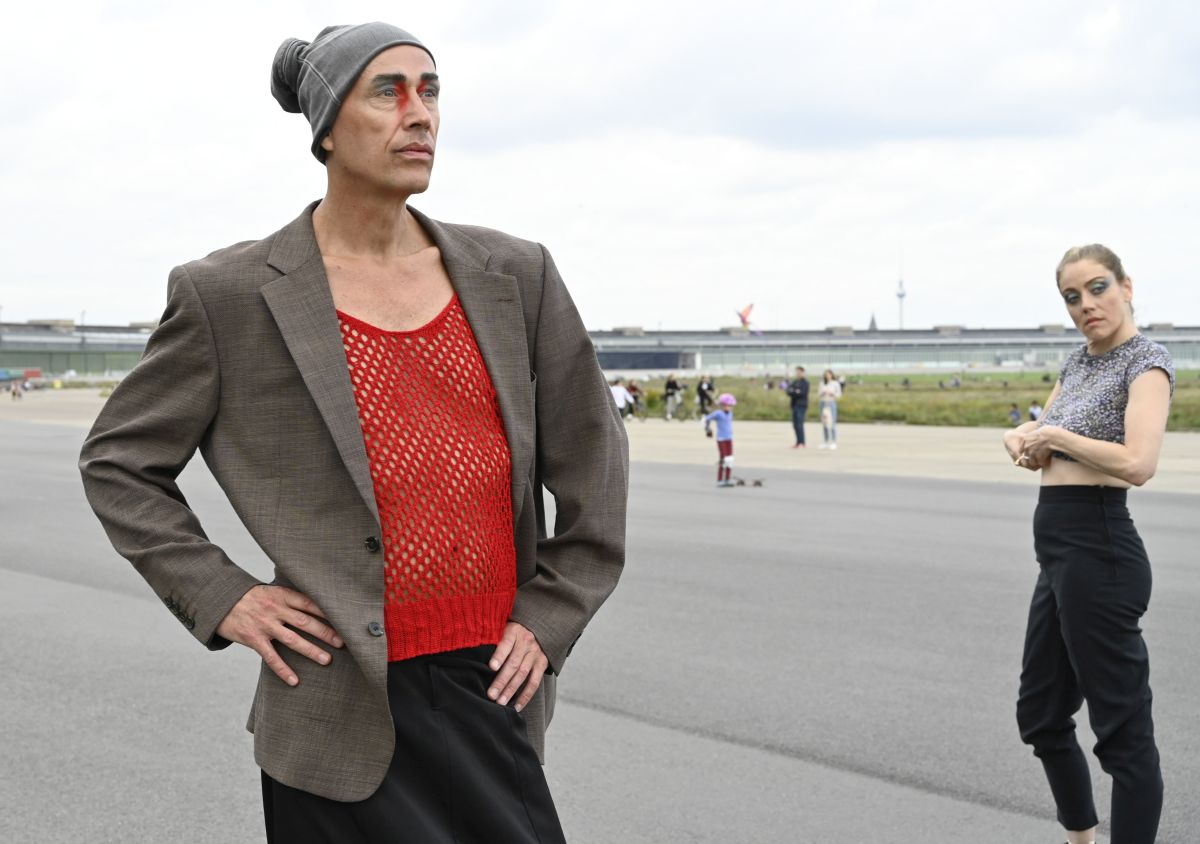

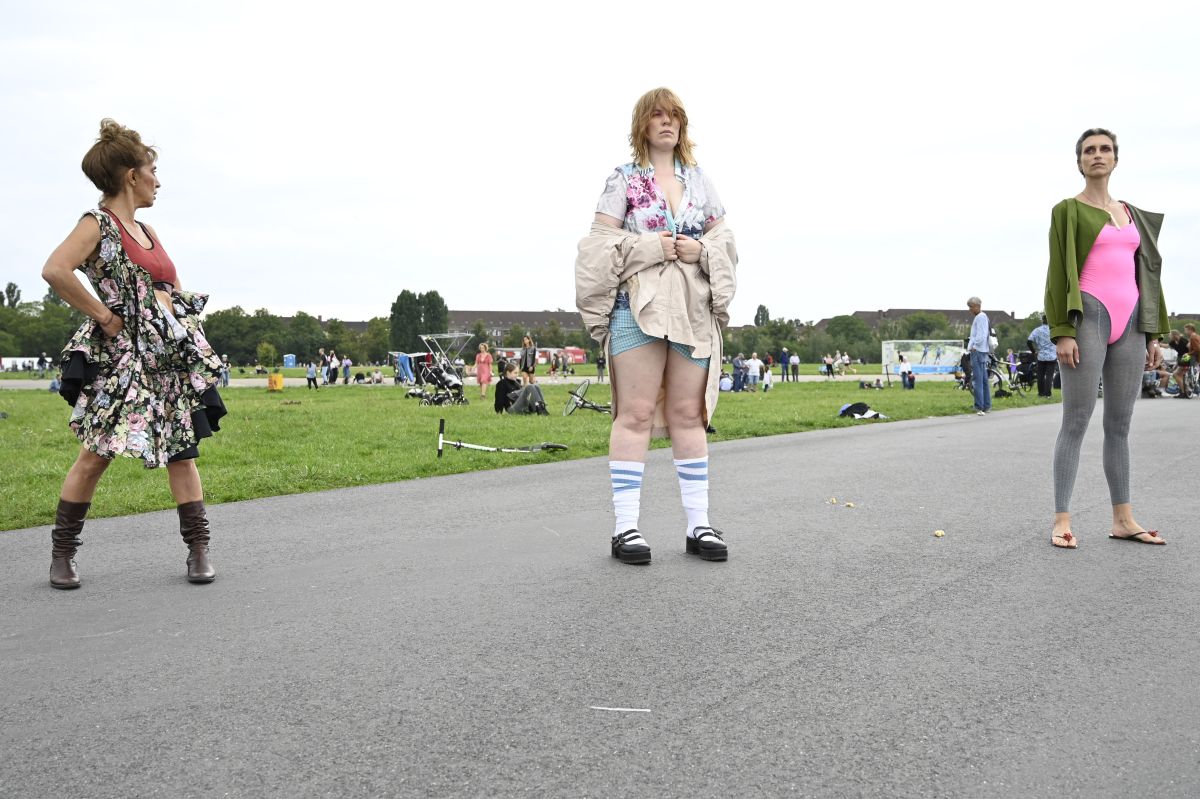
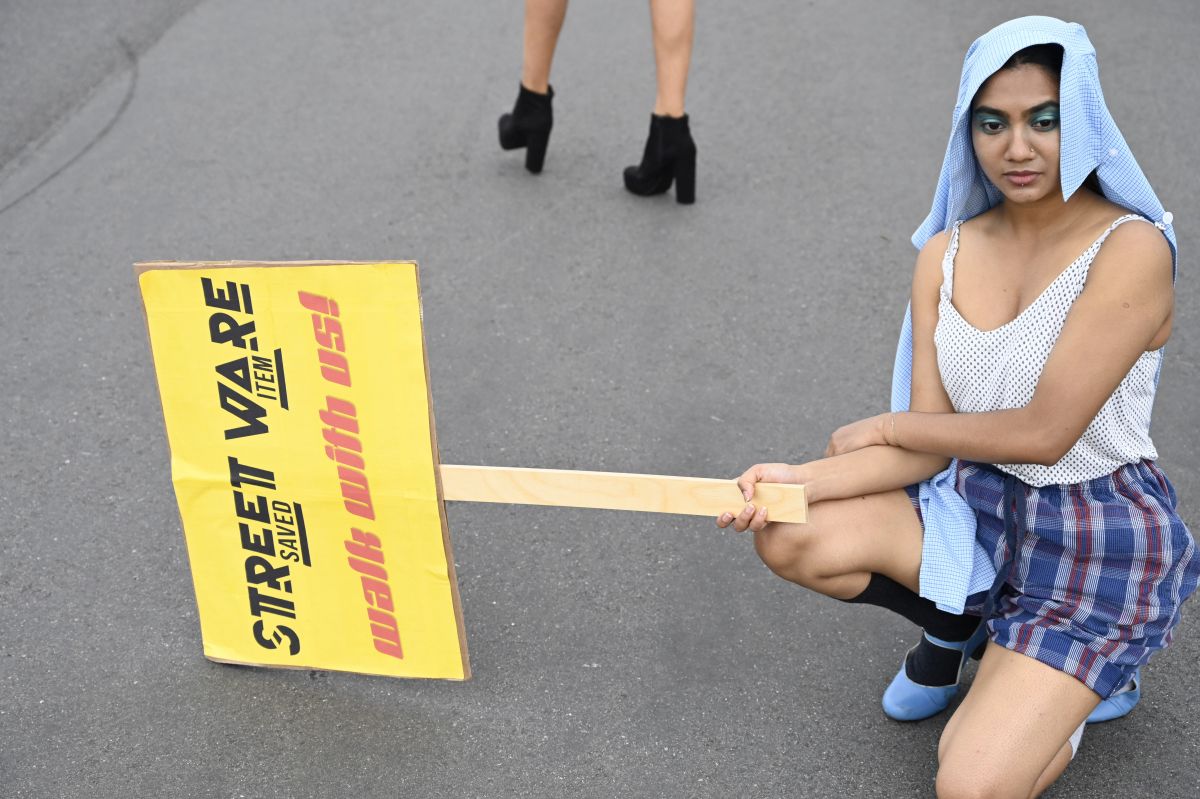
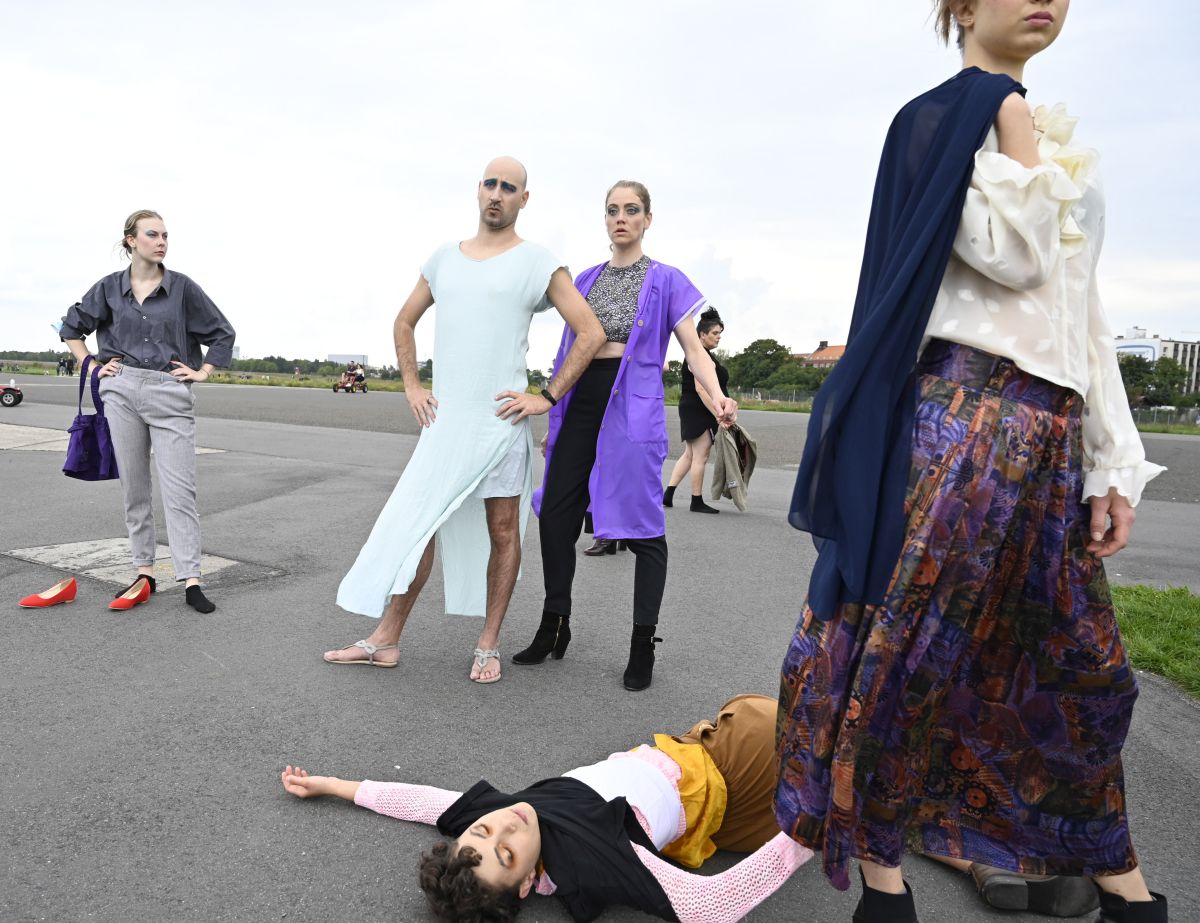
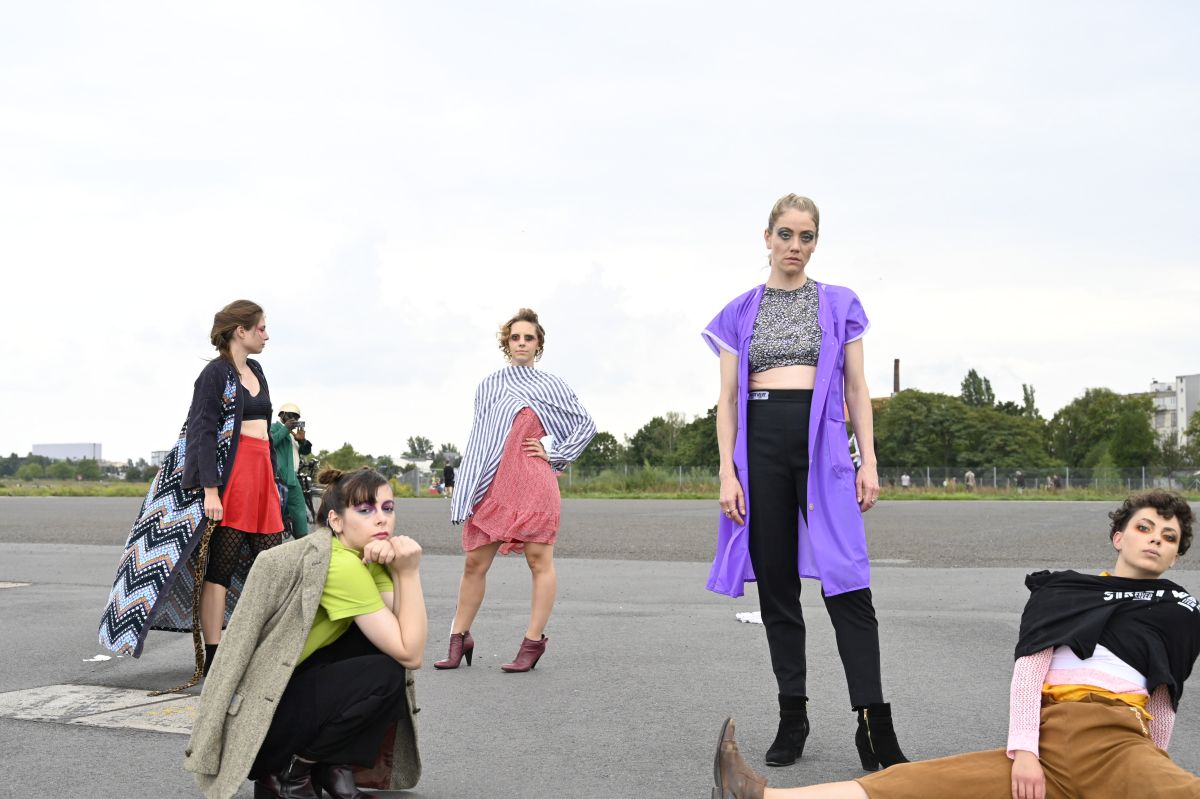
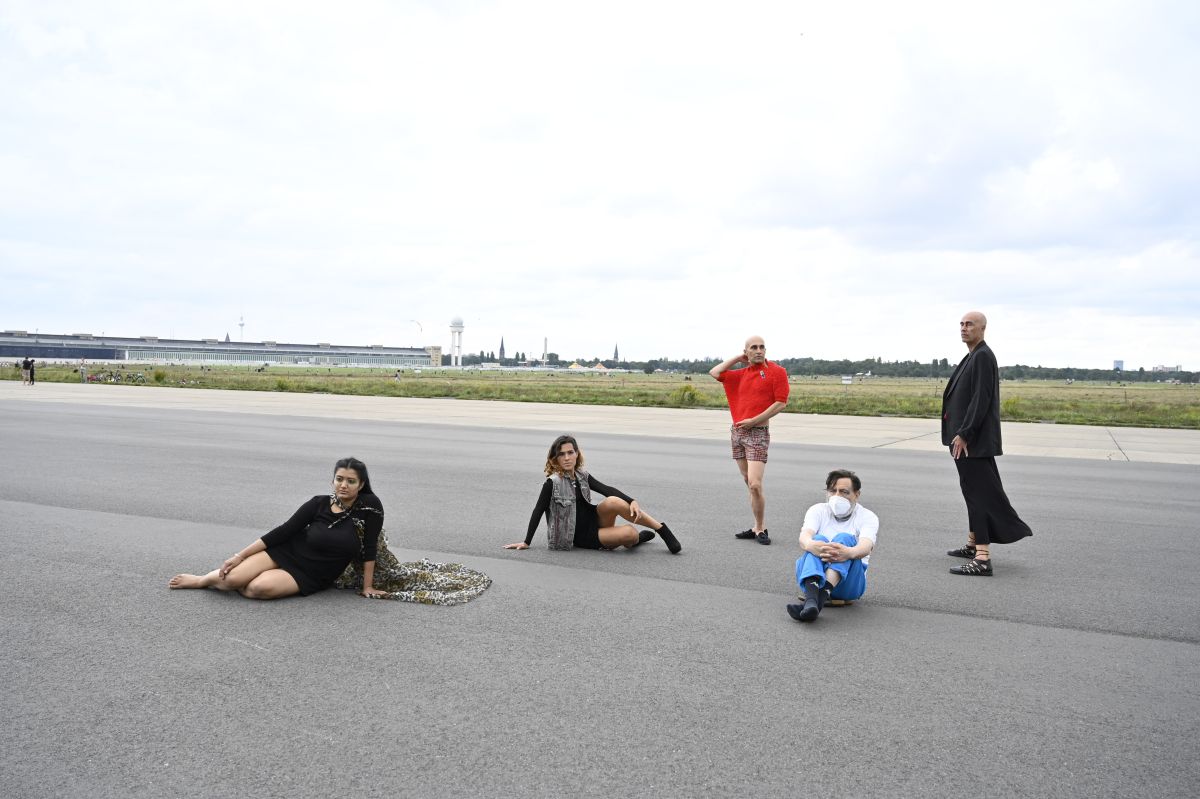

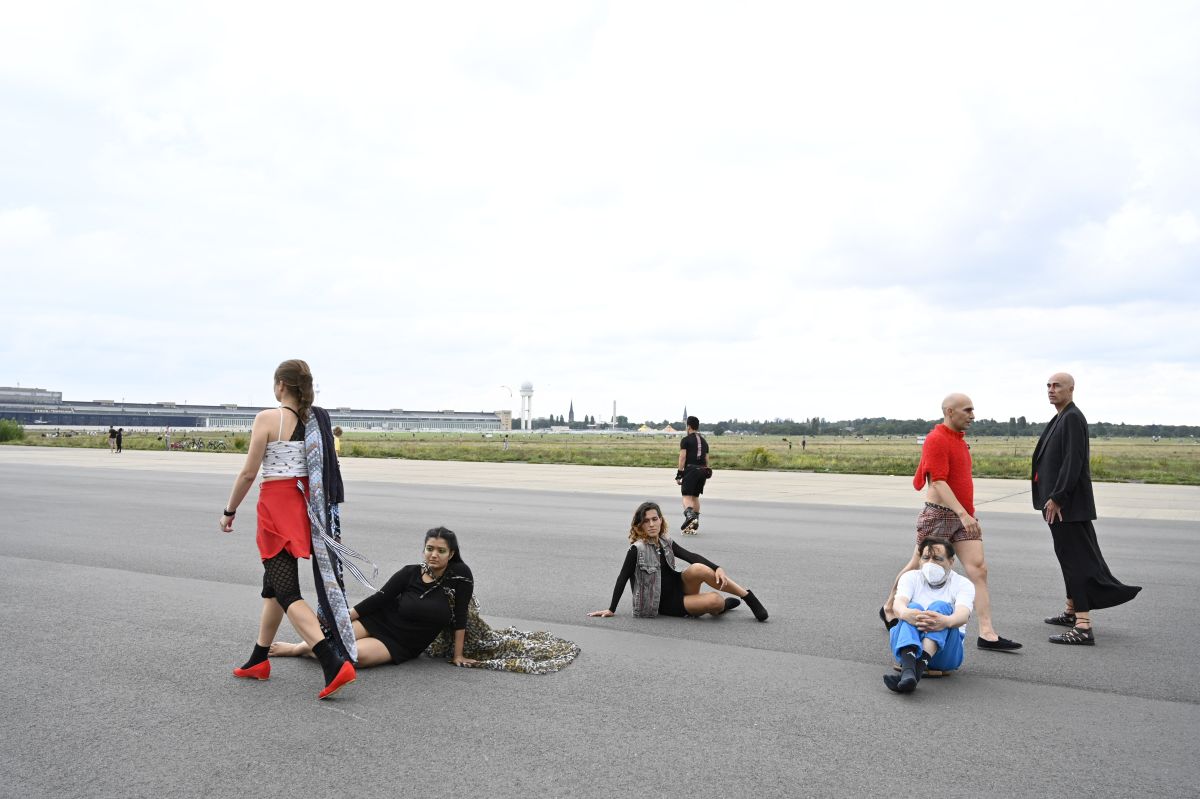
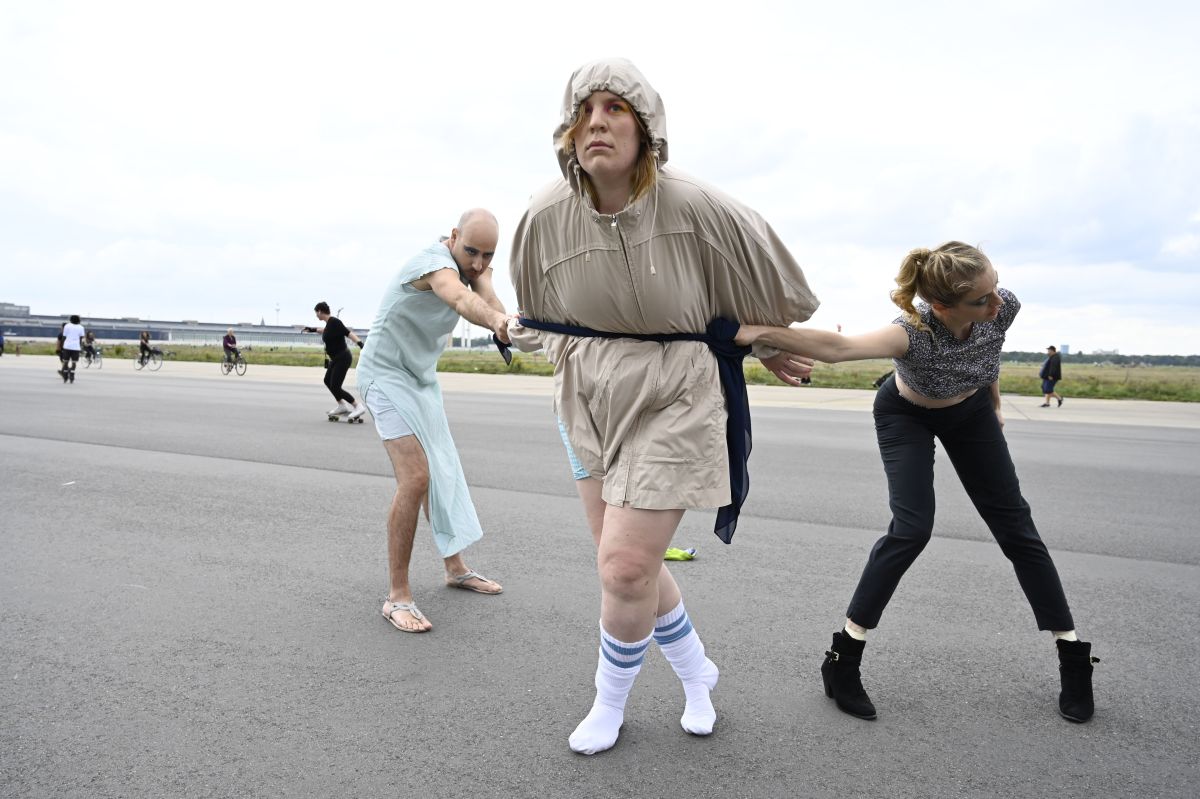
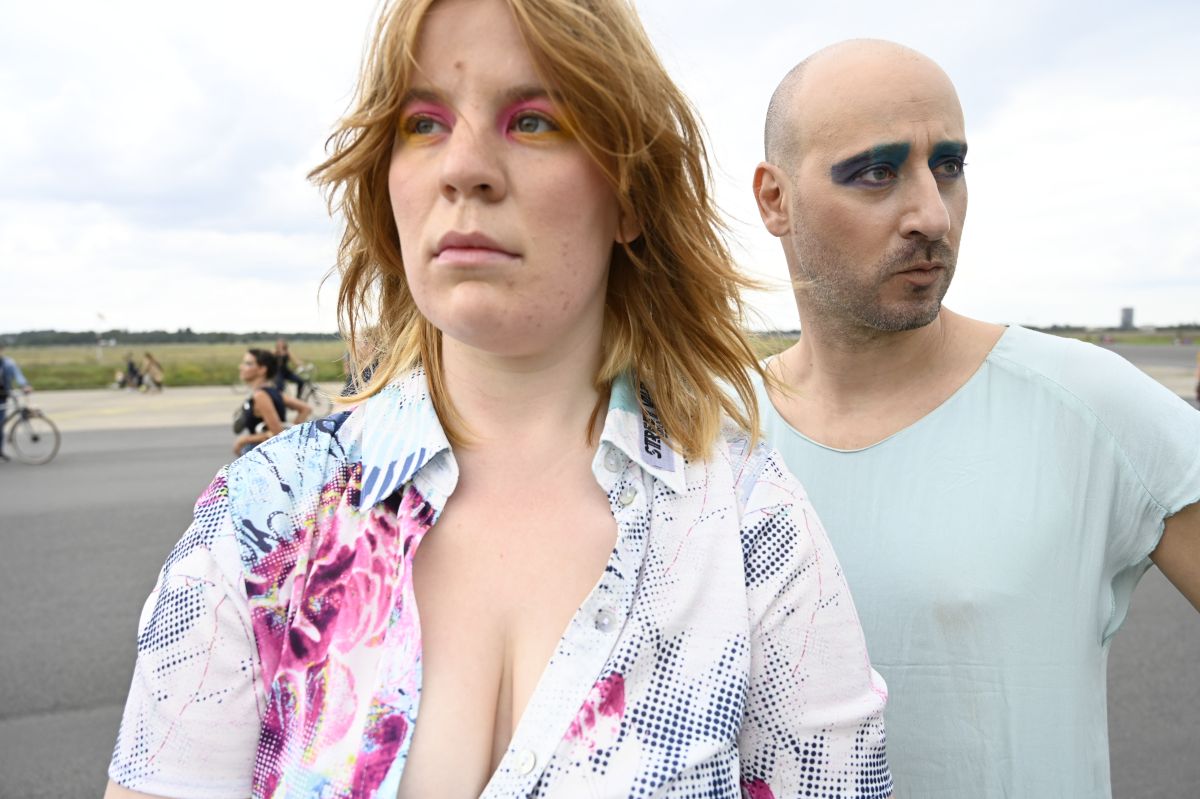
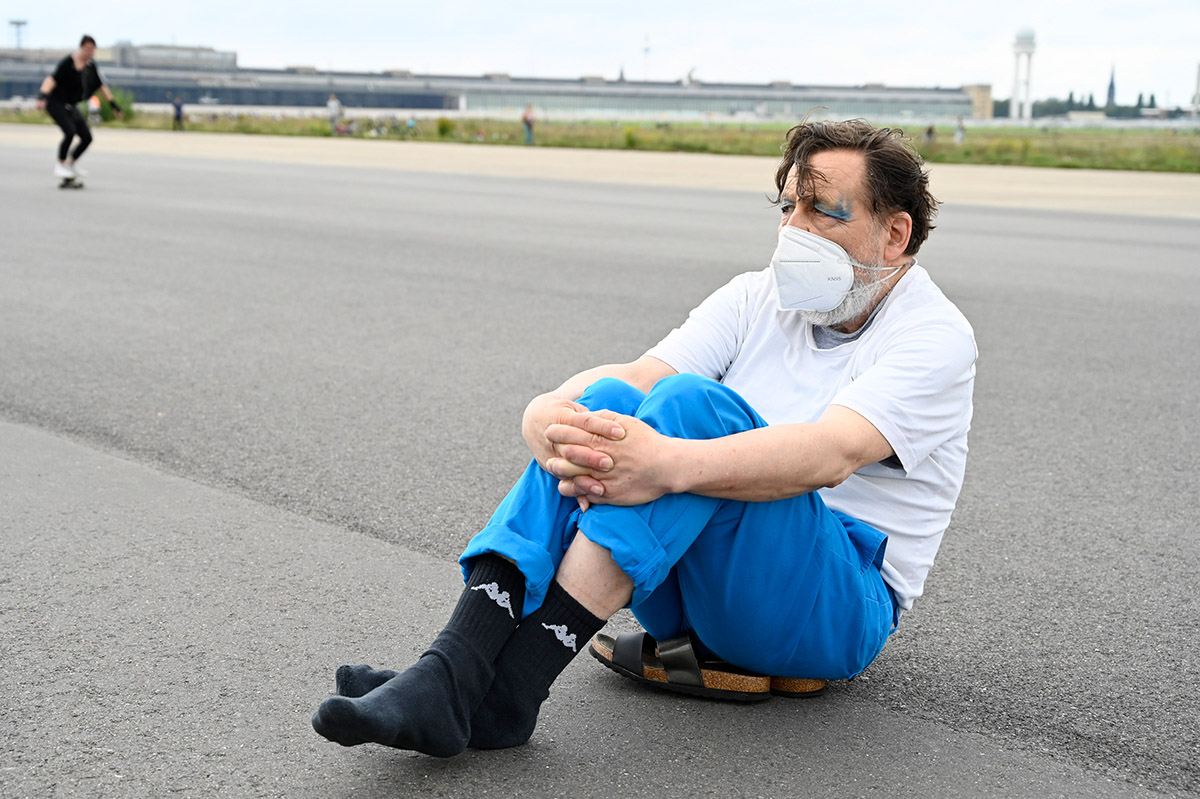
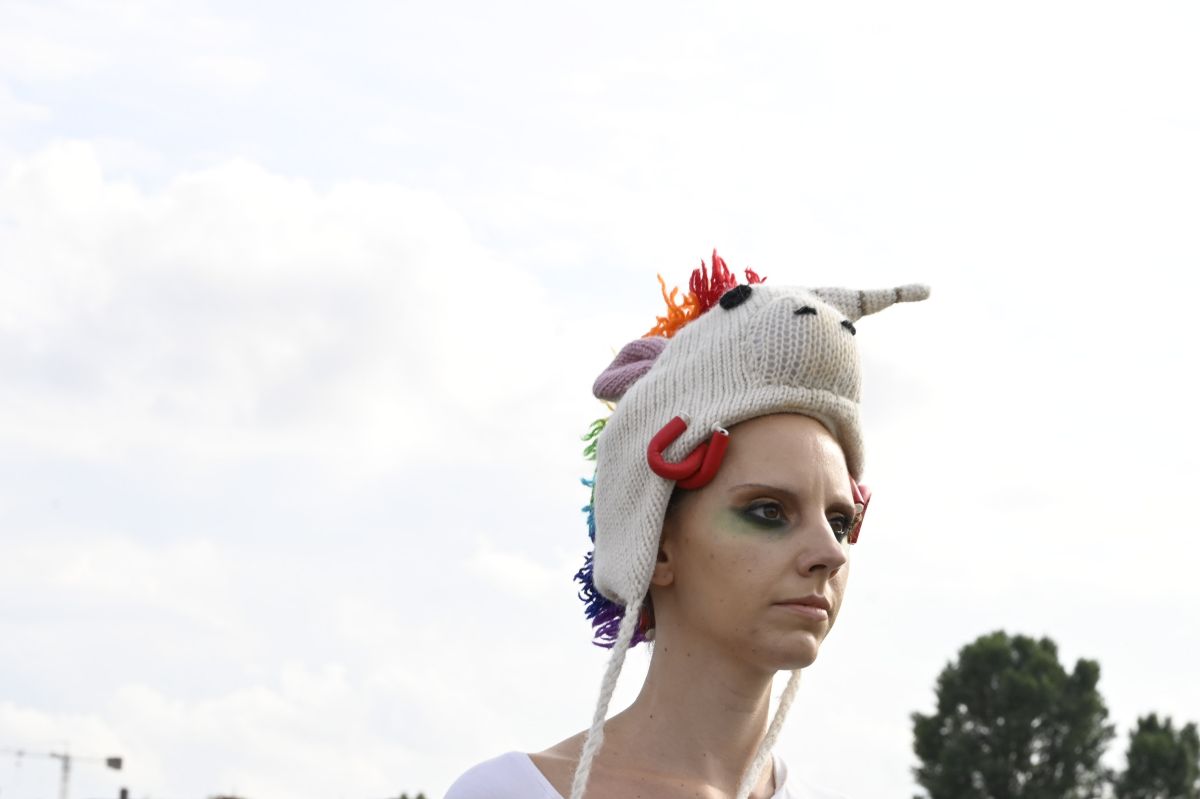
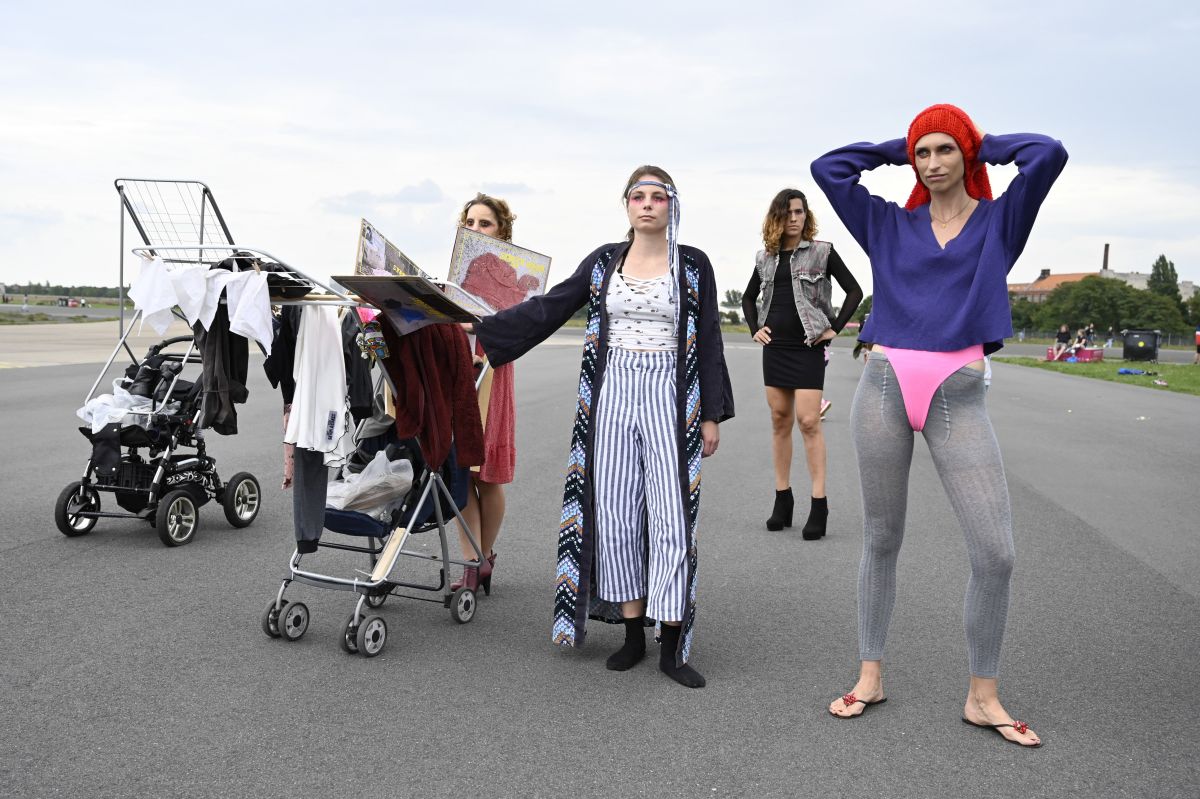
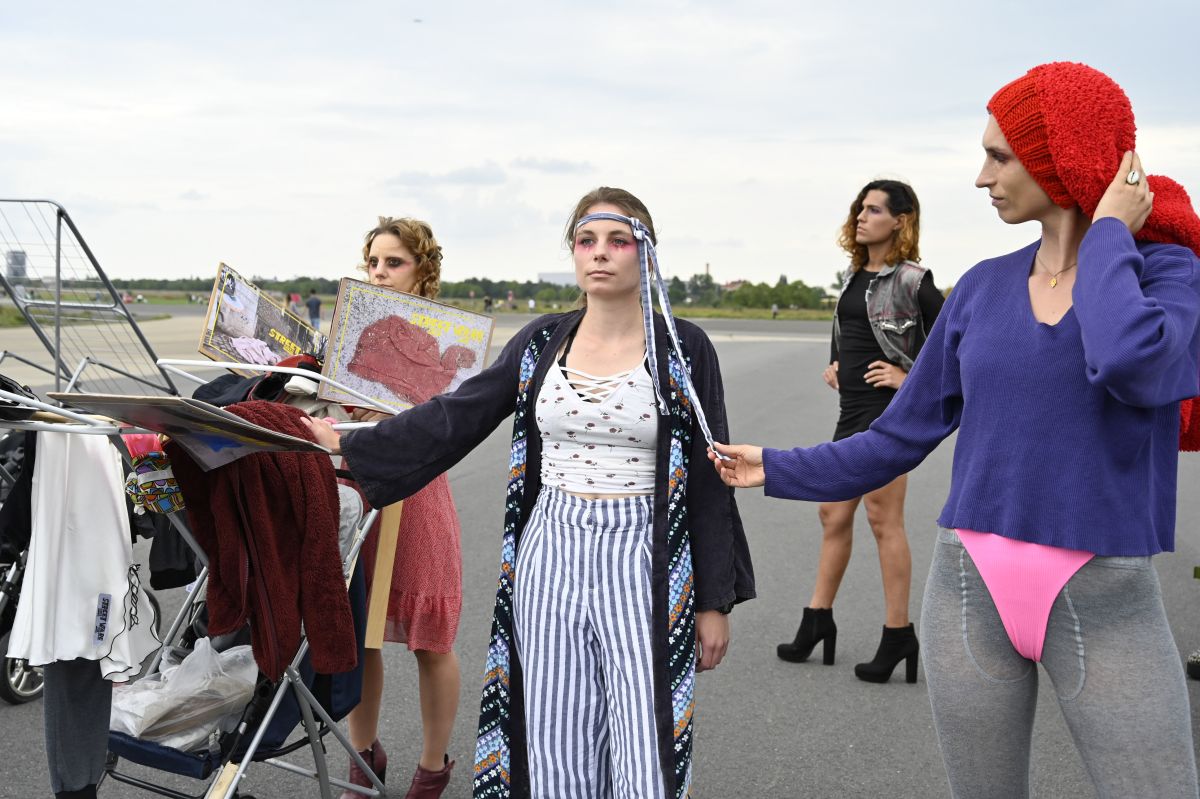
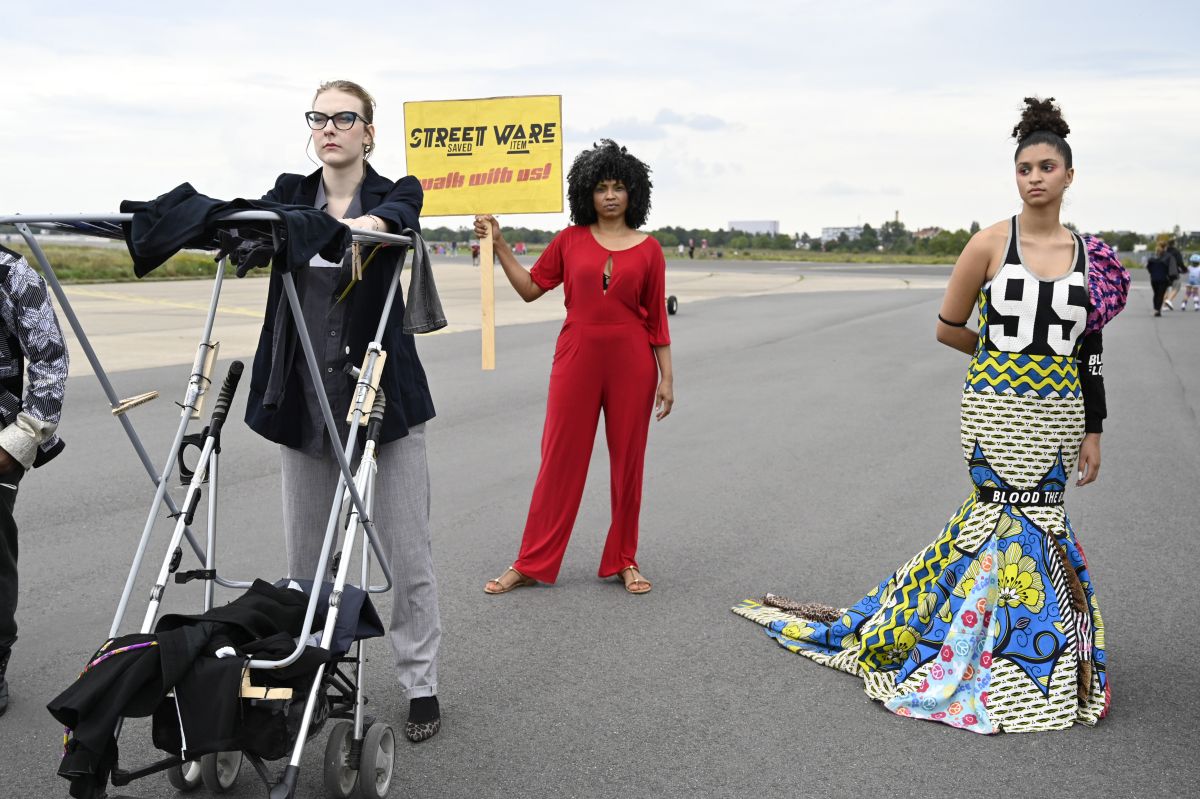
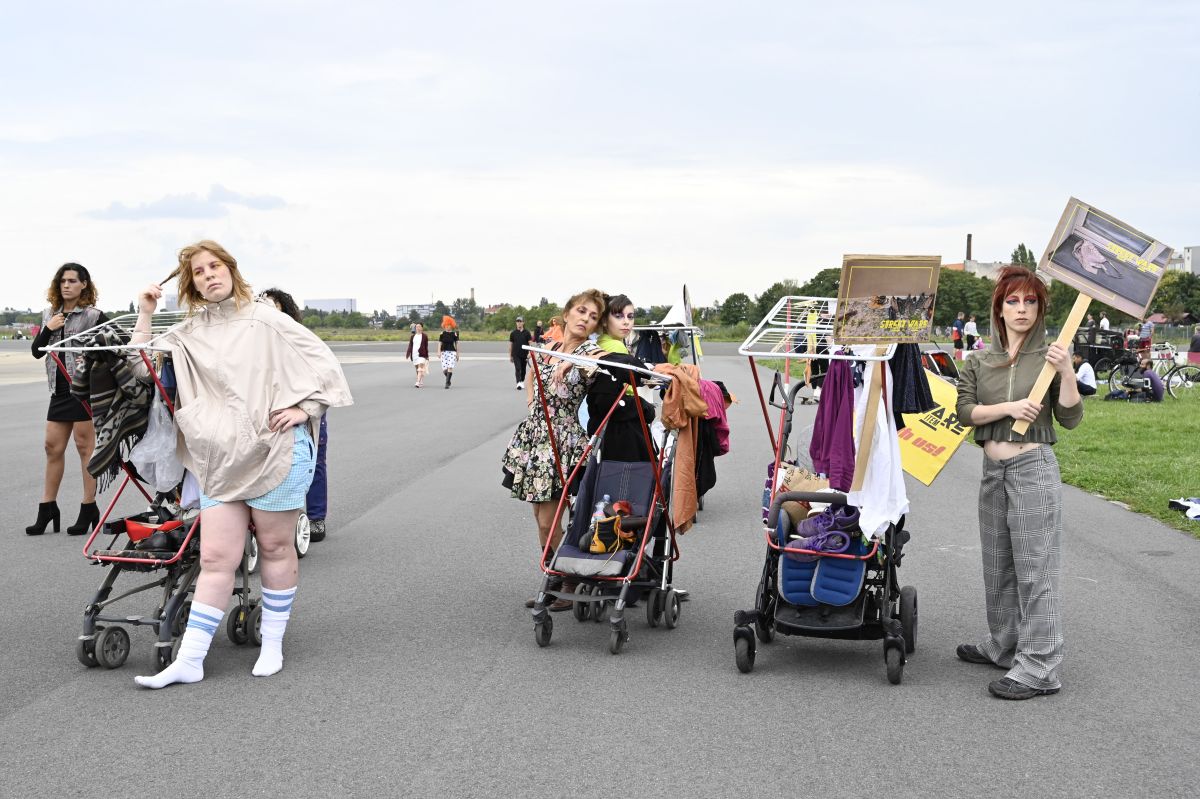
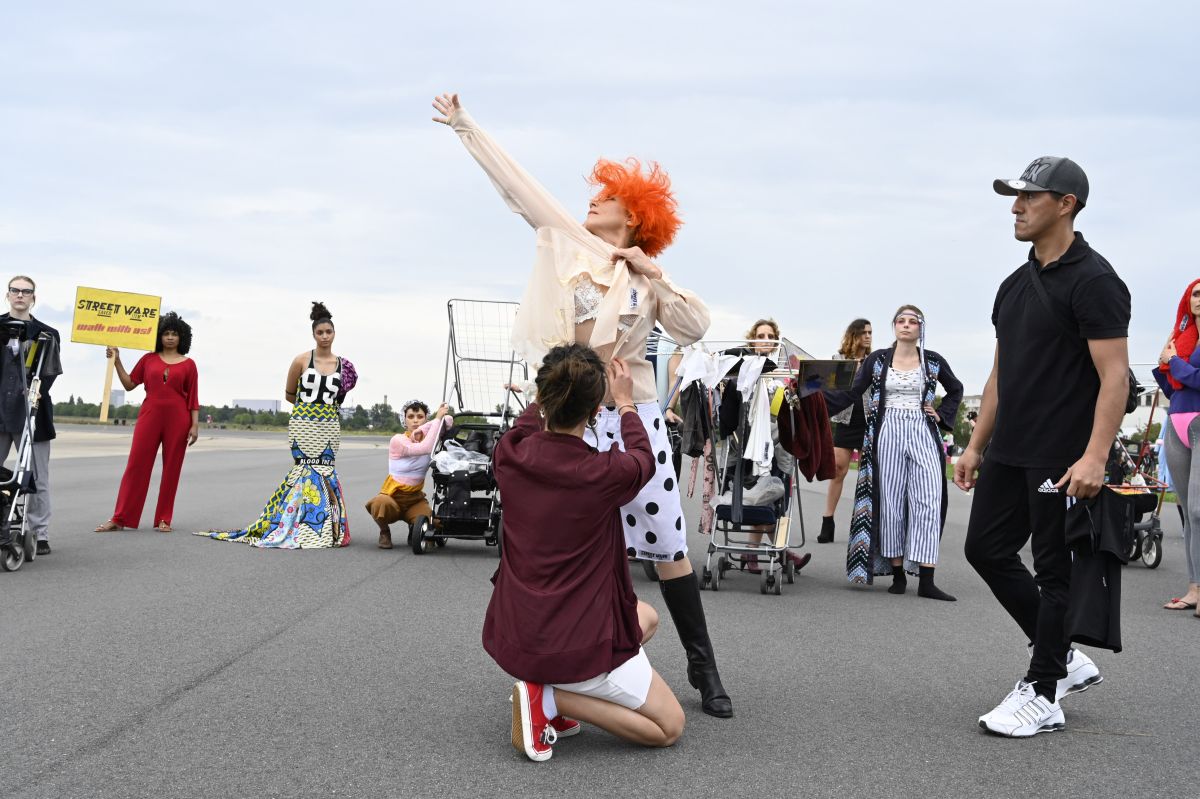

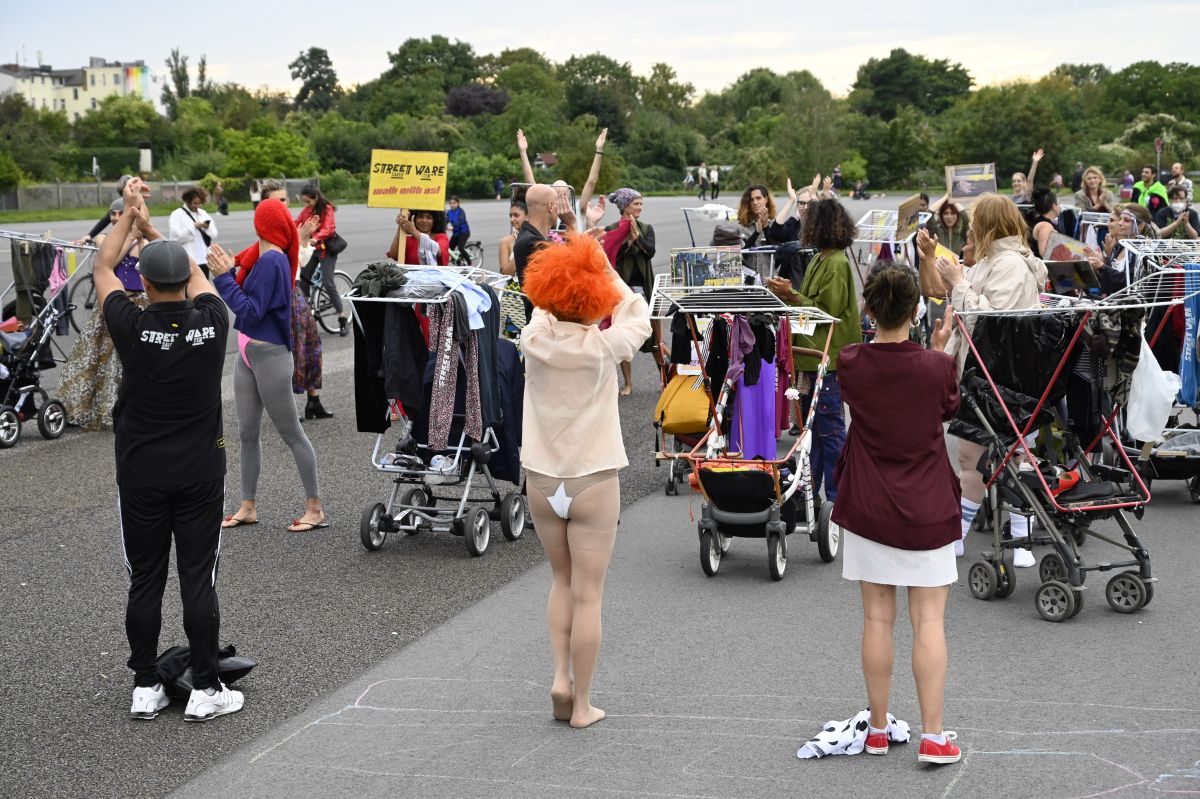

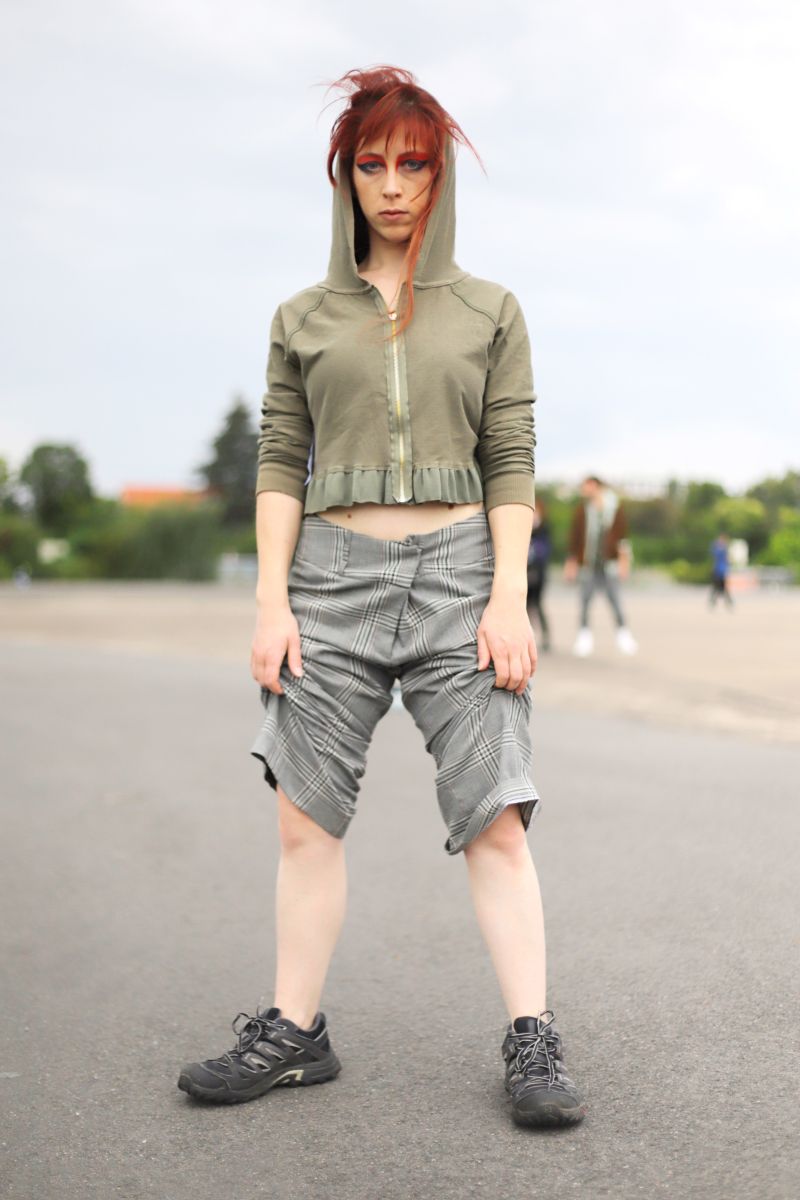
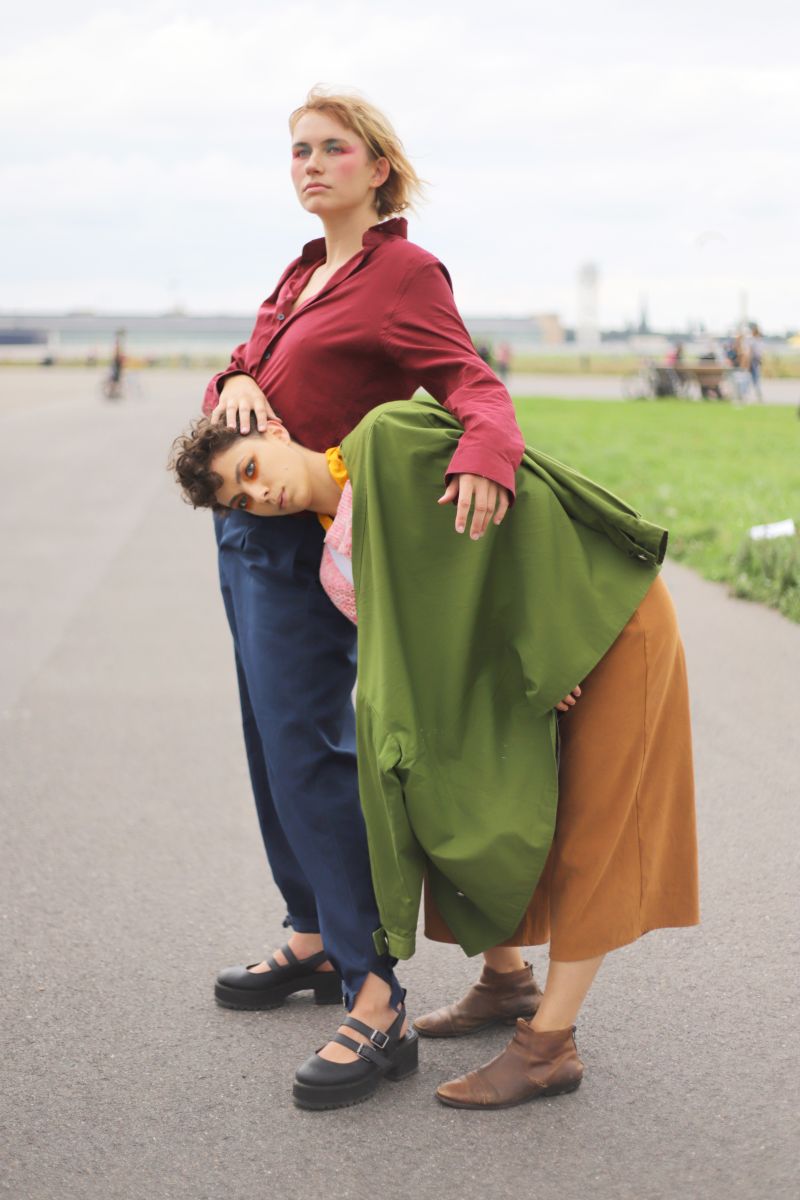
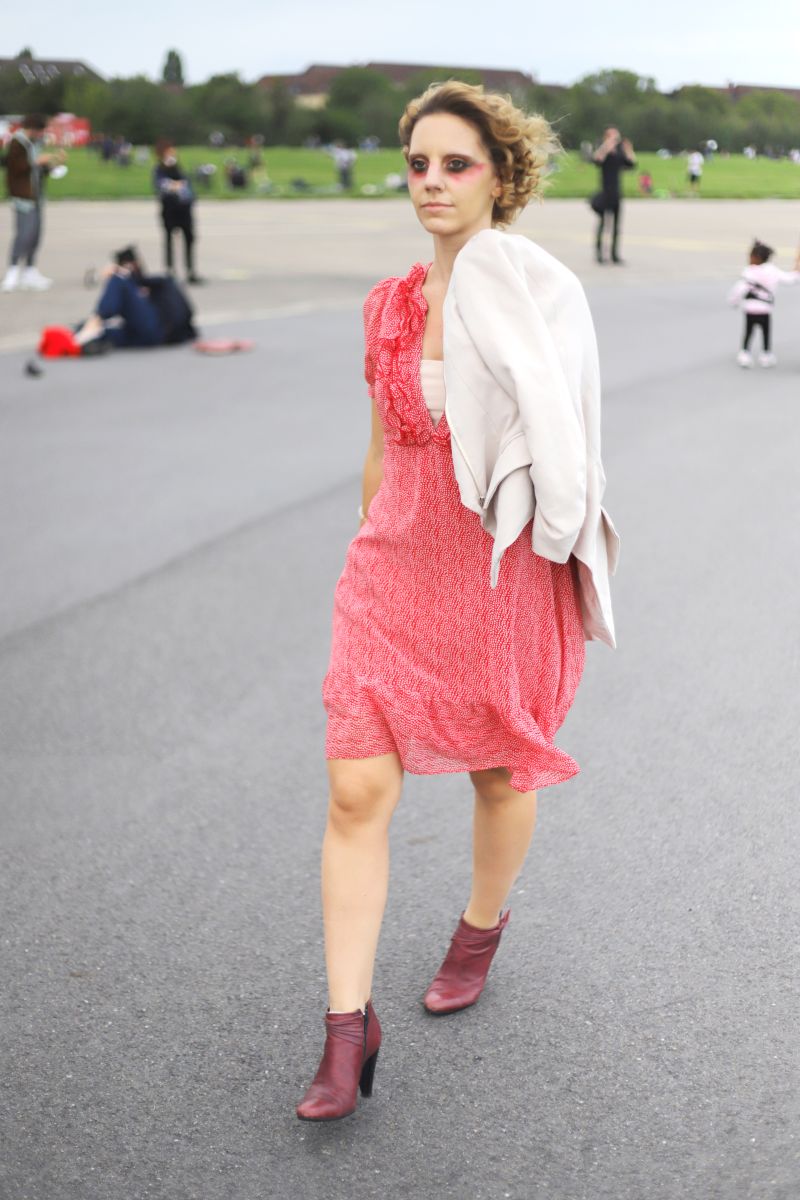
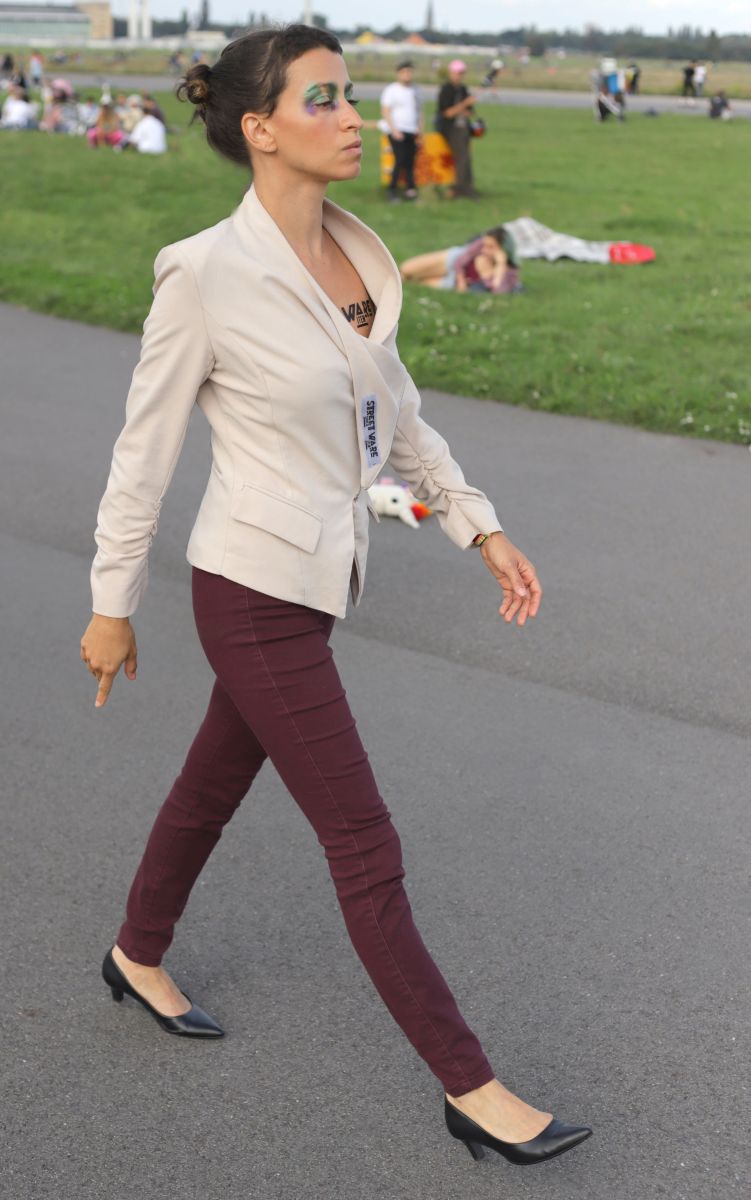
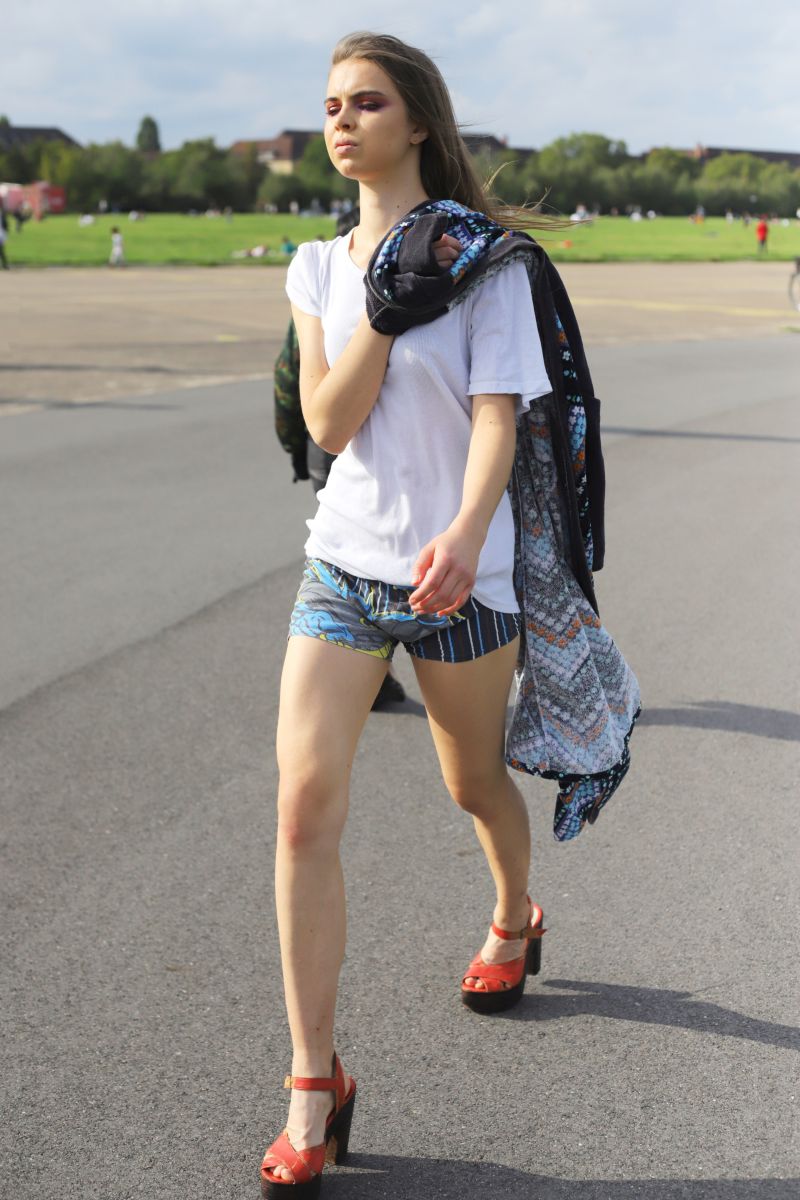
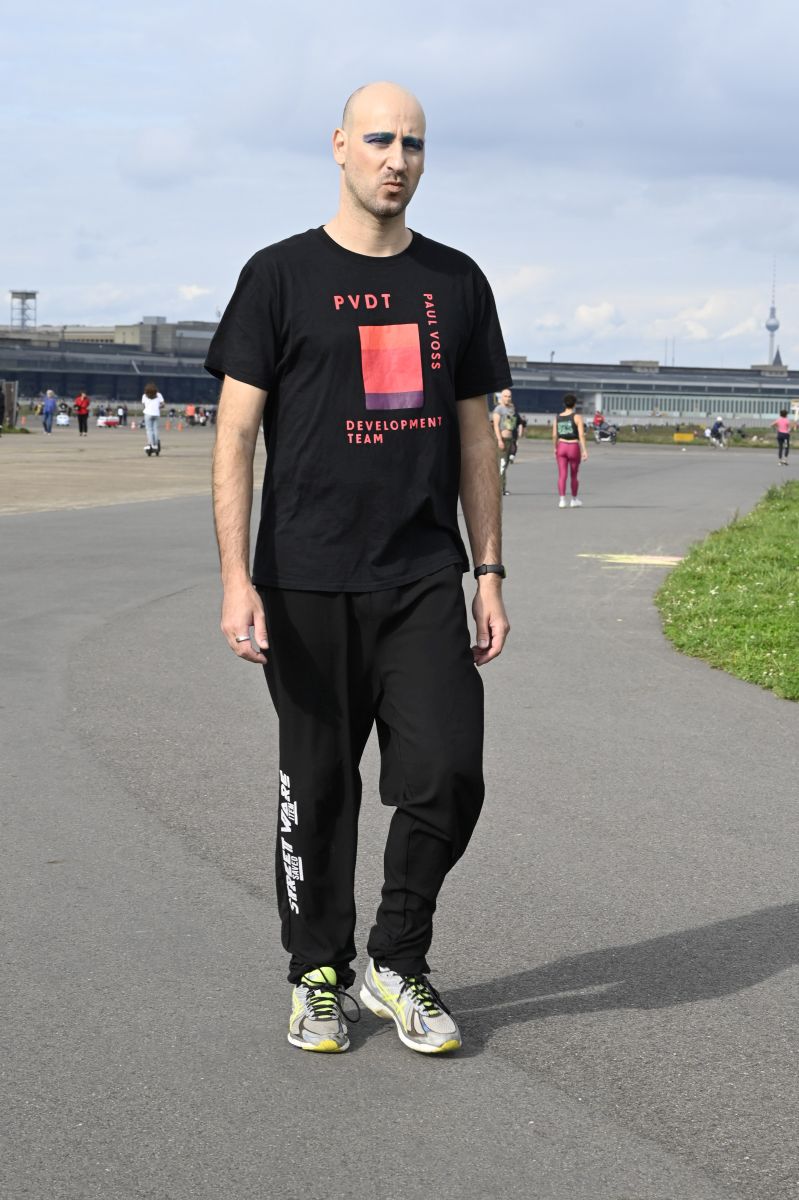
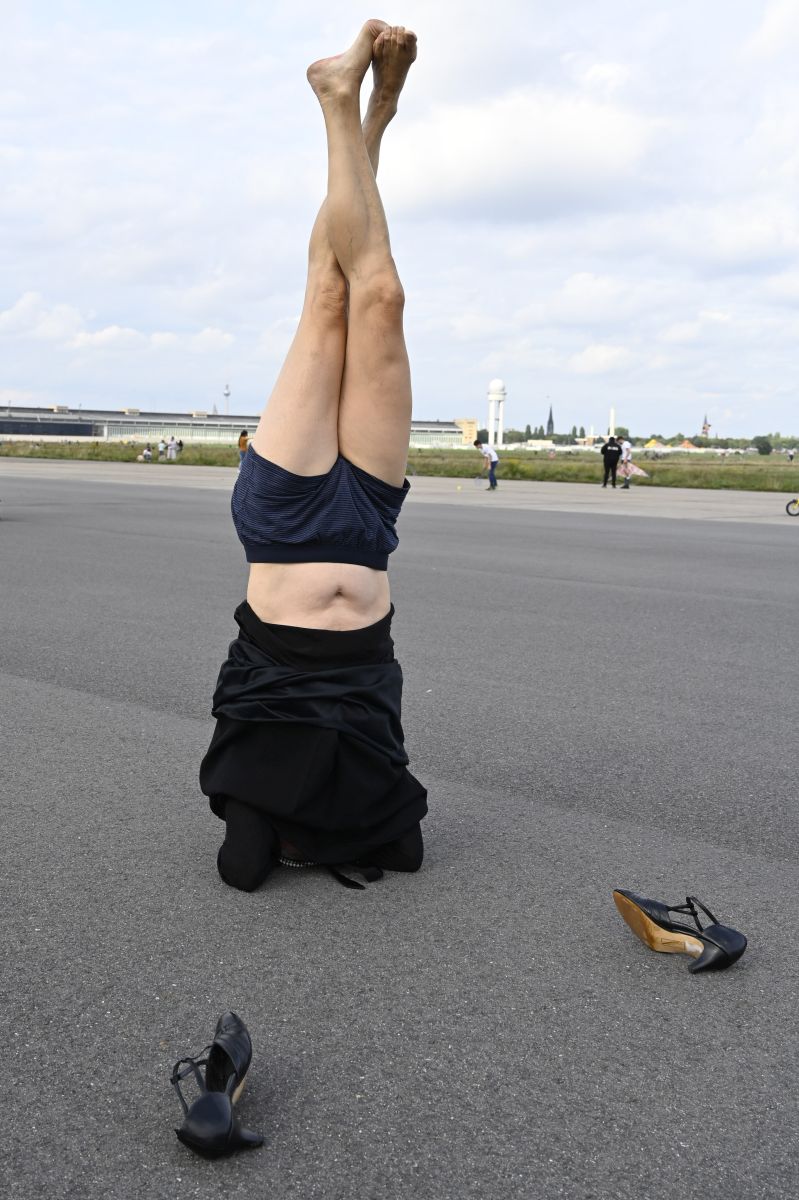

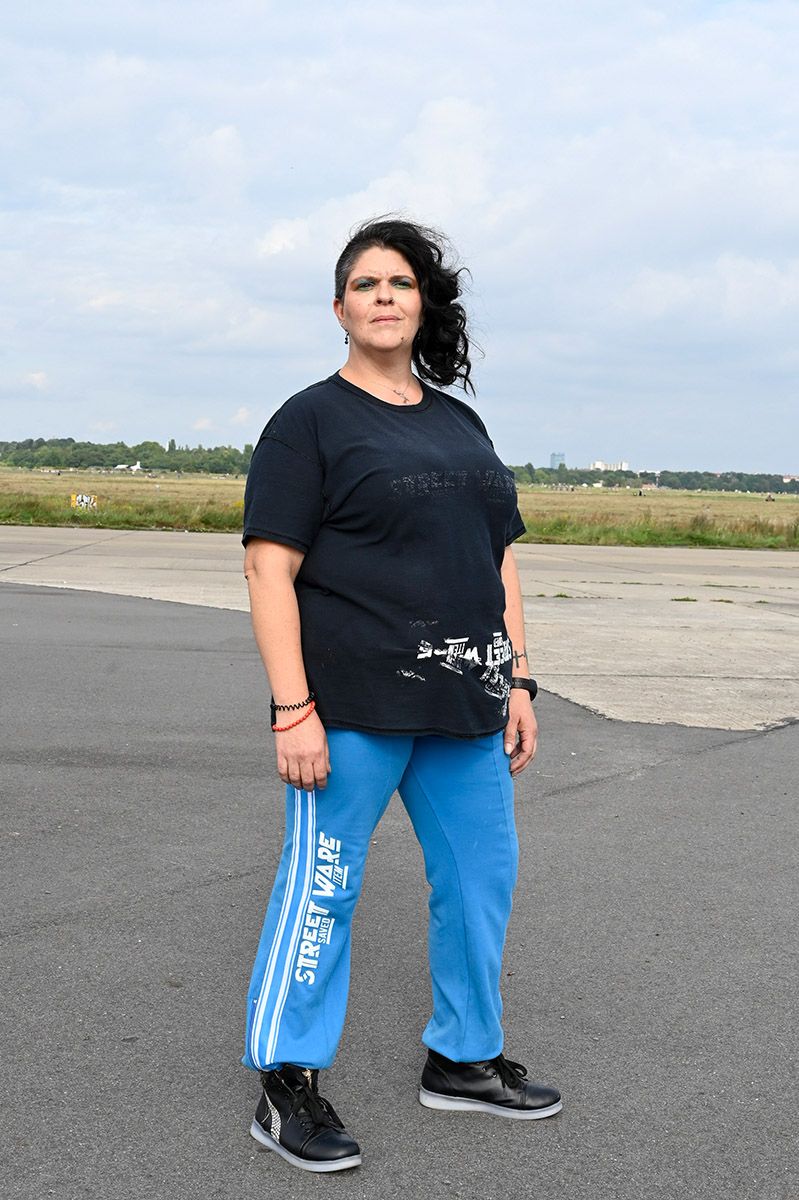
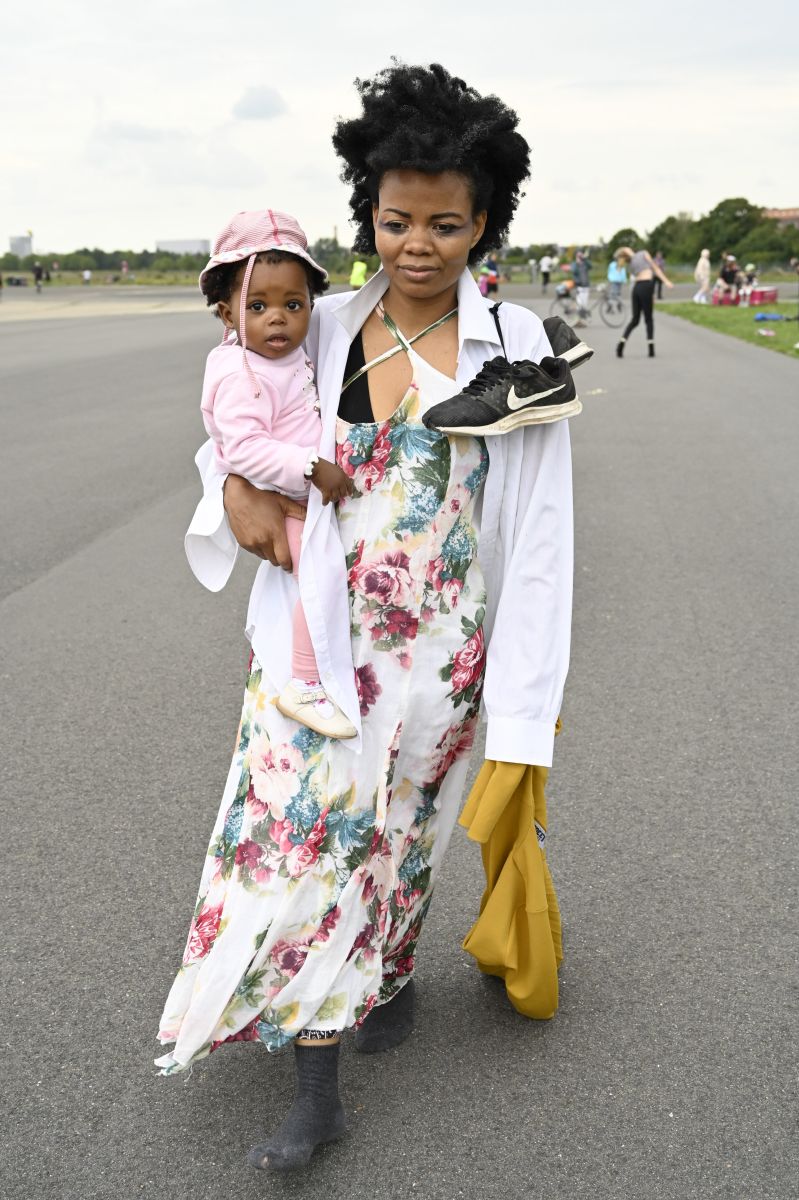
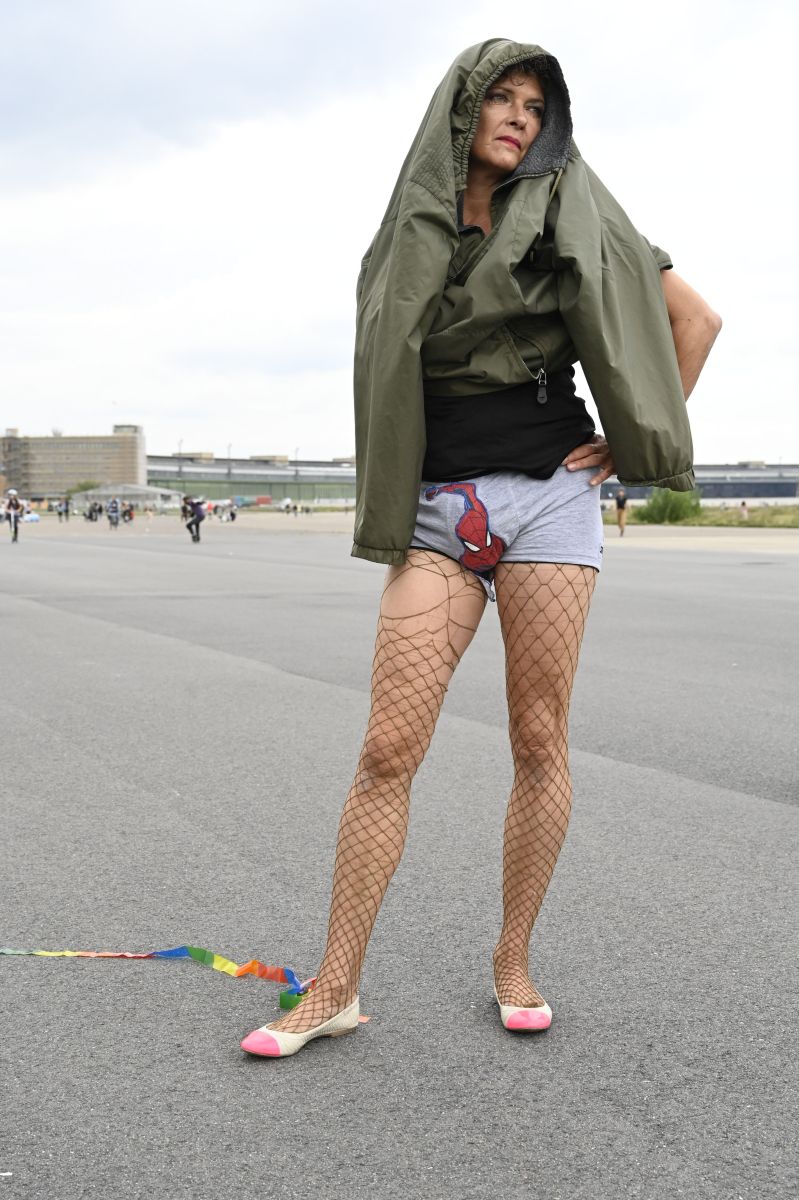
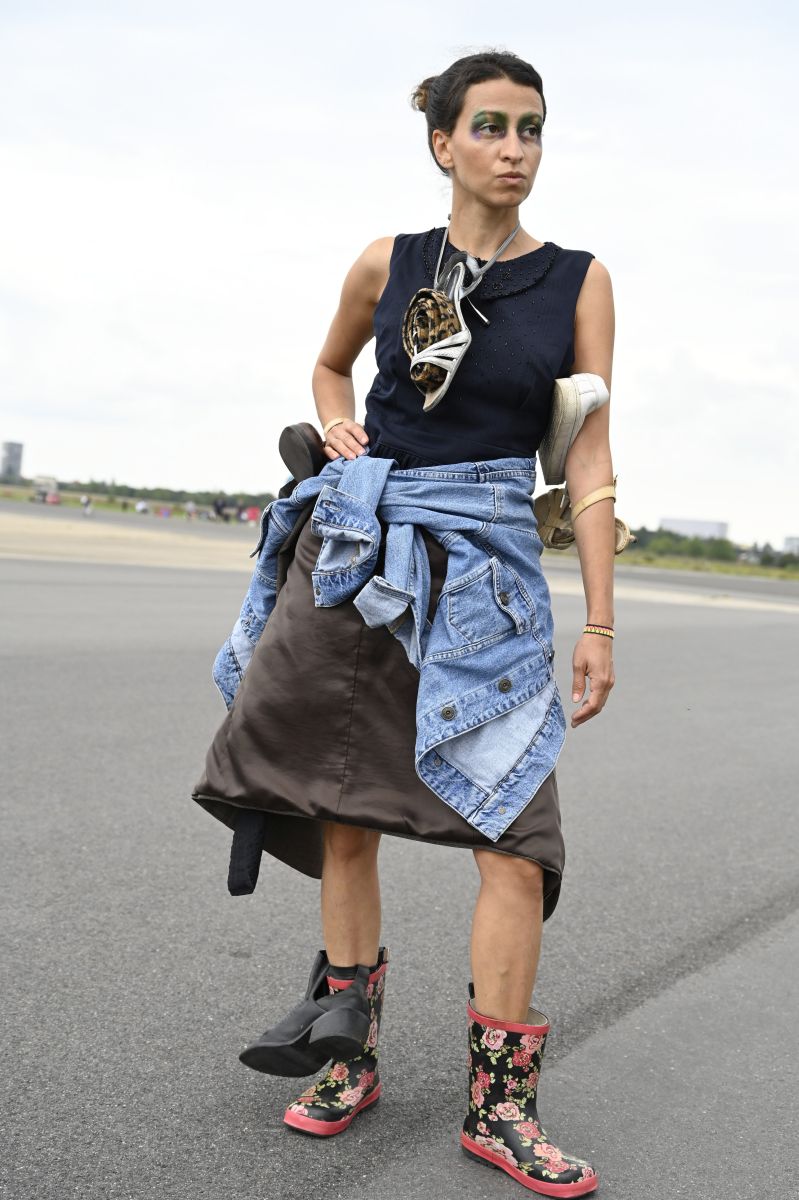
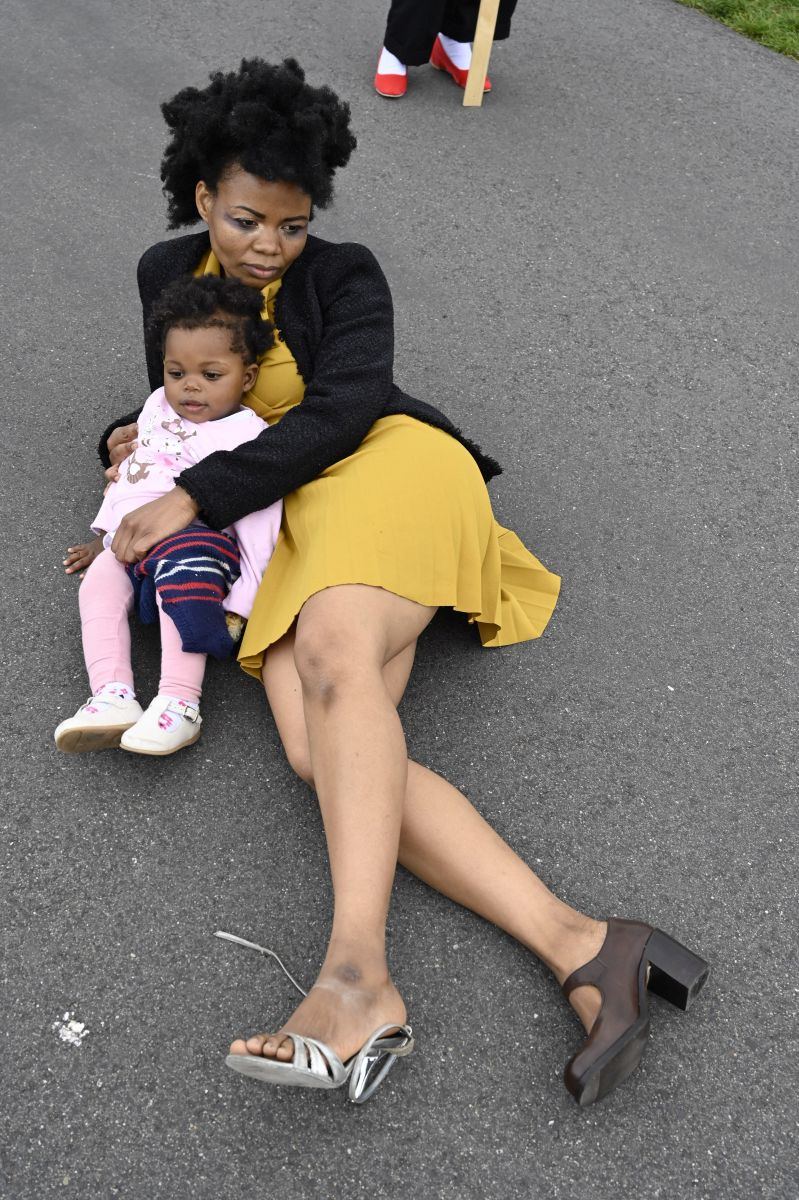
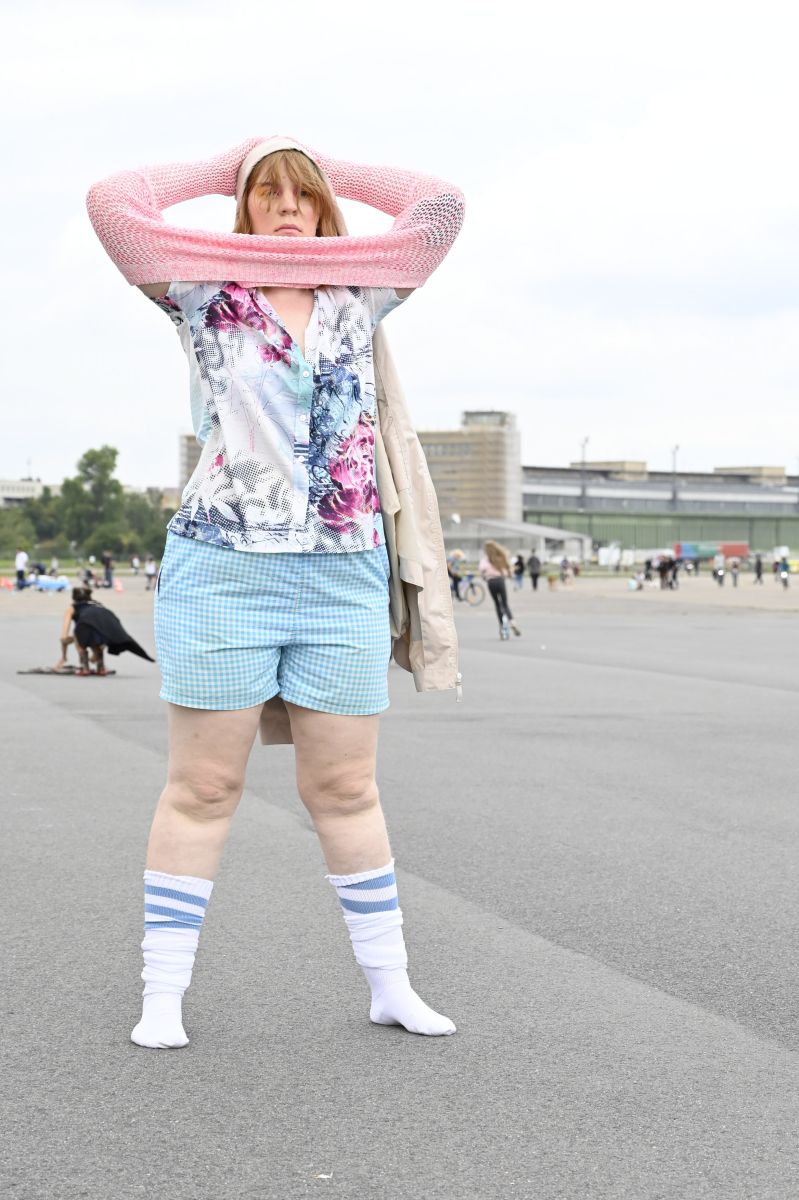
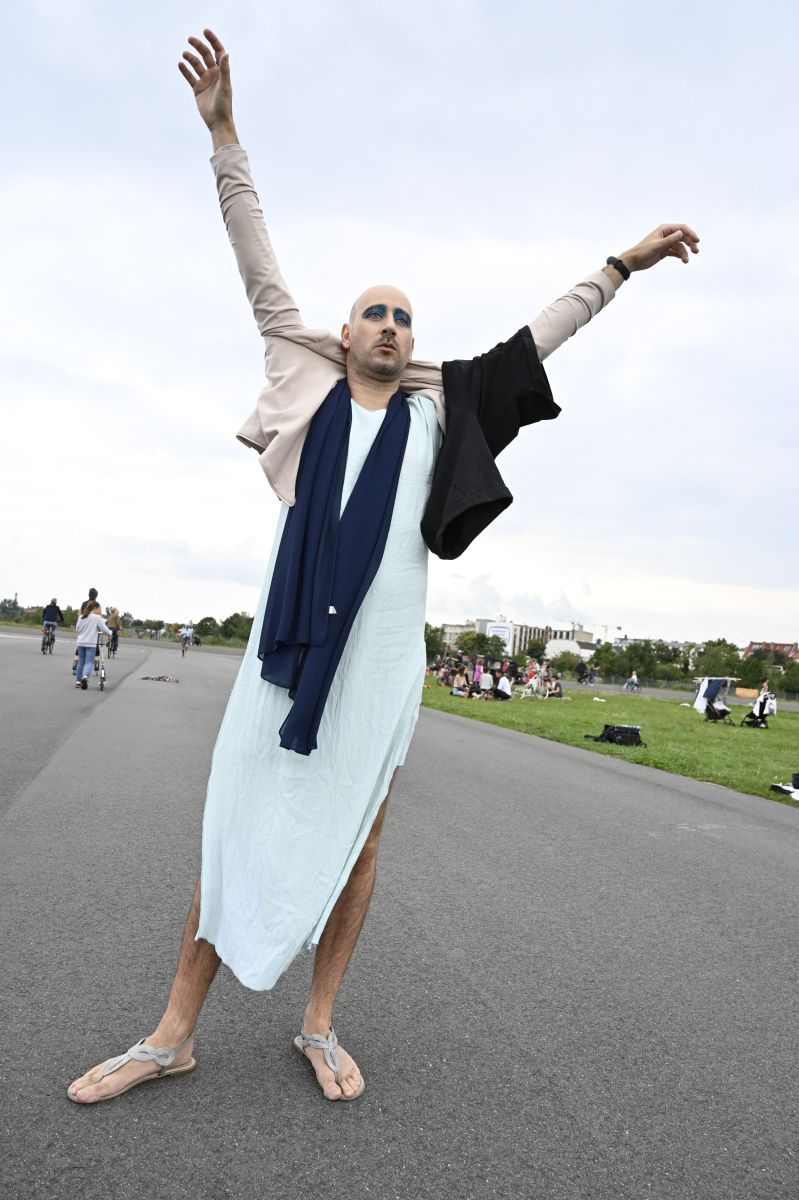
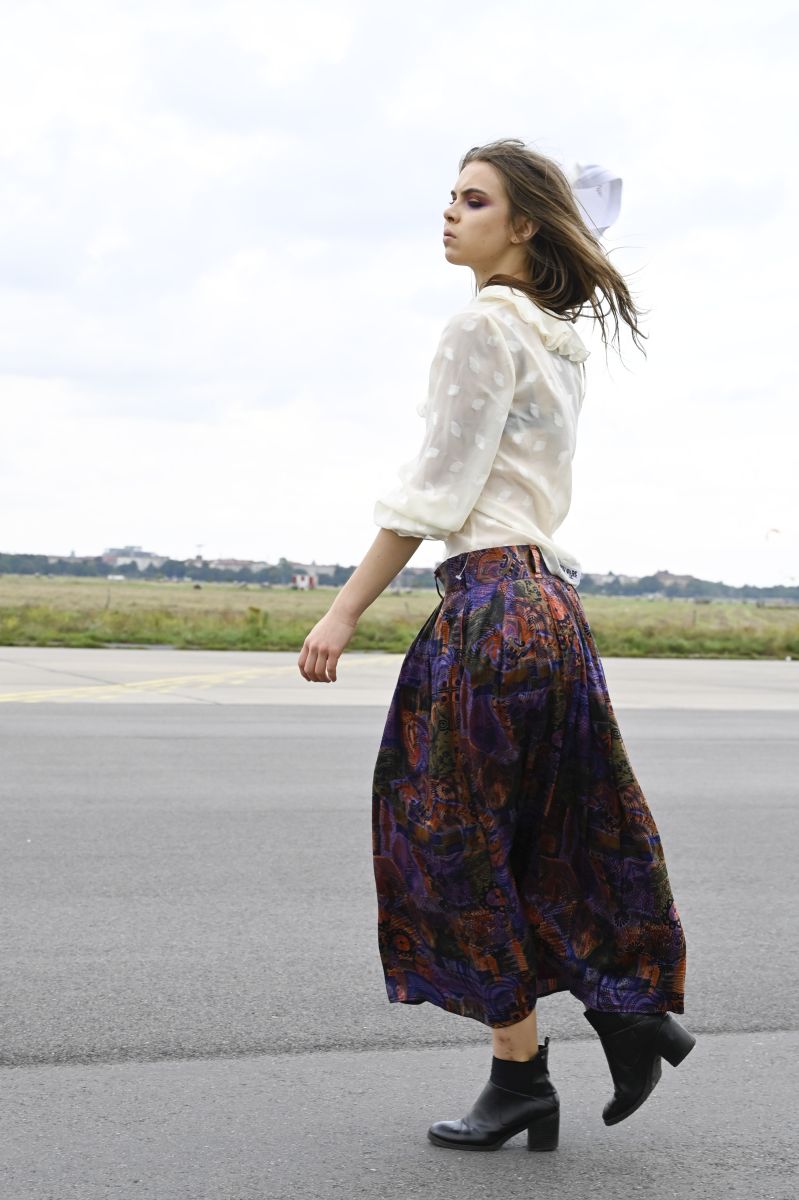
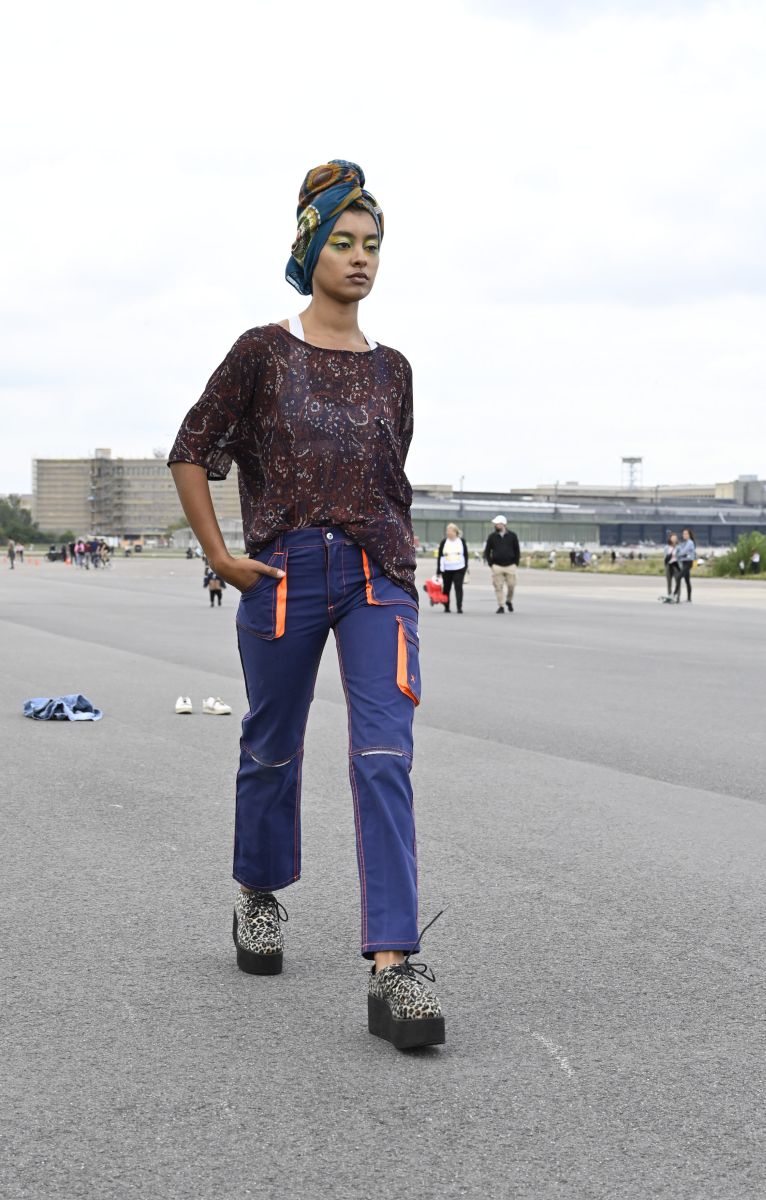

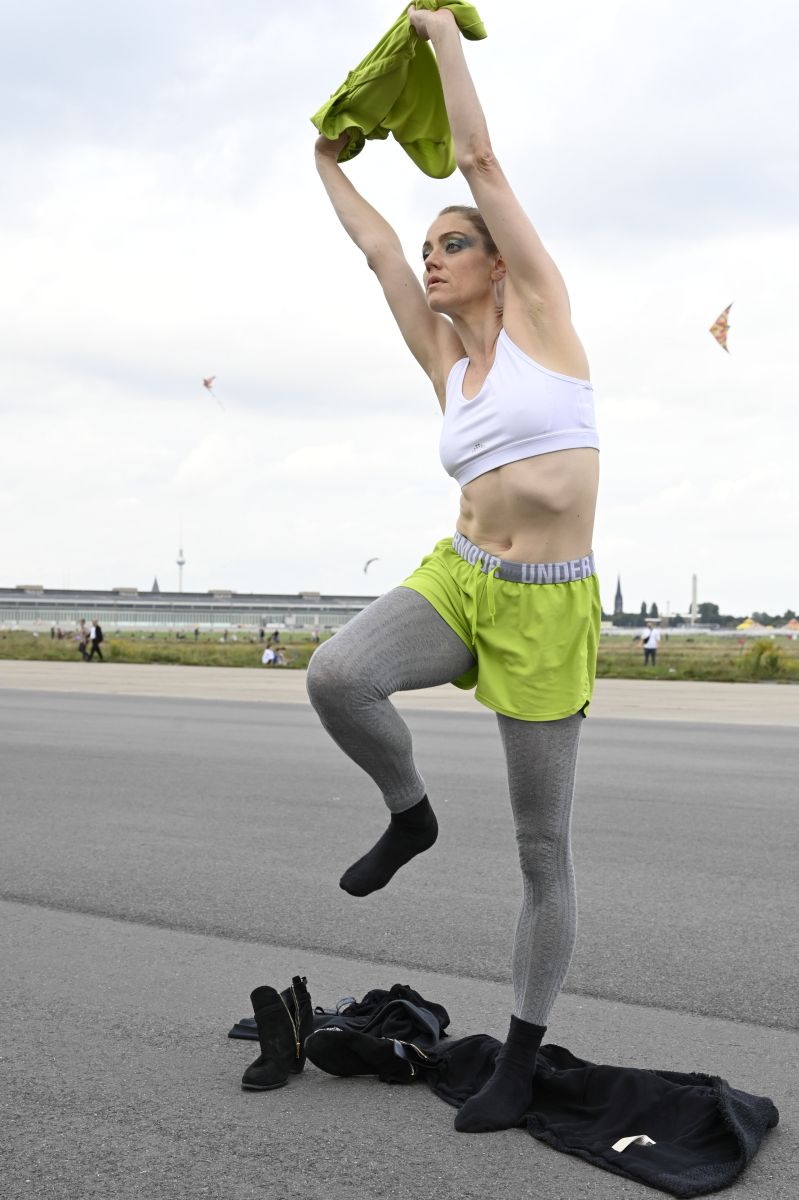
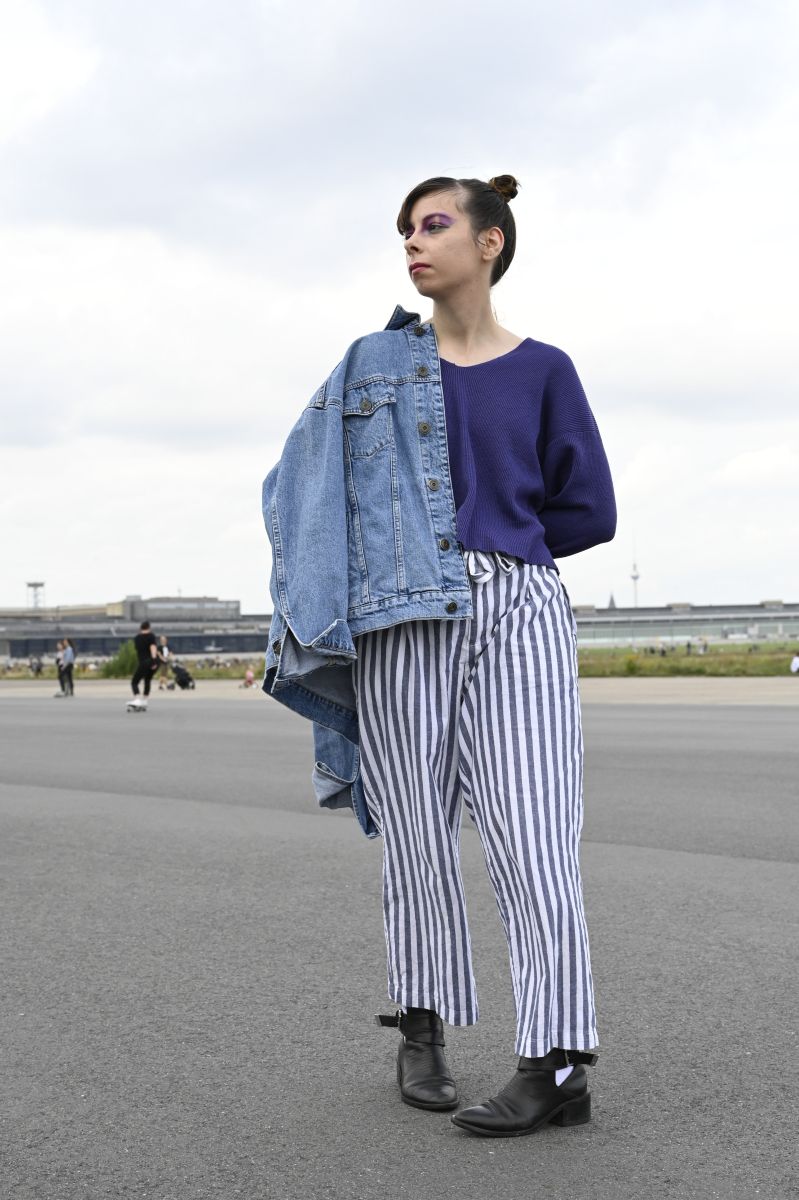
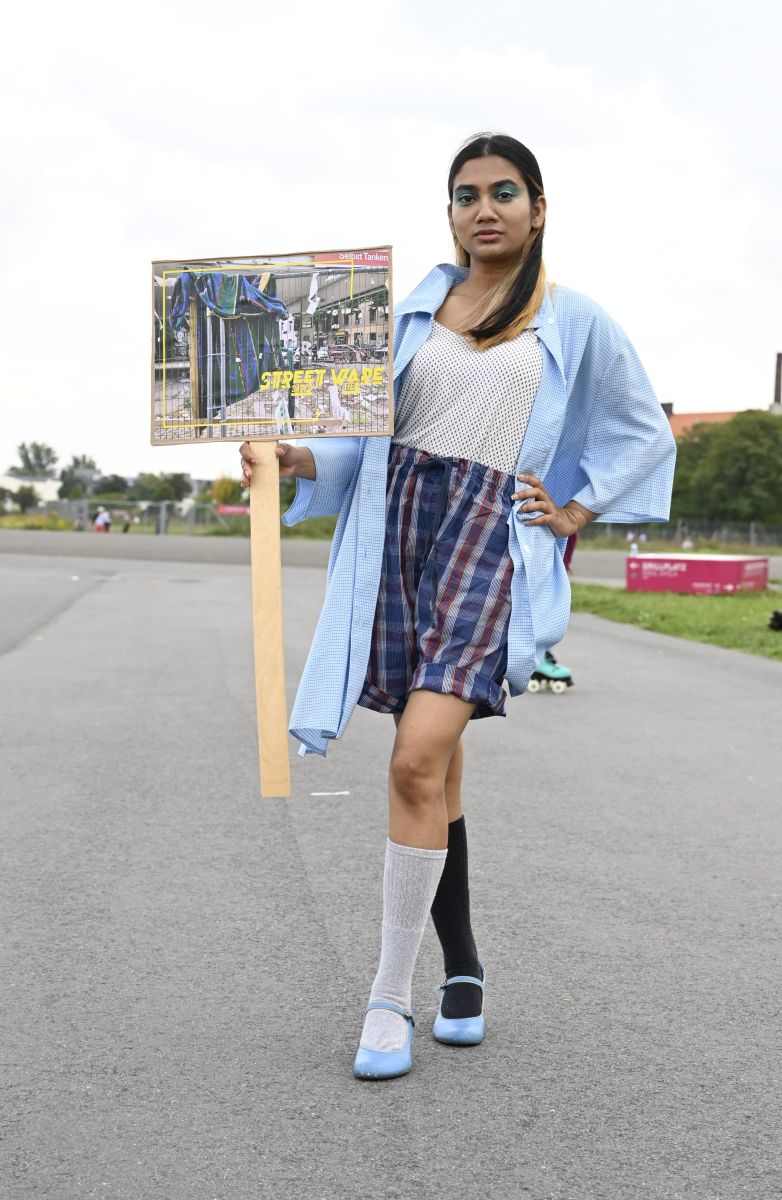
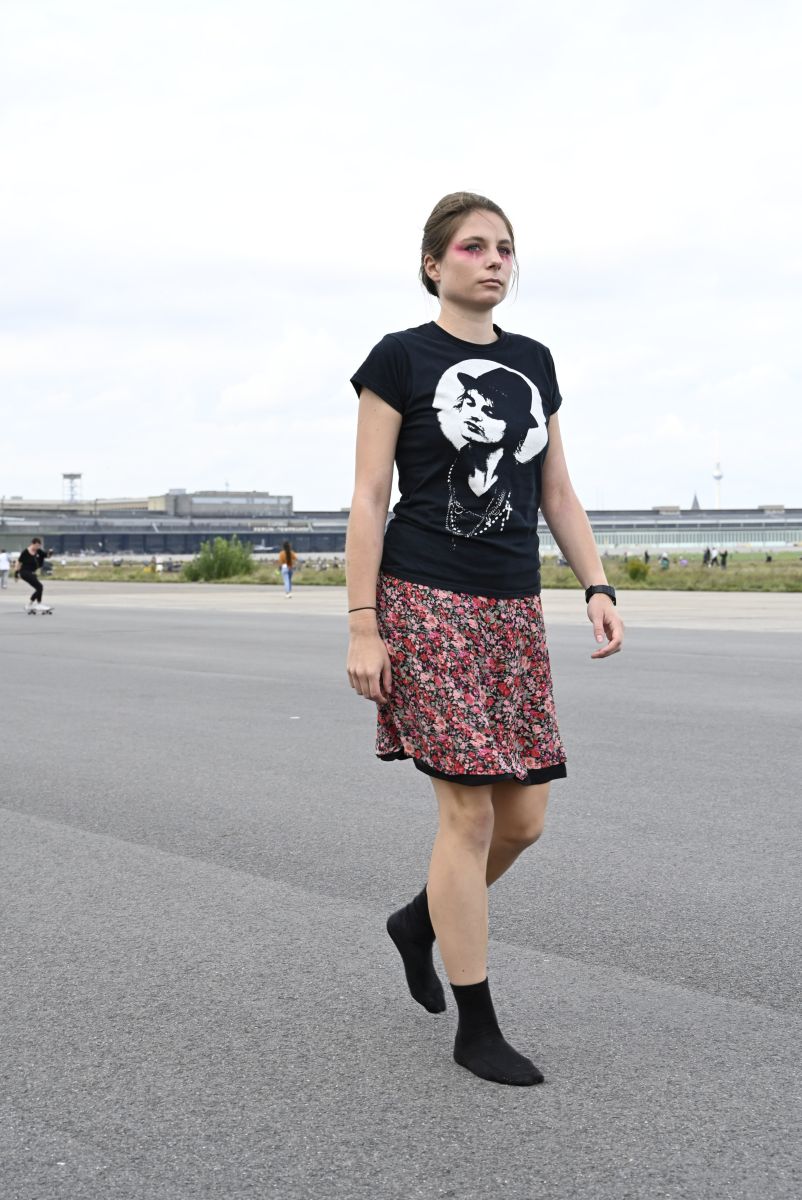
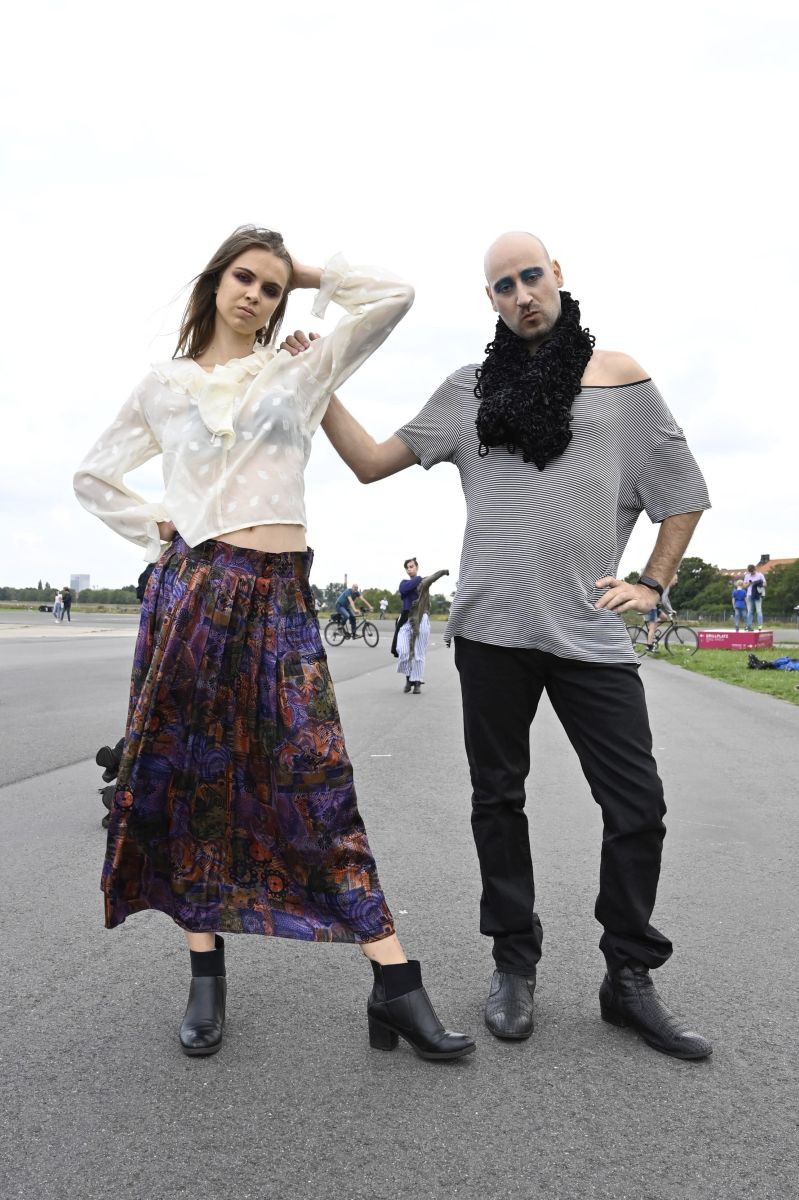

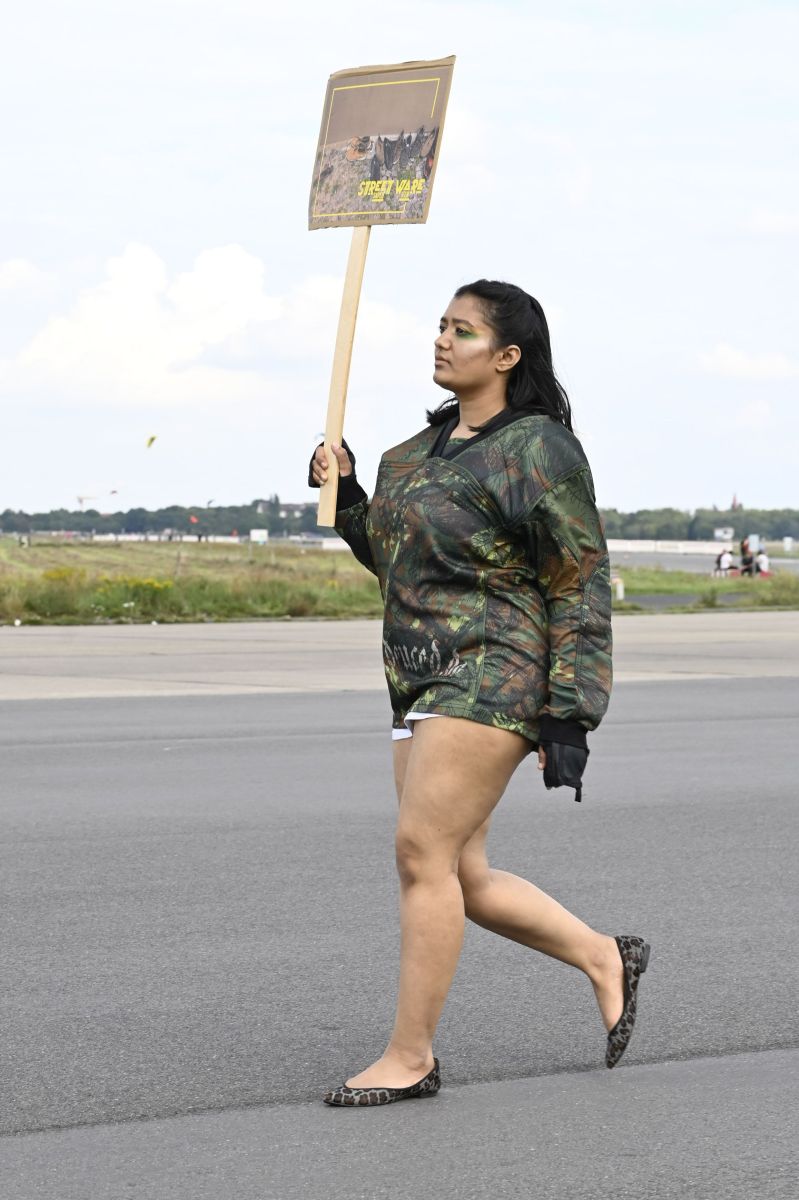
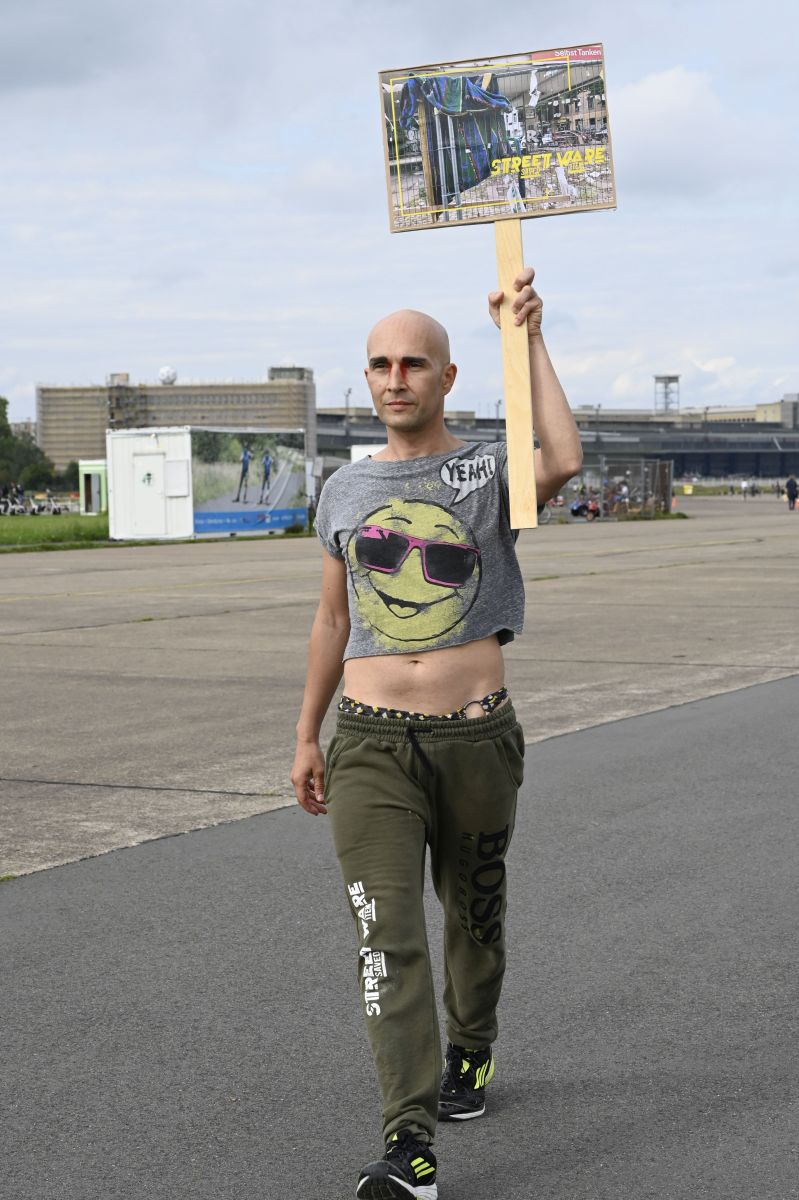
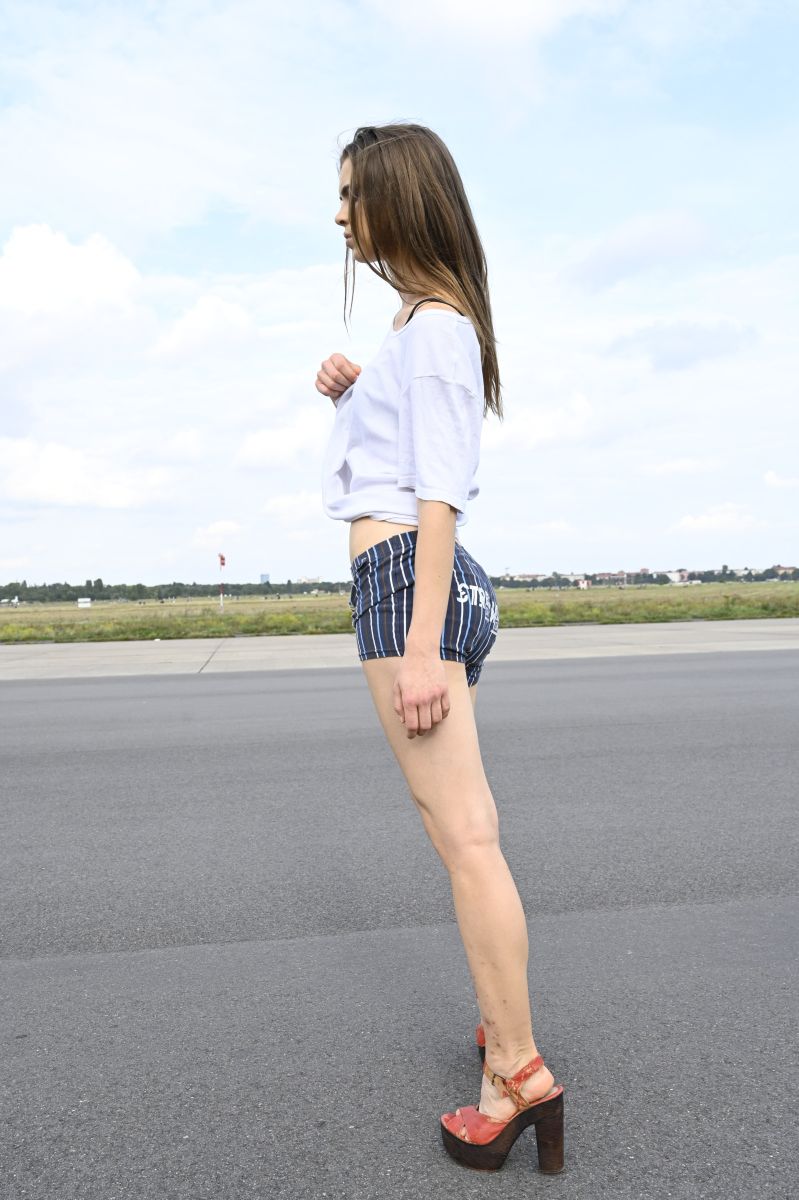
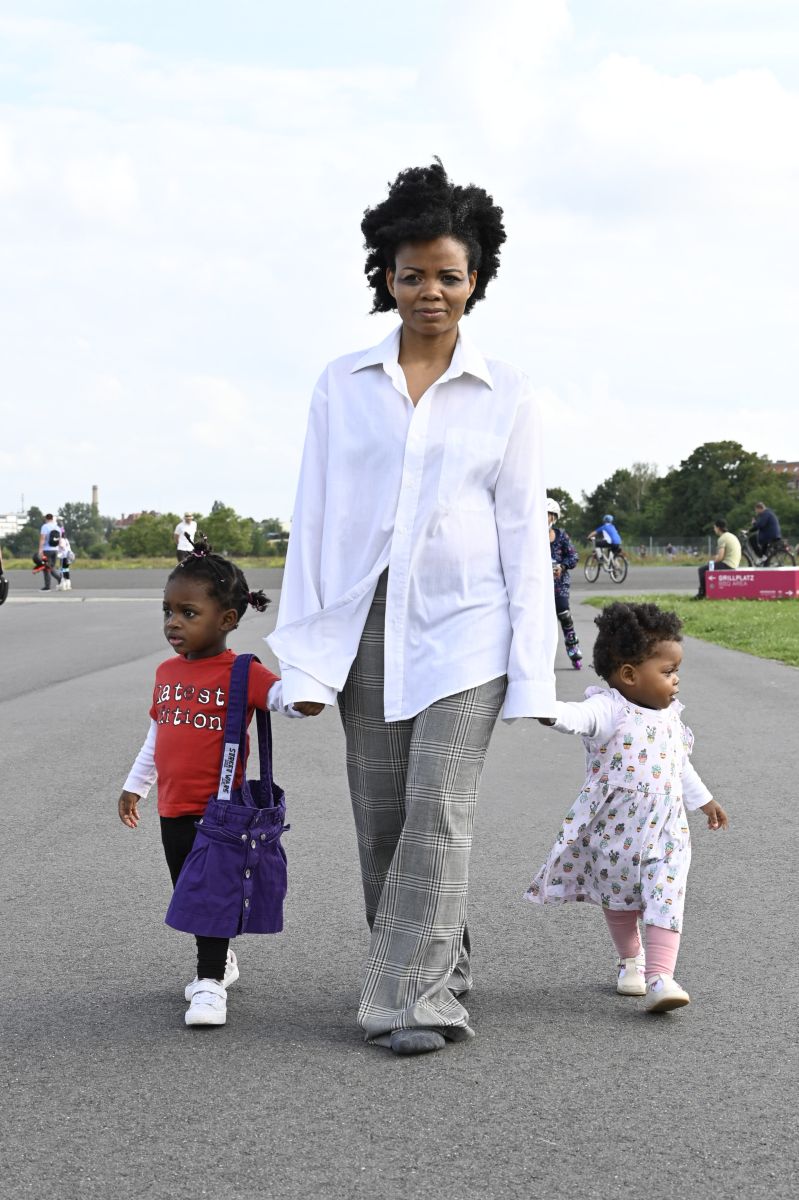
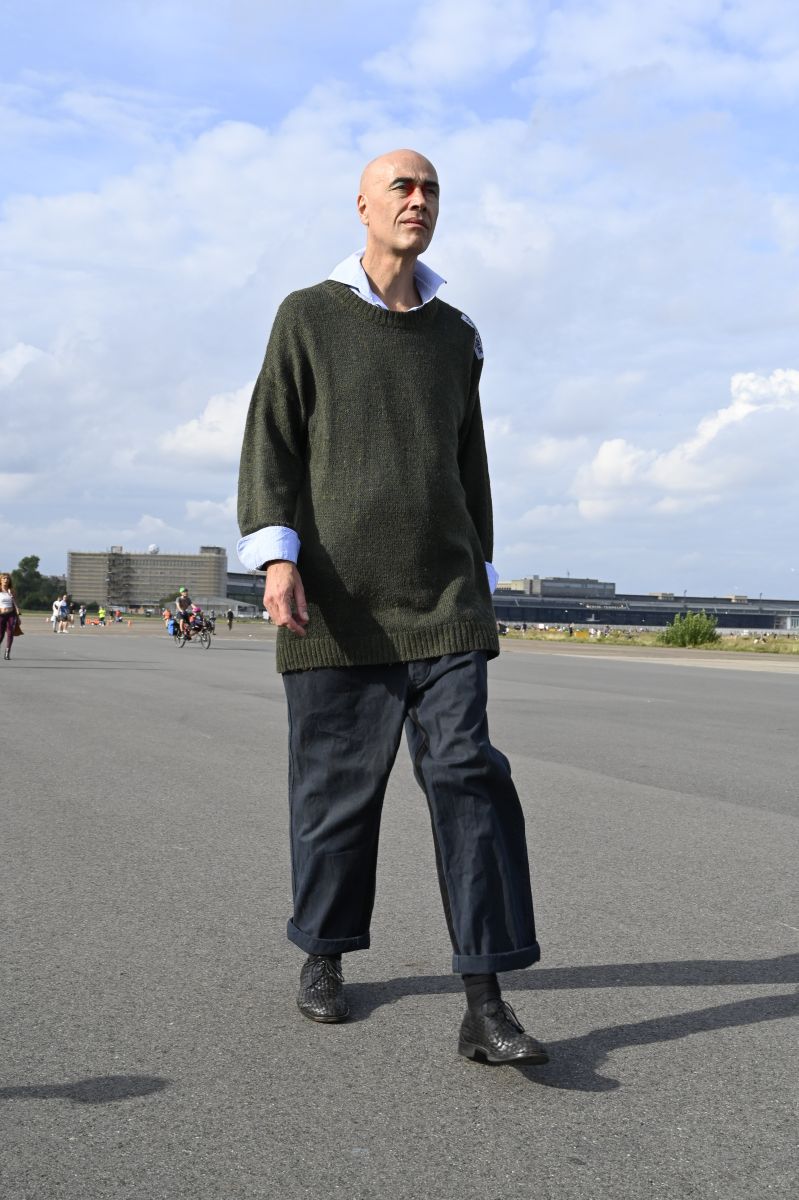
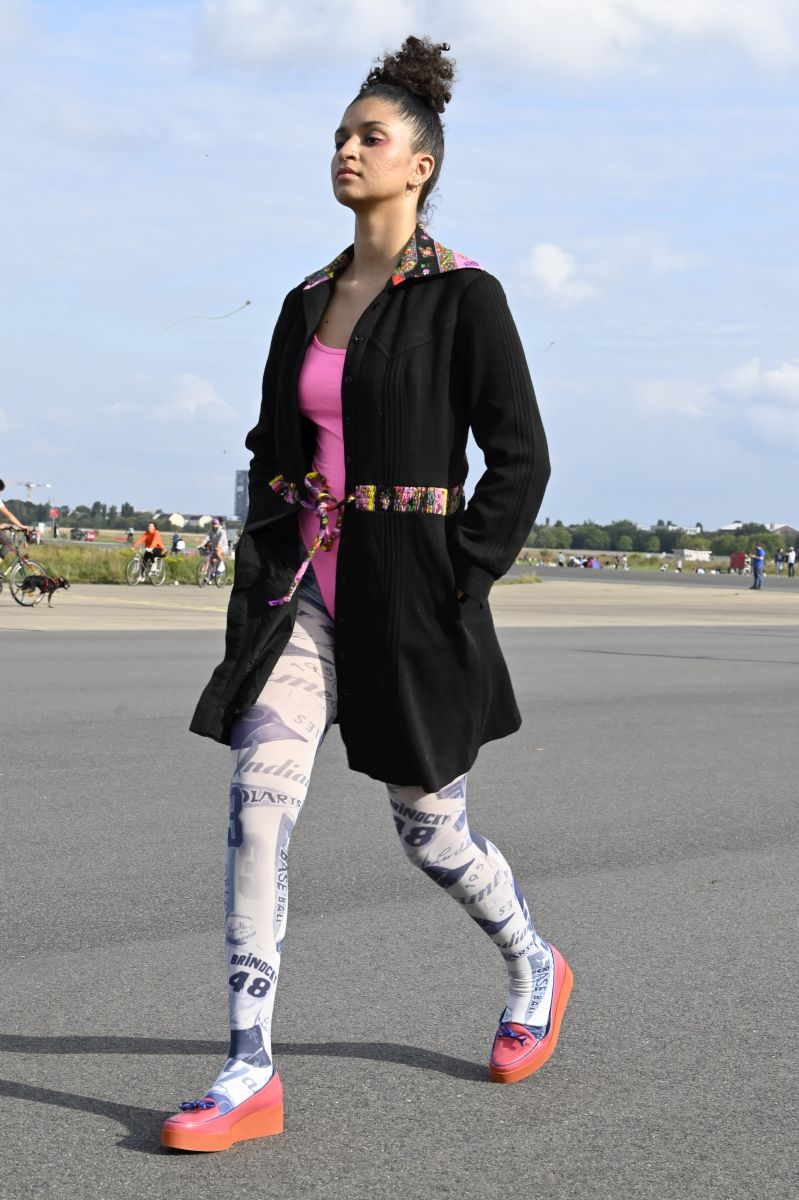
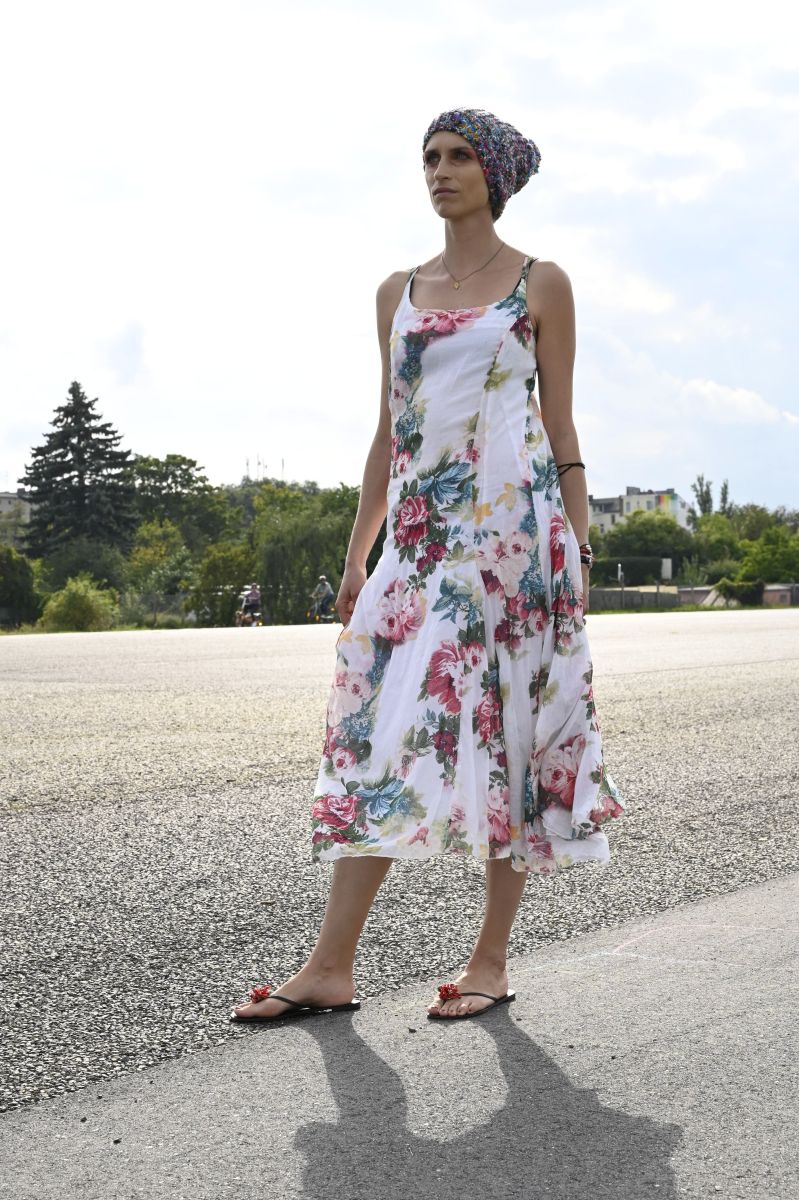
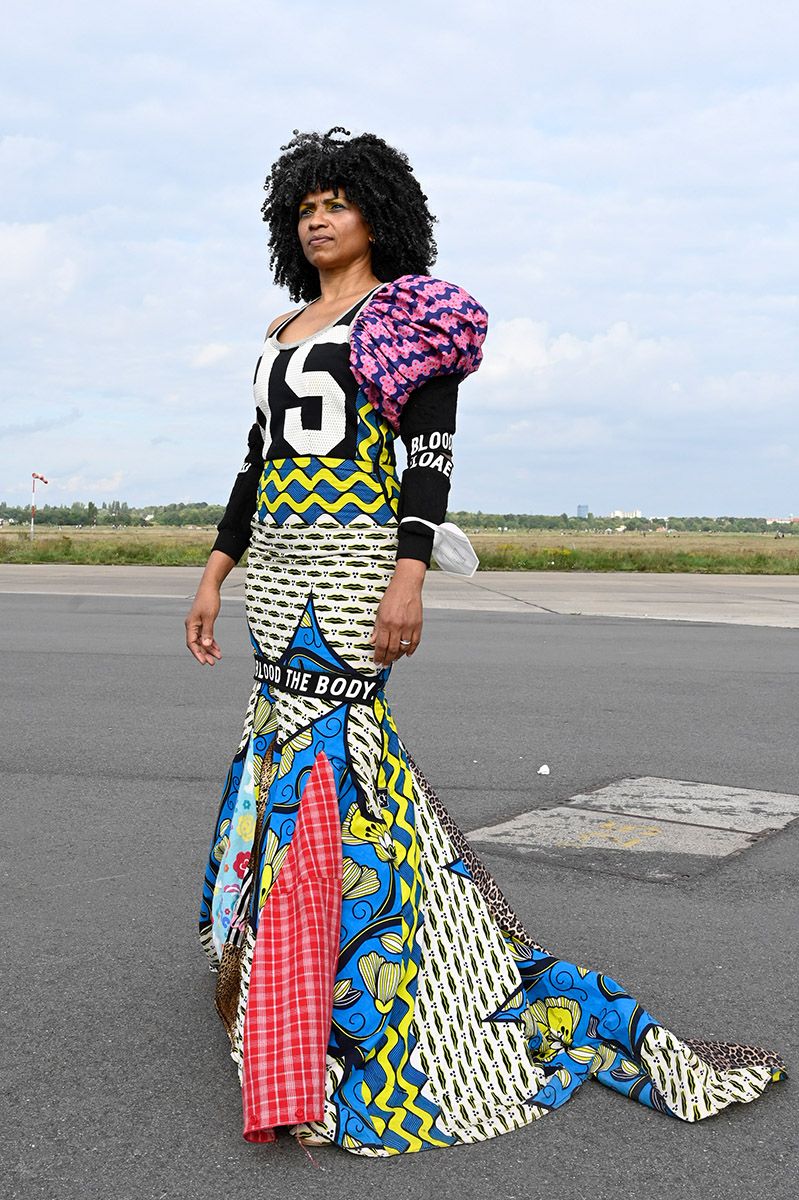
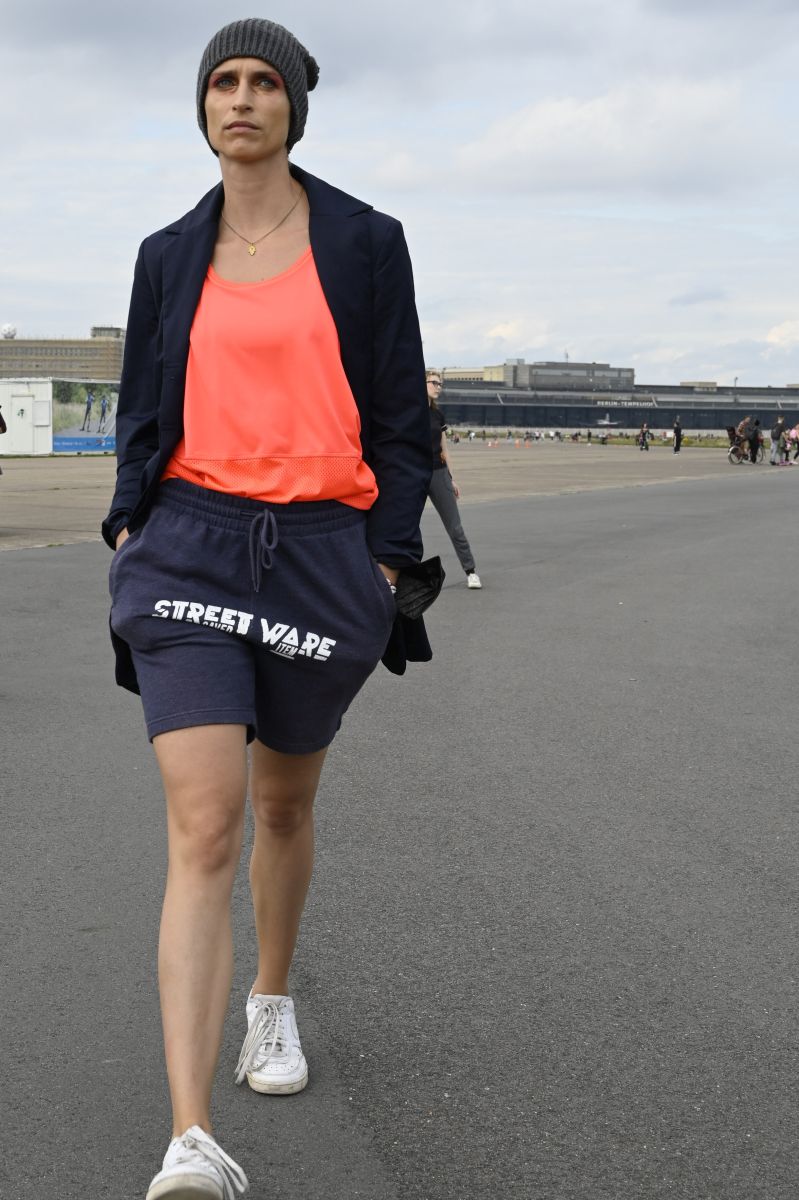
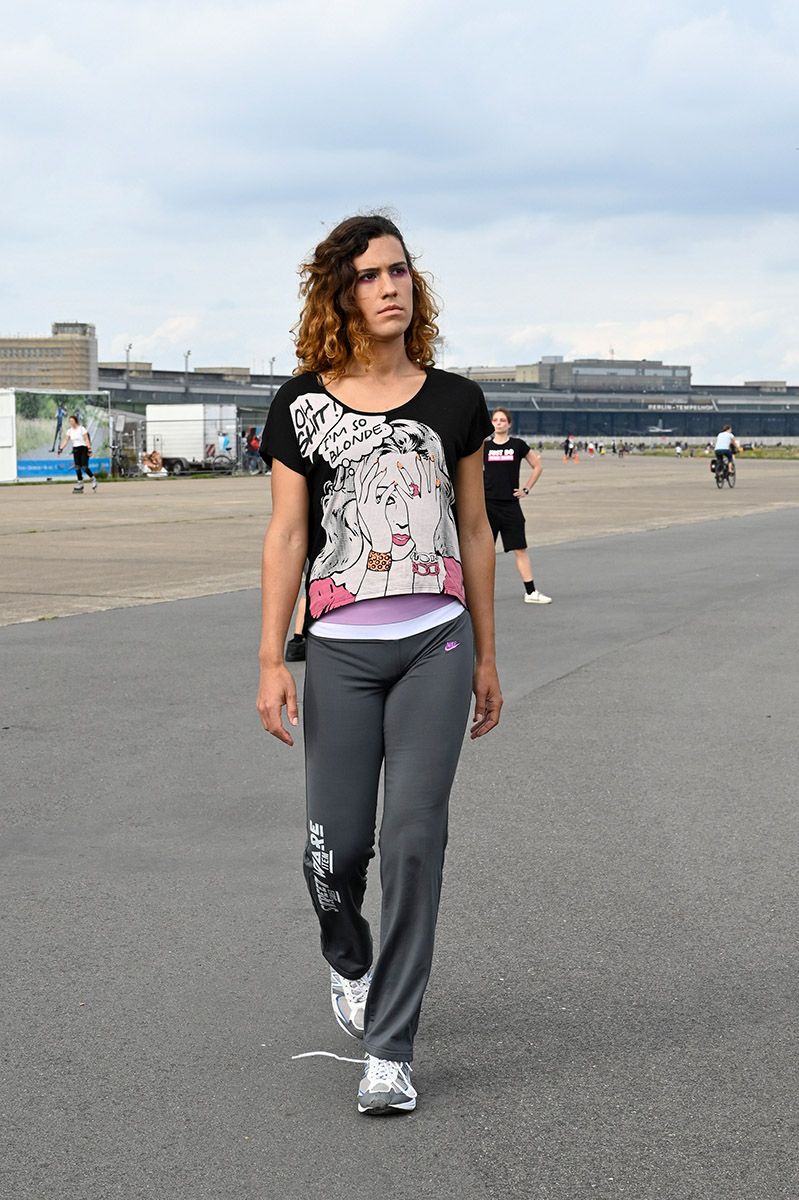
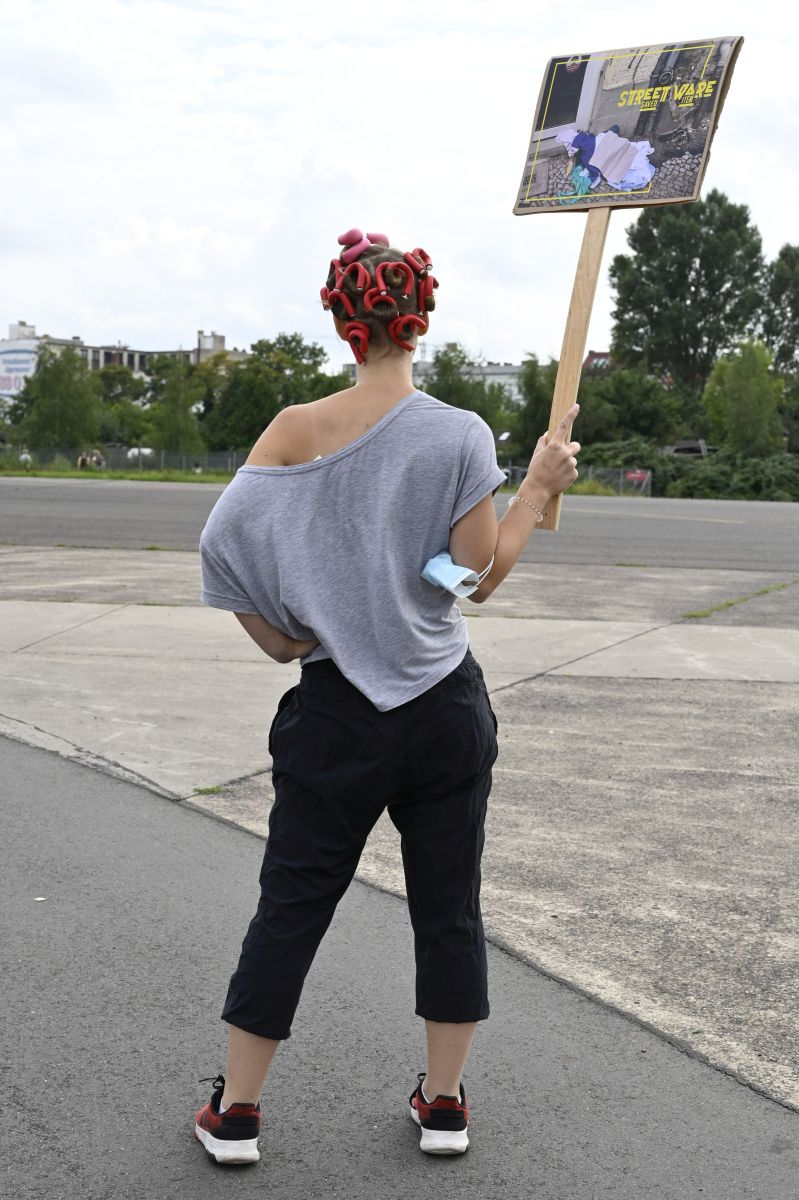
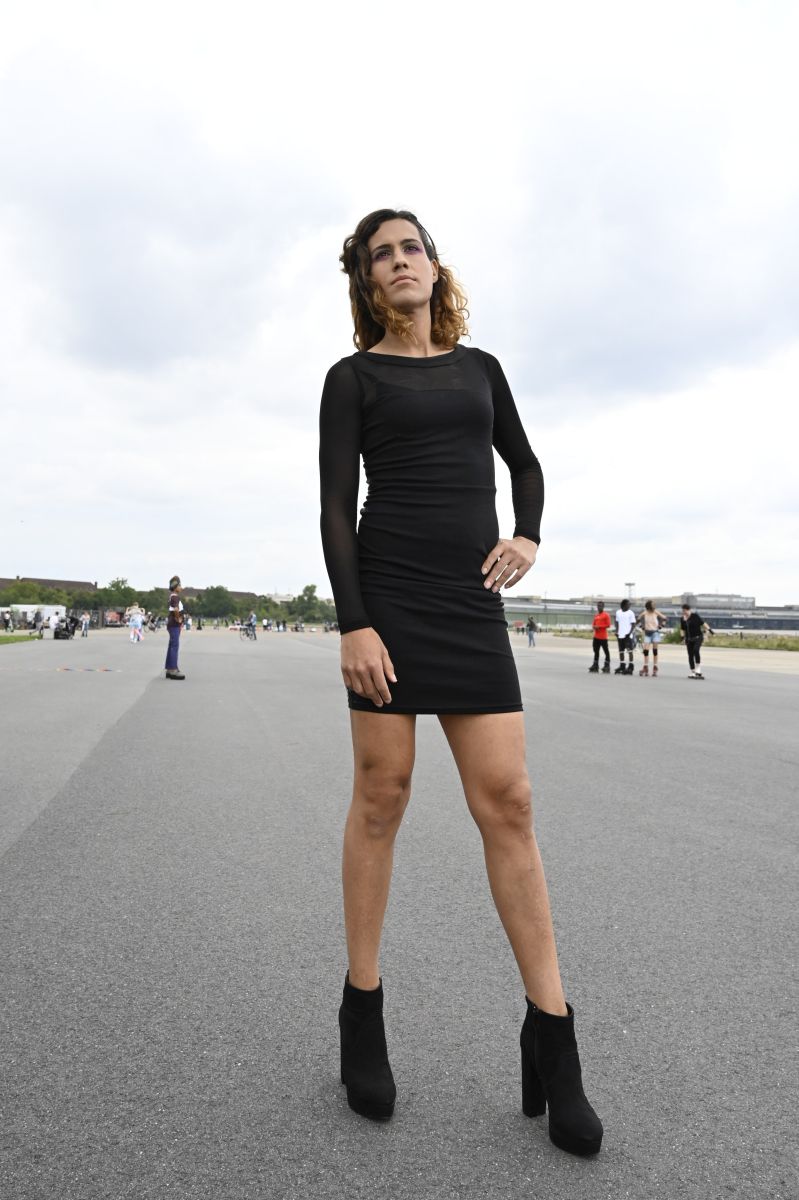
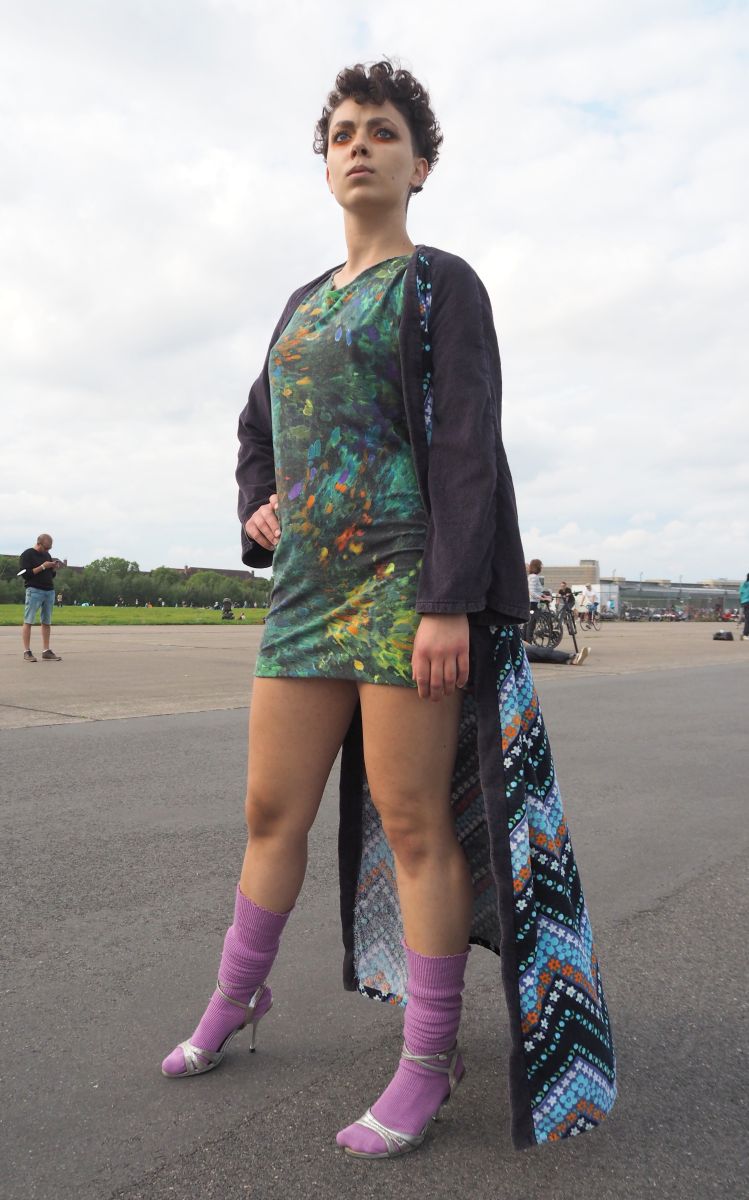
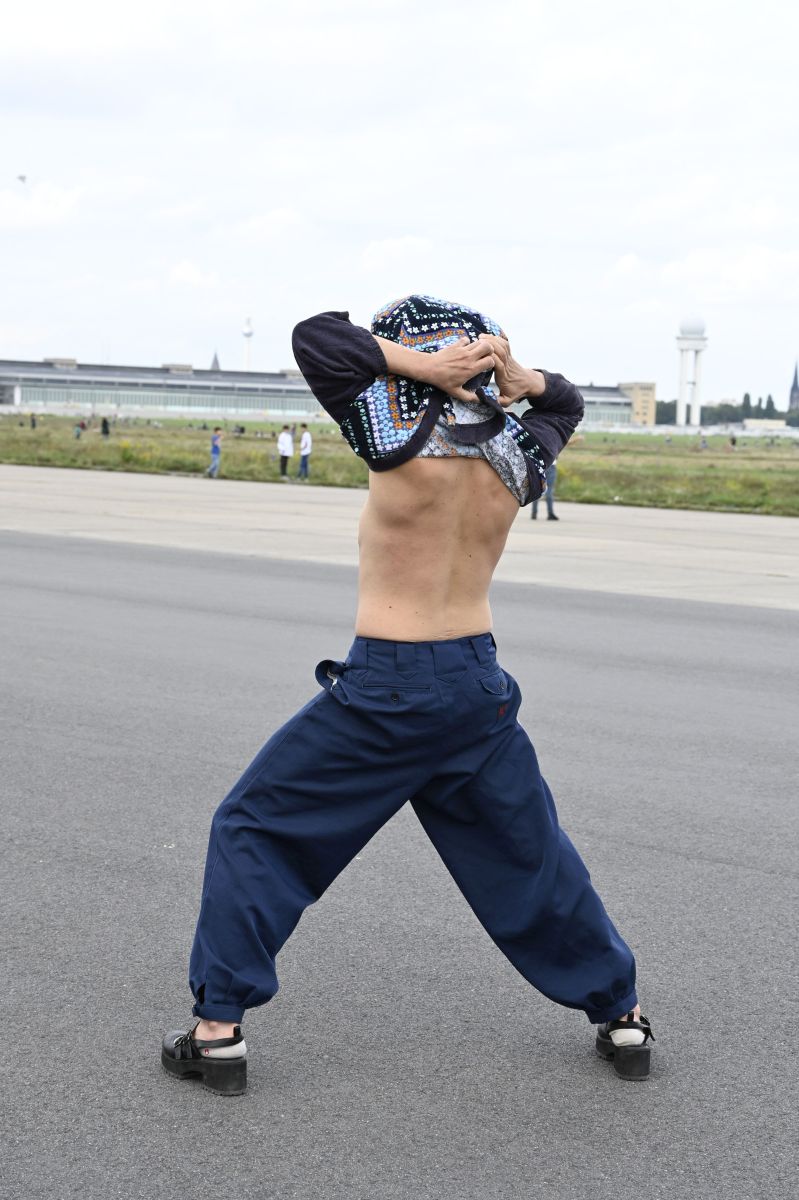


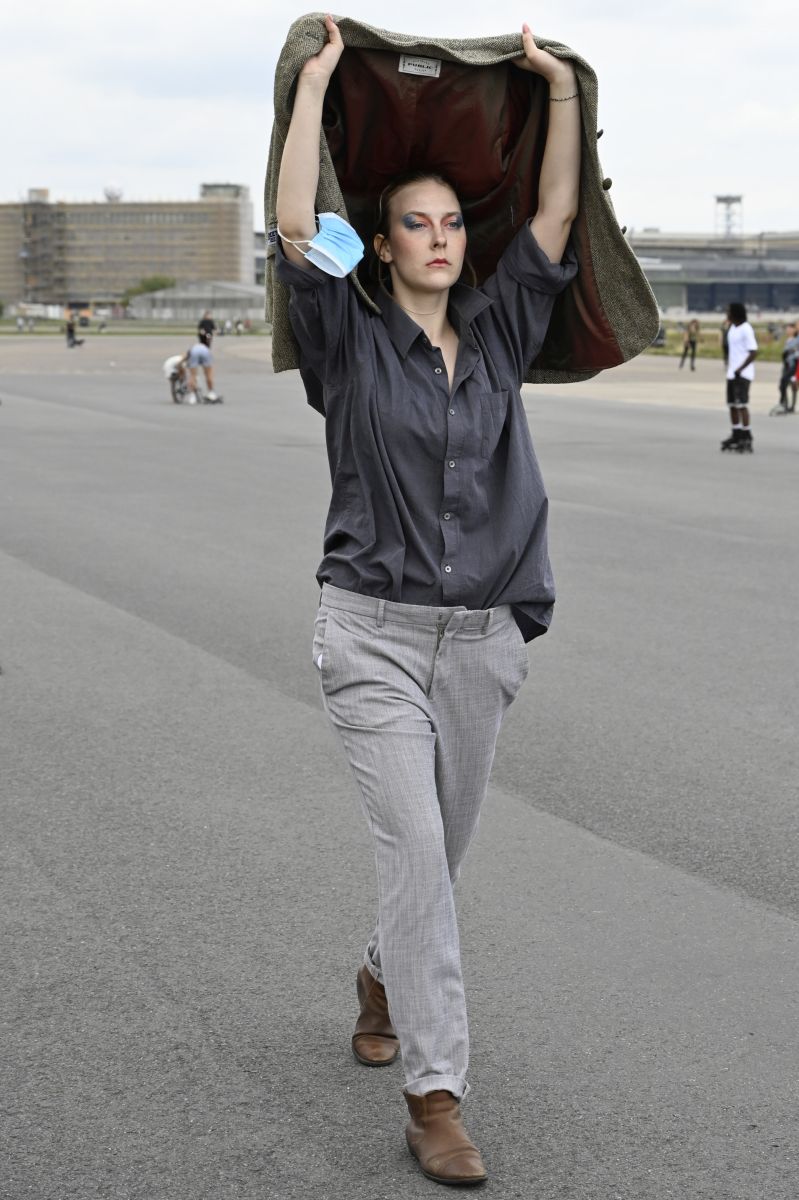
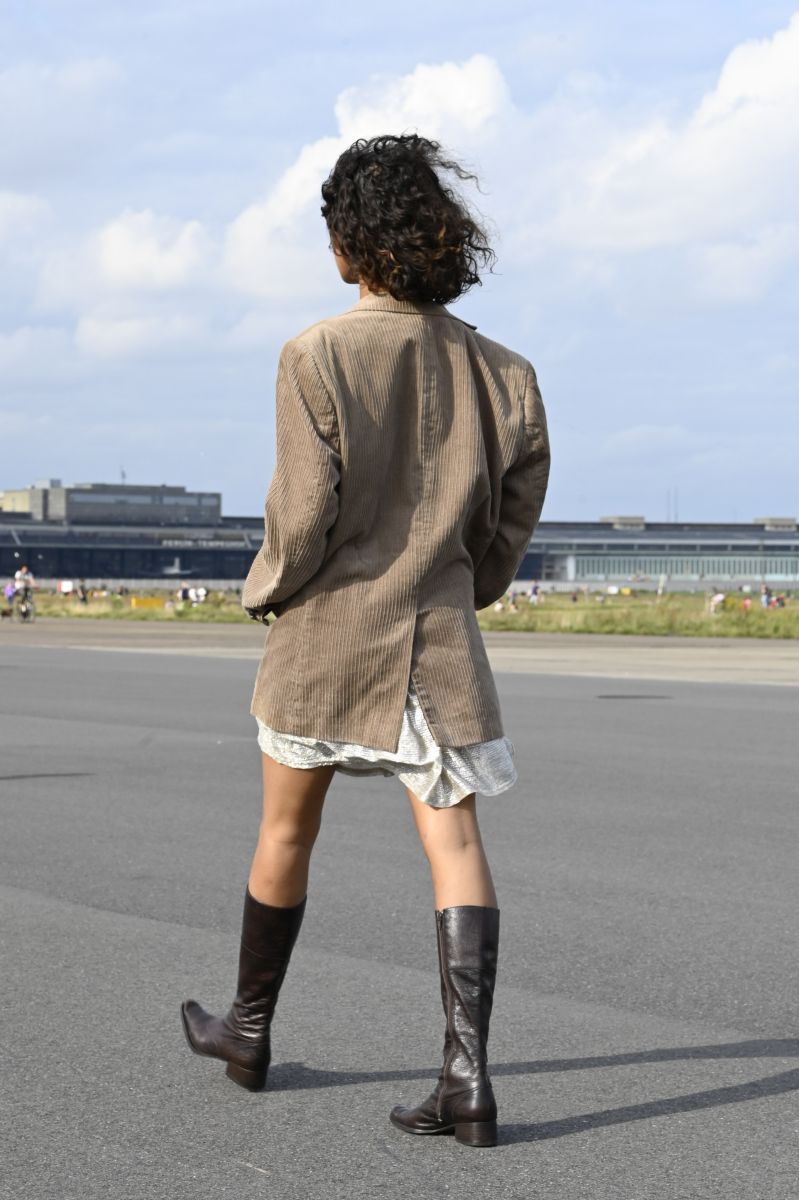
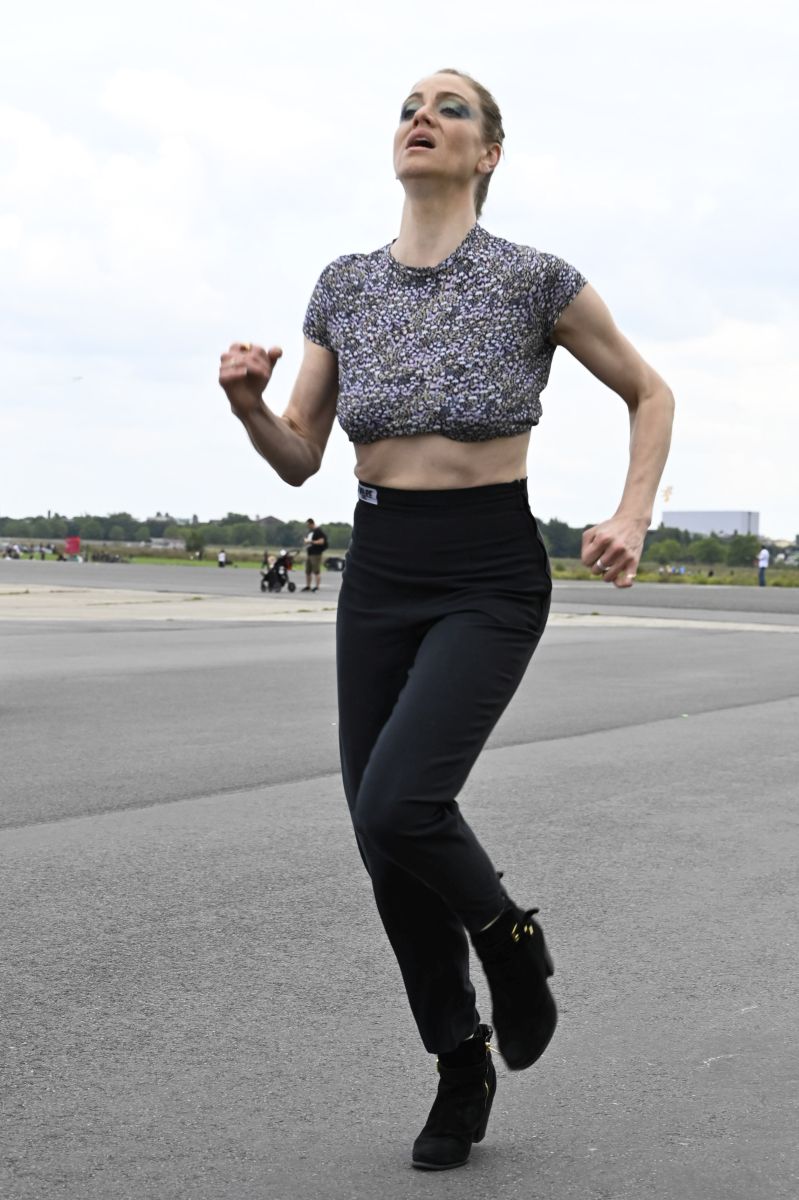
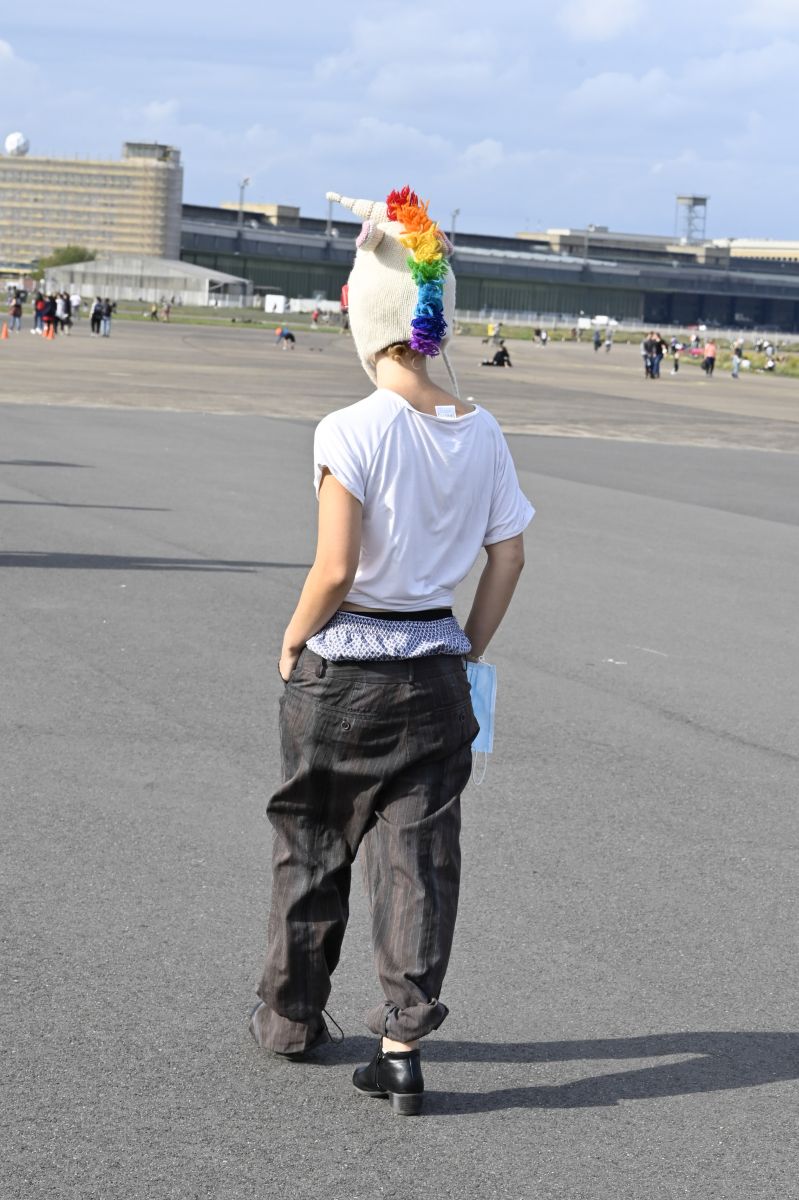
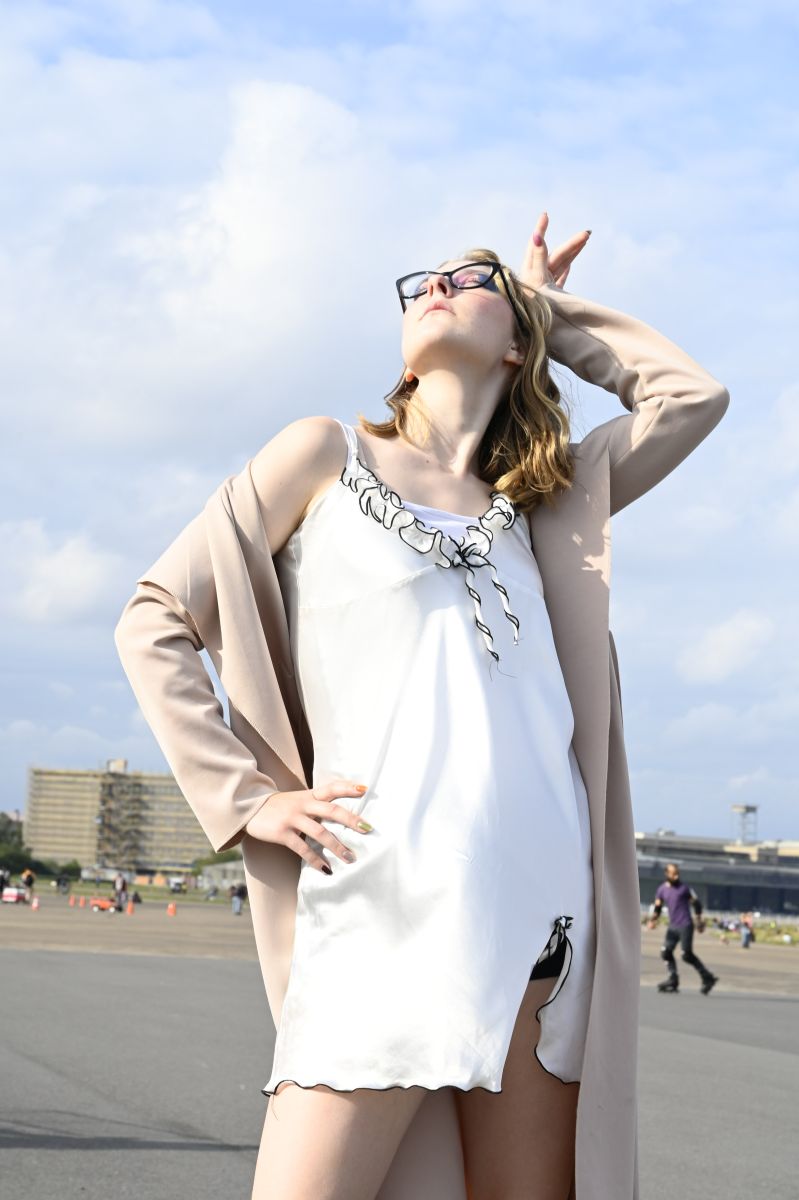

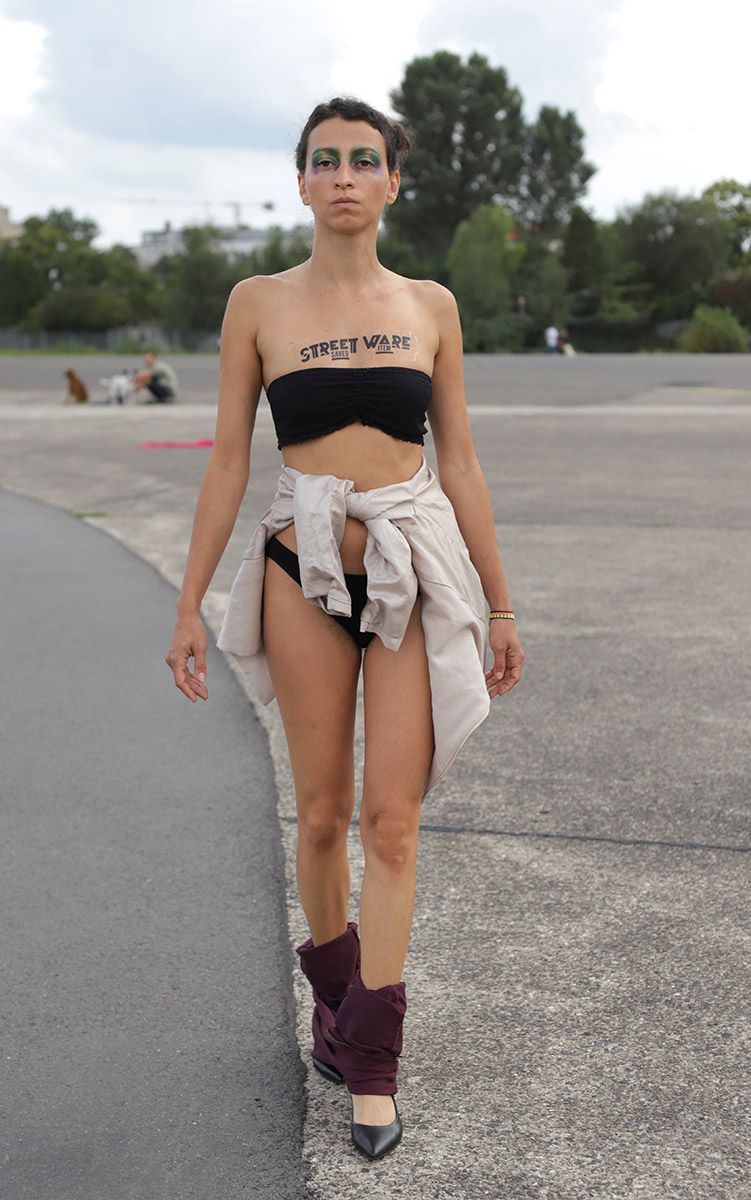
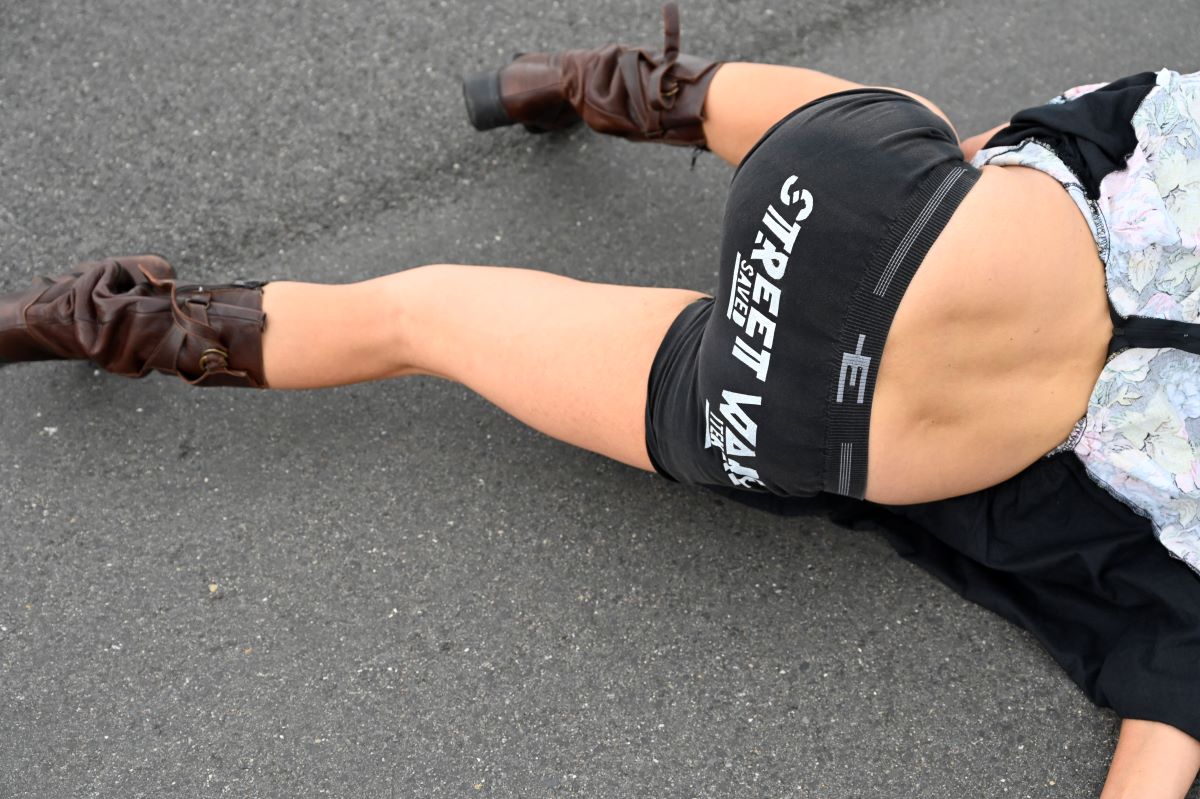
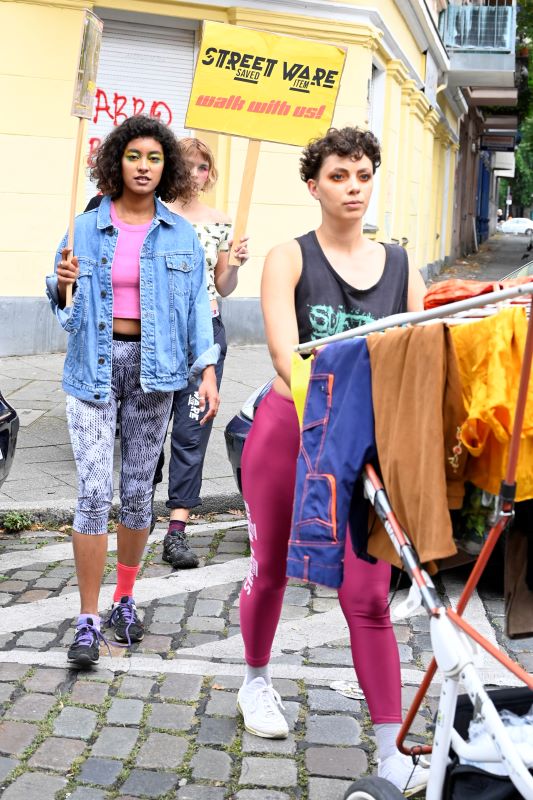
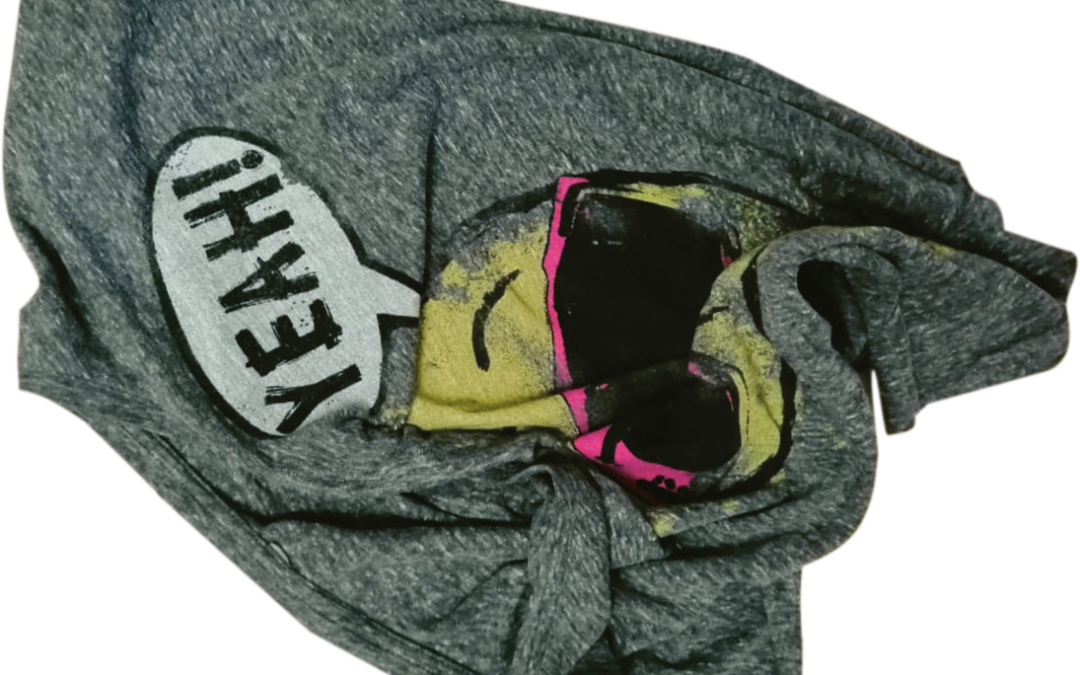
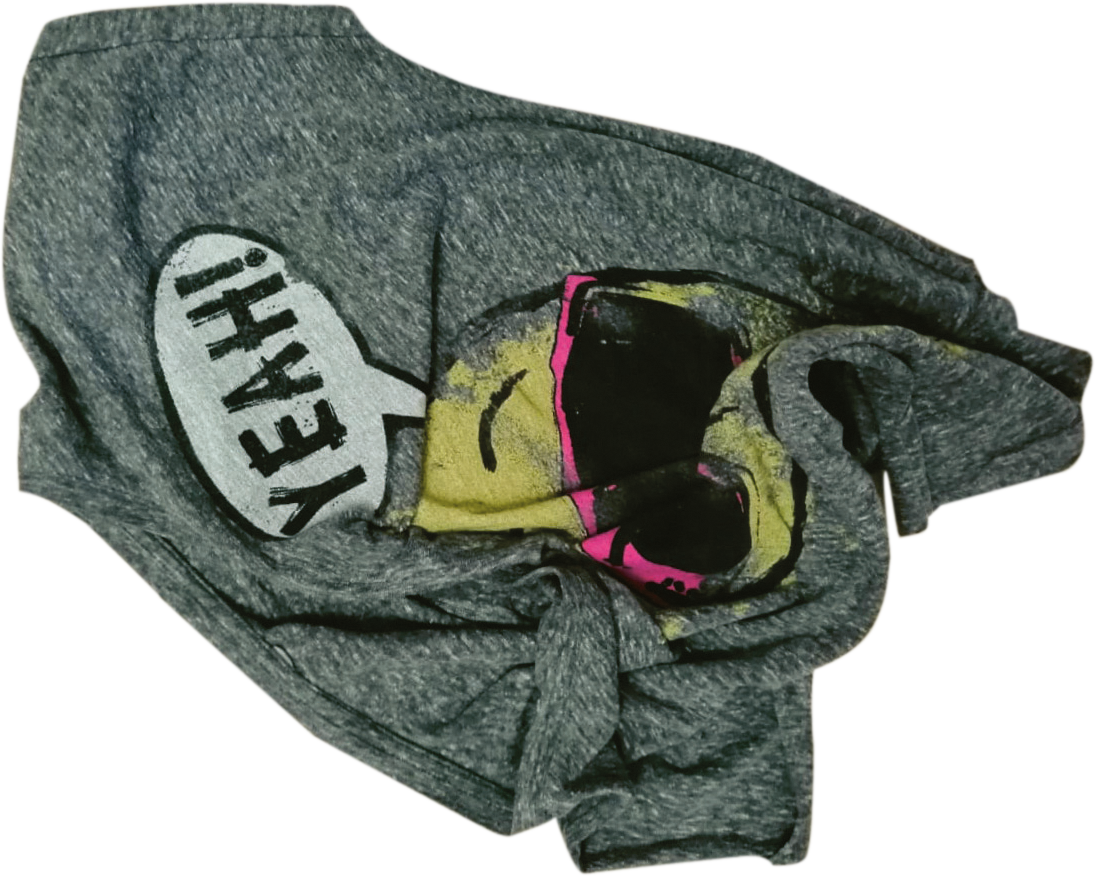
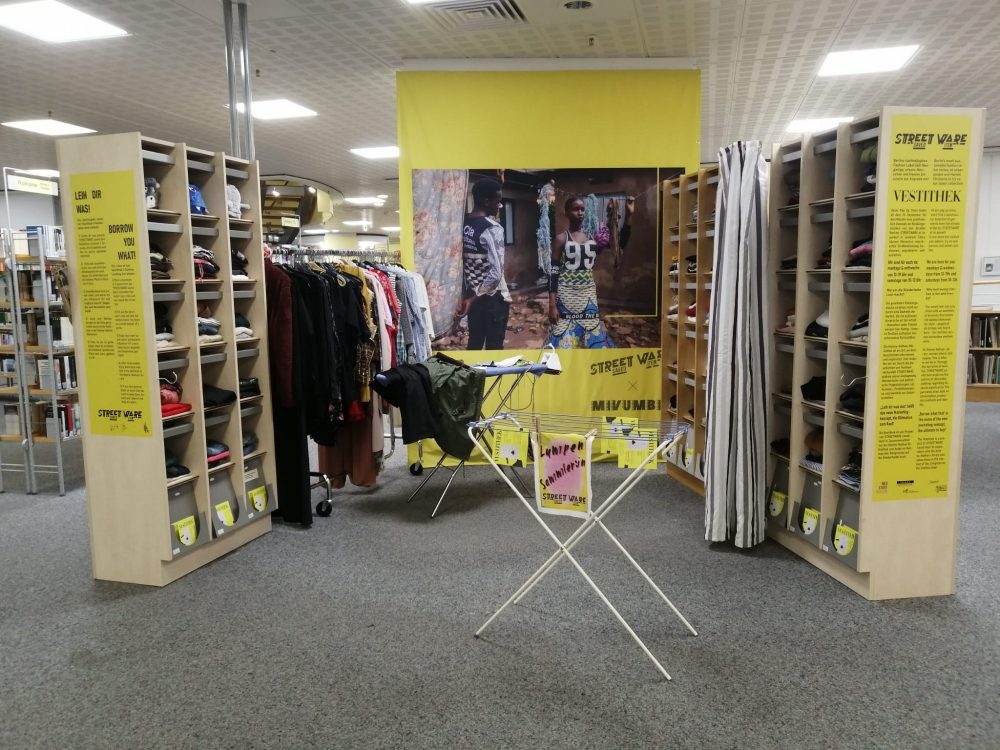
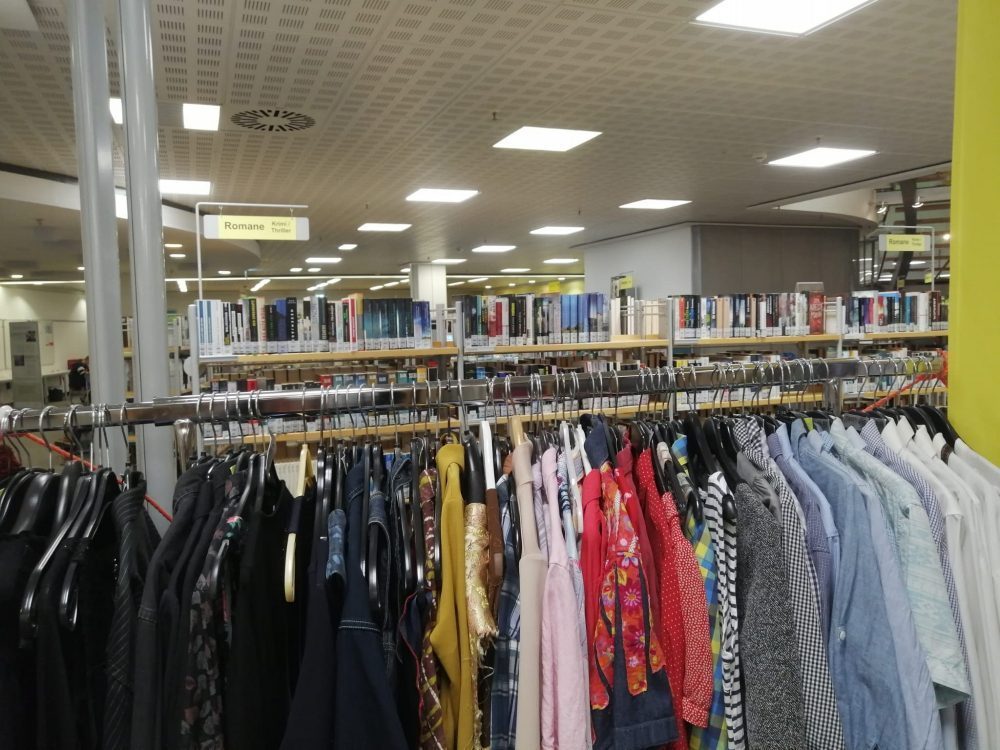
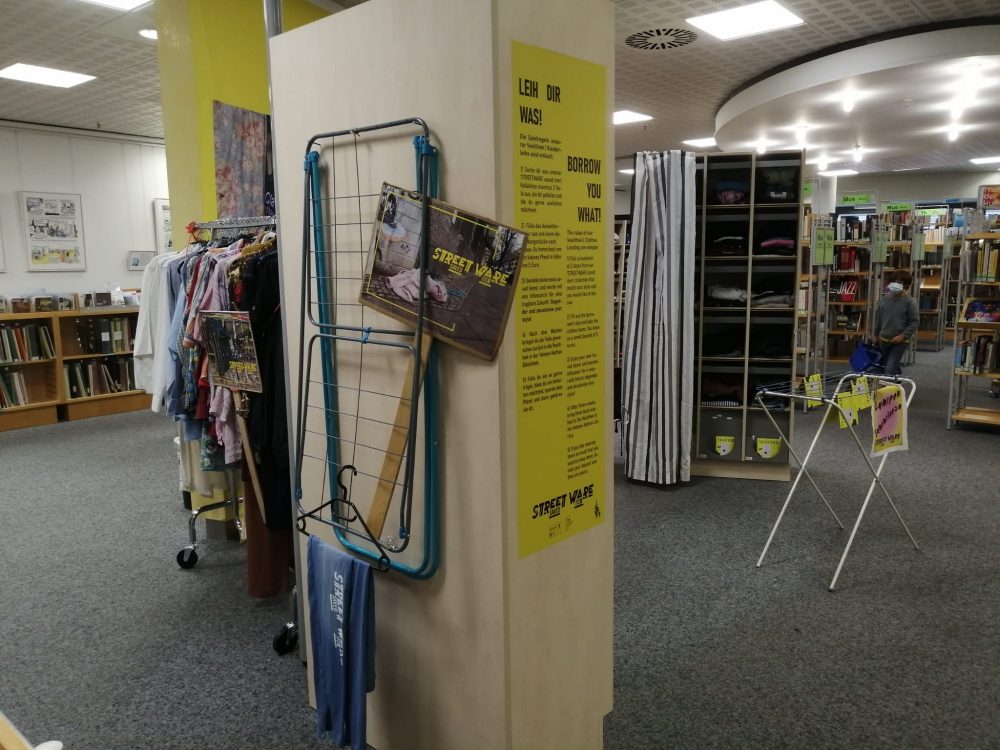
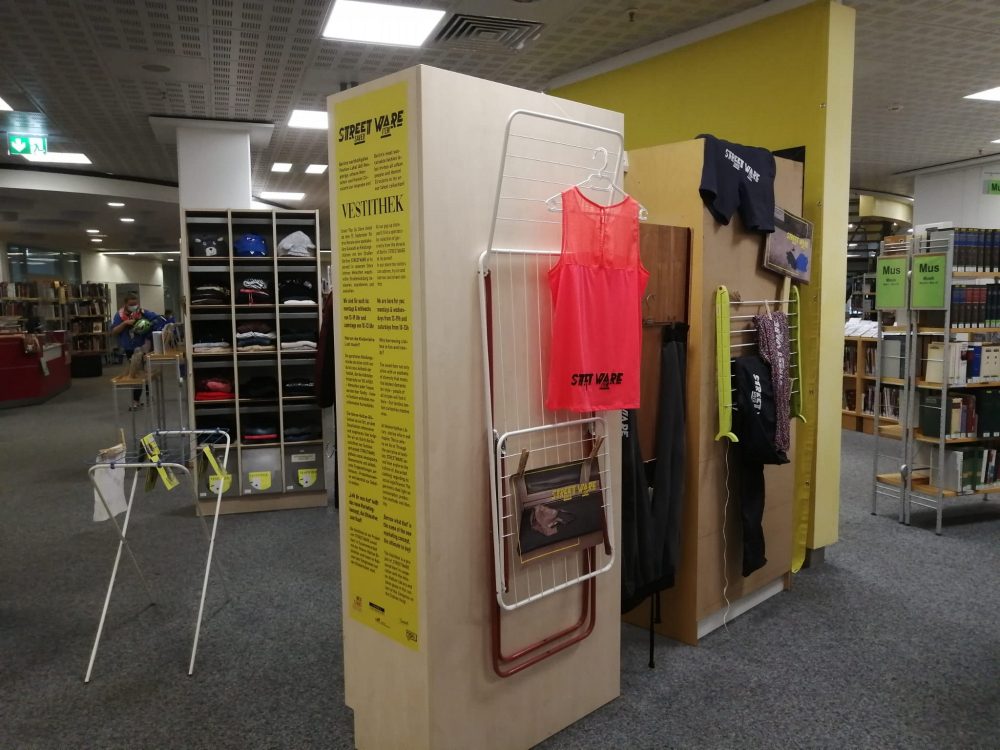
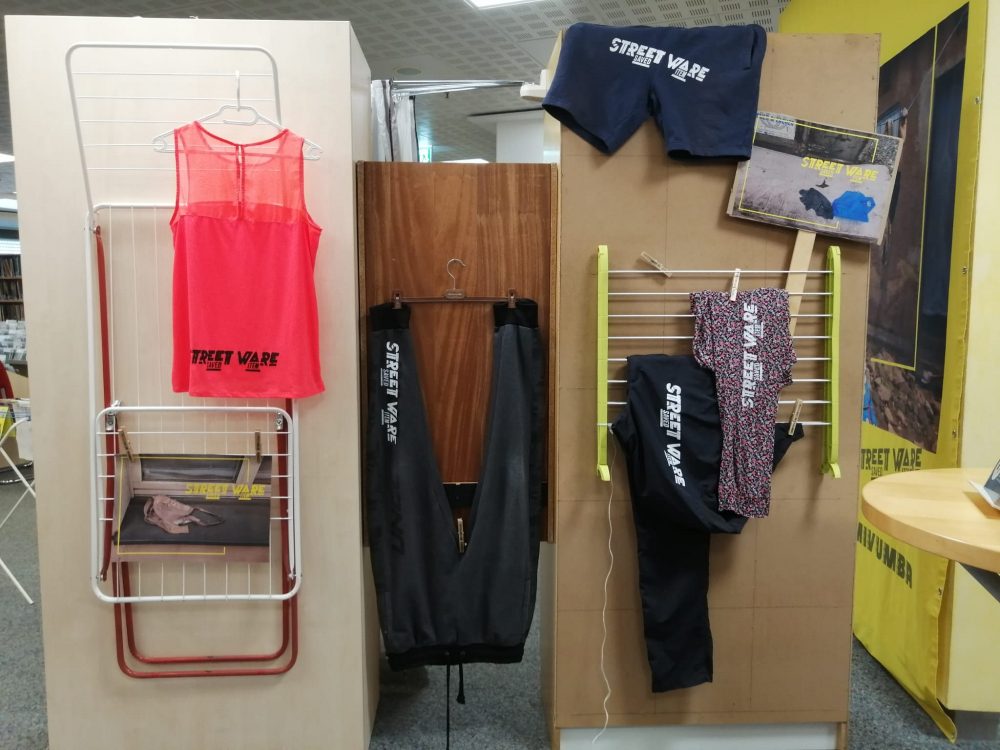
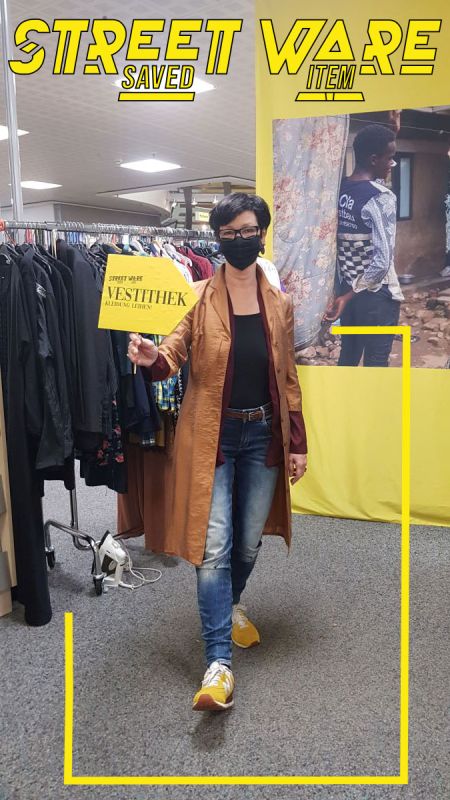
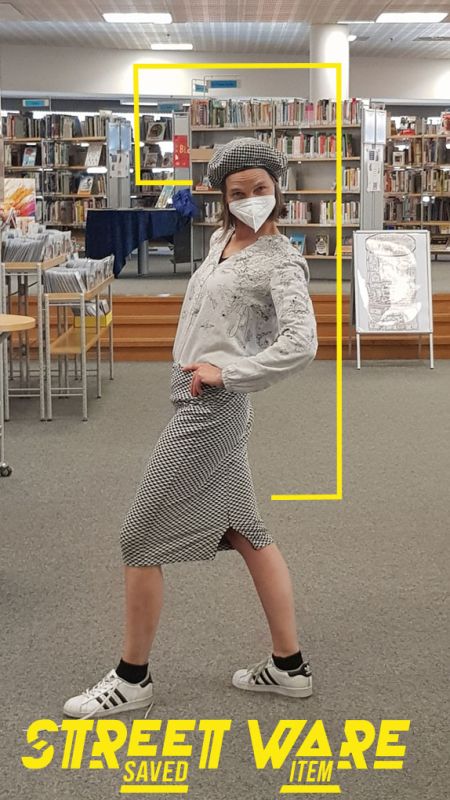
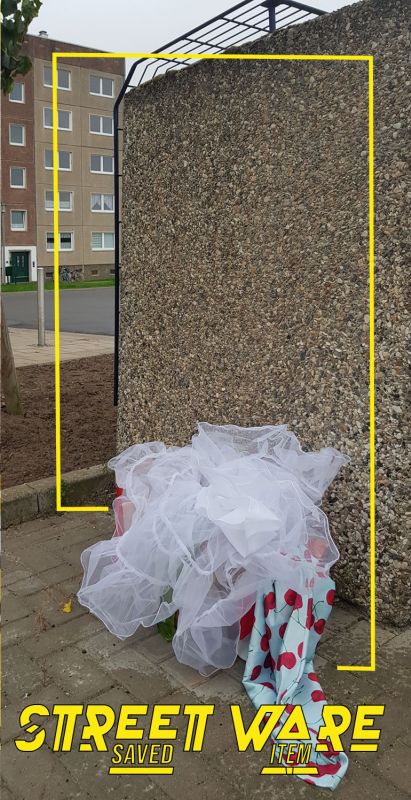
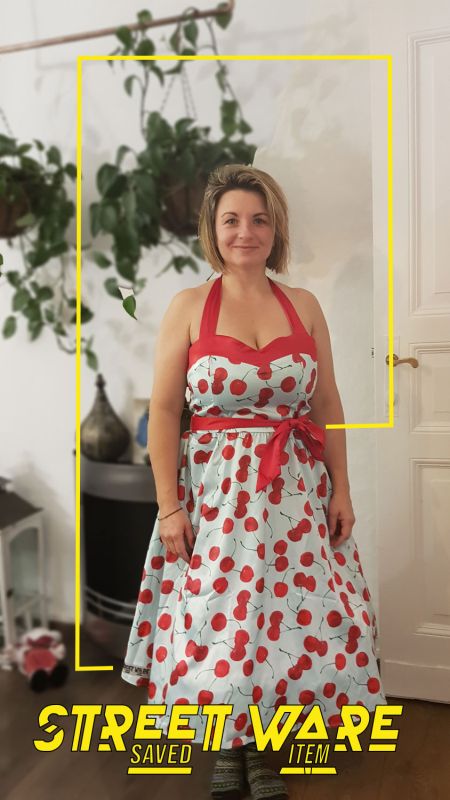
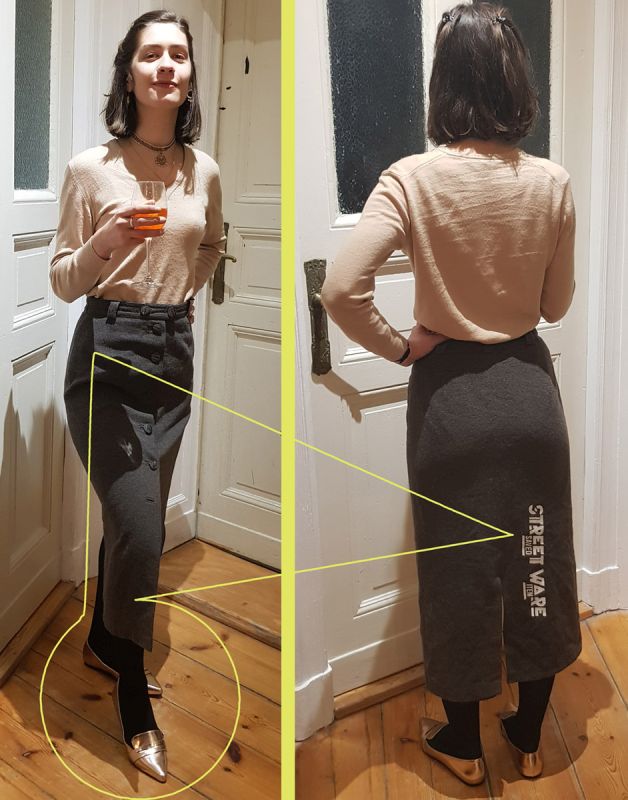
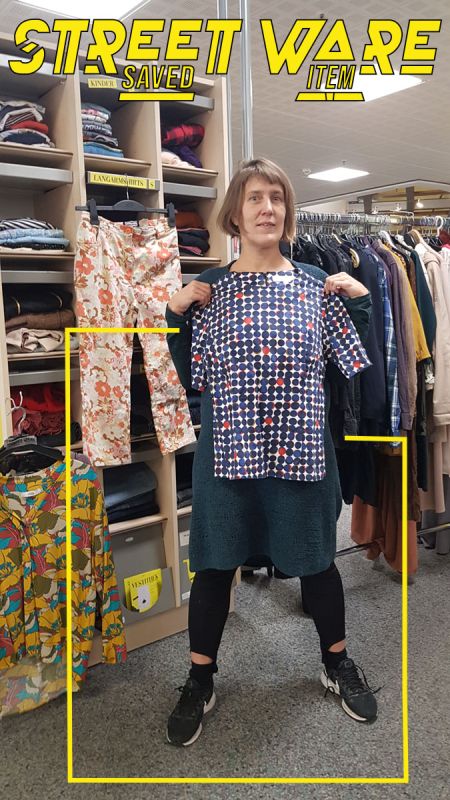
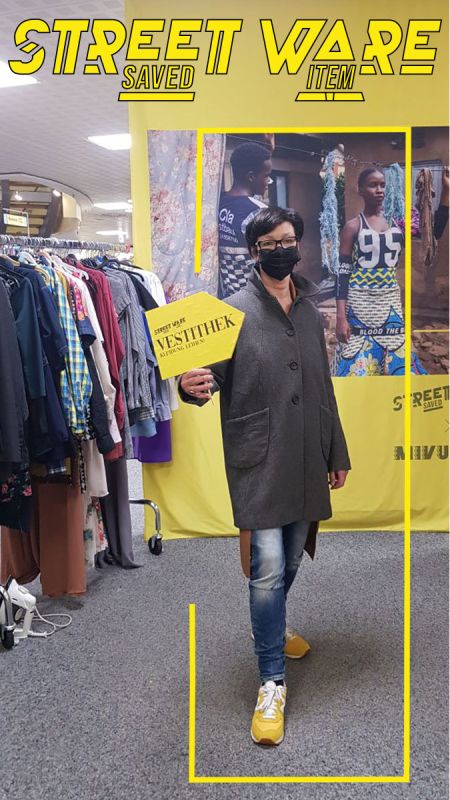
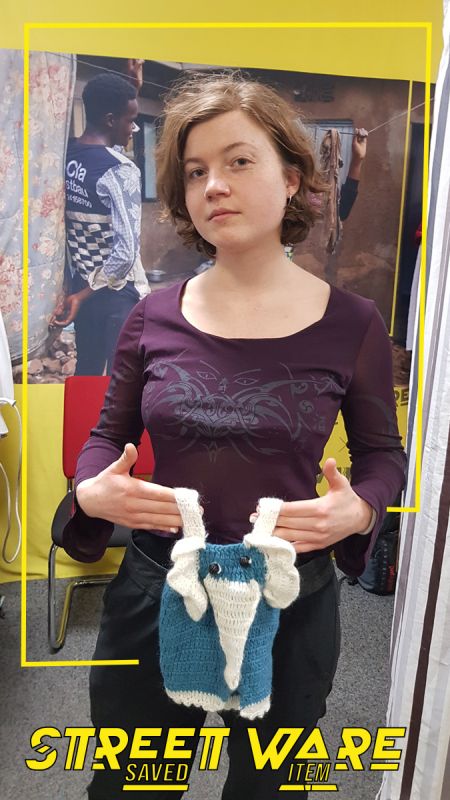
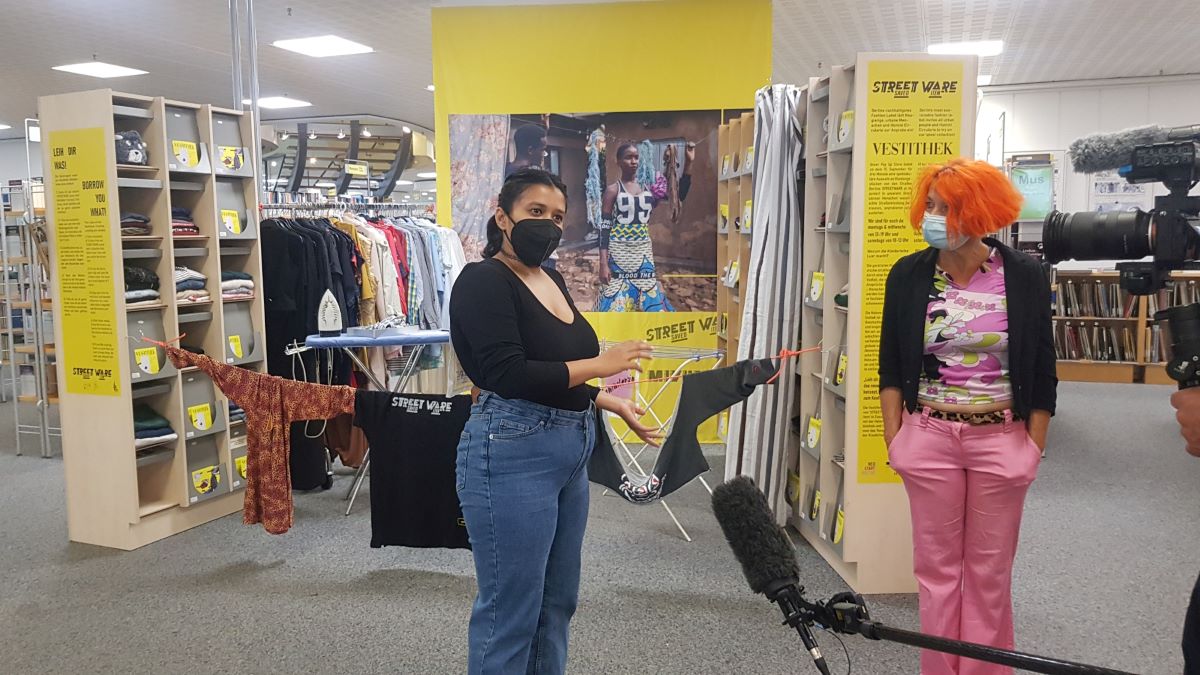
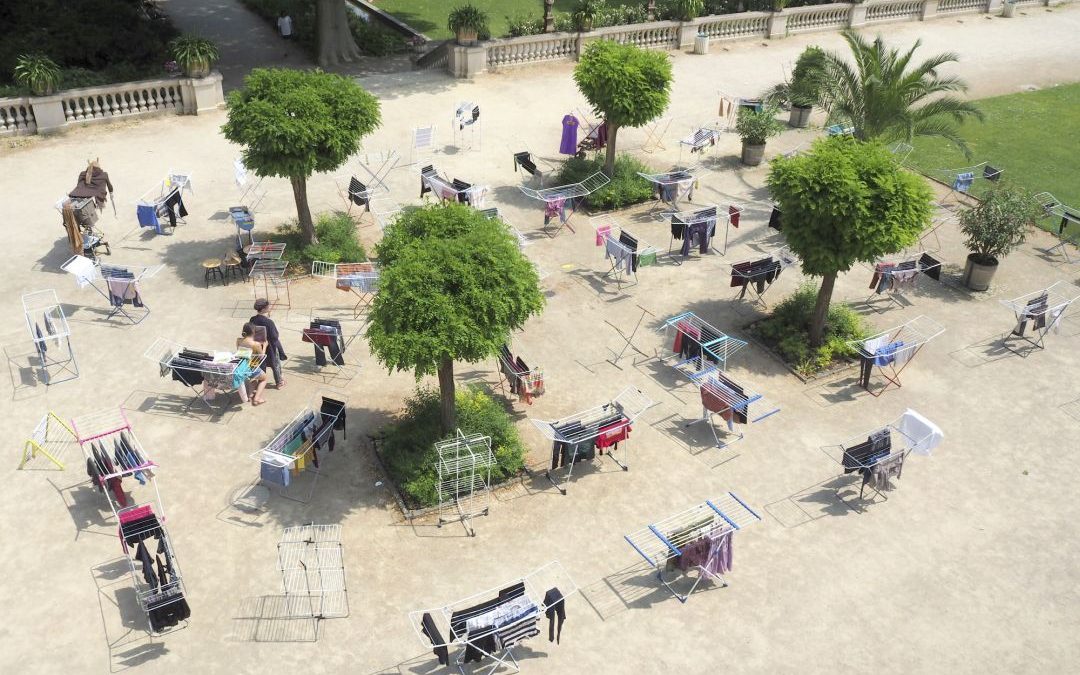
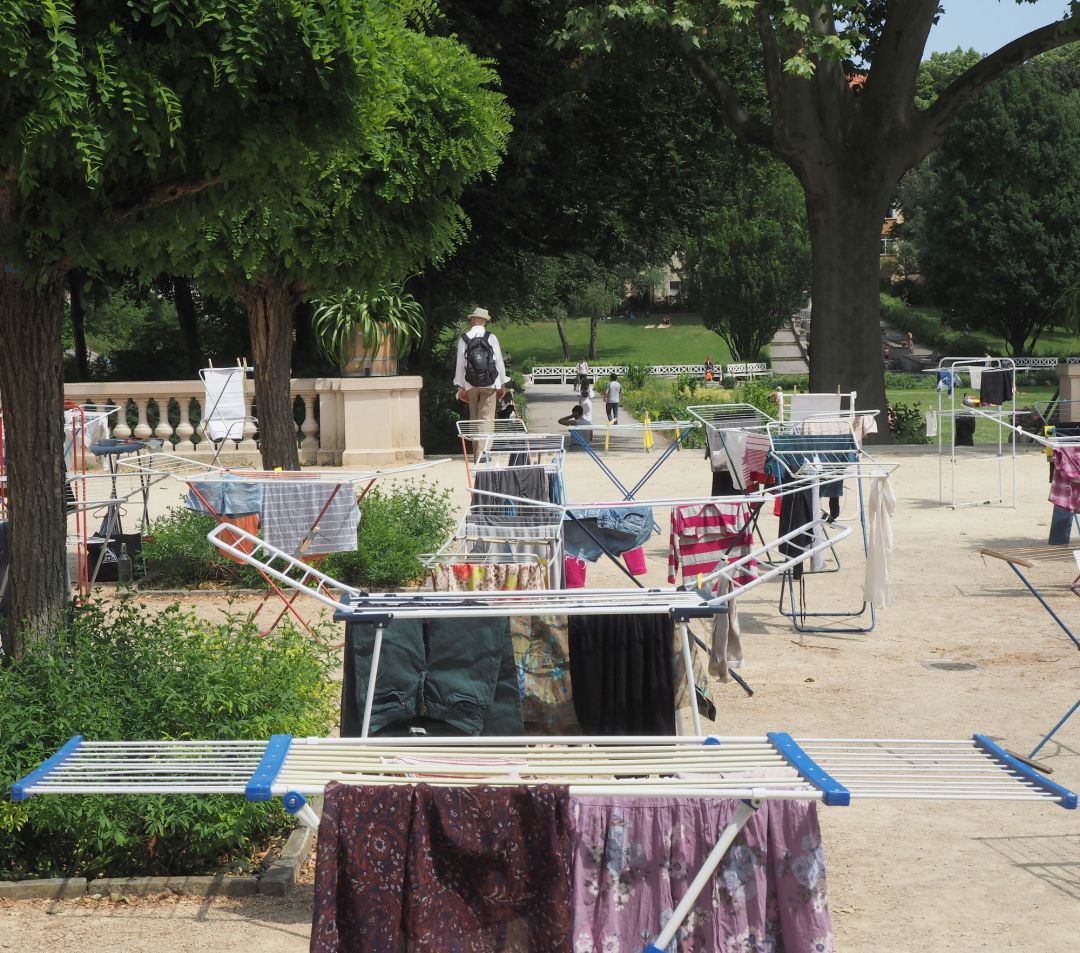
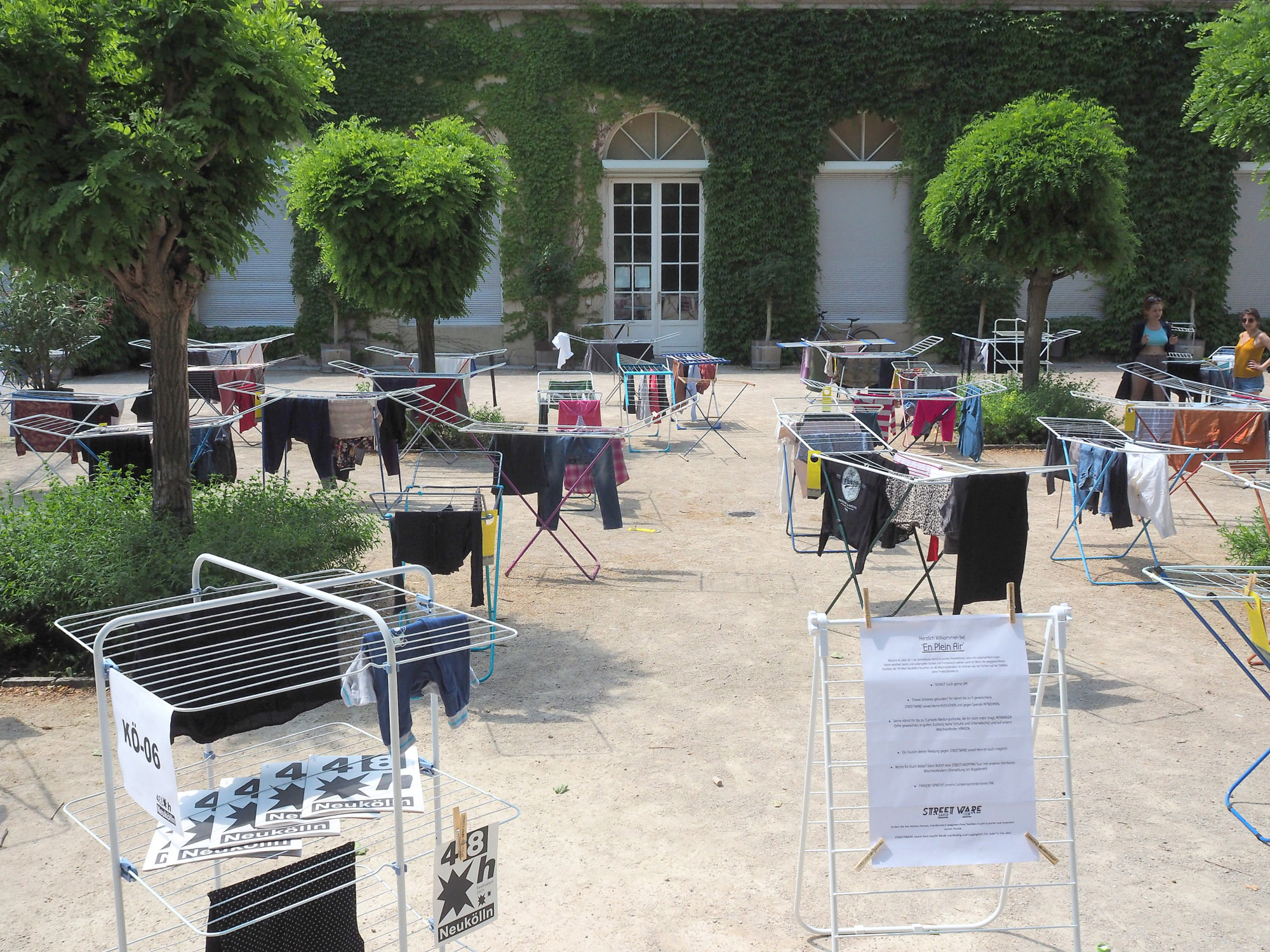
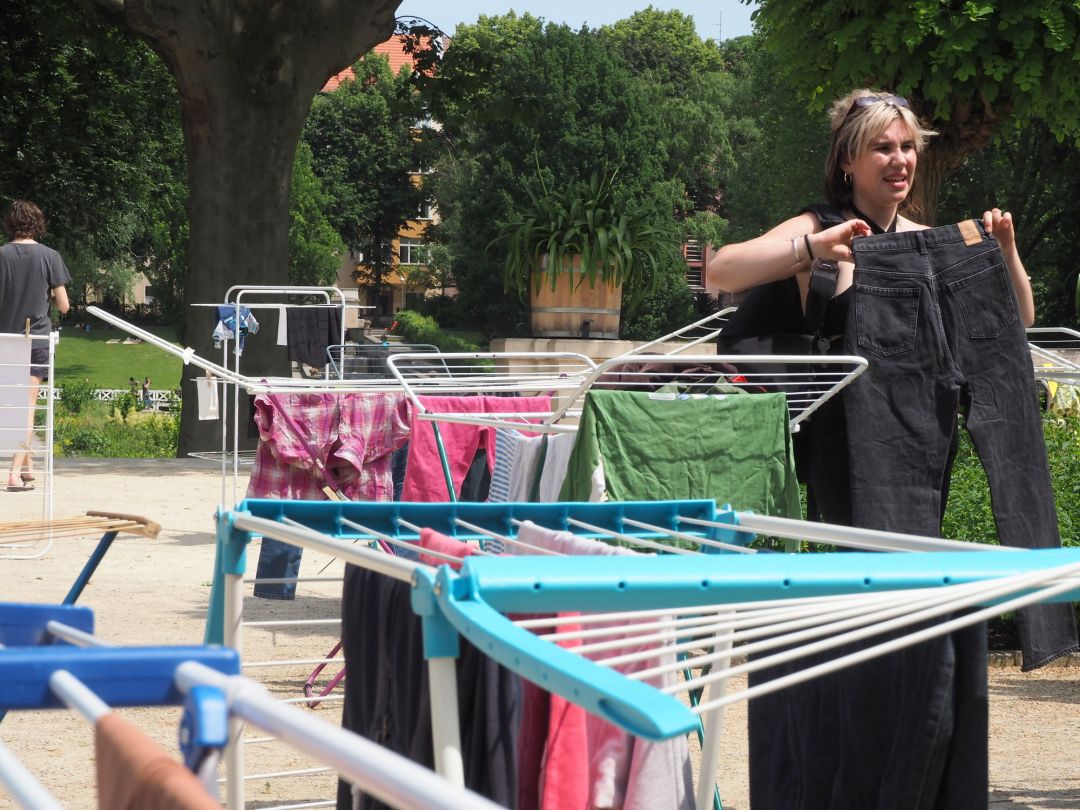
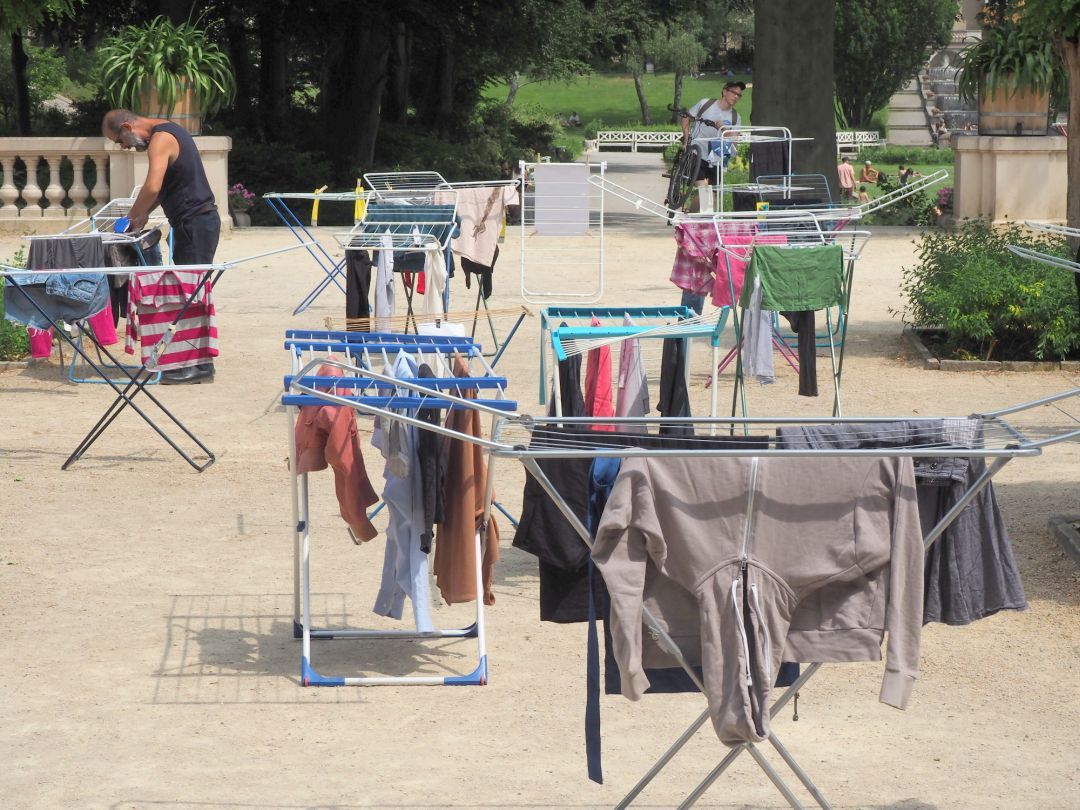

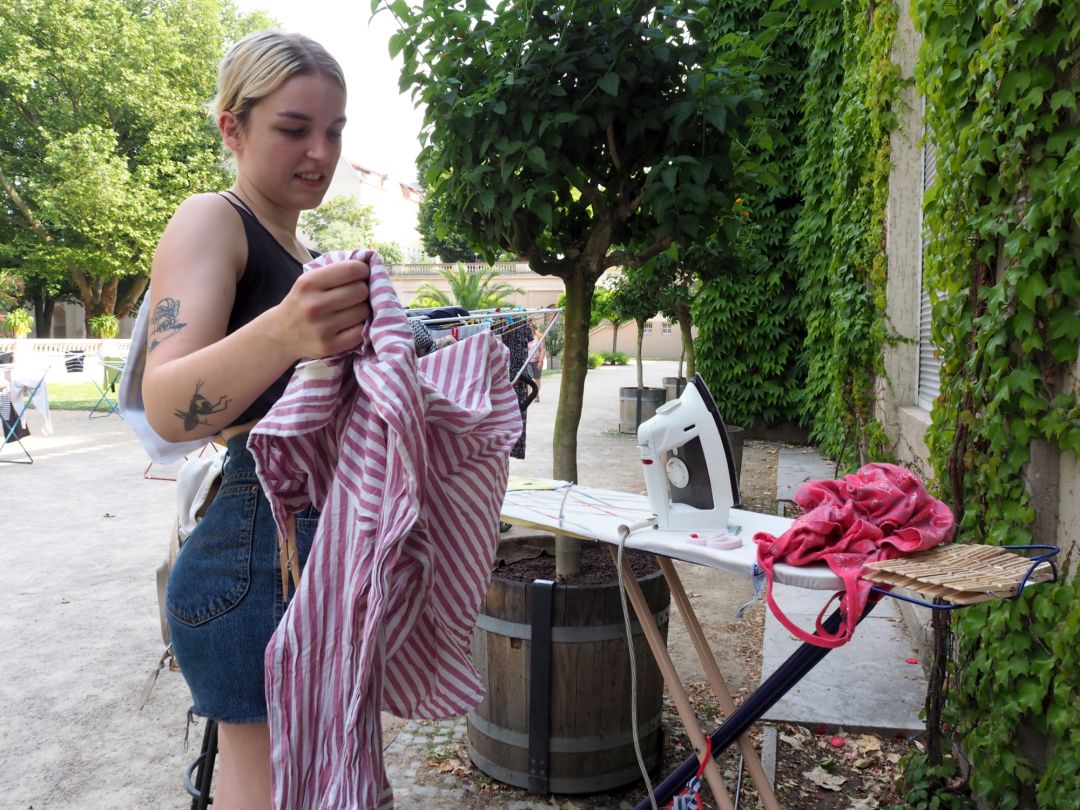
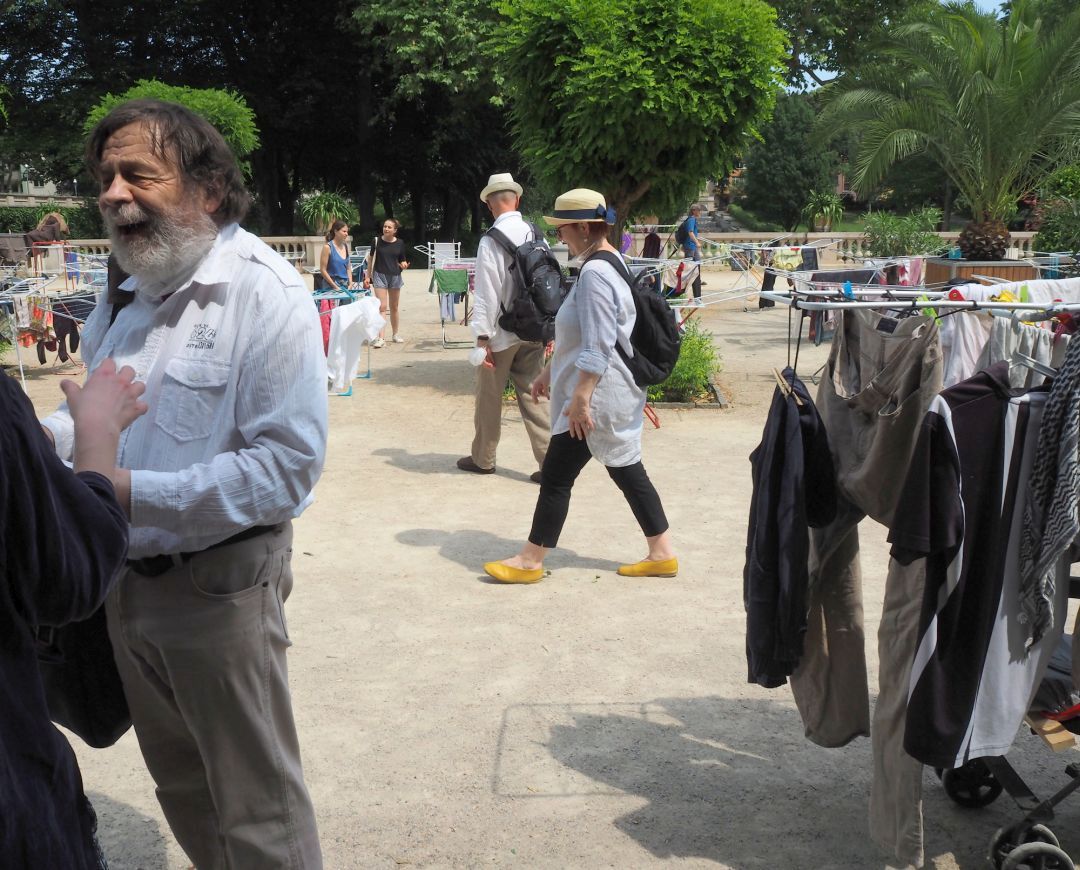
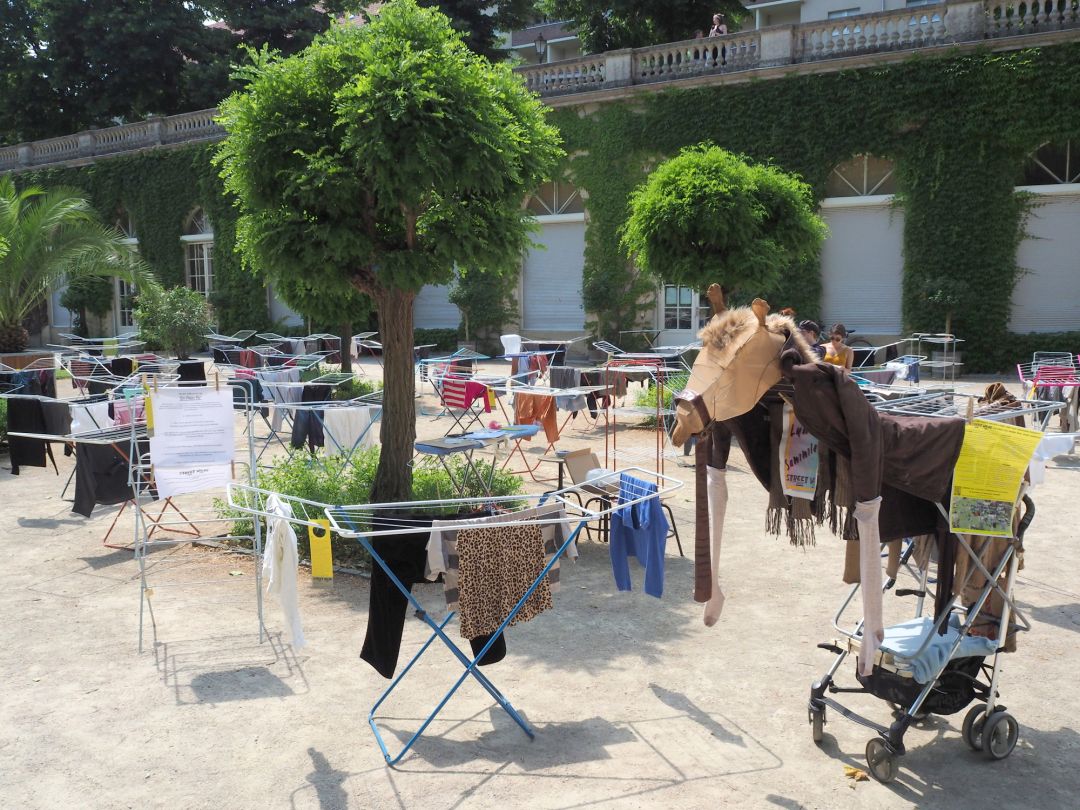
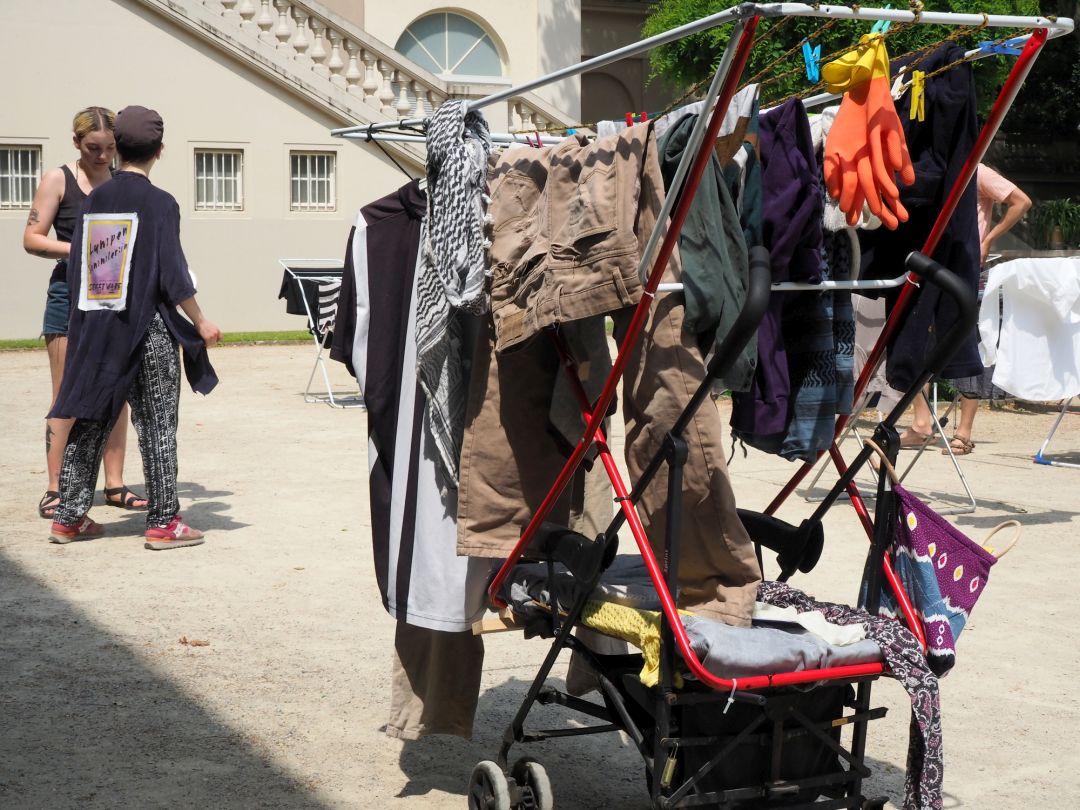
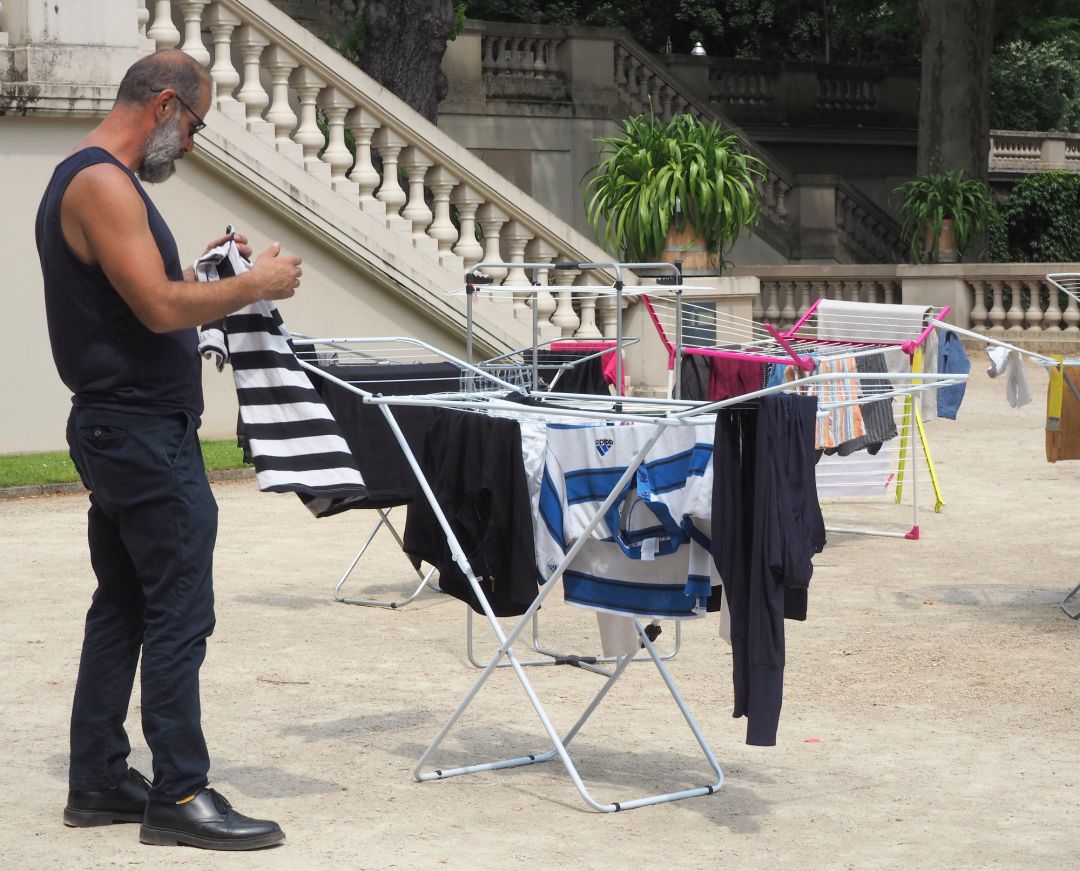
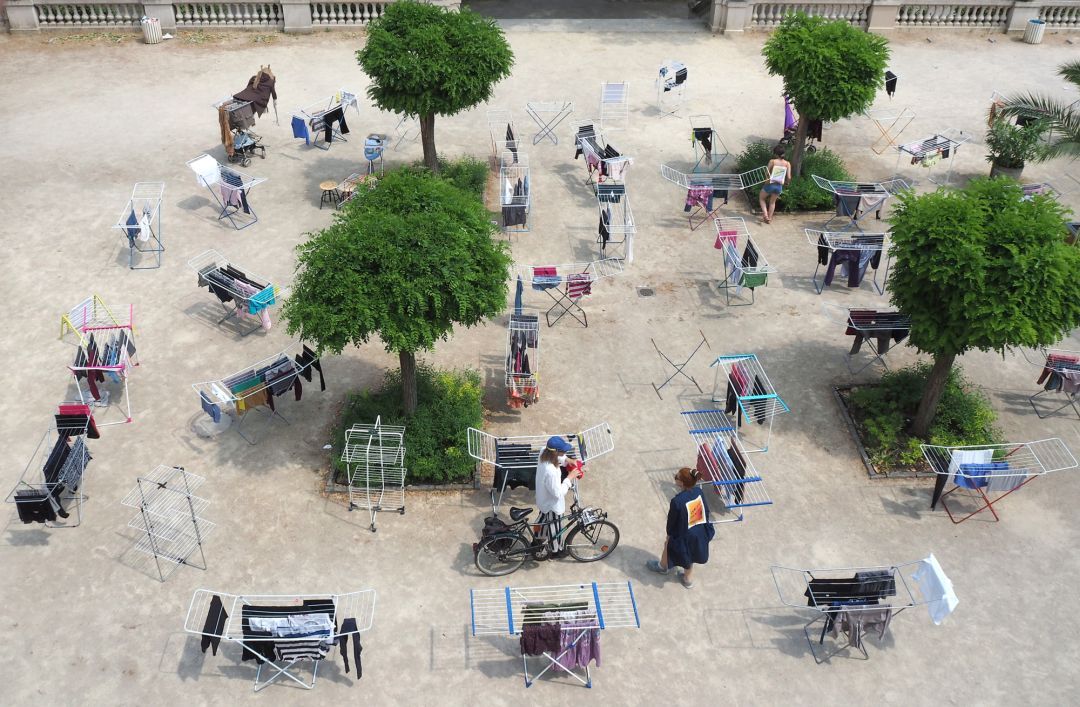
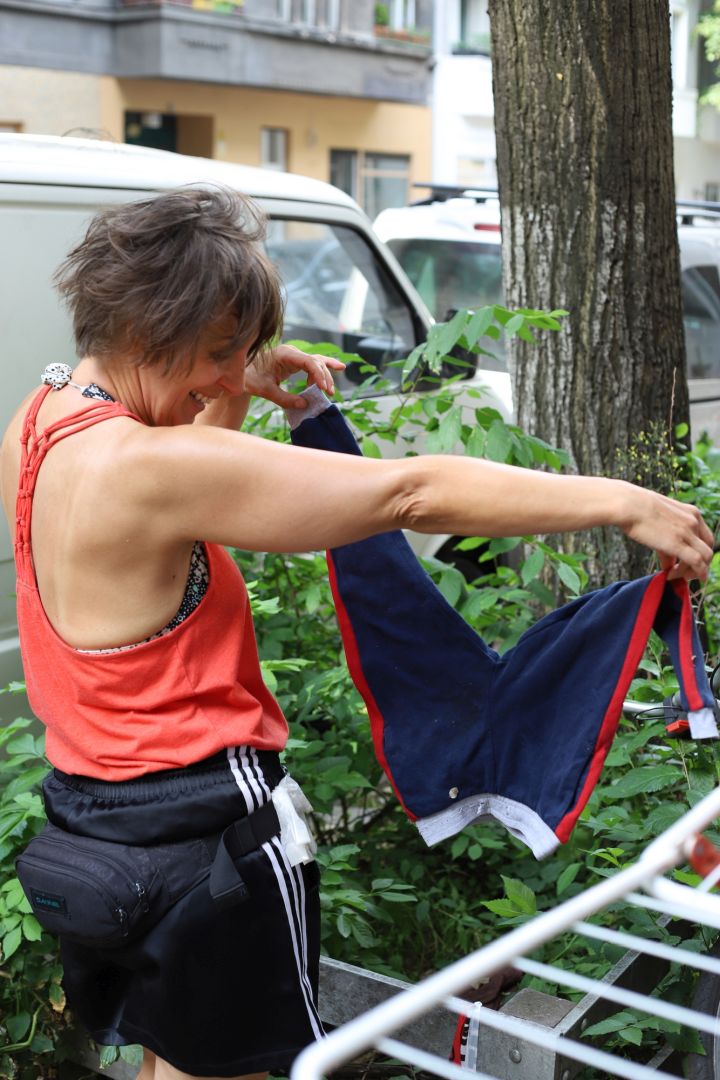


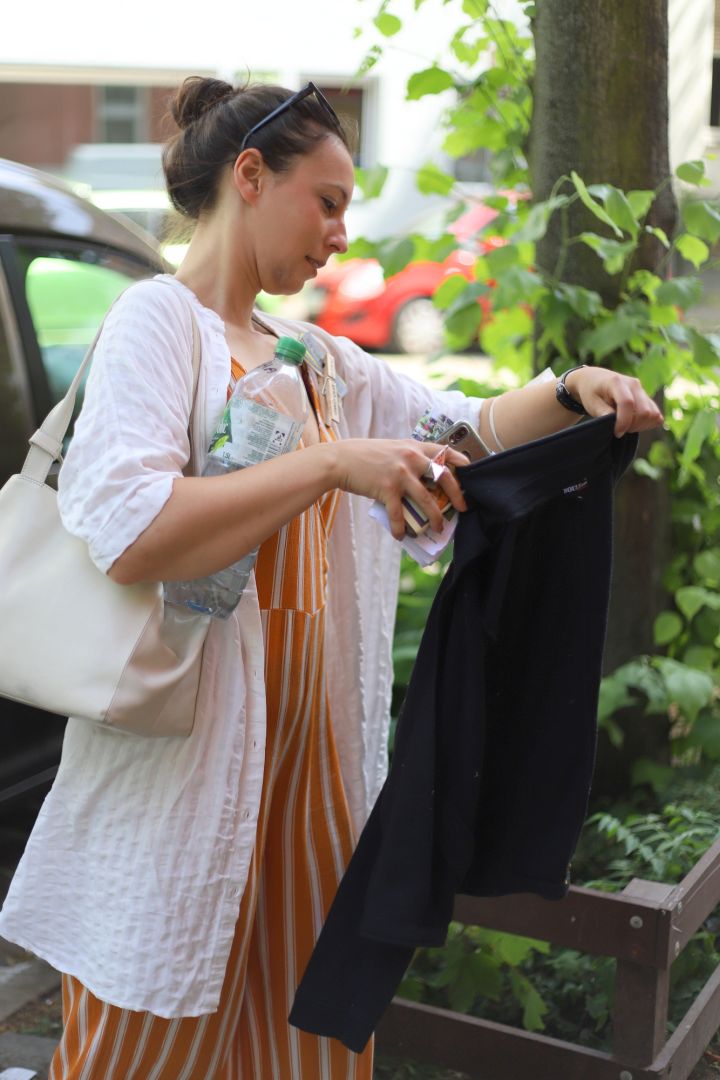
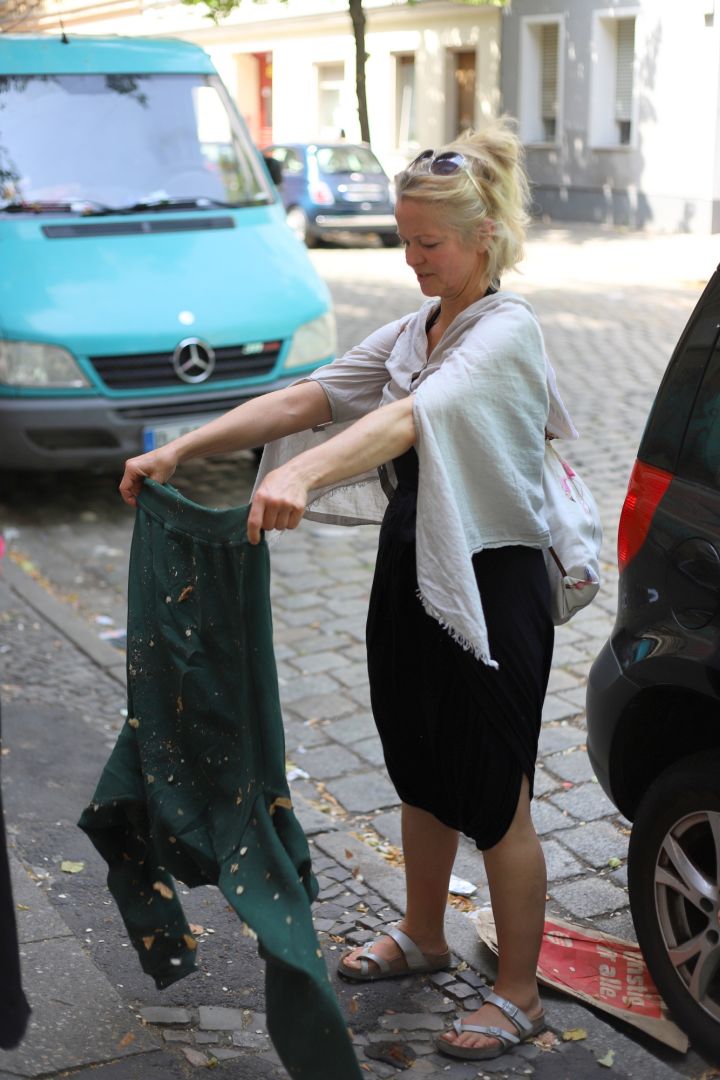
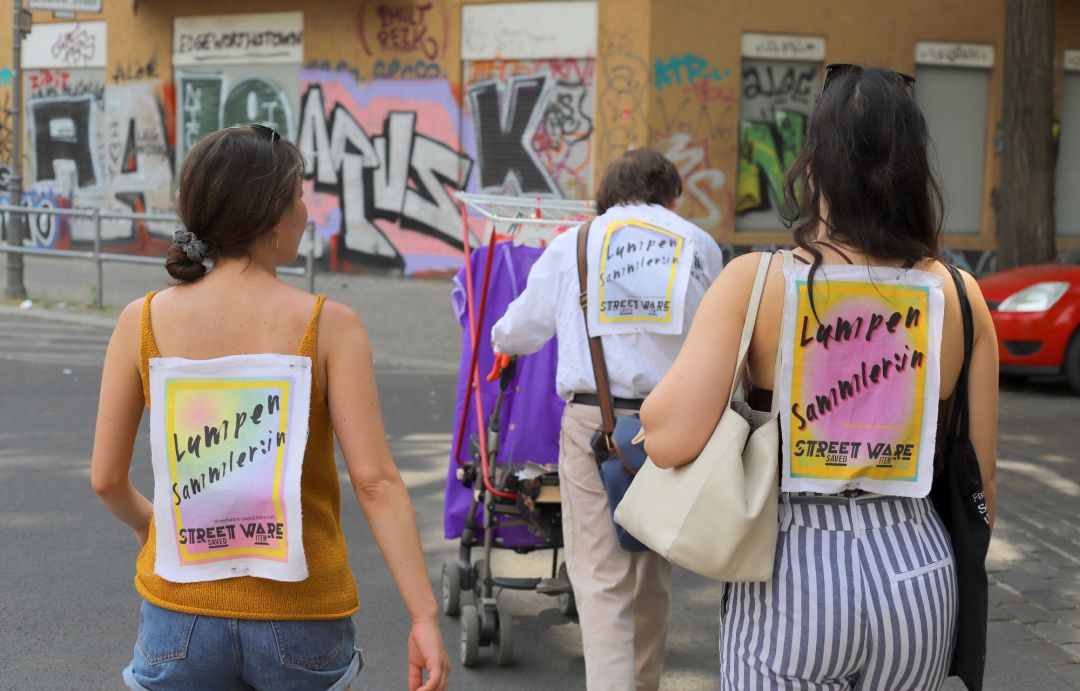
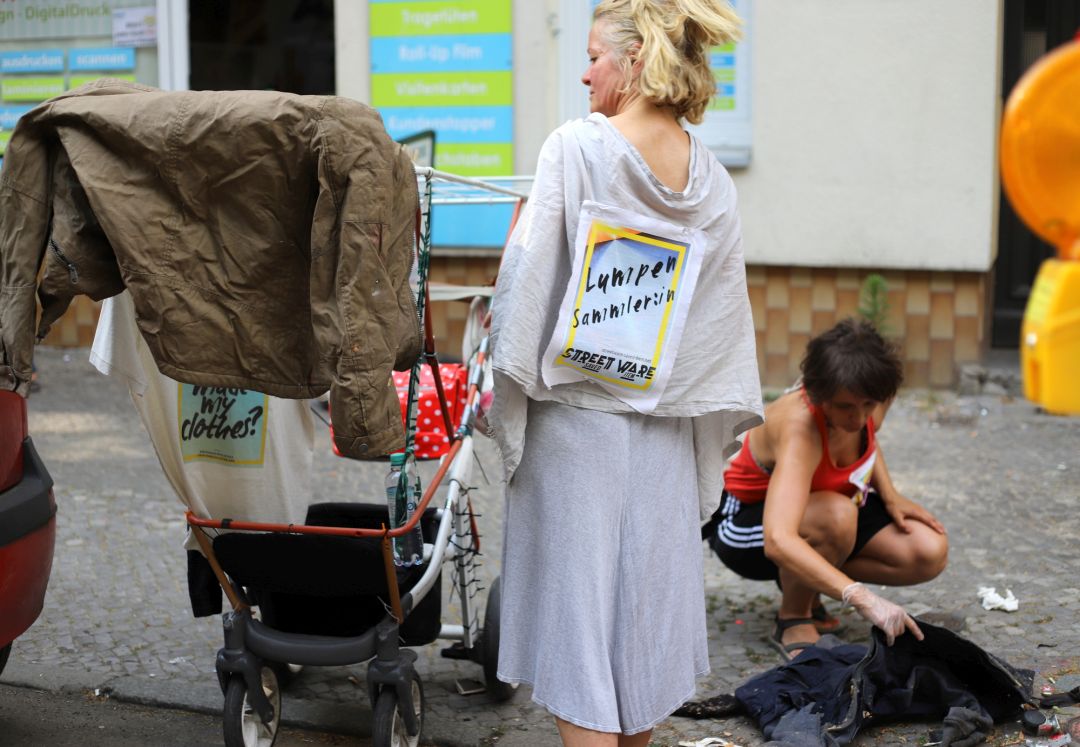
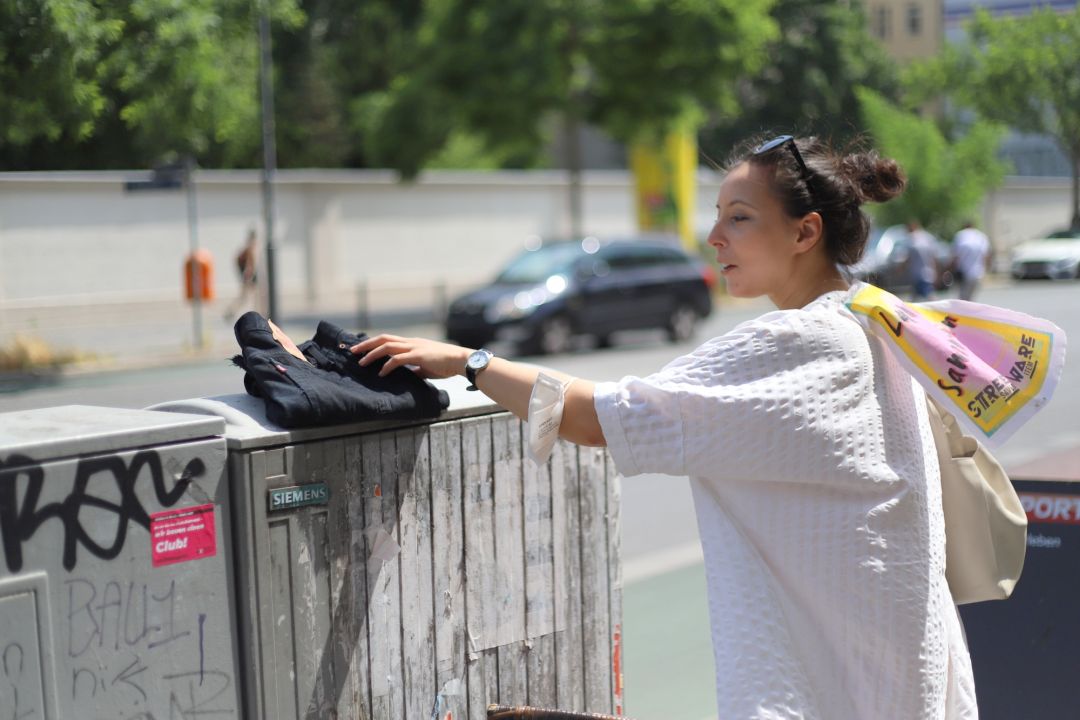
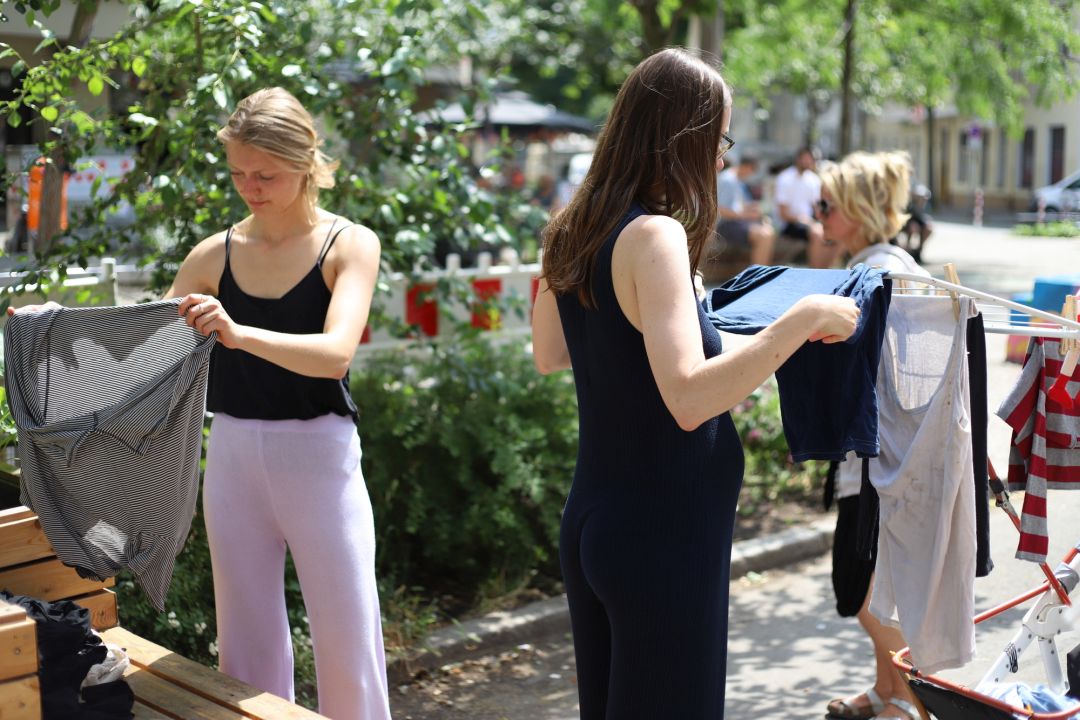
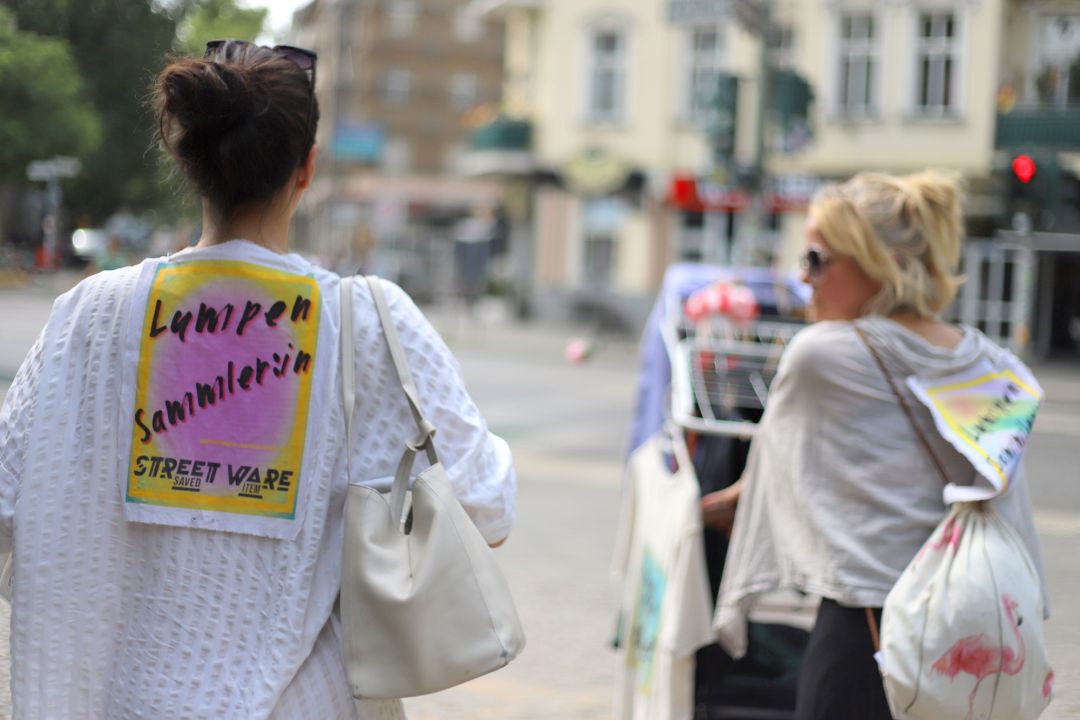

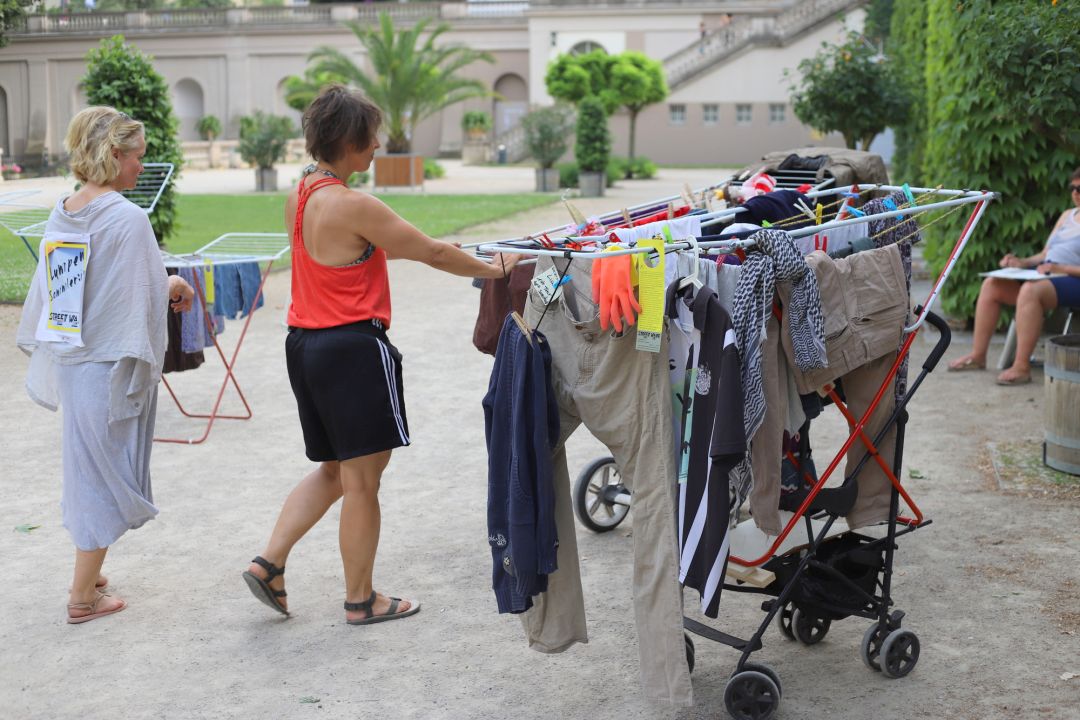
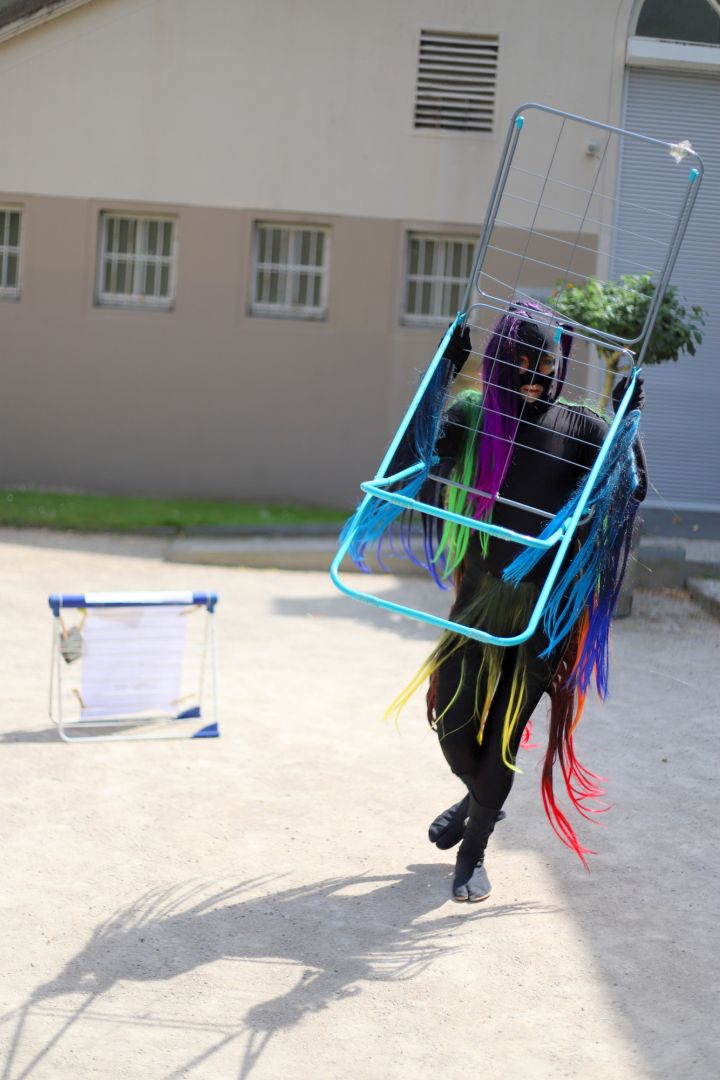
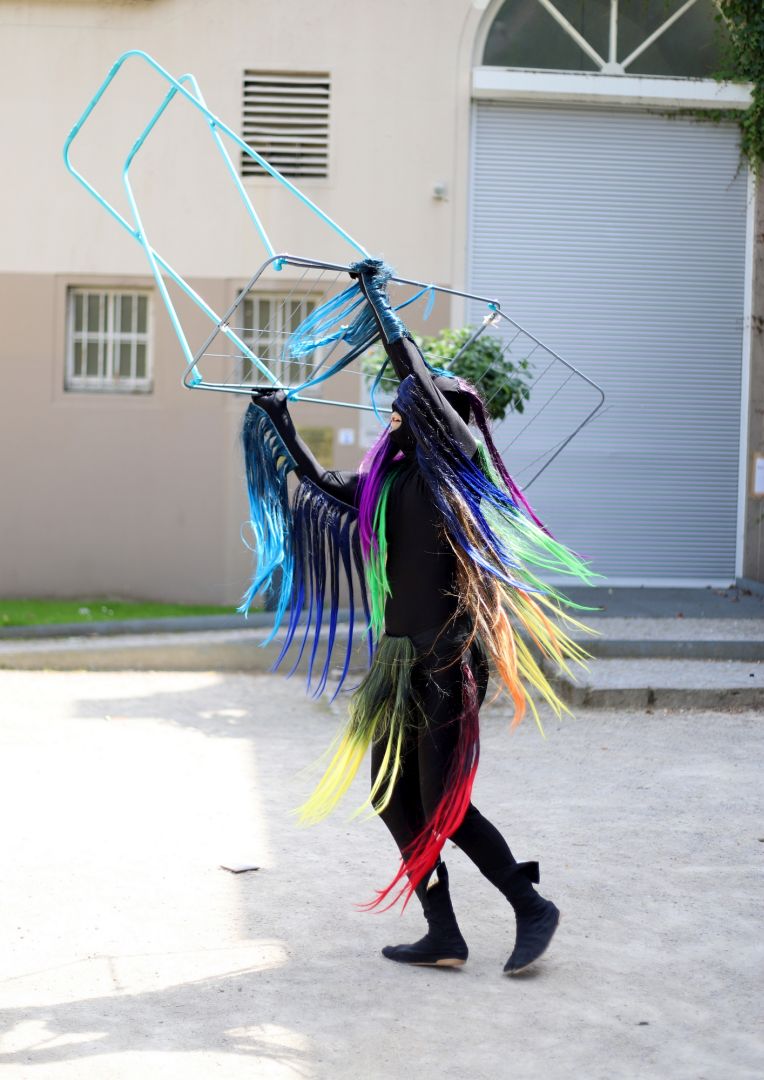
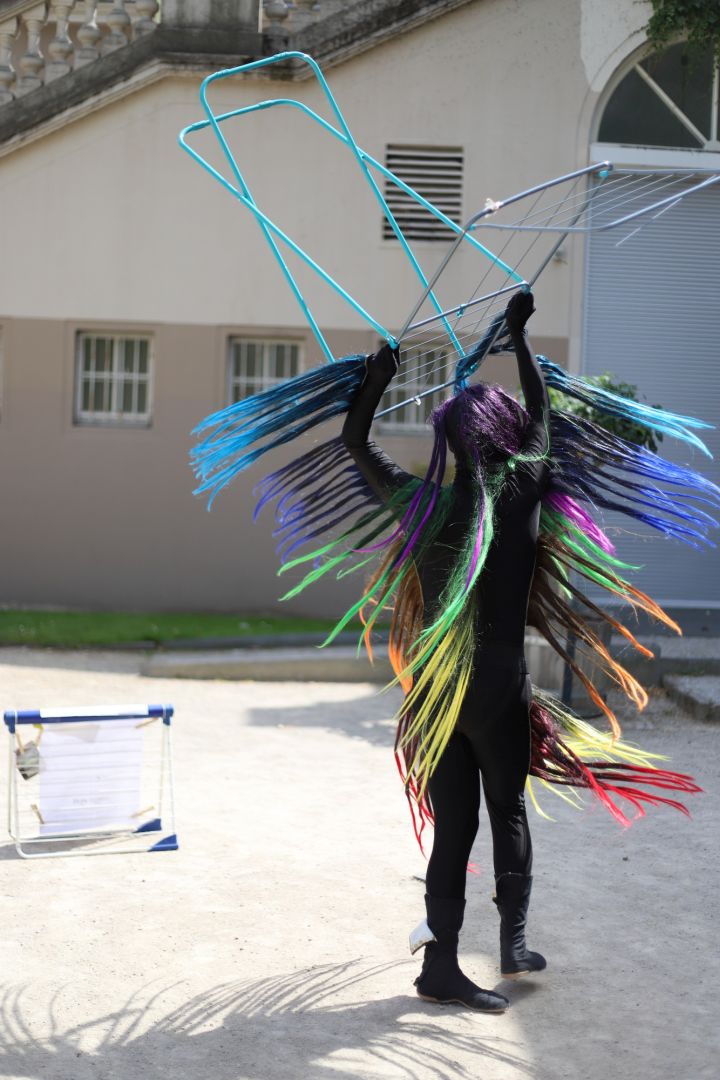
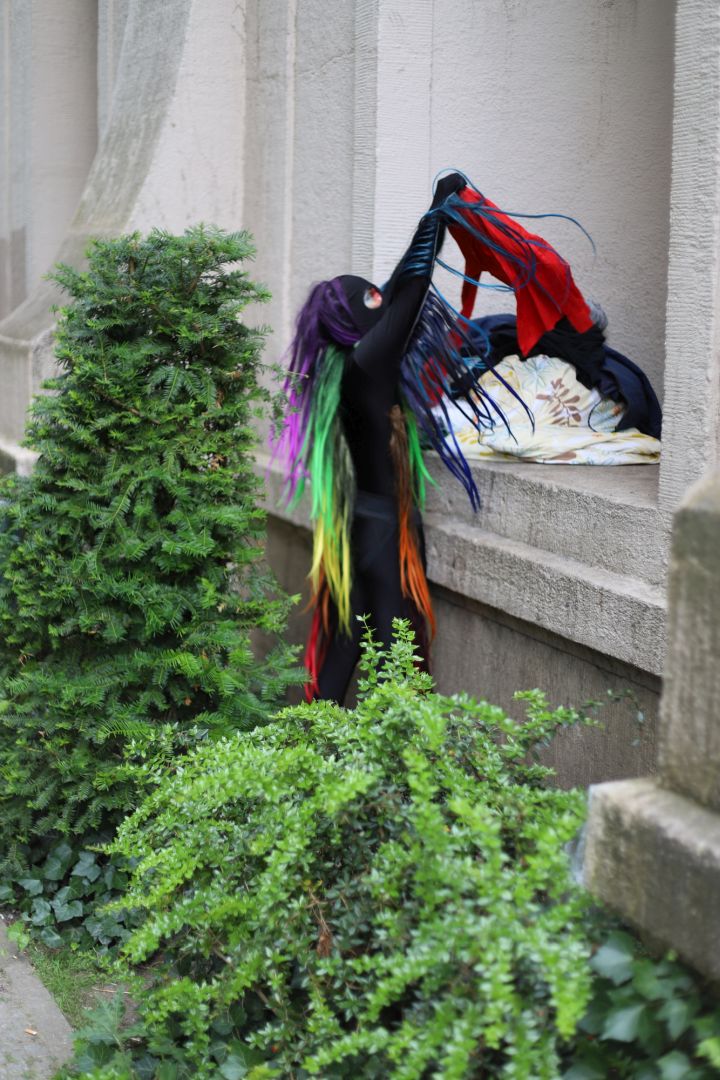
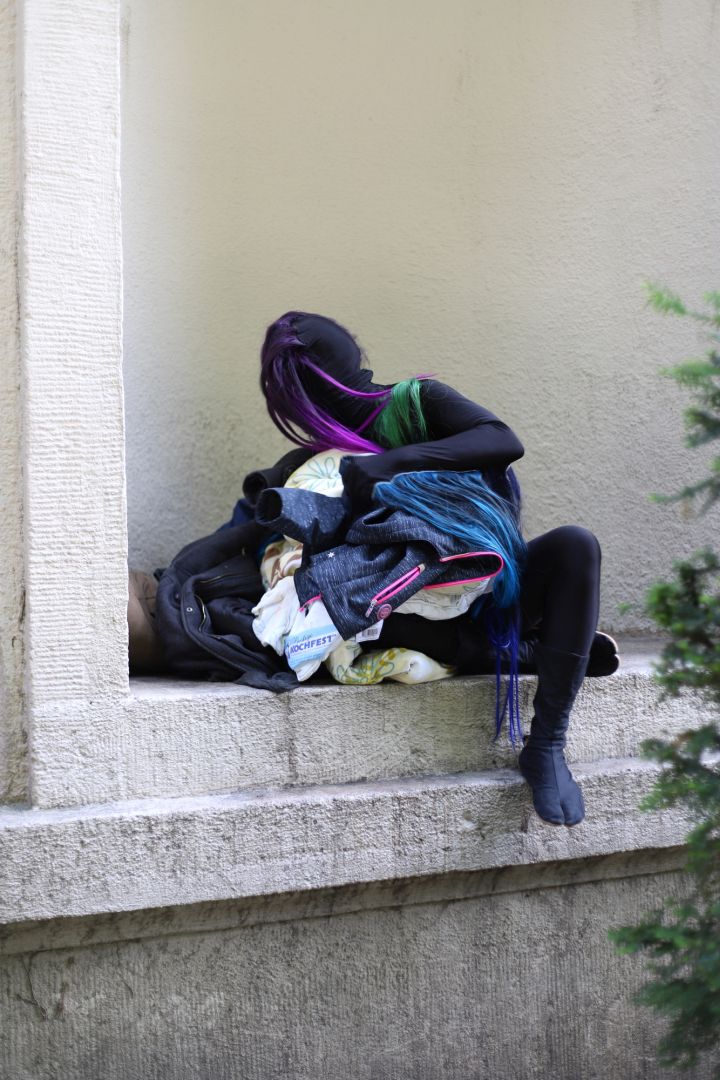
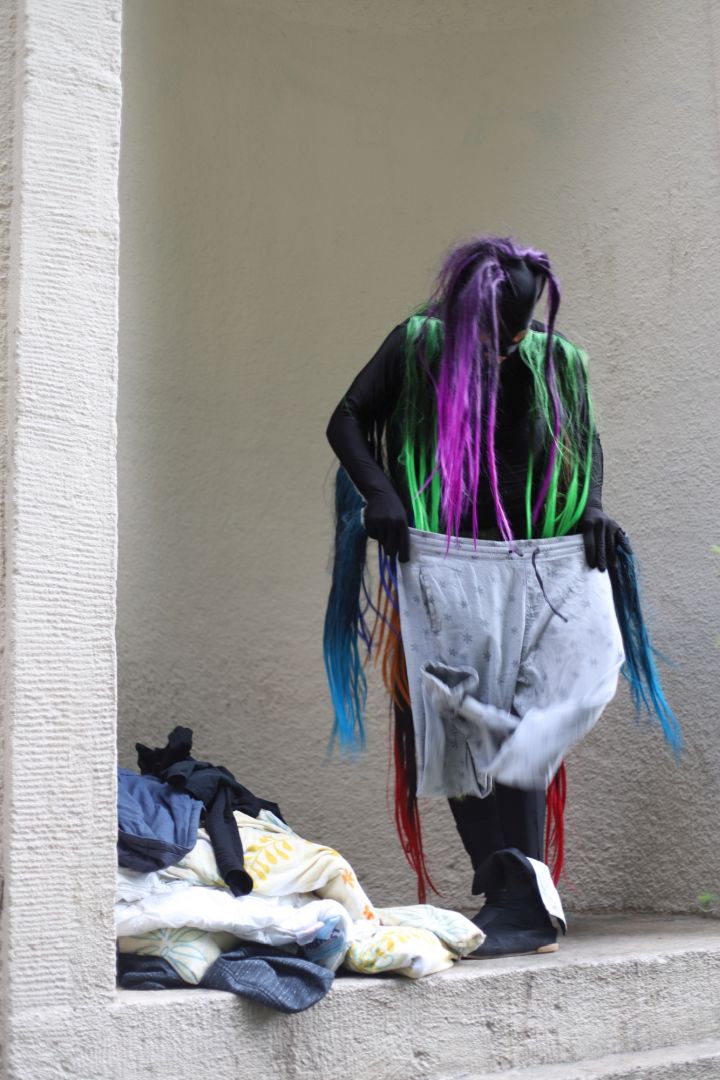
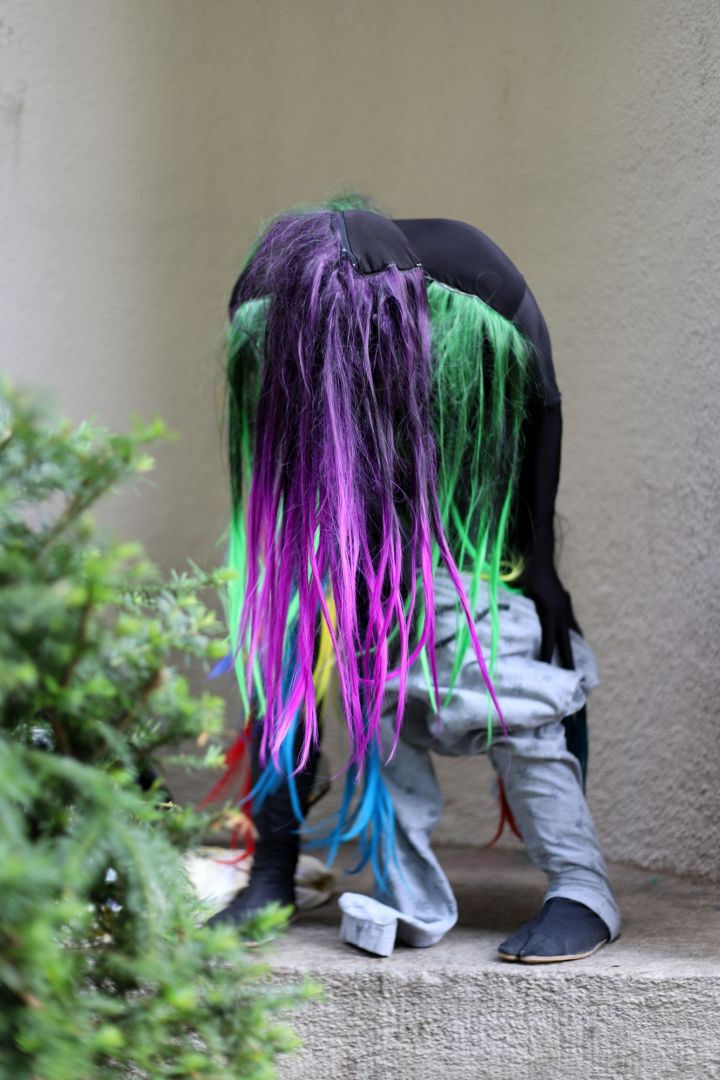
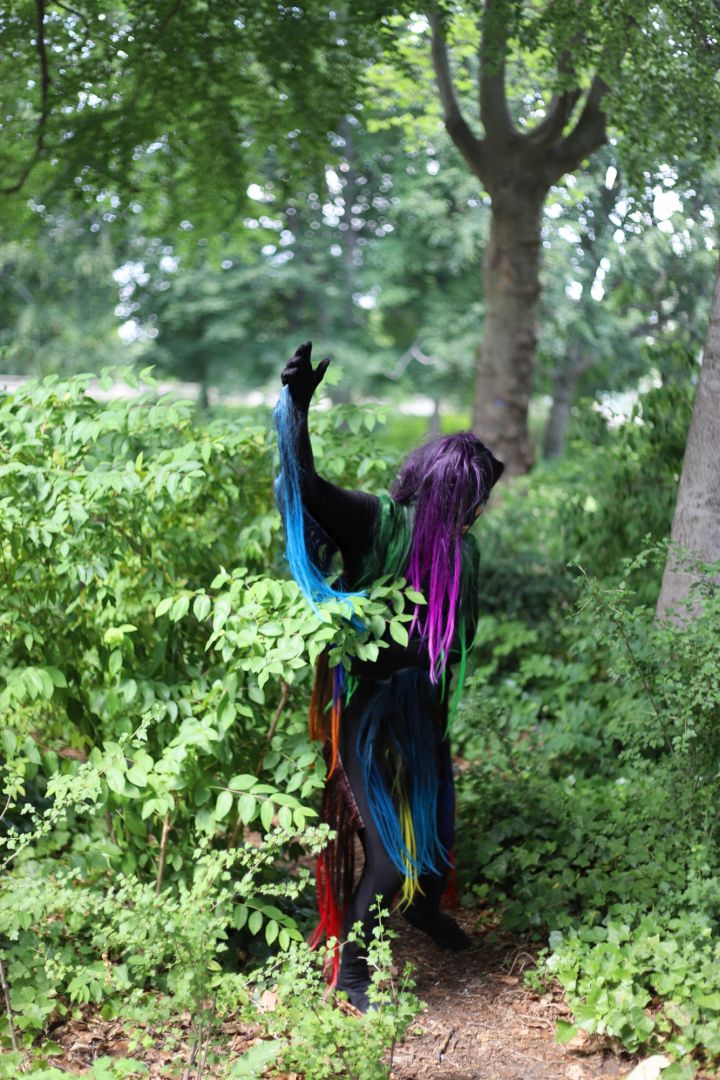
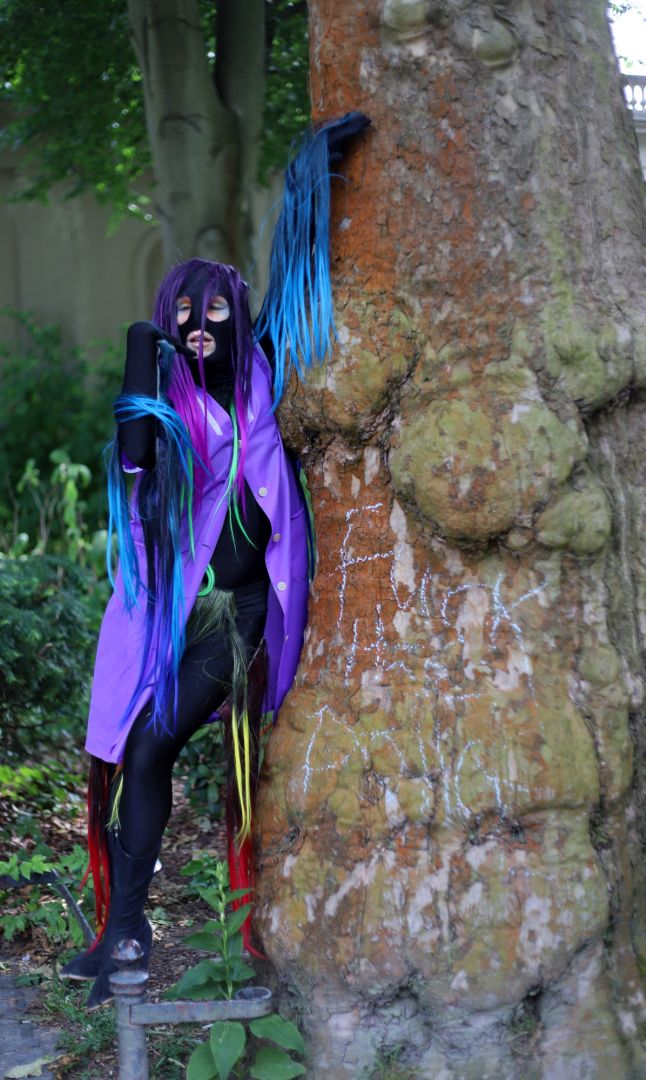

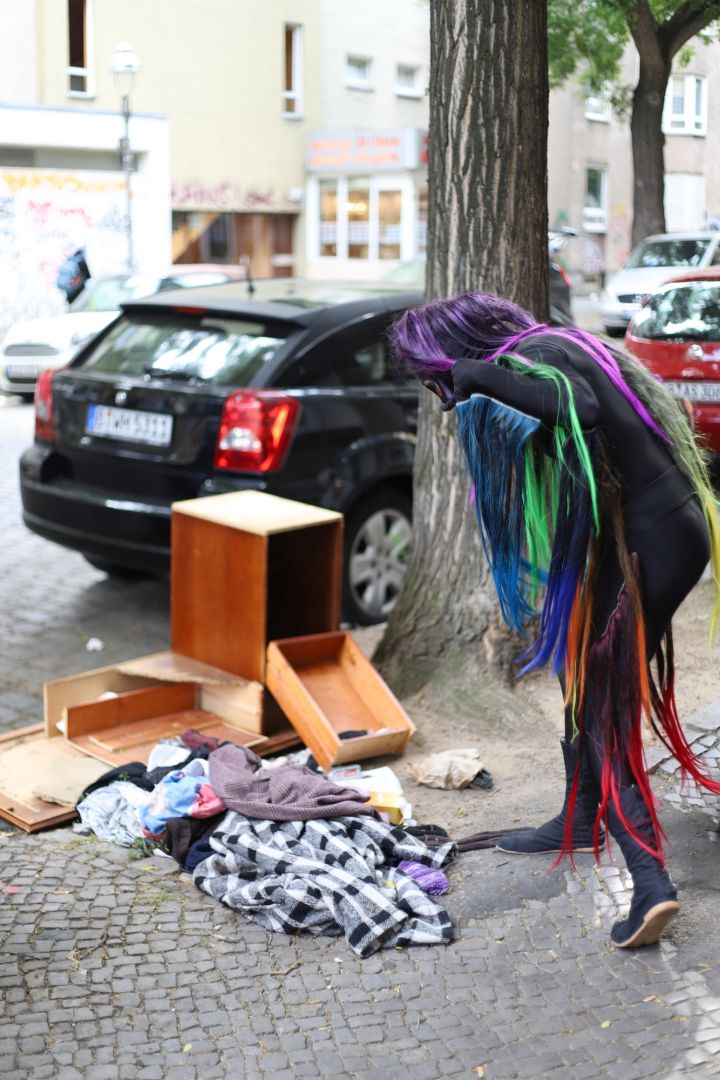
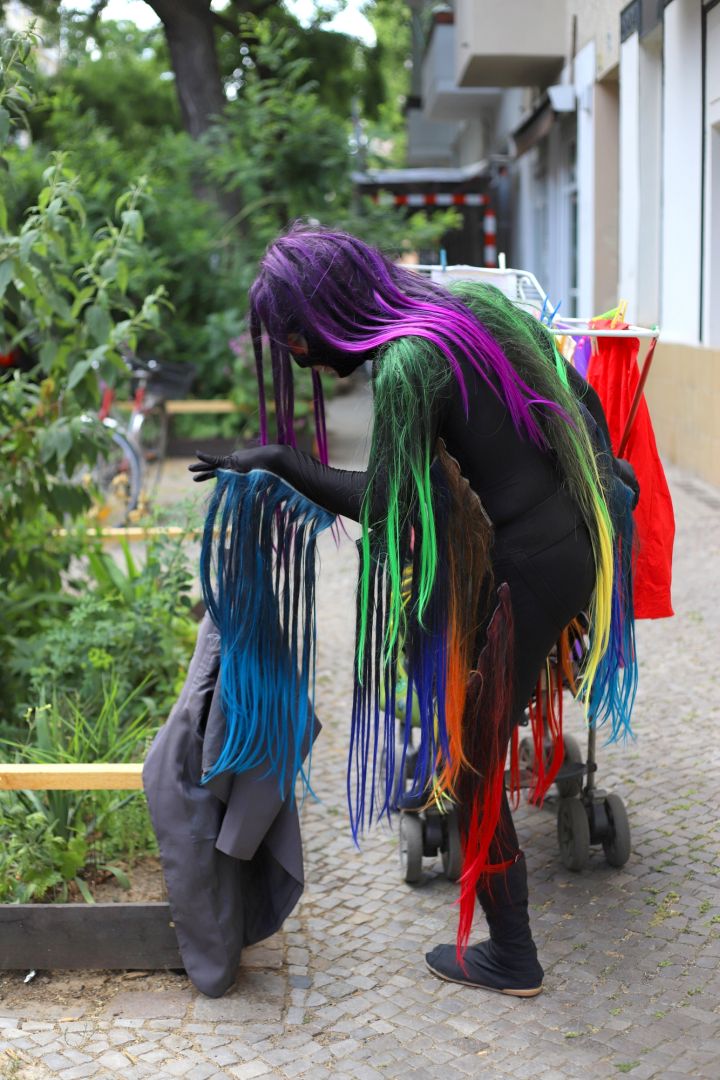
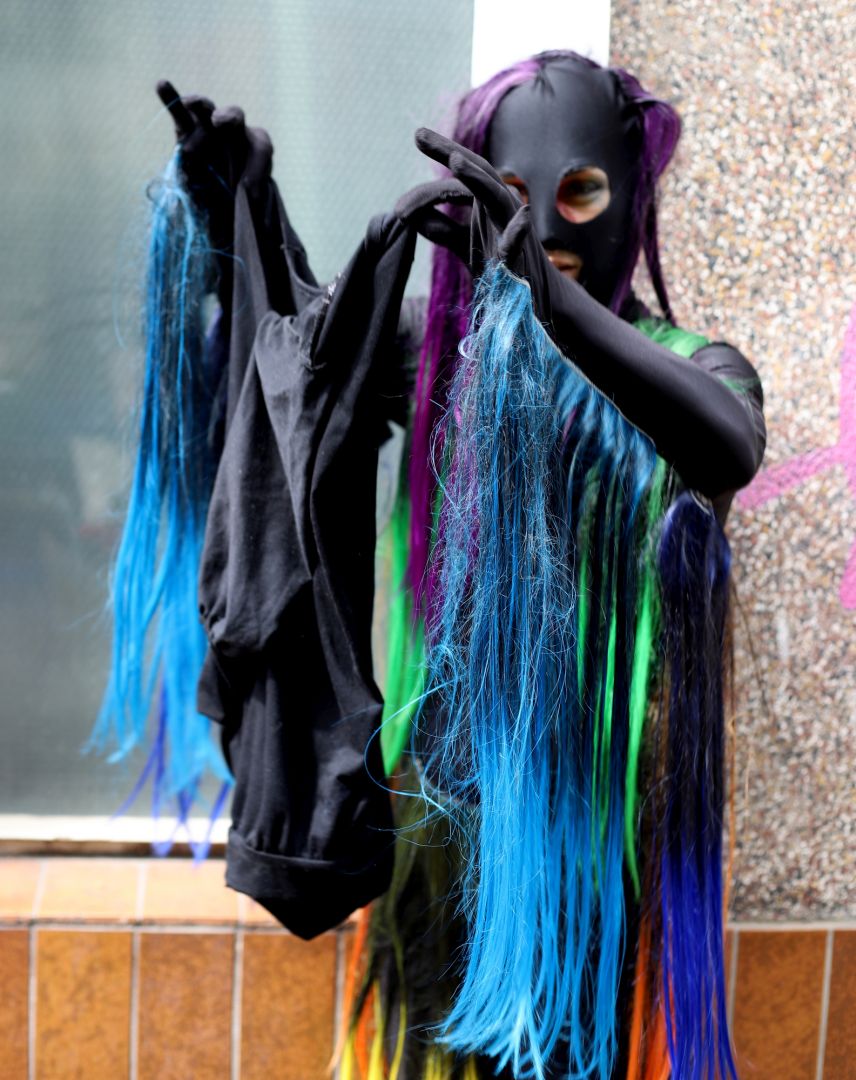
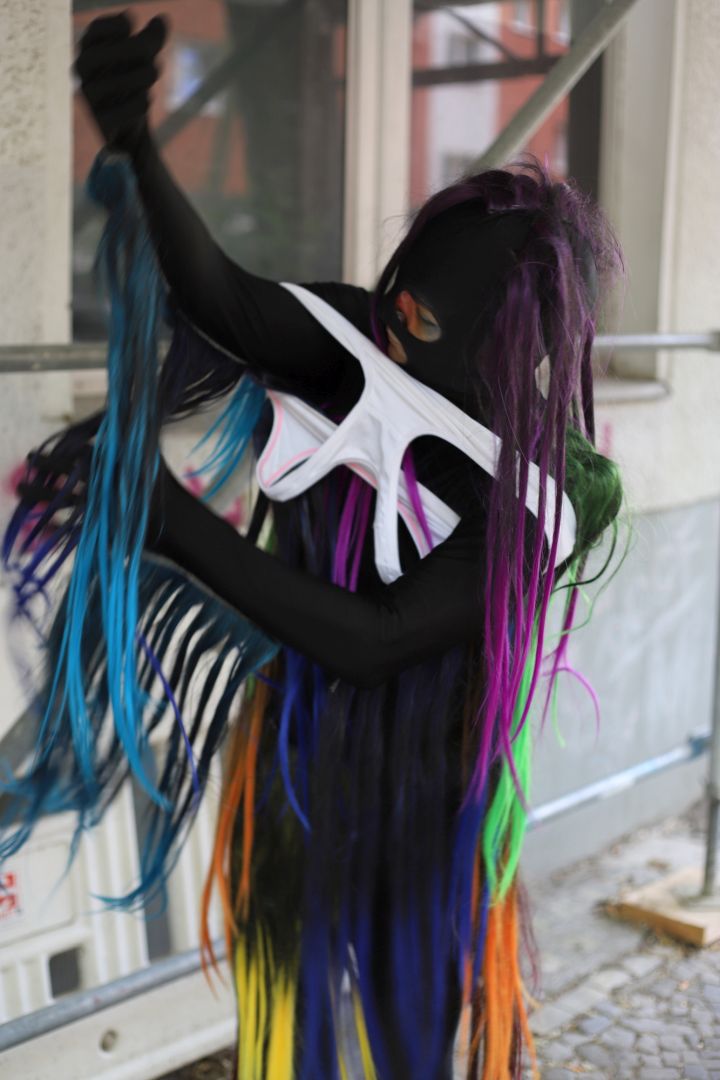

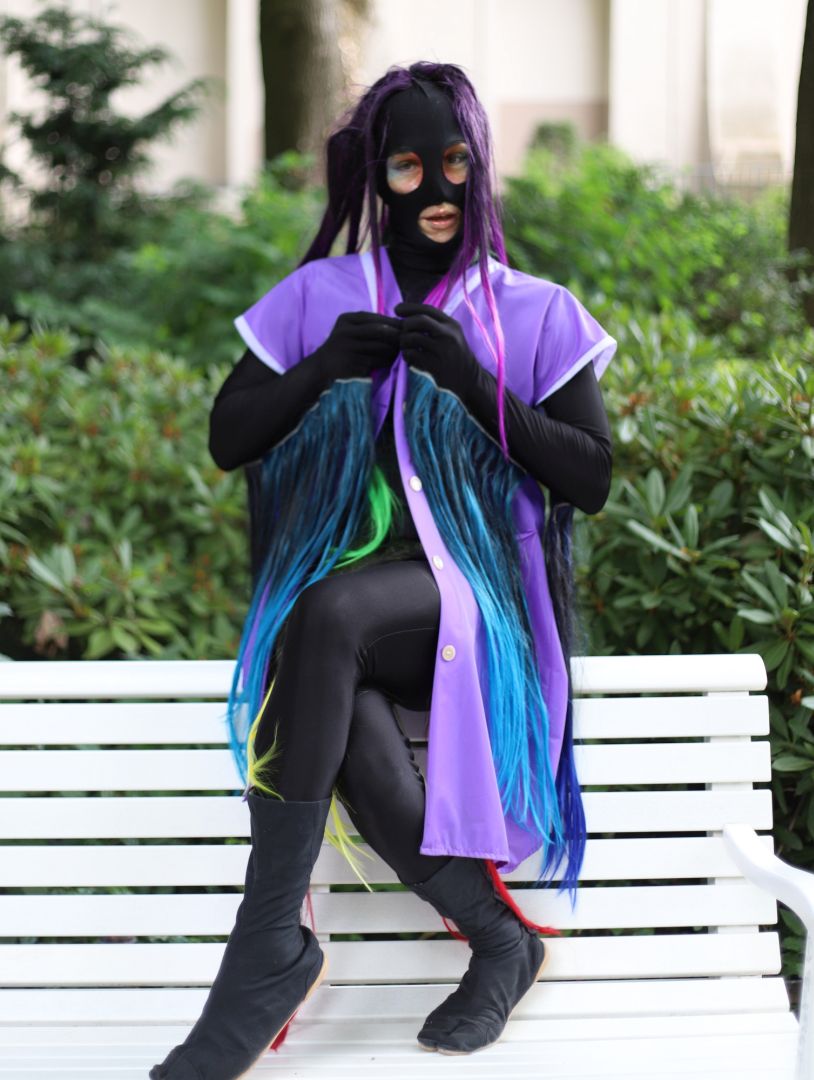
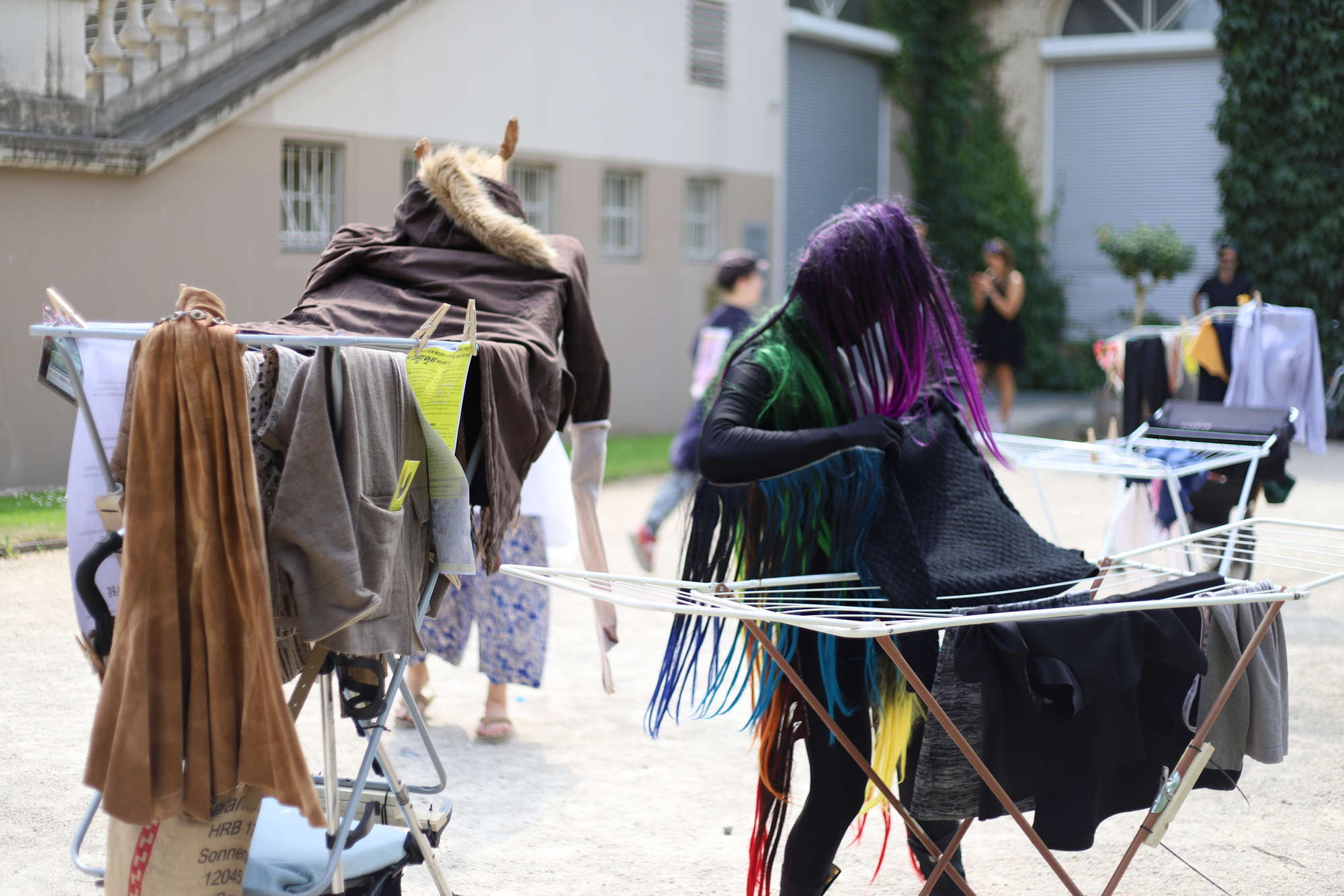
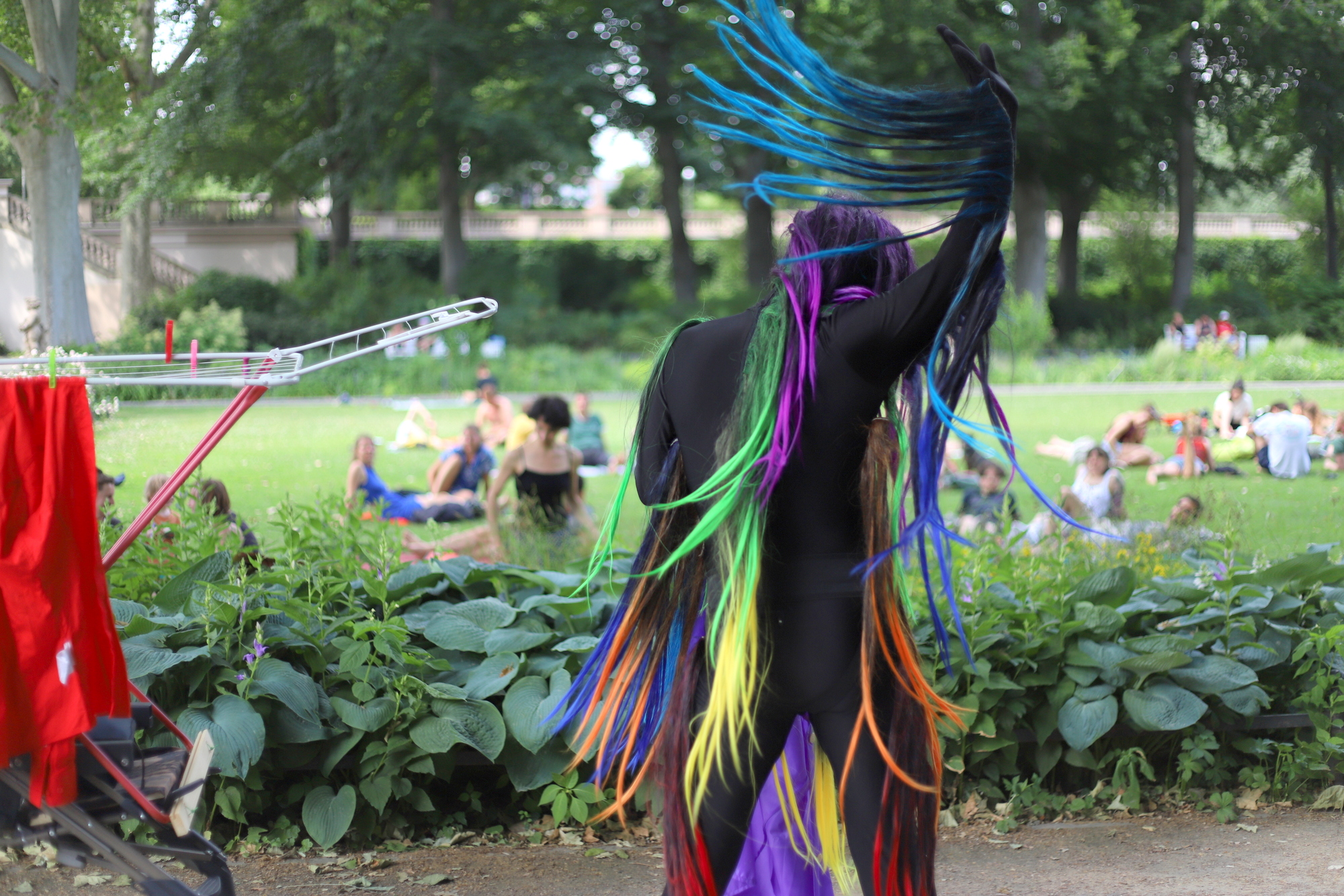
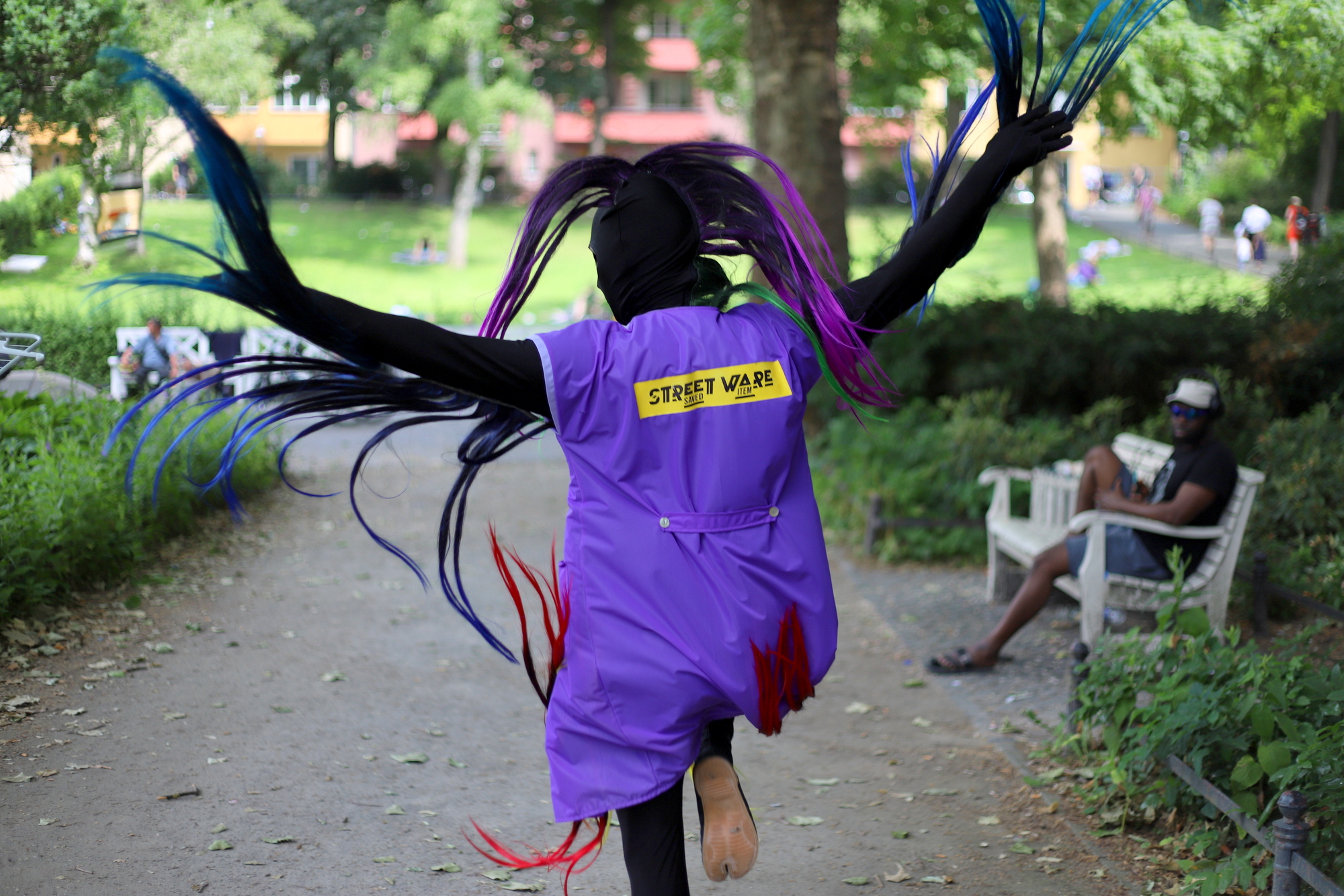
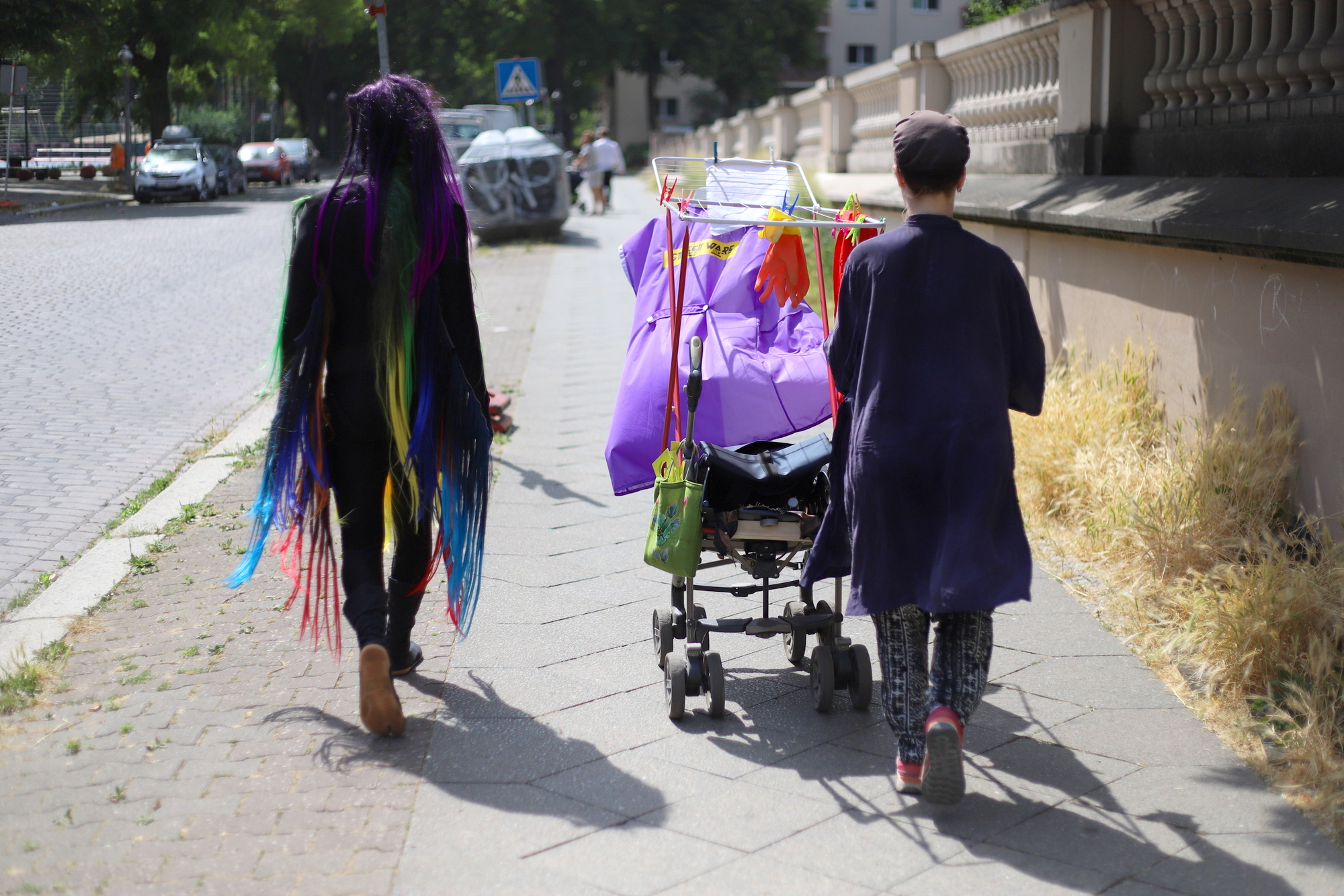
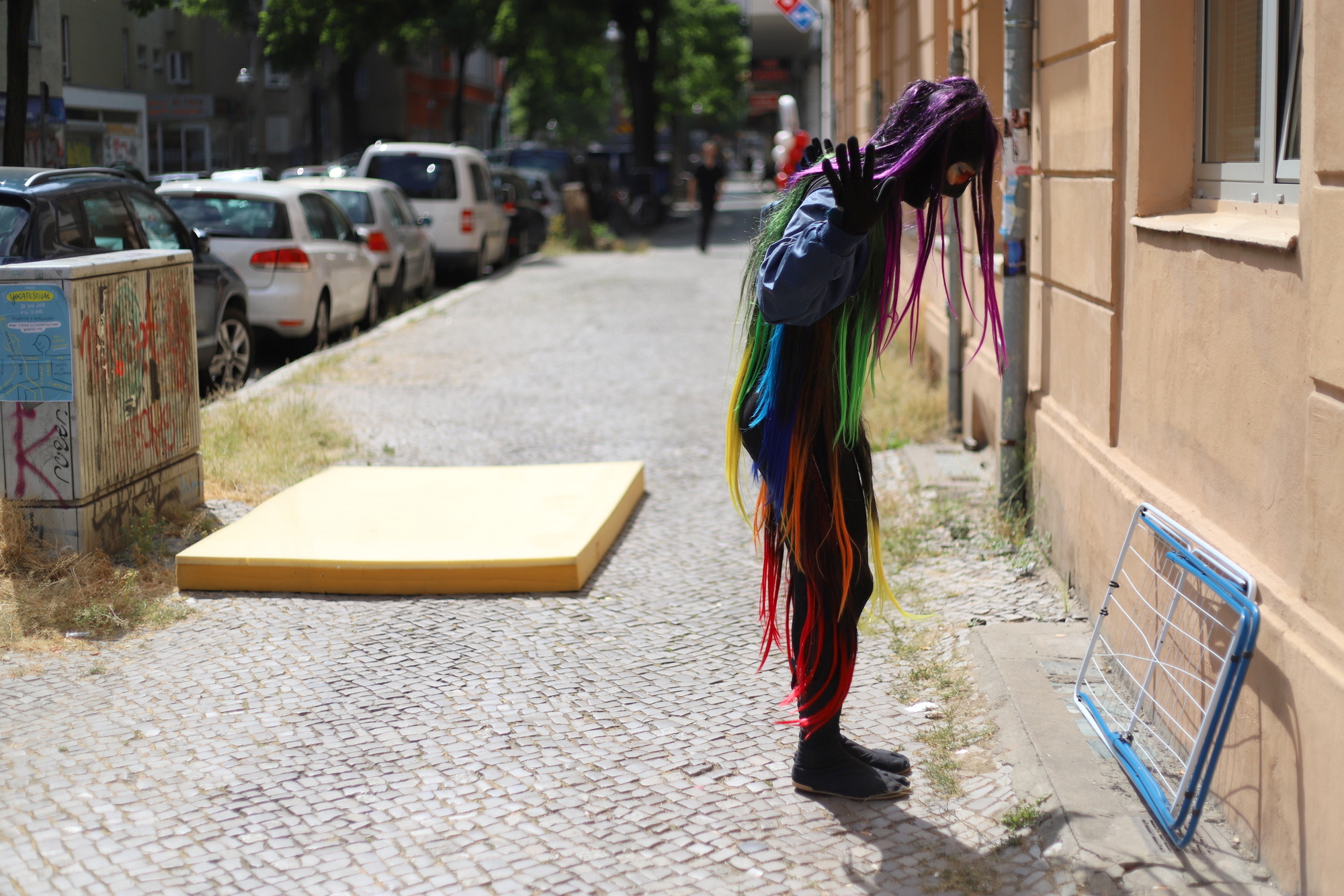
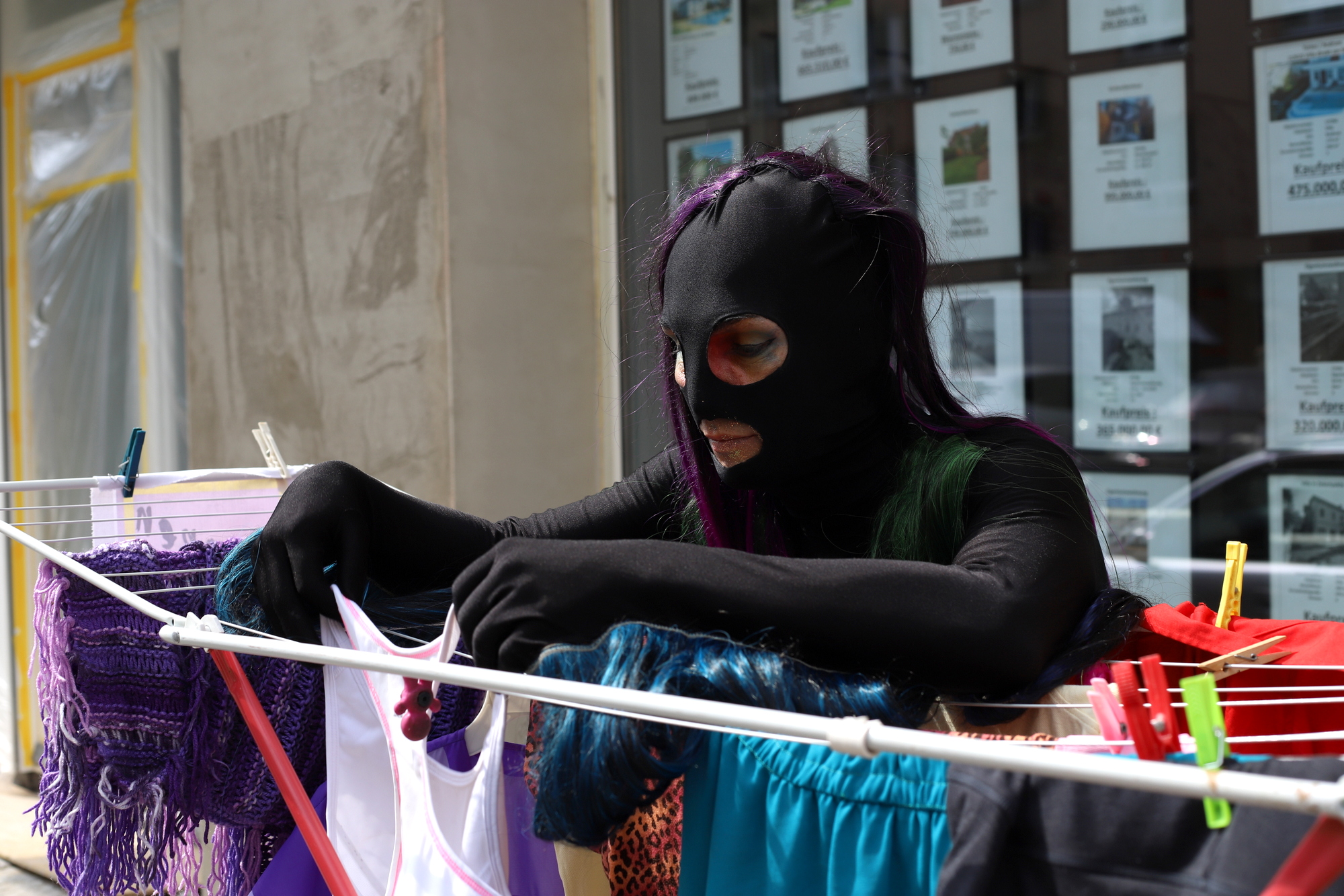
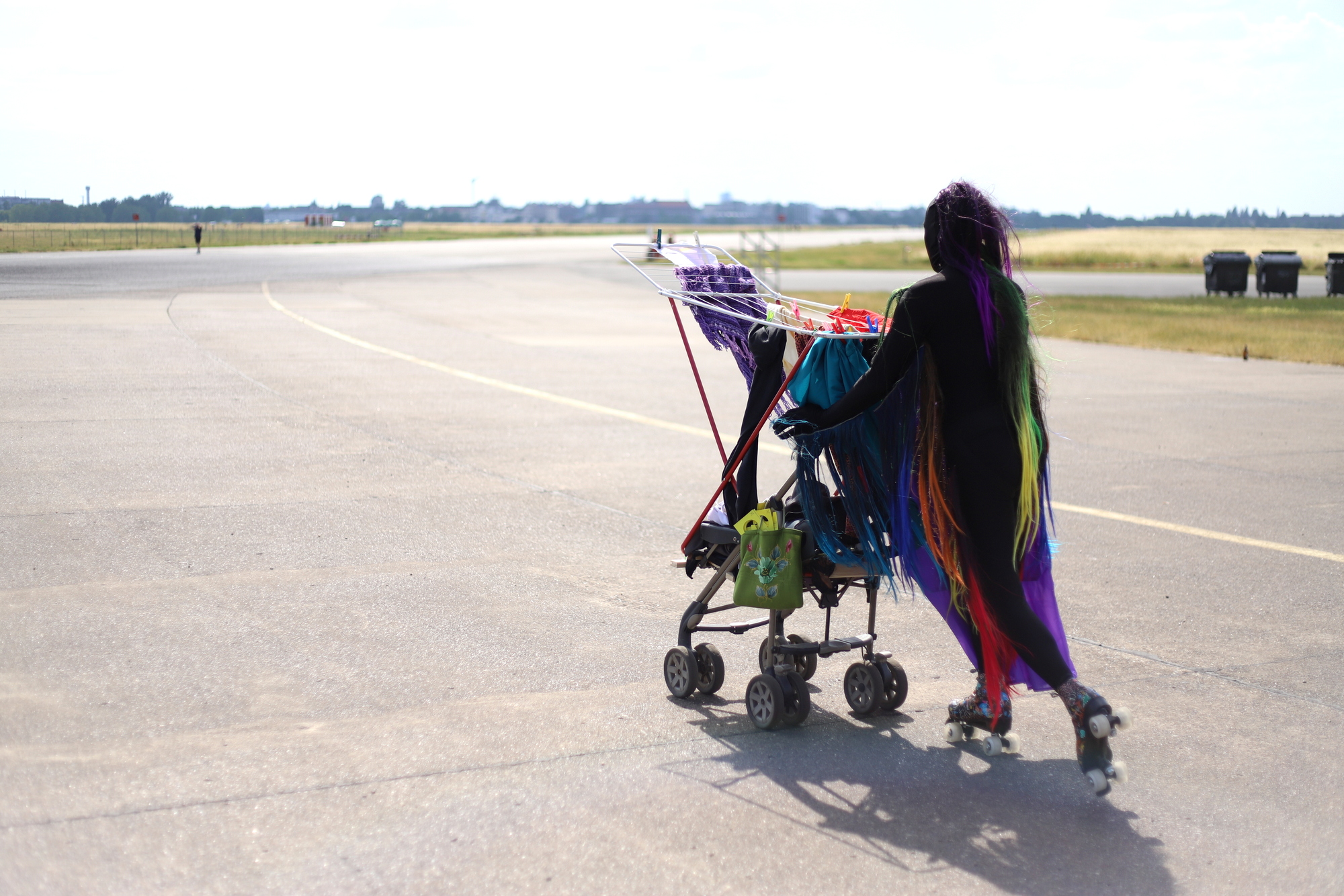
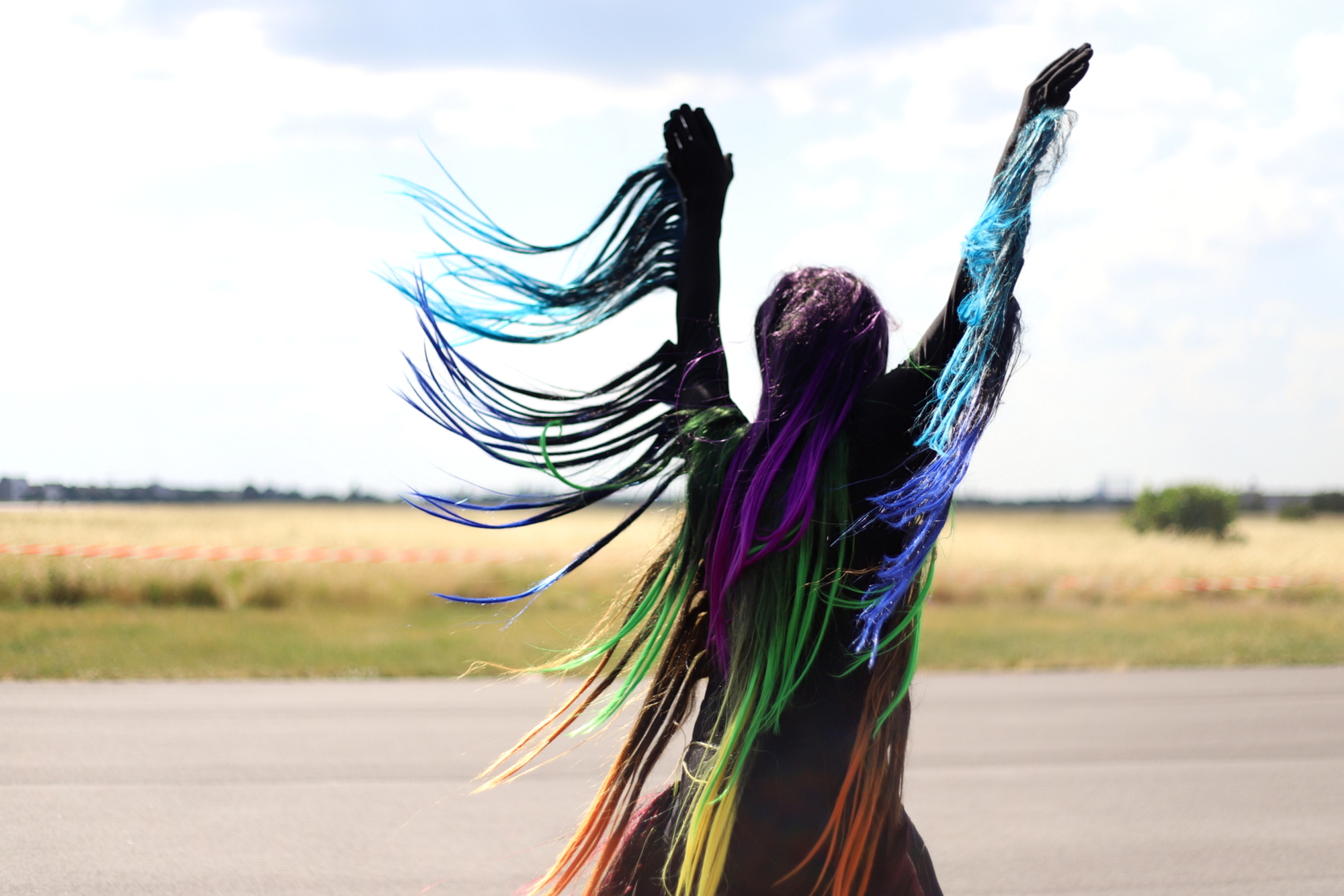
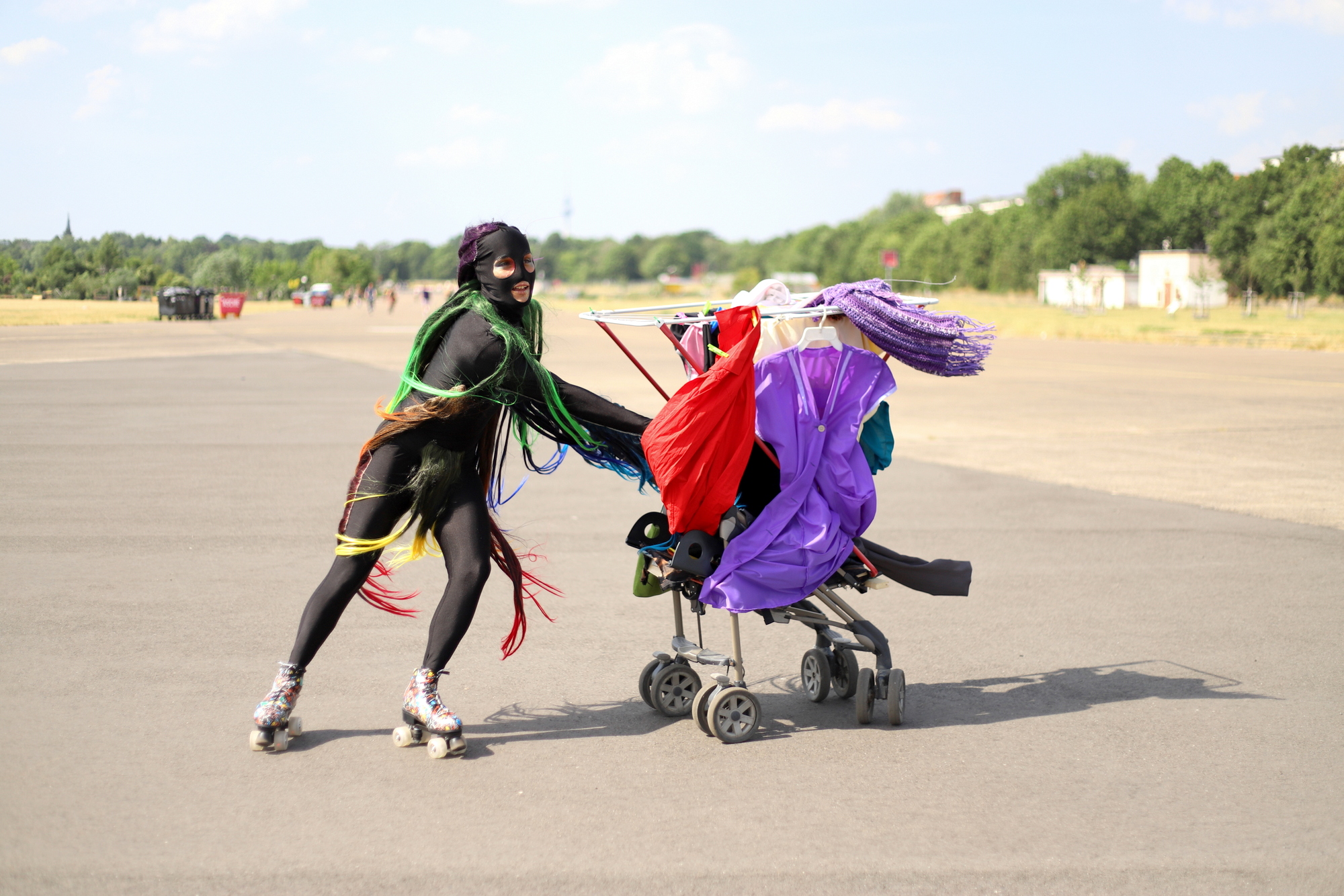
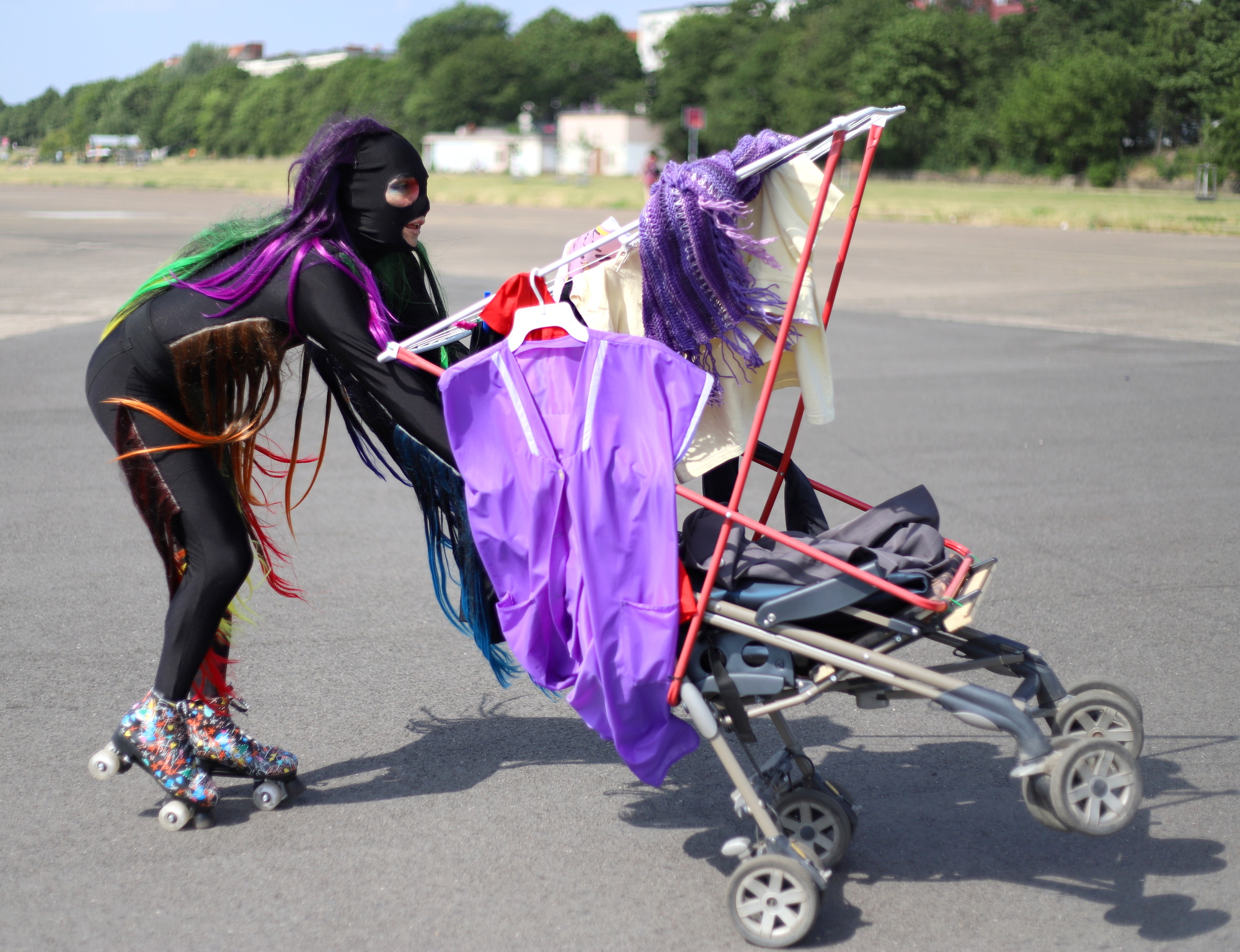
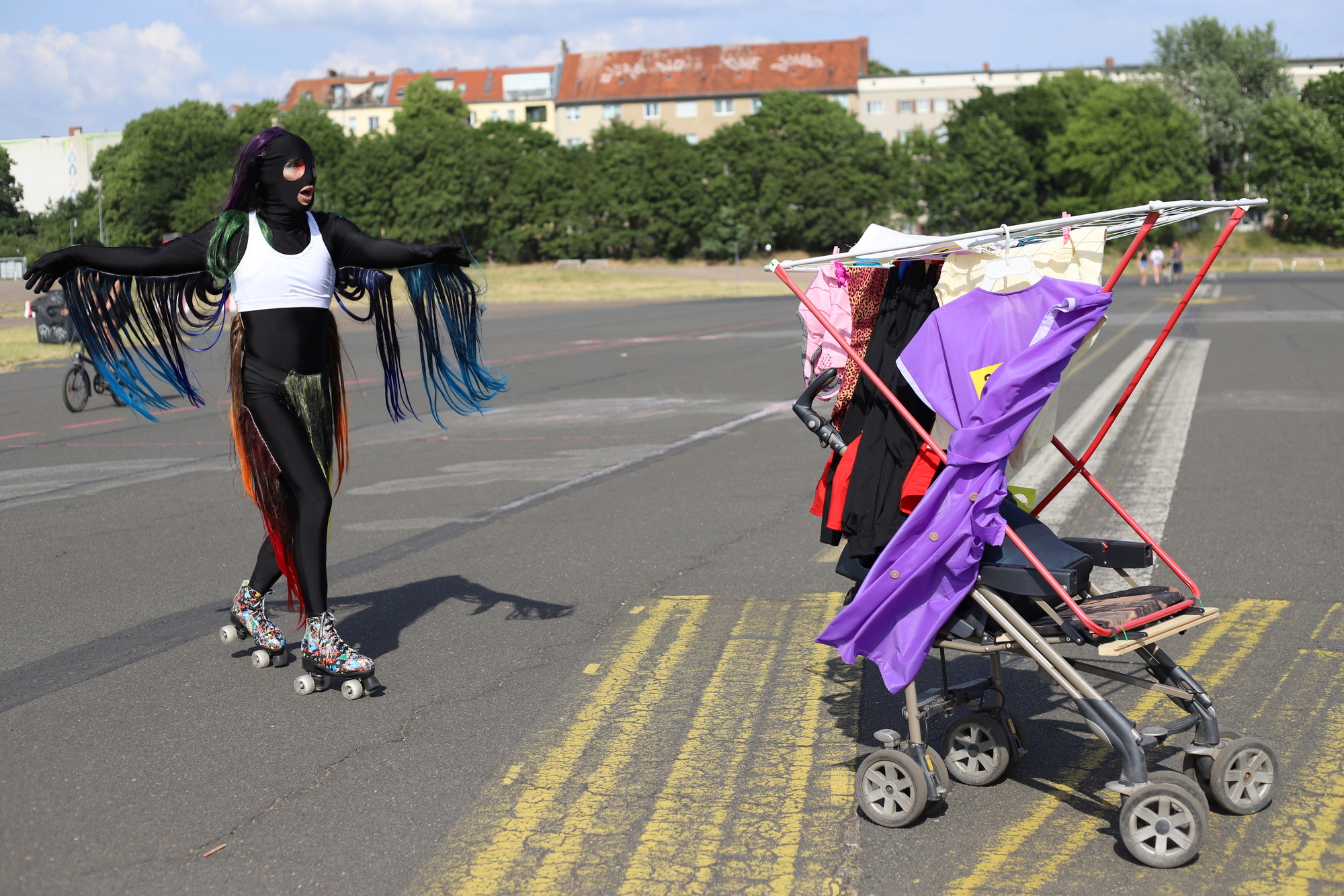
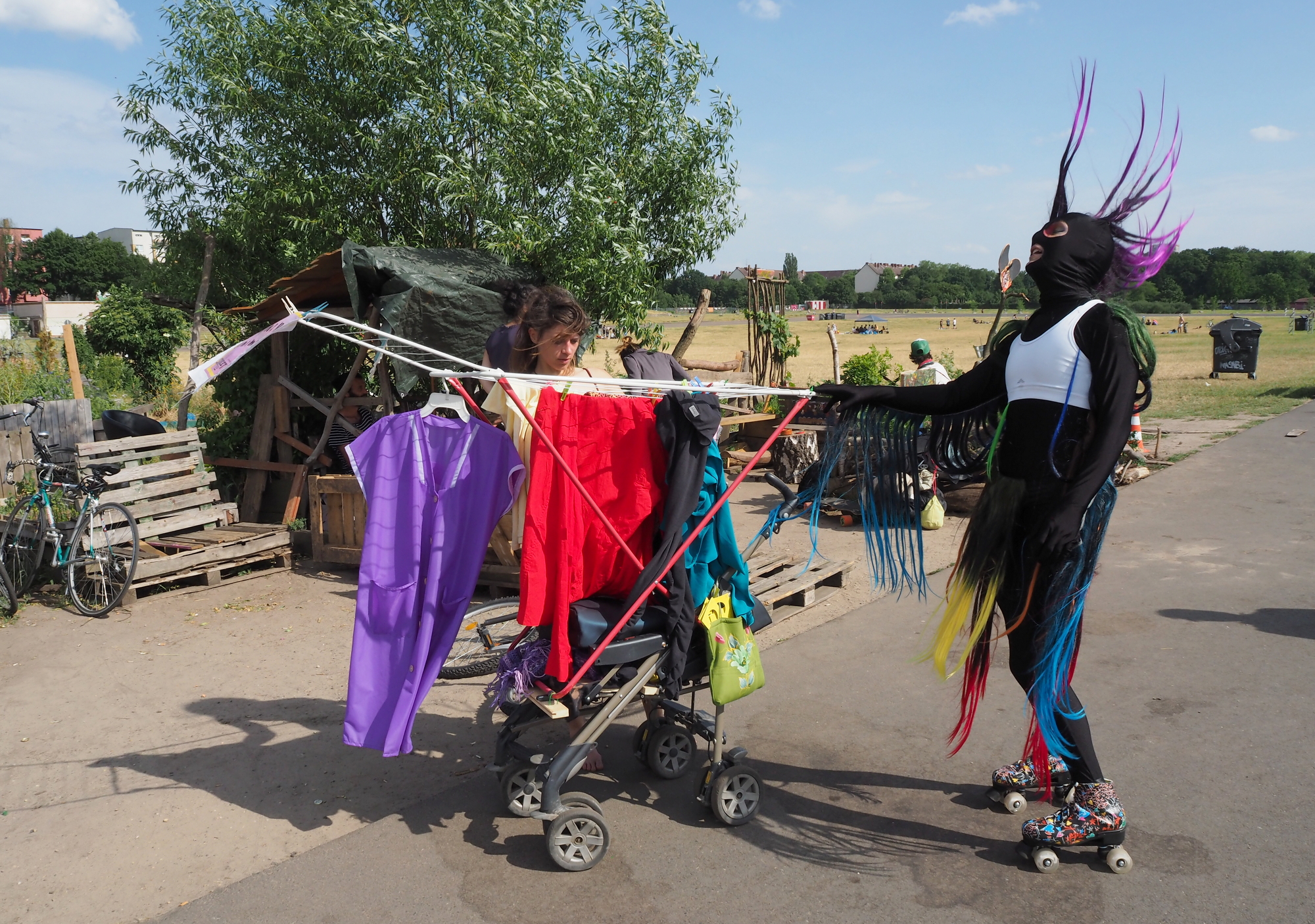
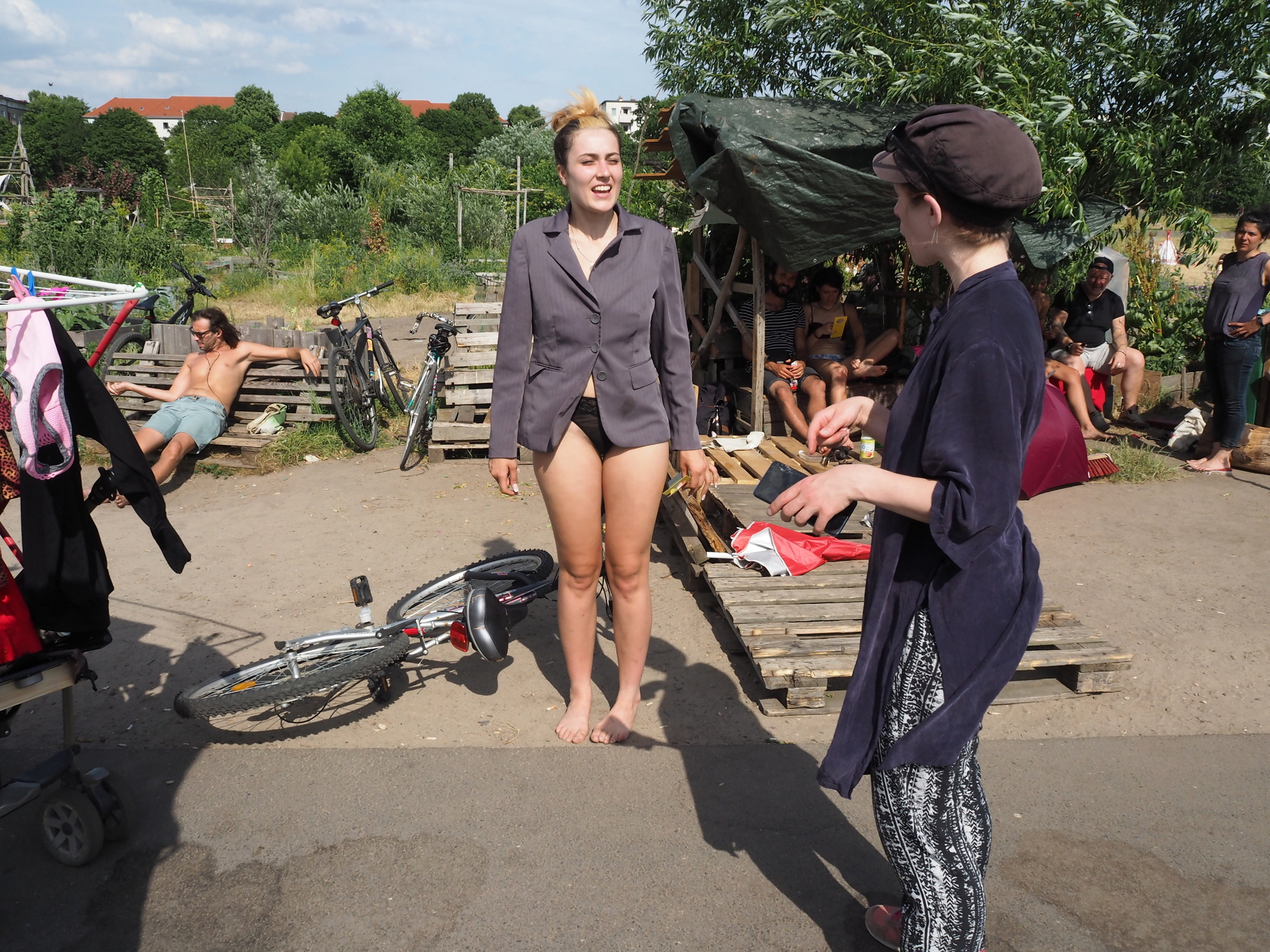
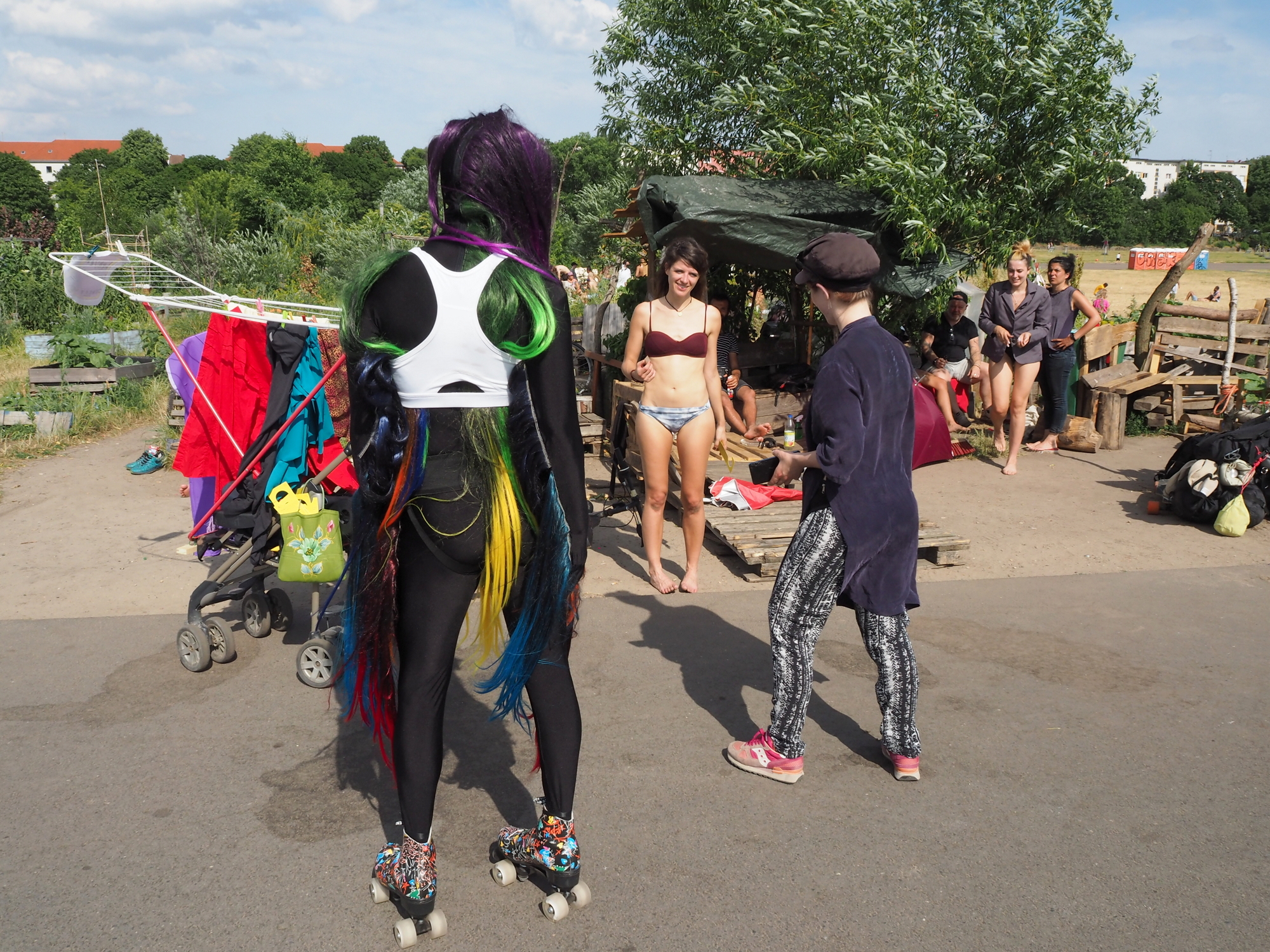
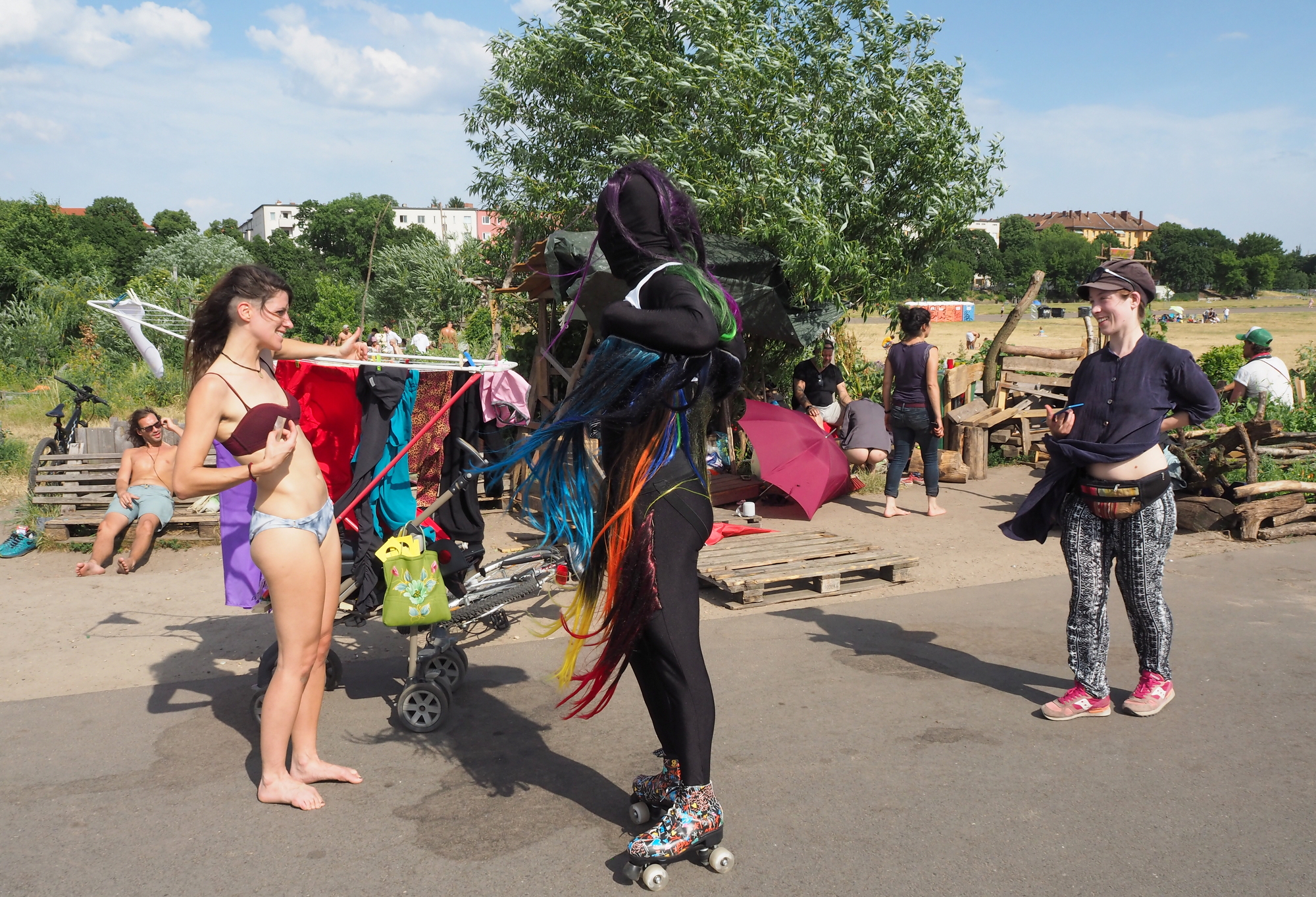
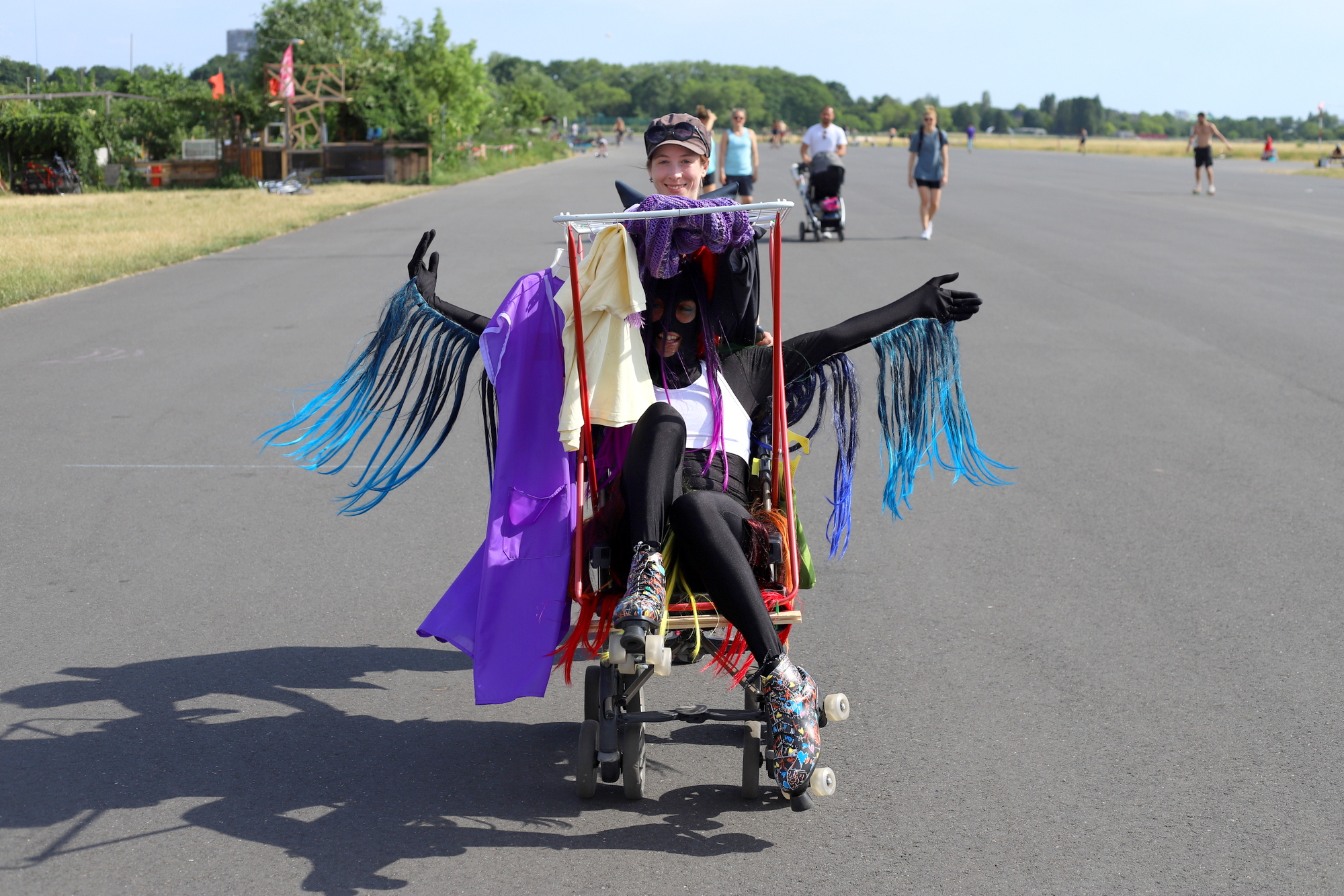
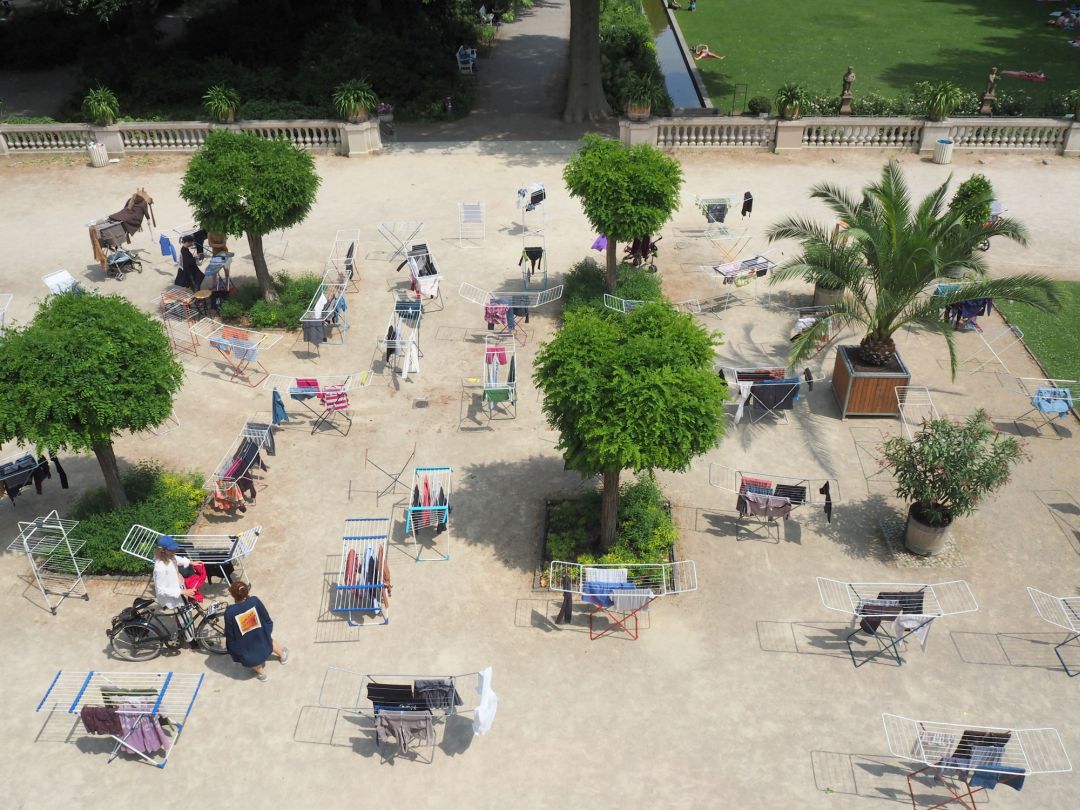
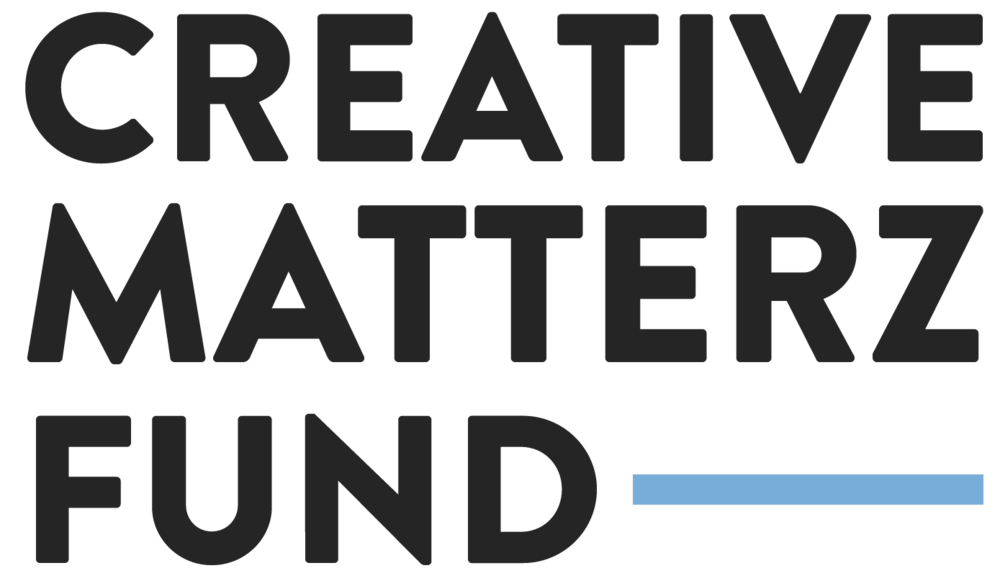
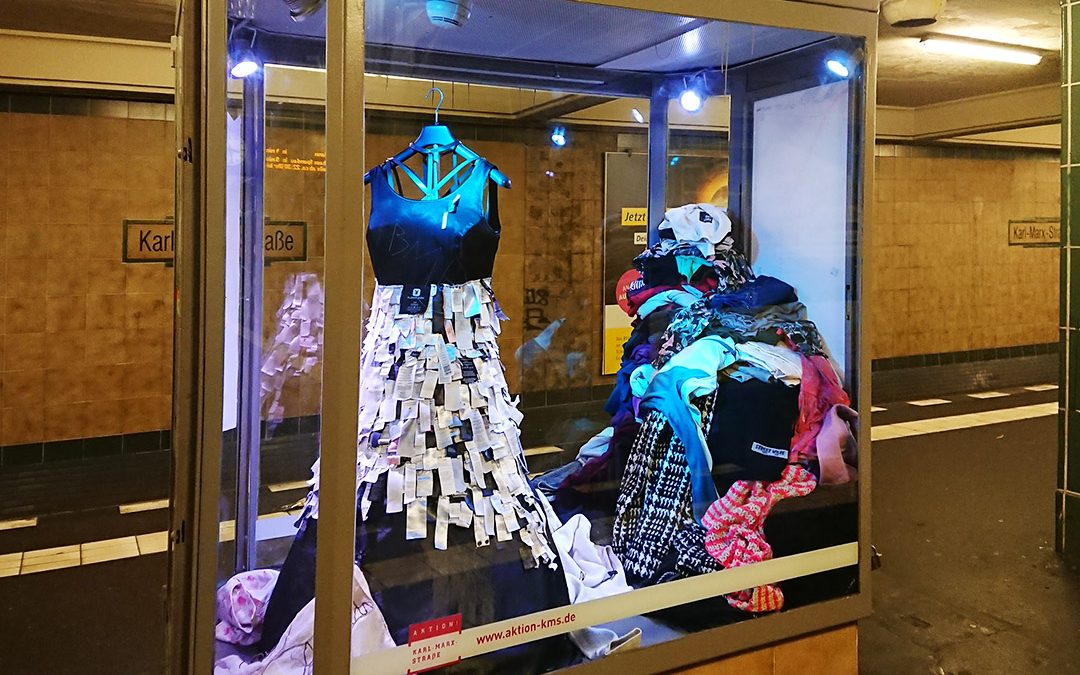
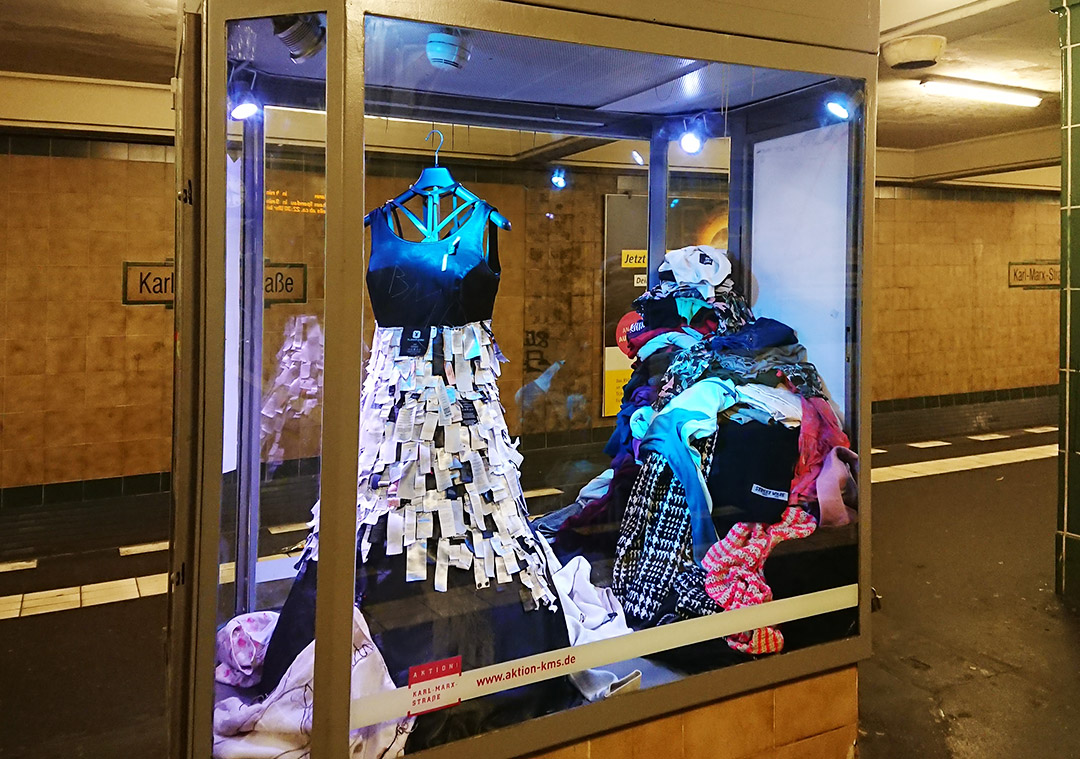
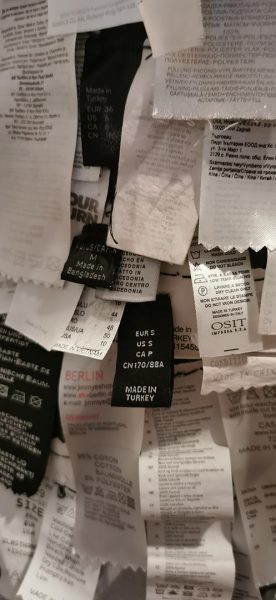

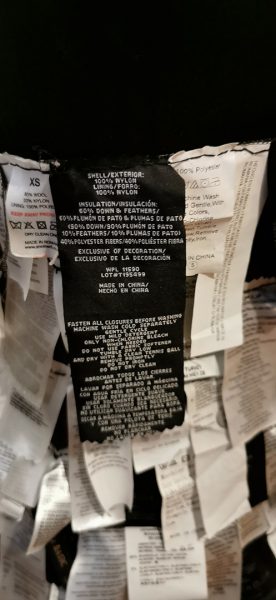
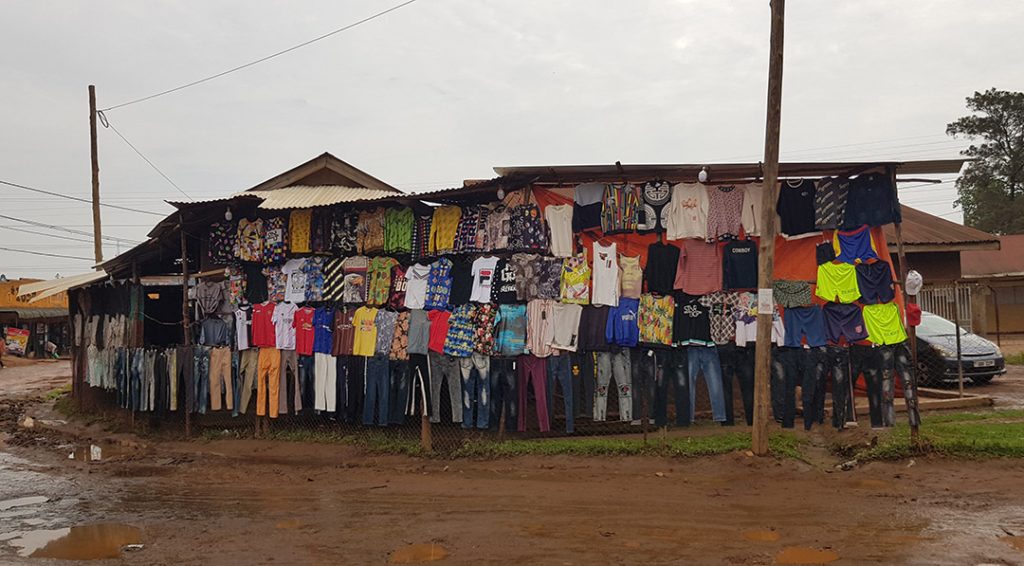
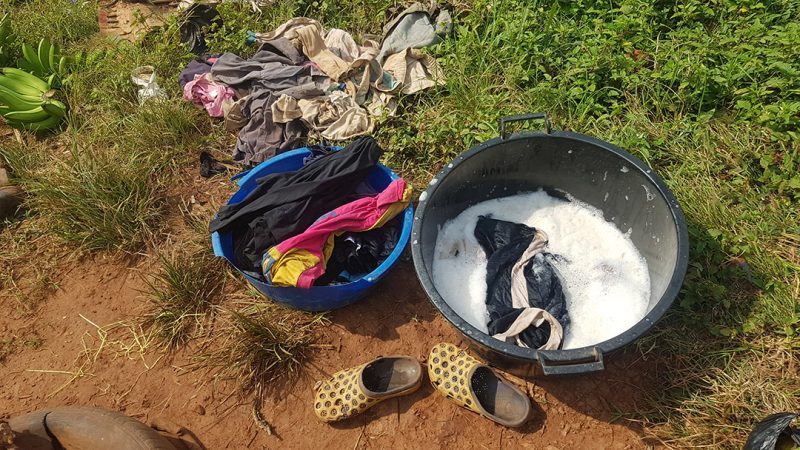
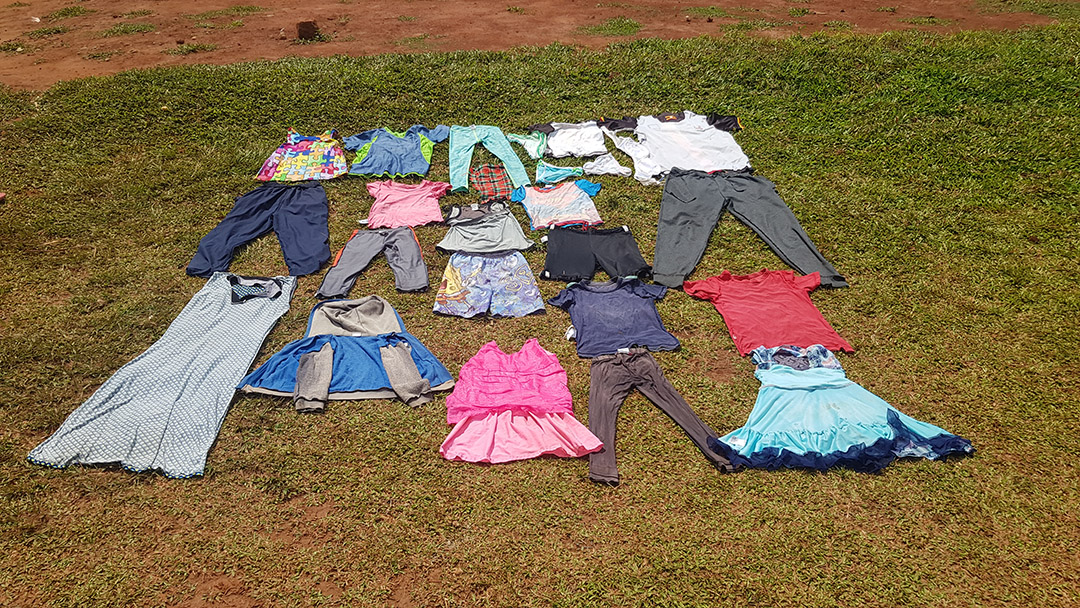
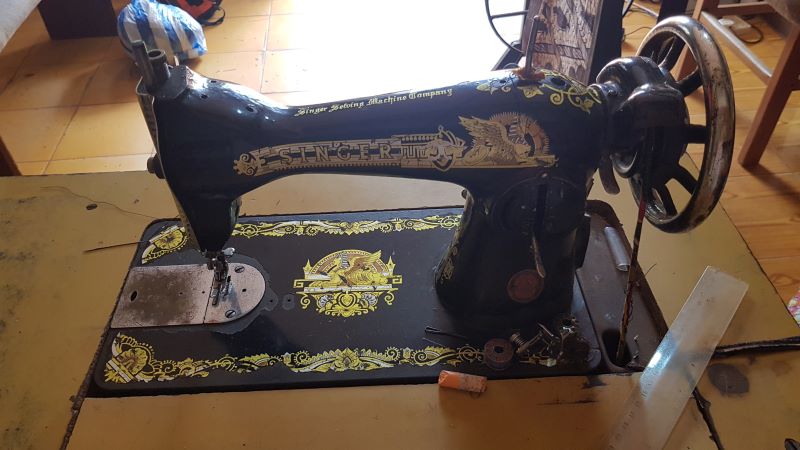
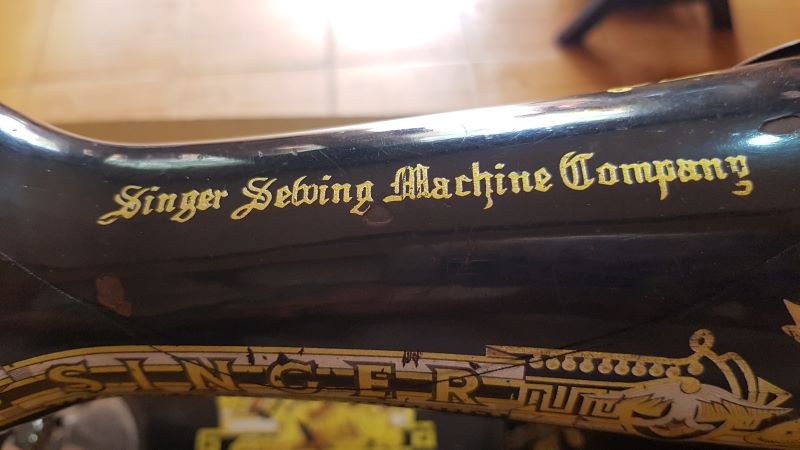
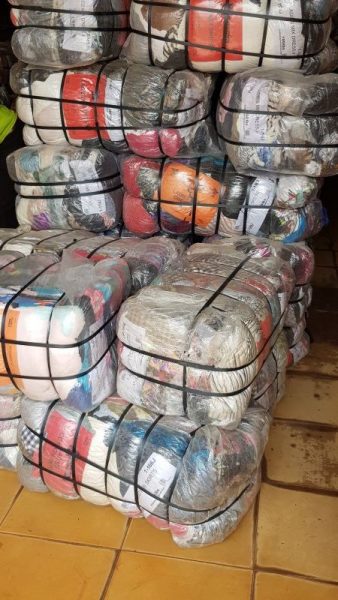
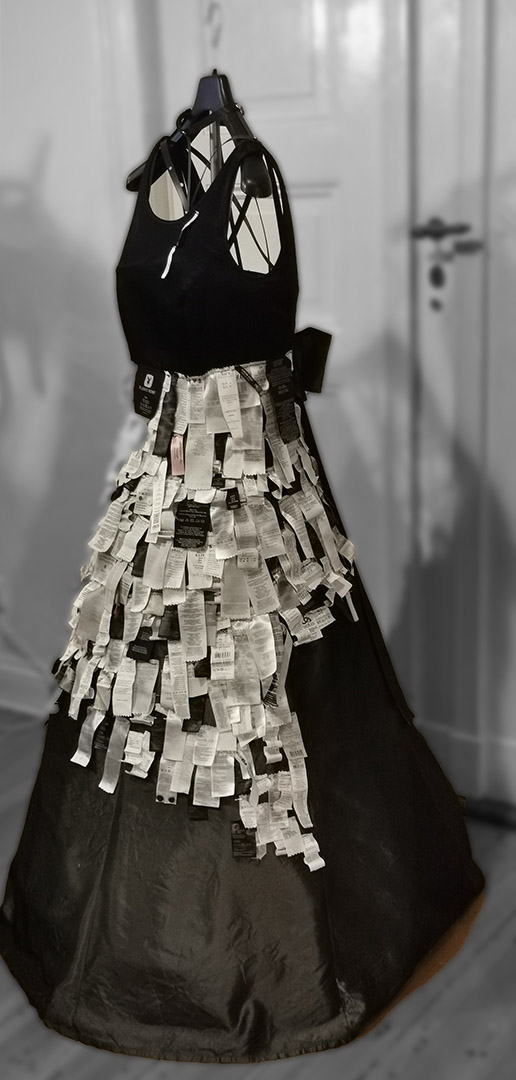
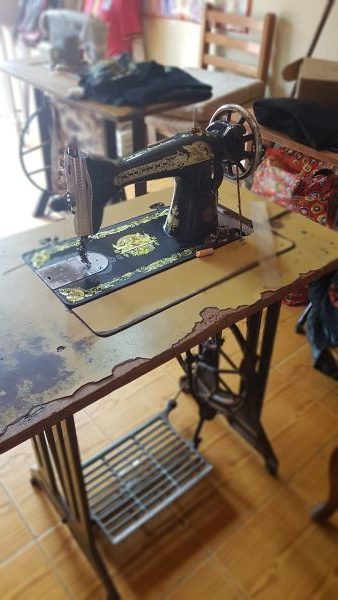
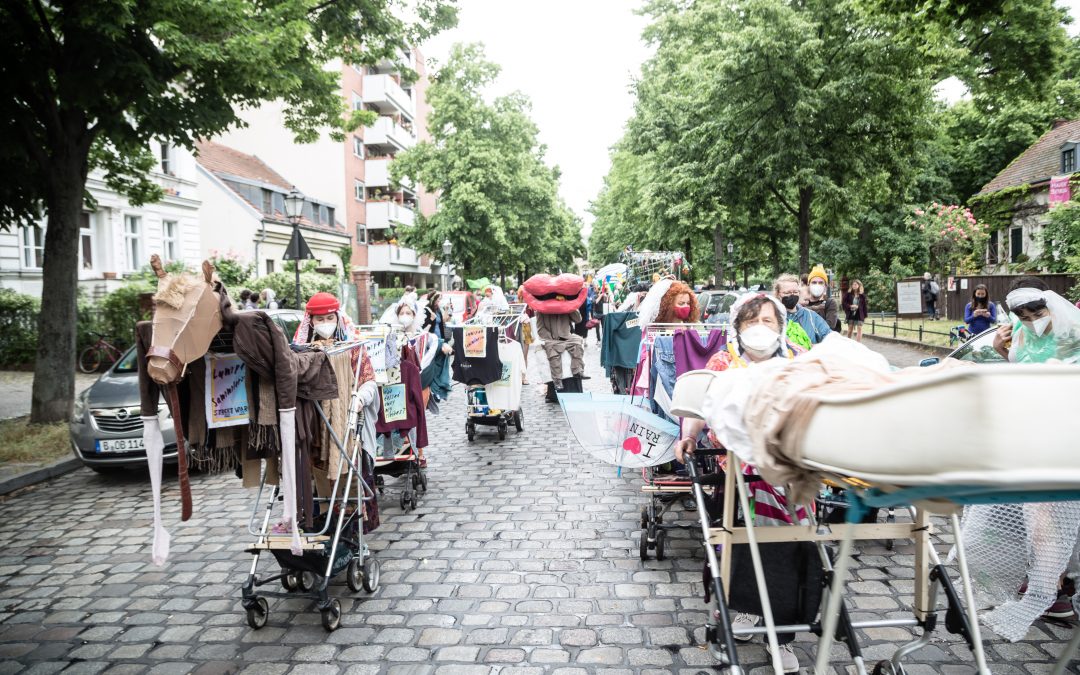
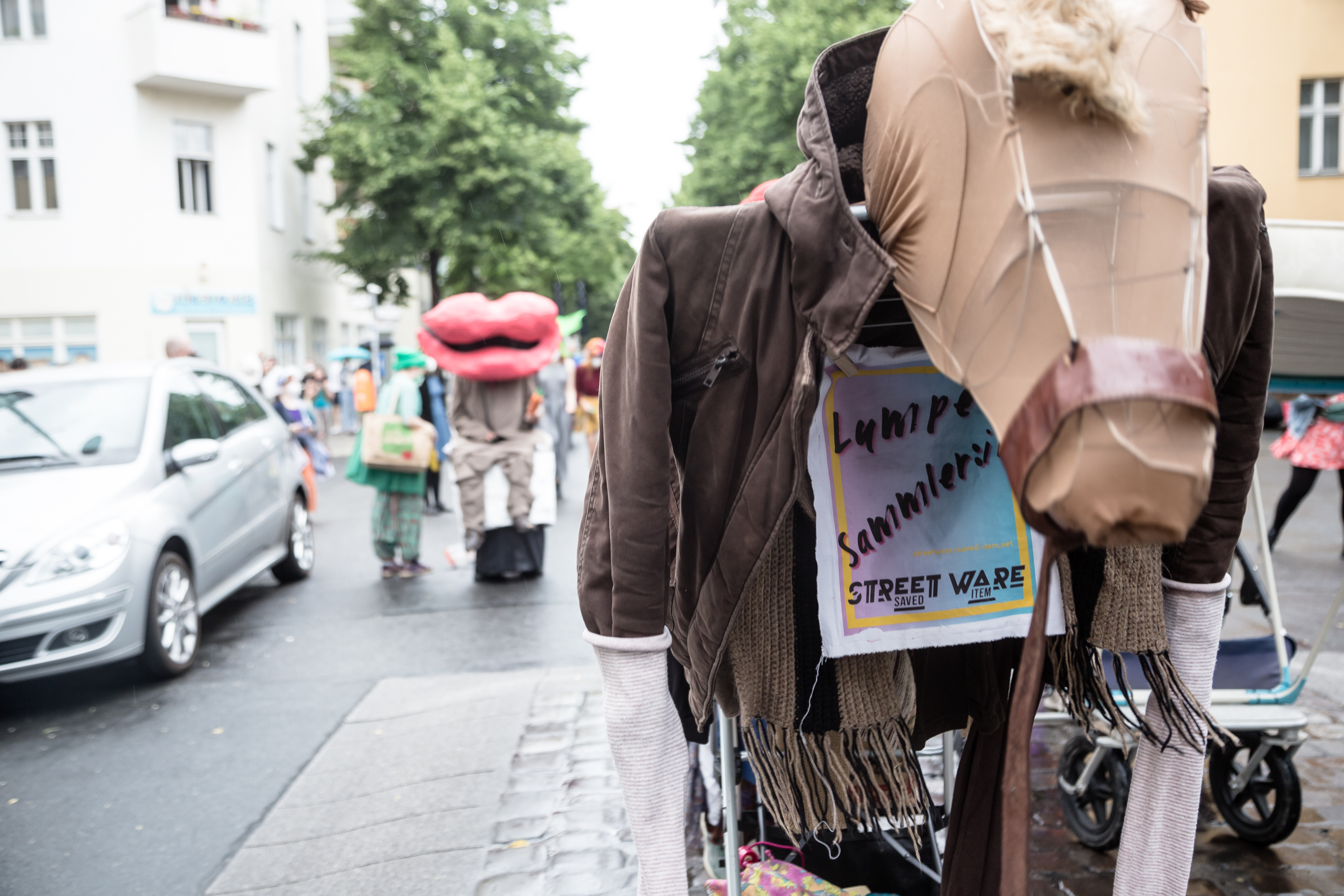
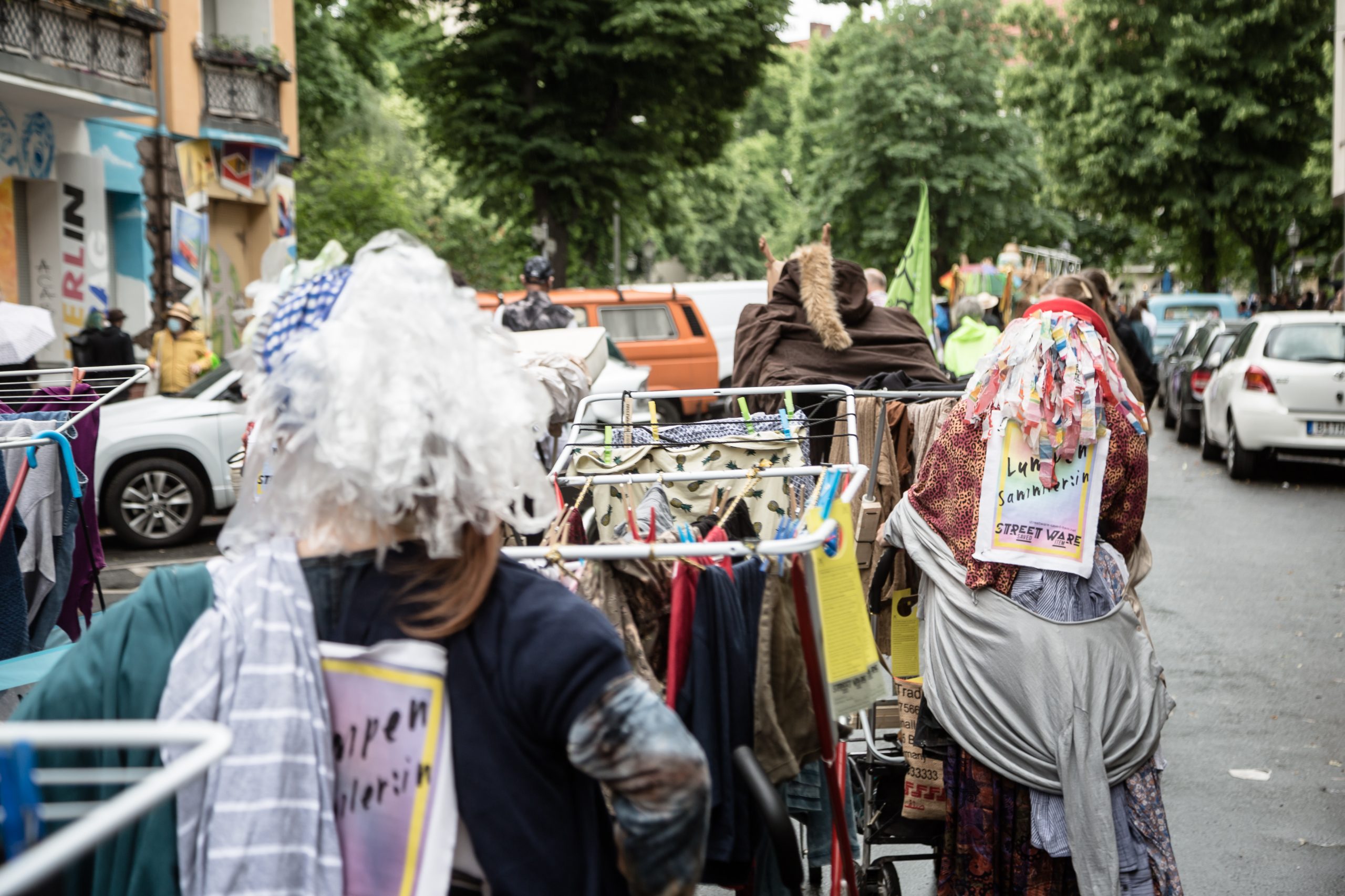
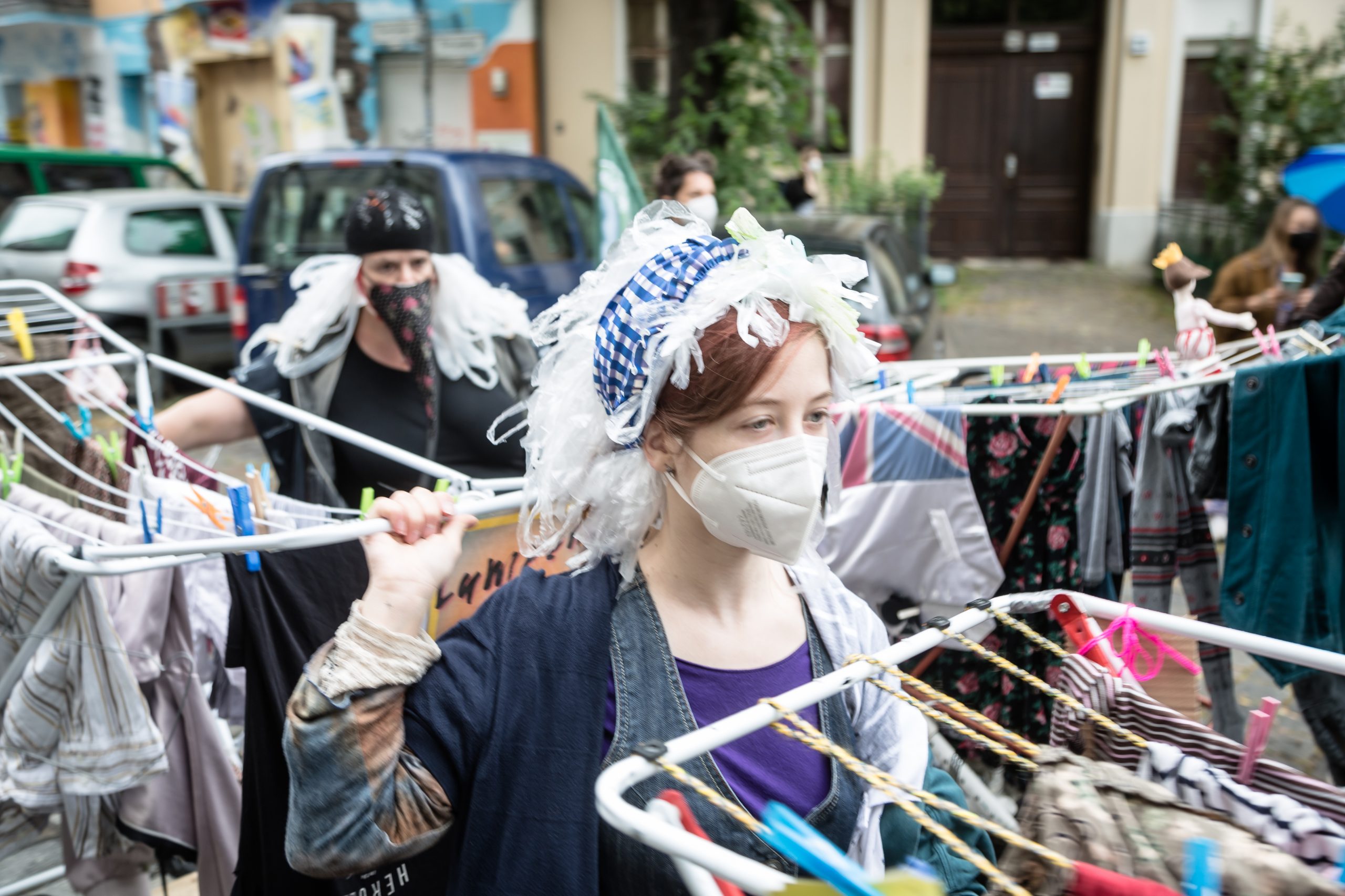
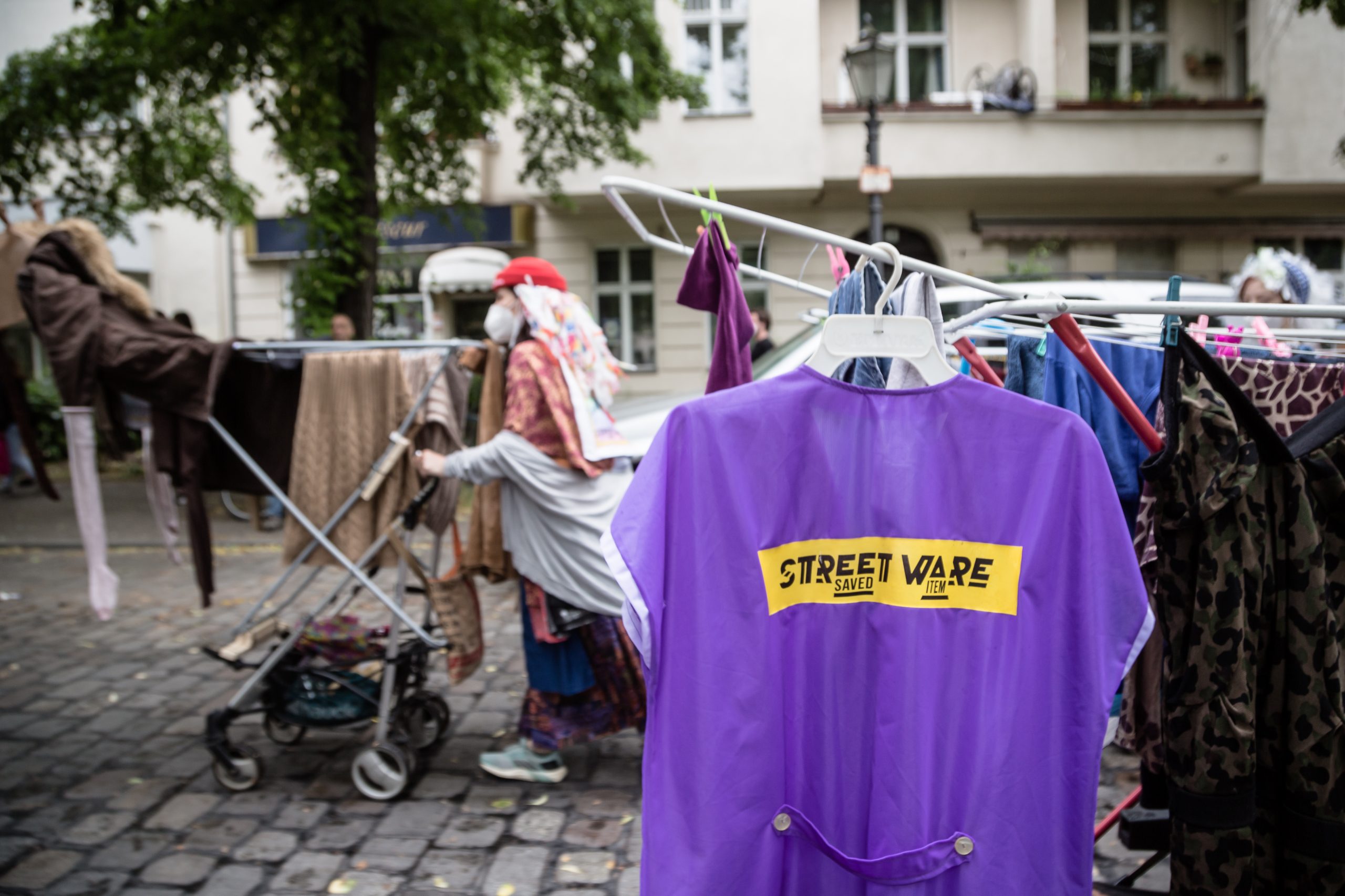
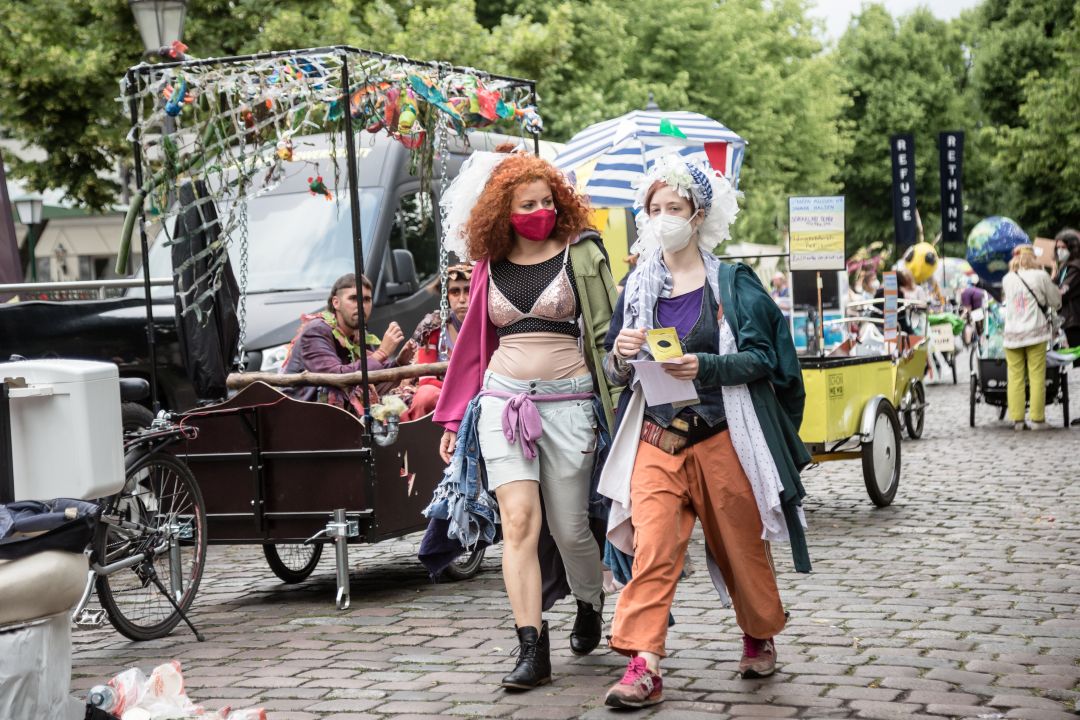
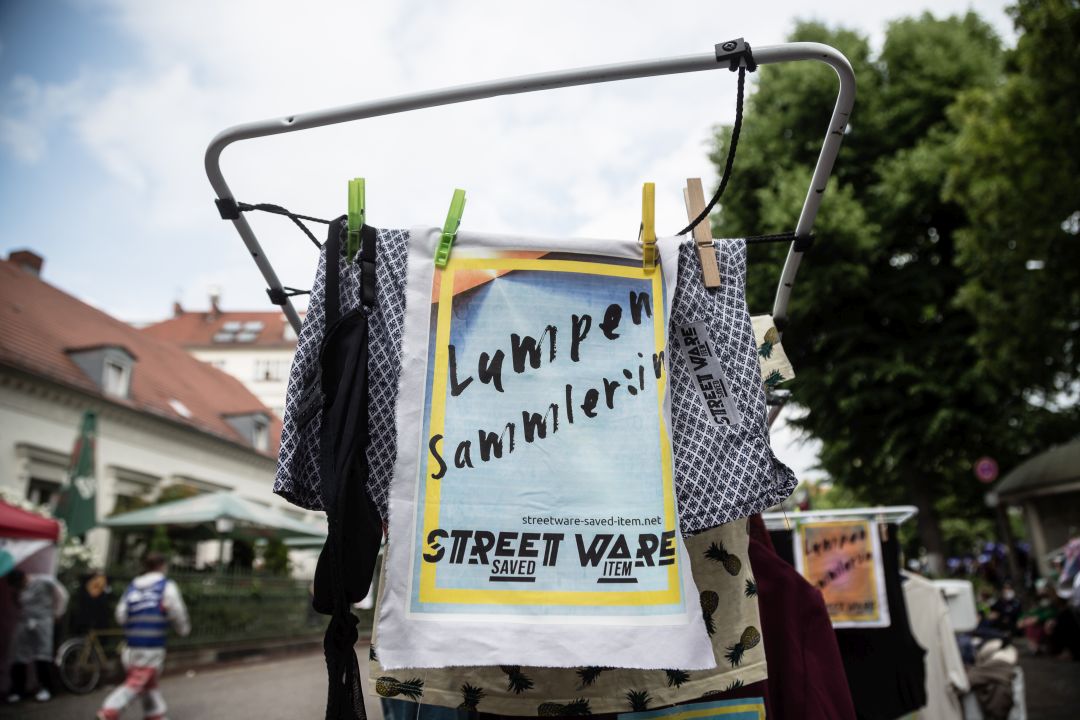
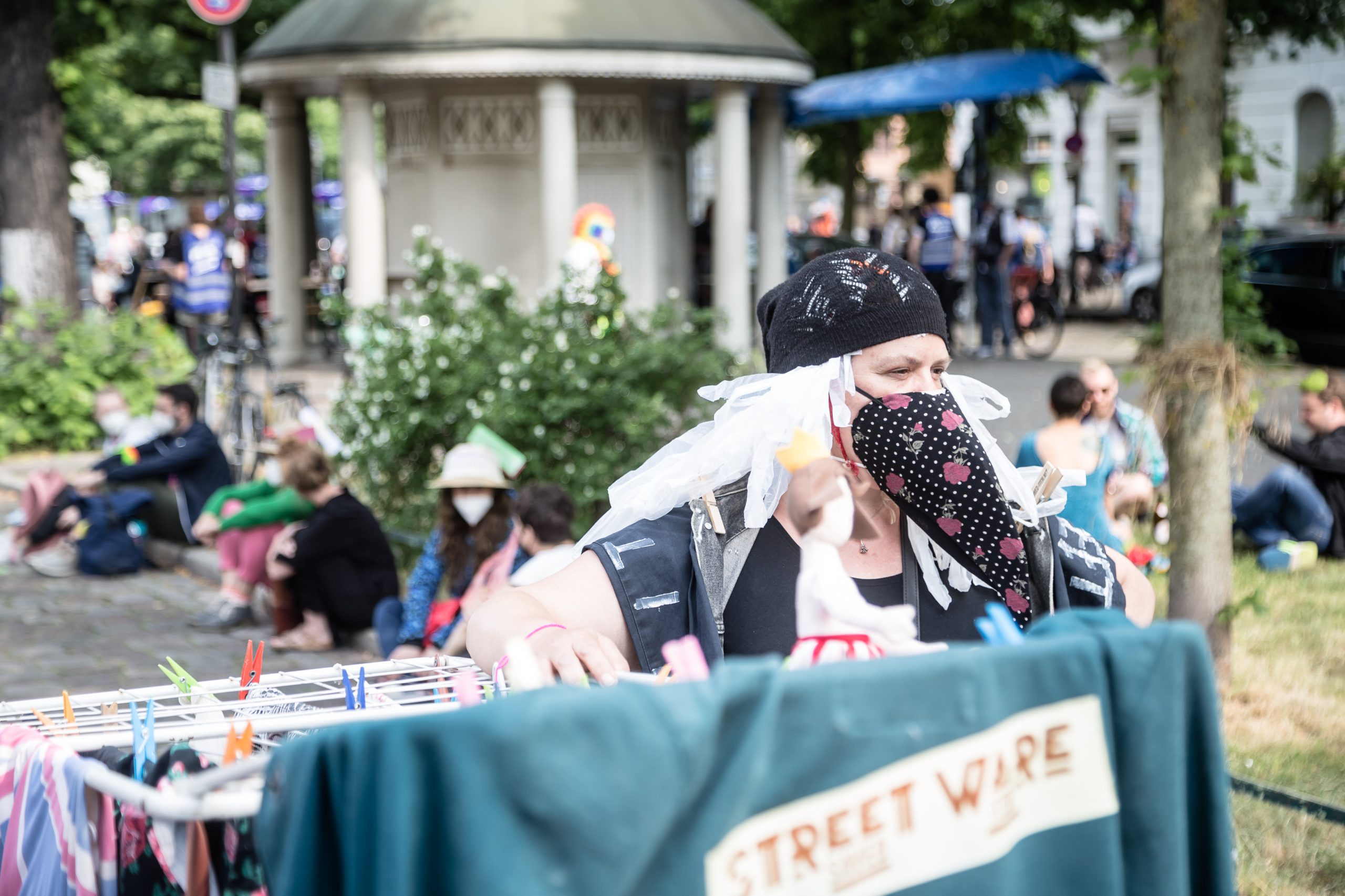
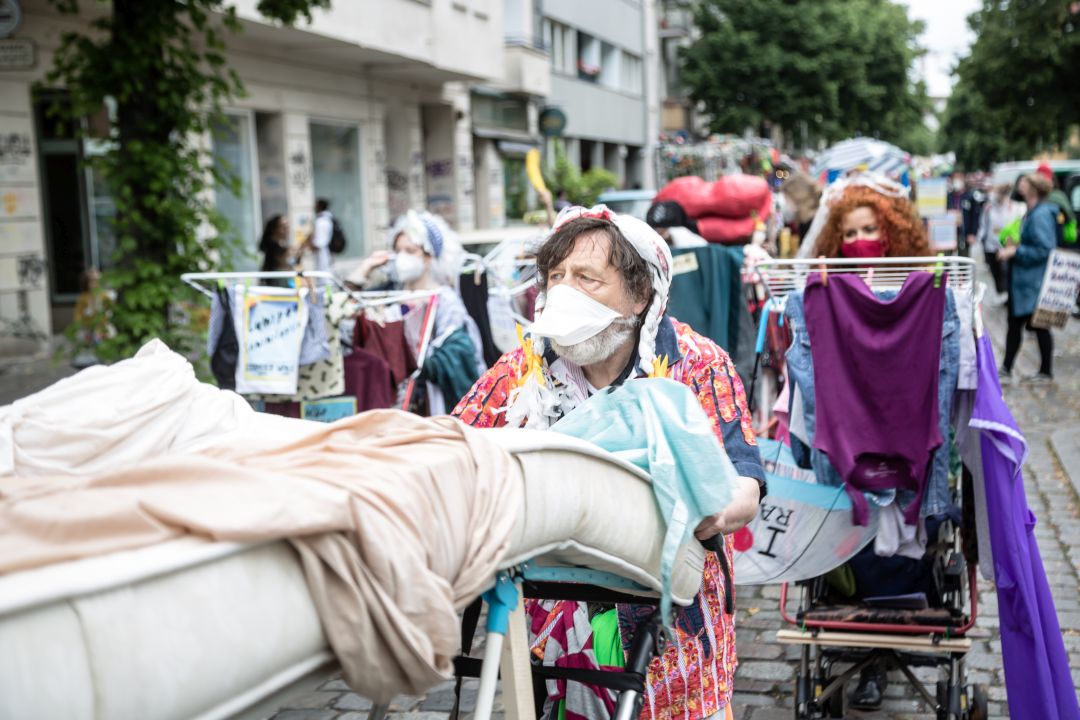
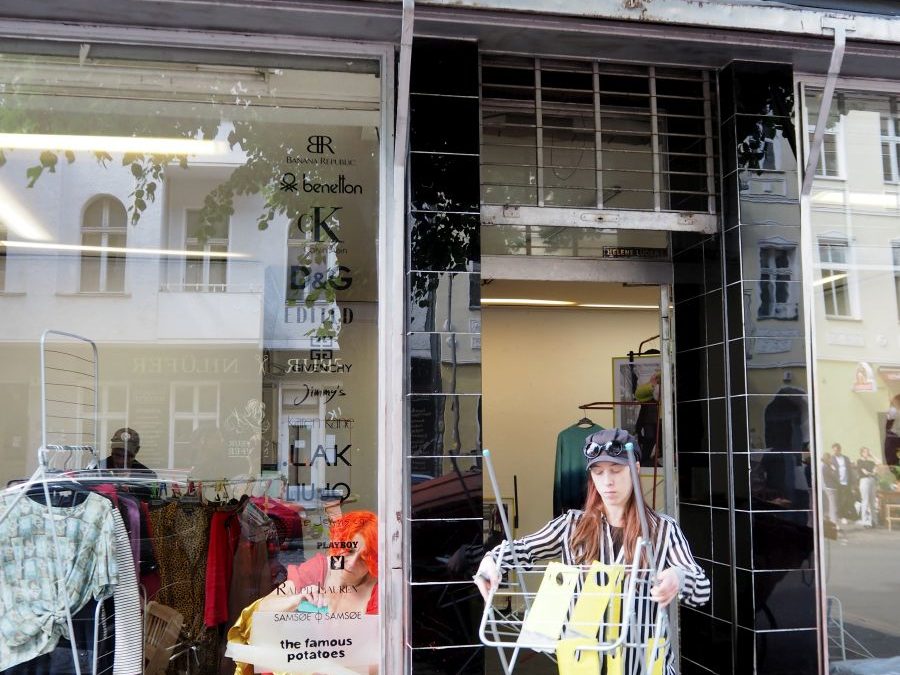
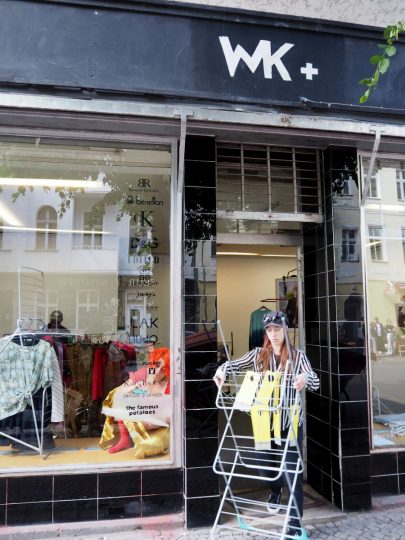

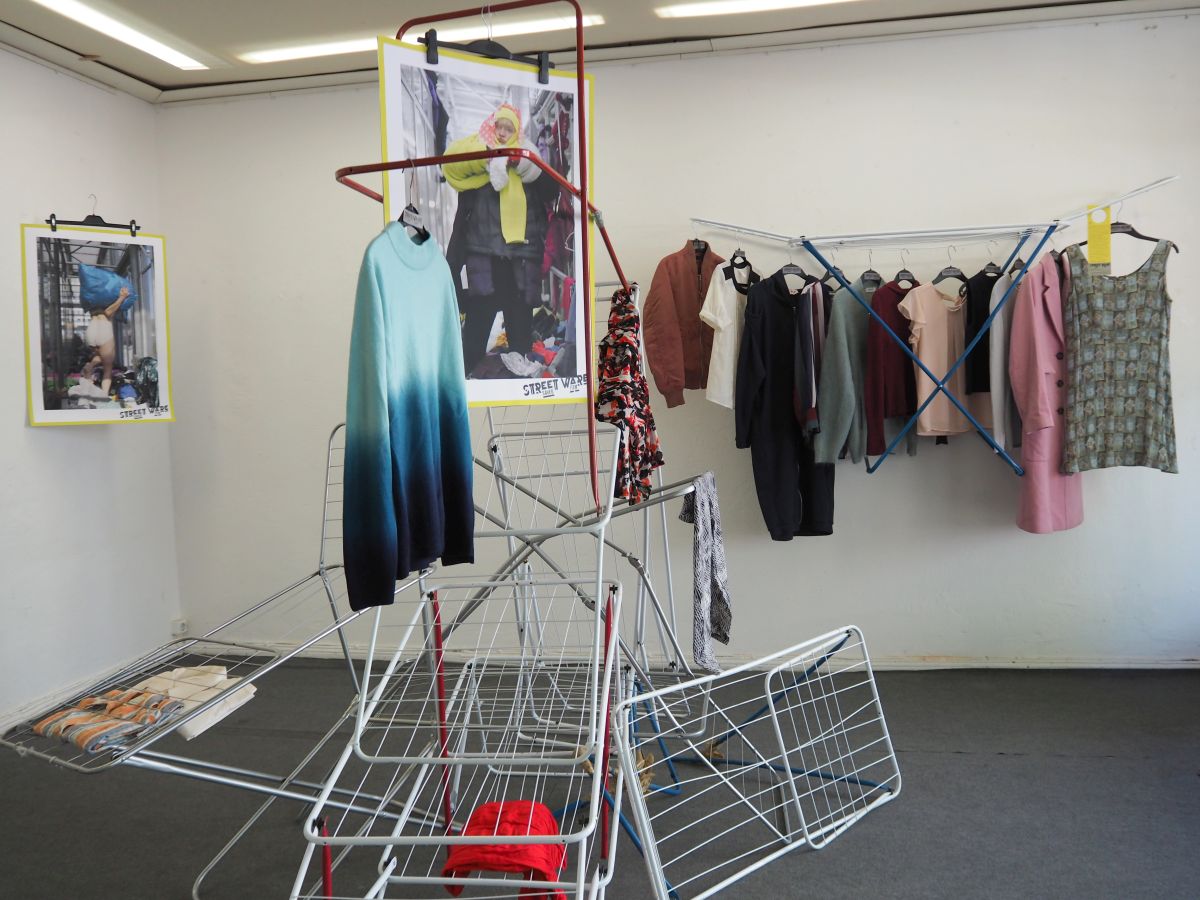
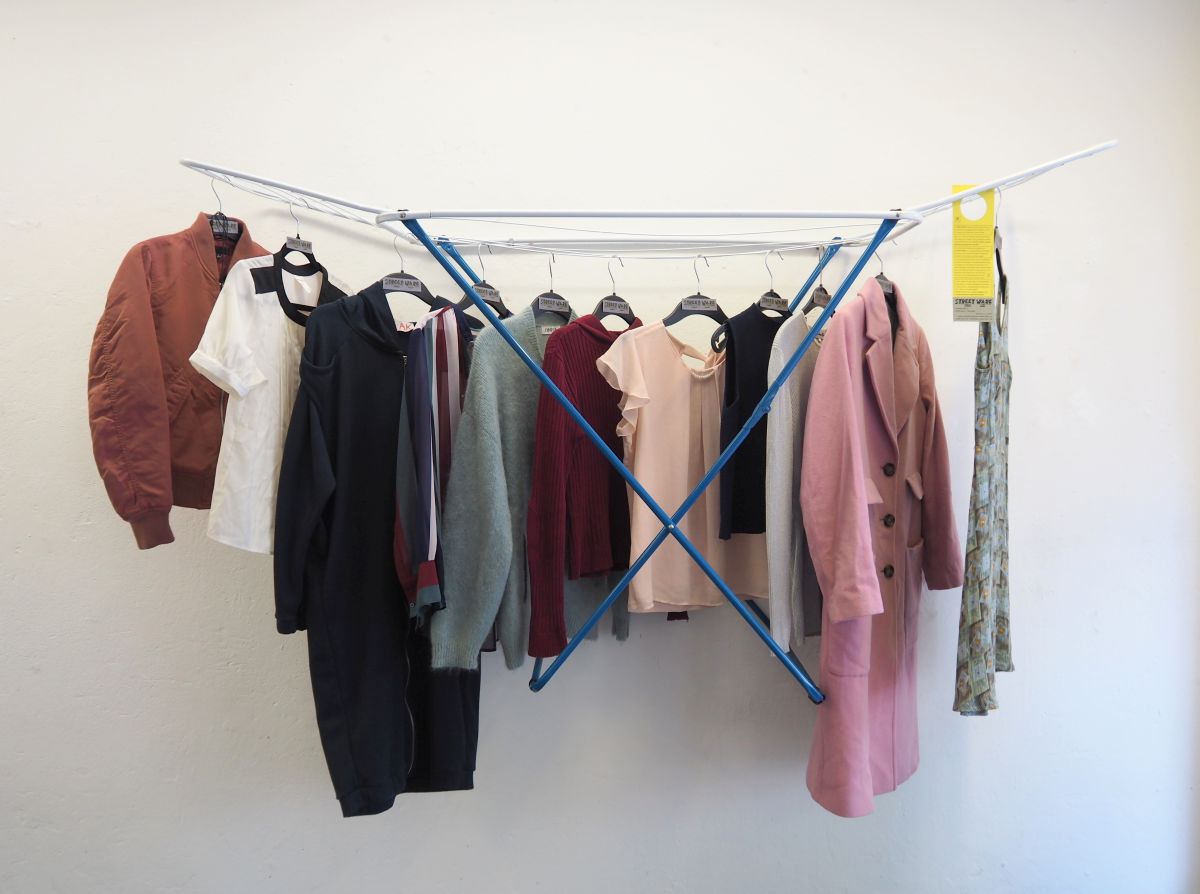

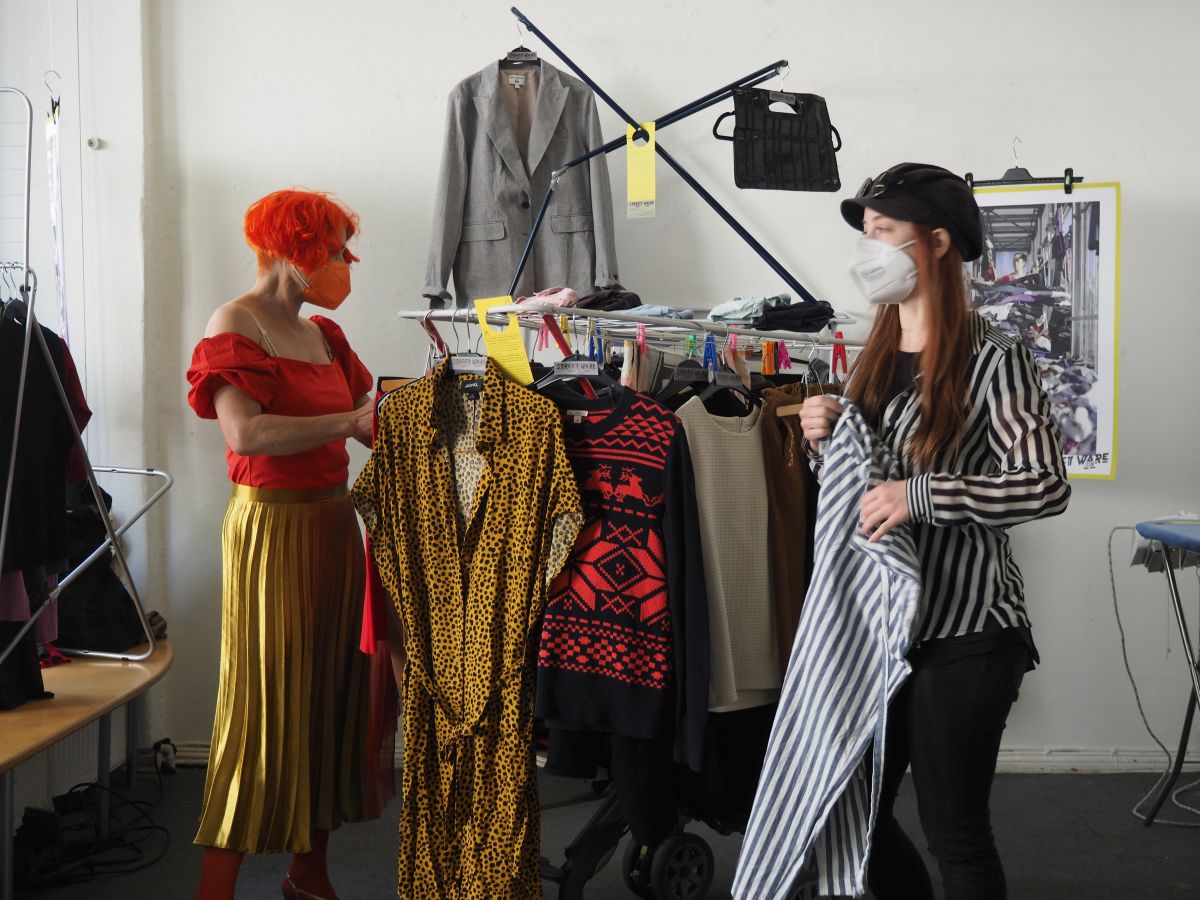
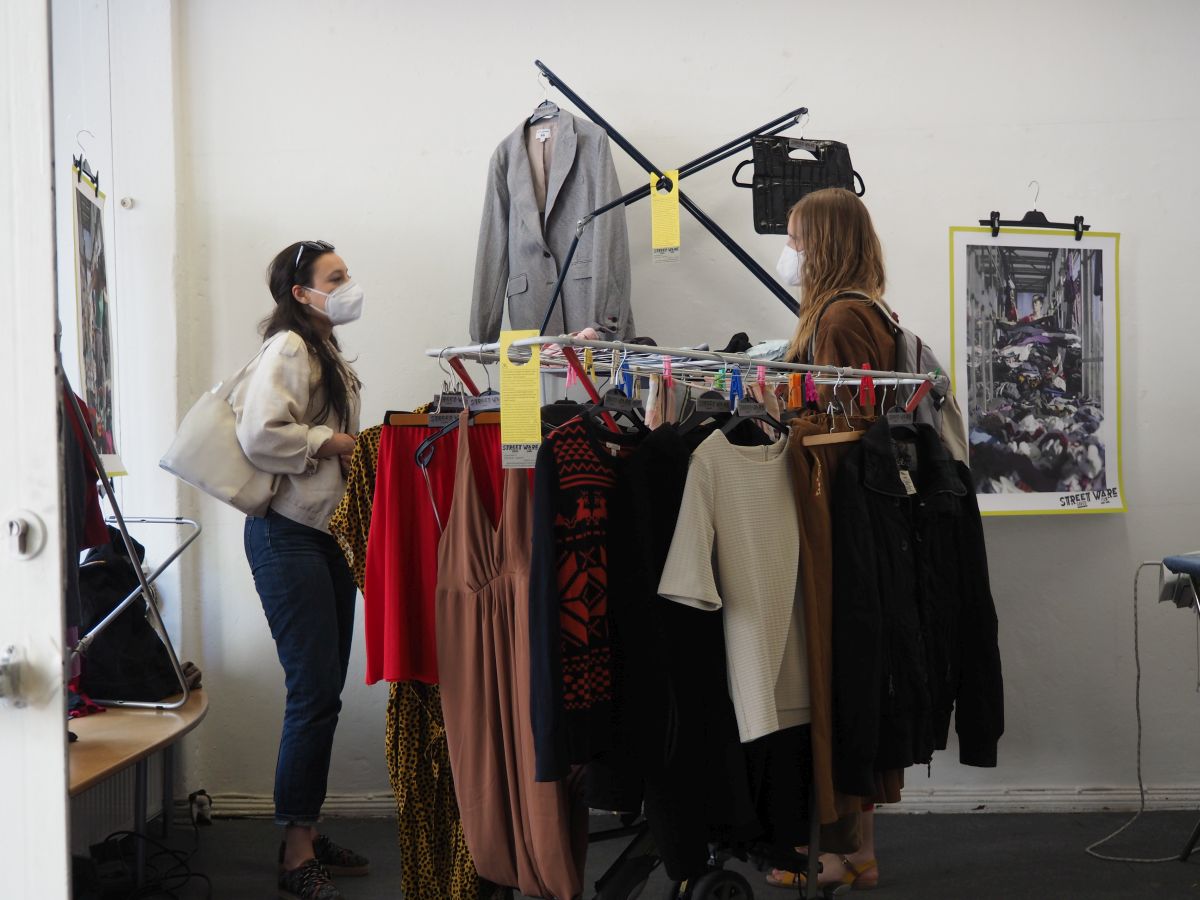
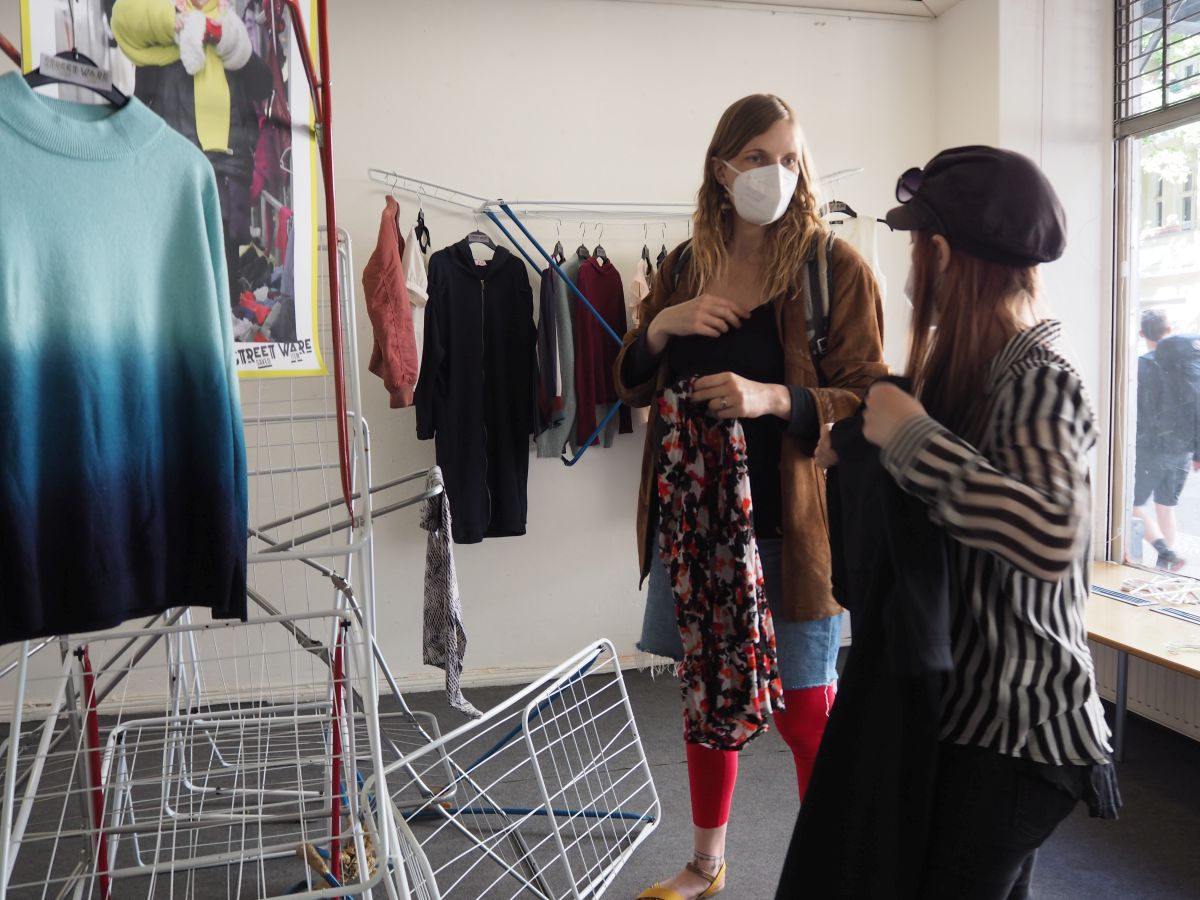
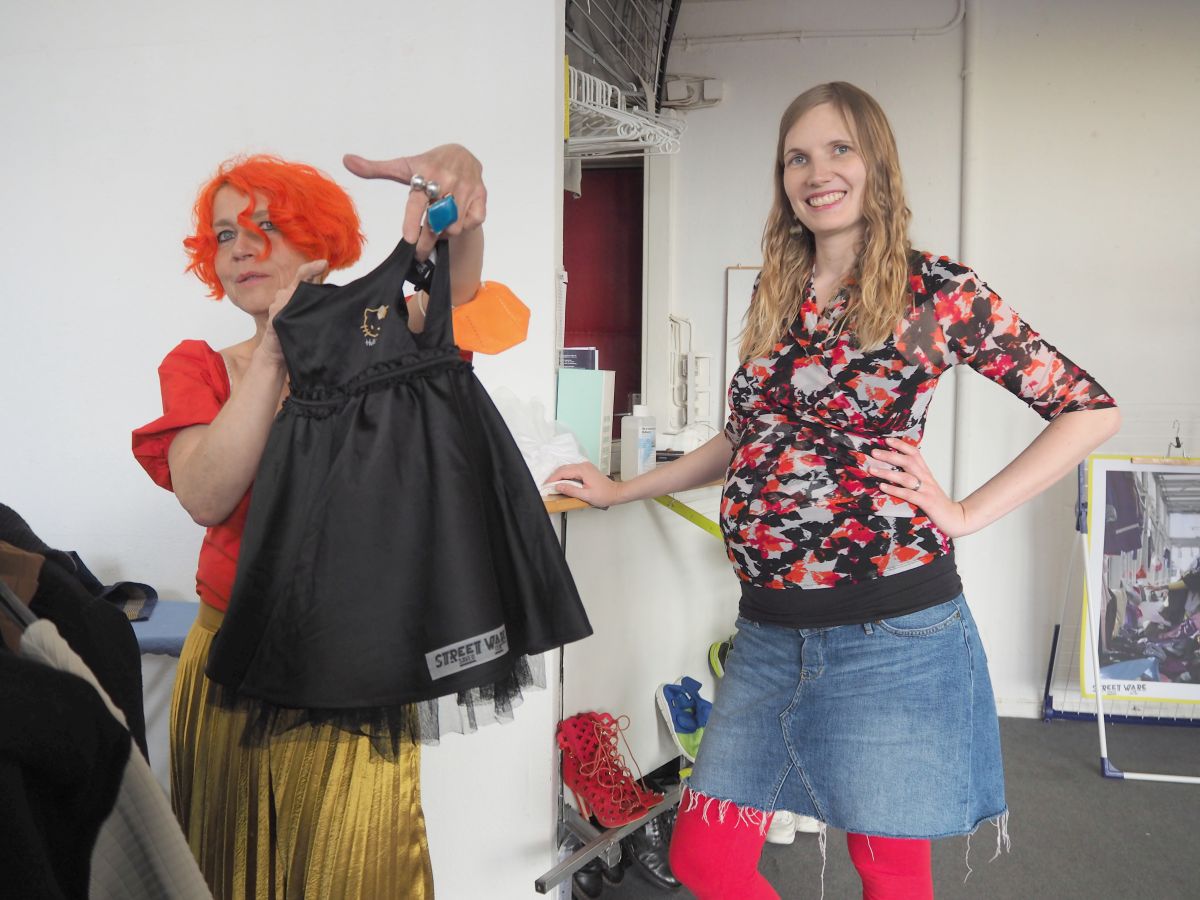
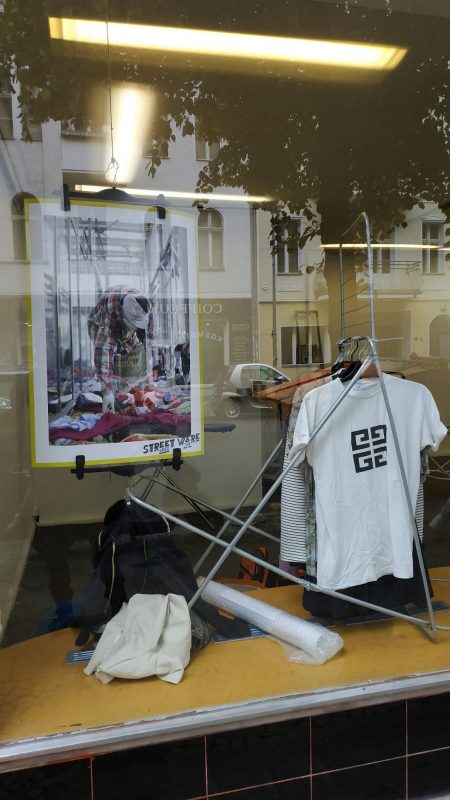
Recent Comments